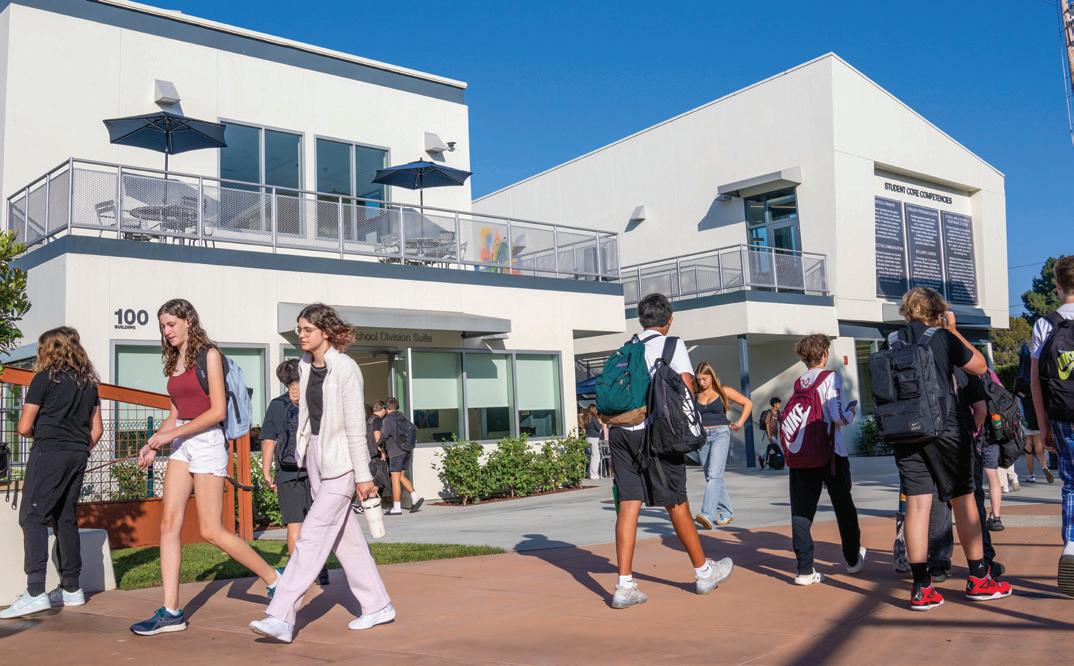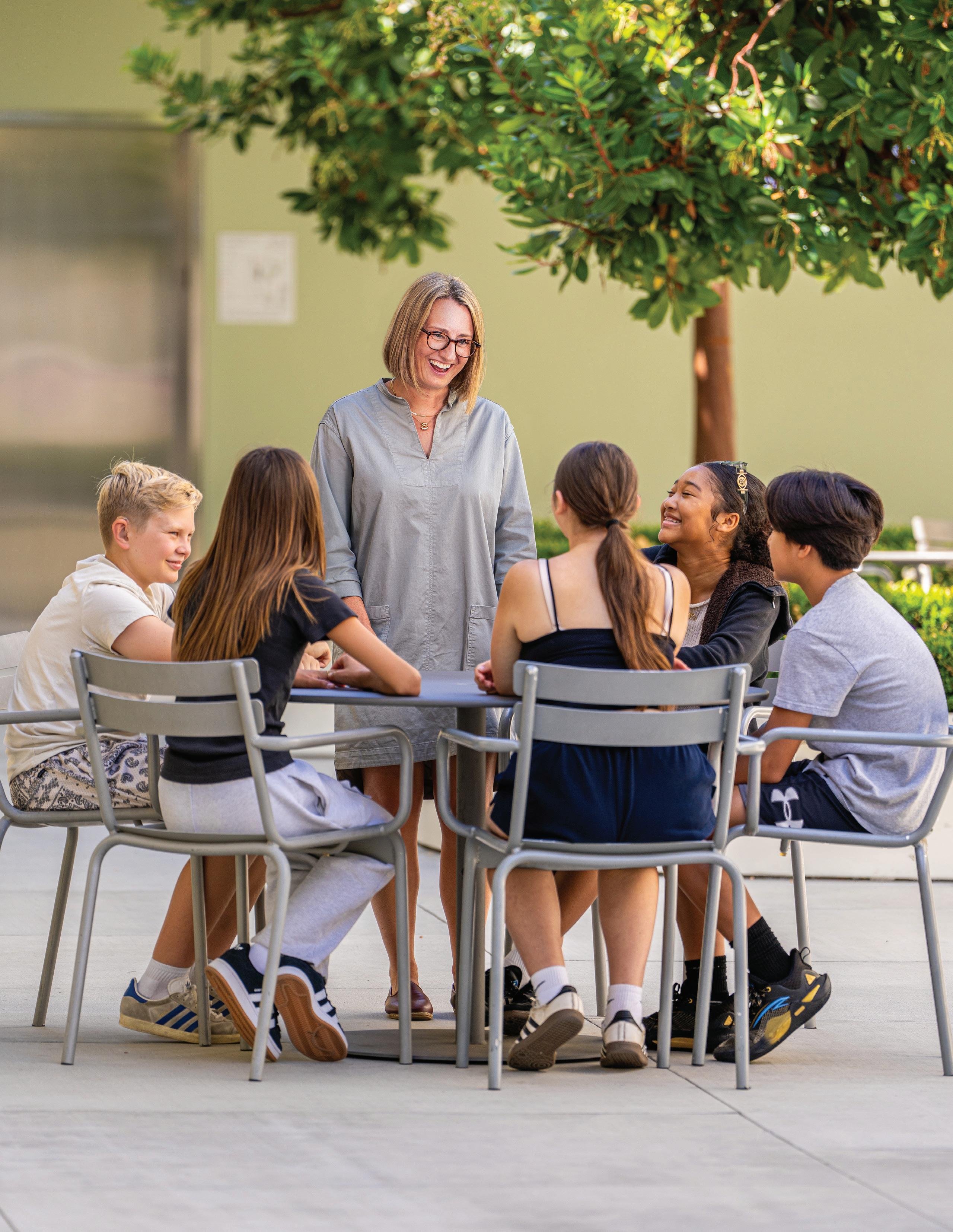

WINDWARD
Introducing Sarah Beck, Head of School
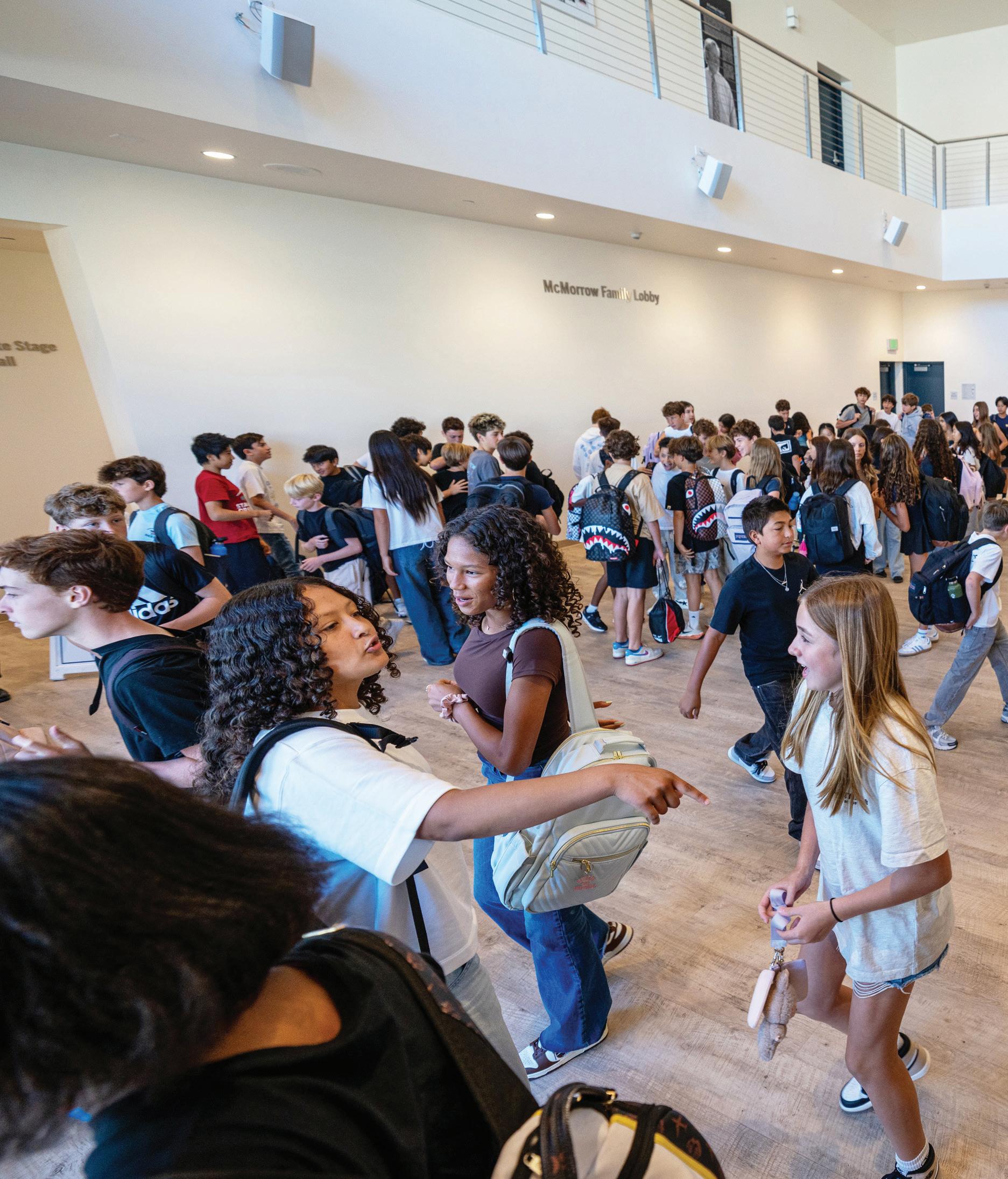
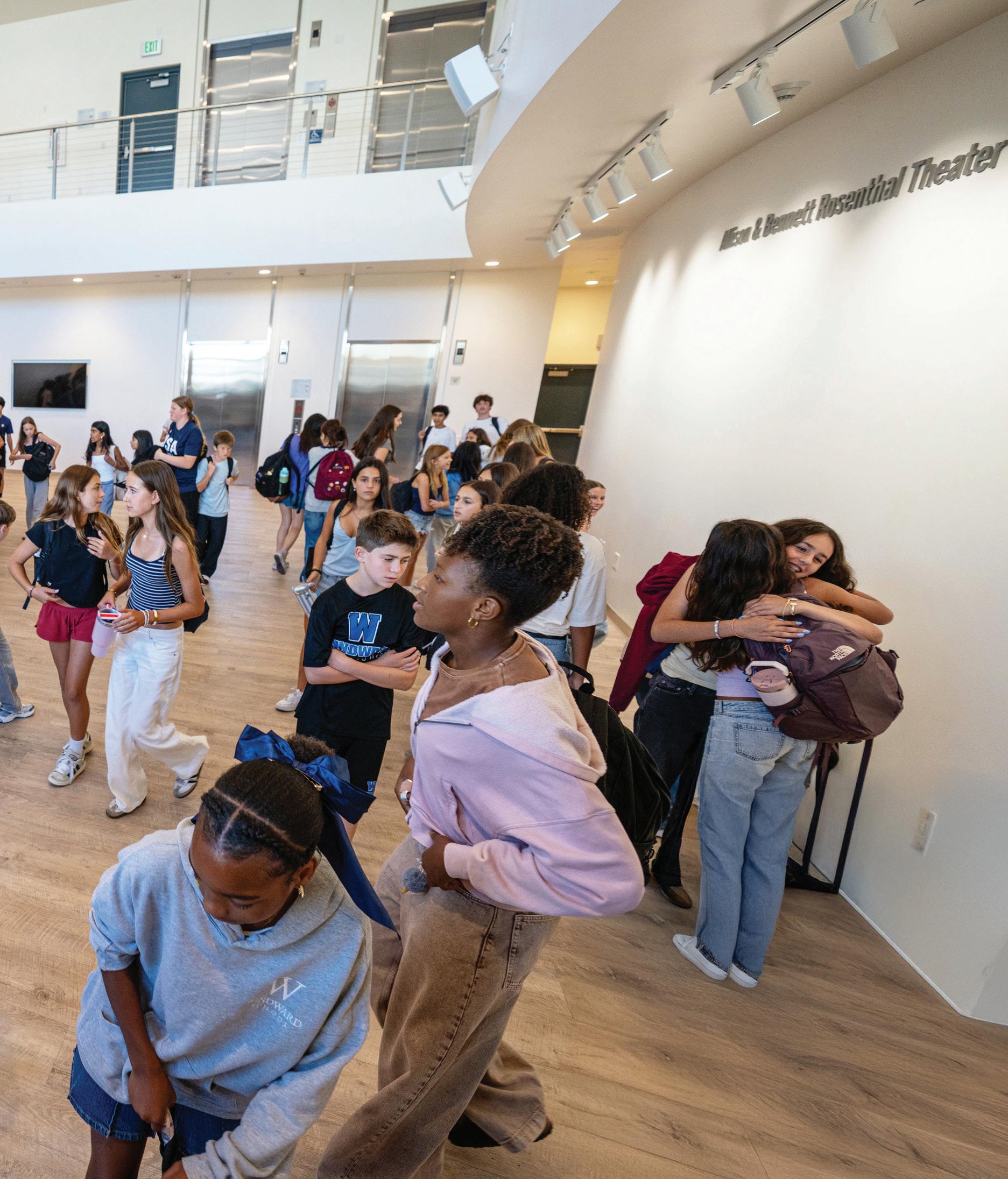
A DYNAMIC NEW SPACE
At Windward, students are encouraged to push the boundaries of what’s possible, supported by the tools and resources they need to bring bold ideas to life. The DeGeorge Family Innovation & Arts Center represents the next step in our future-focused learning spaces, providing professional-quality backdrops for our STEAM, Robotics, and Arts programs, while also serving as an exciting hub for community events (page 20).

FROM THE HEAD OF SCHOOL
A Letter from Sarah Beck
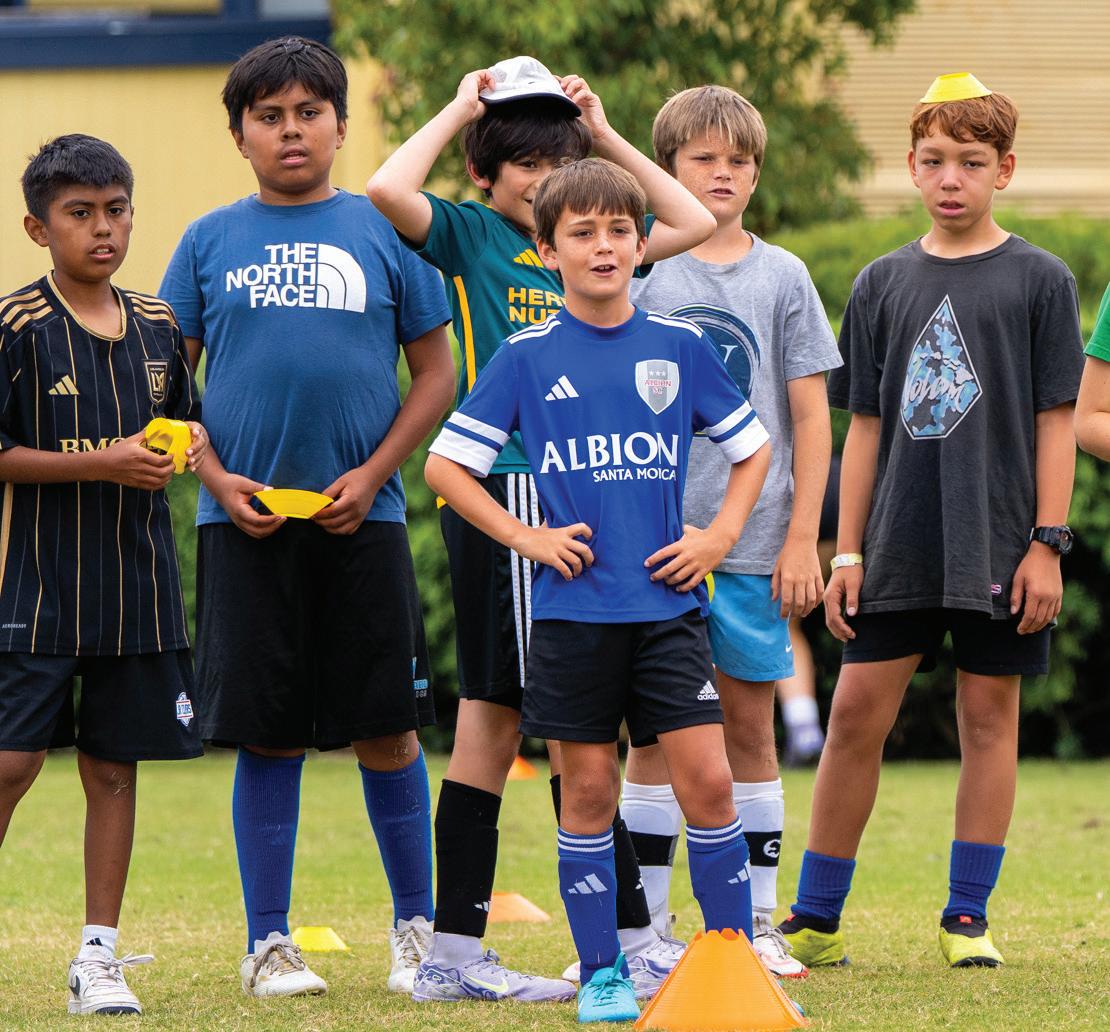
COMMUNITY
Windward’s Next Chapter — Welcoming Sarah Beck, Head of School
Lasting Legacies —
Honoring Sharon Pearline and Bruce Eskovitz
New on the Block
Real Voices, Real Connections — Windward’s Admissions
Ambassador Program
First Steps — Building Connection at Camp Windward
ACADEMICS
Where Ideas Thrive — Windward’s
Thinking in Code — Computational Thinking in
Their Journey, Their Way — Windward’s Capstone Program Teachers Teaching Teachers
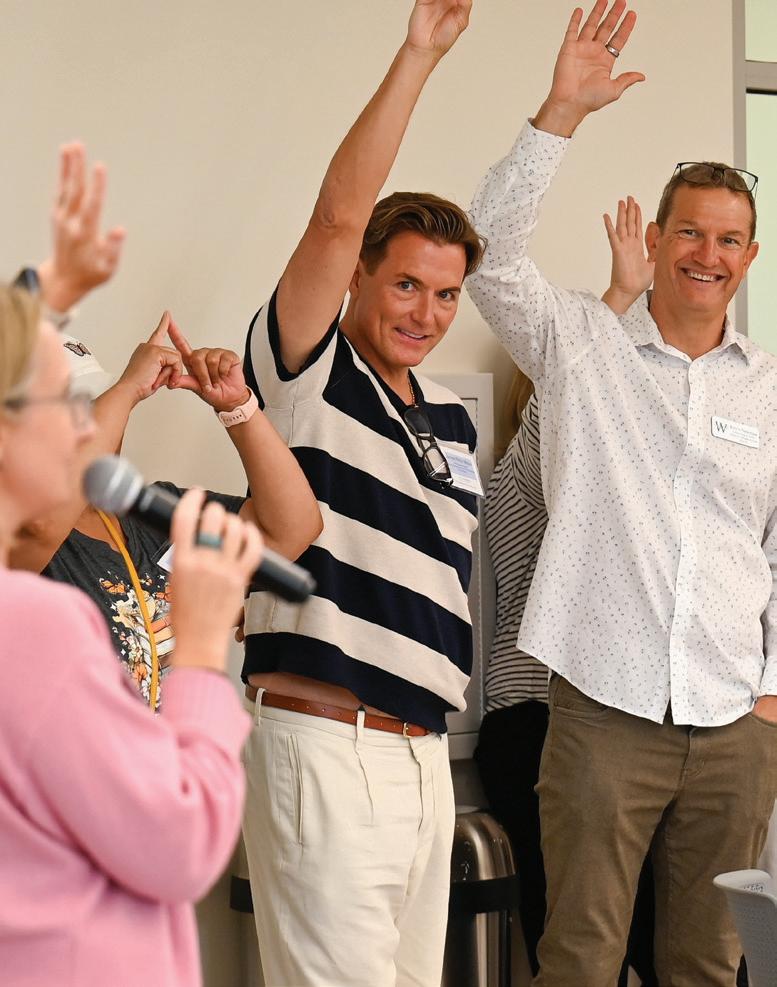
SENIOR CELEBRATIONS
The Road to the Bridge — Windward’s 12th Grade Parent Reps
Hats Off to the Class of 2025! On To Their Next Big Adventure!
Sloane Wiczyk ’27 and Jesse Wiczyk ’27
Mason Cohen ‘27
Kaleo Knight '26
Aria Schorr ‘29
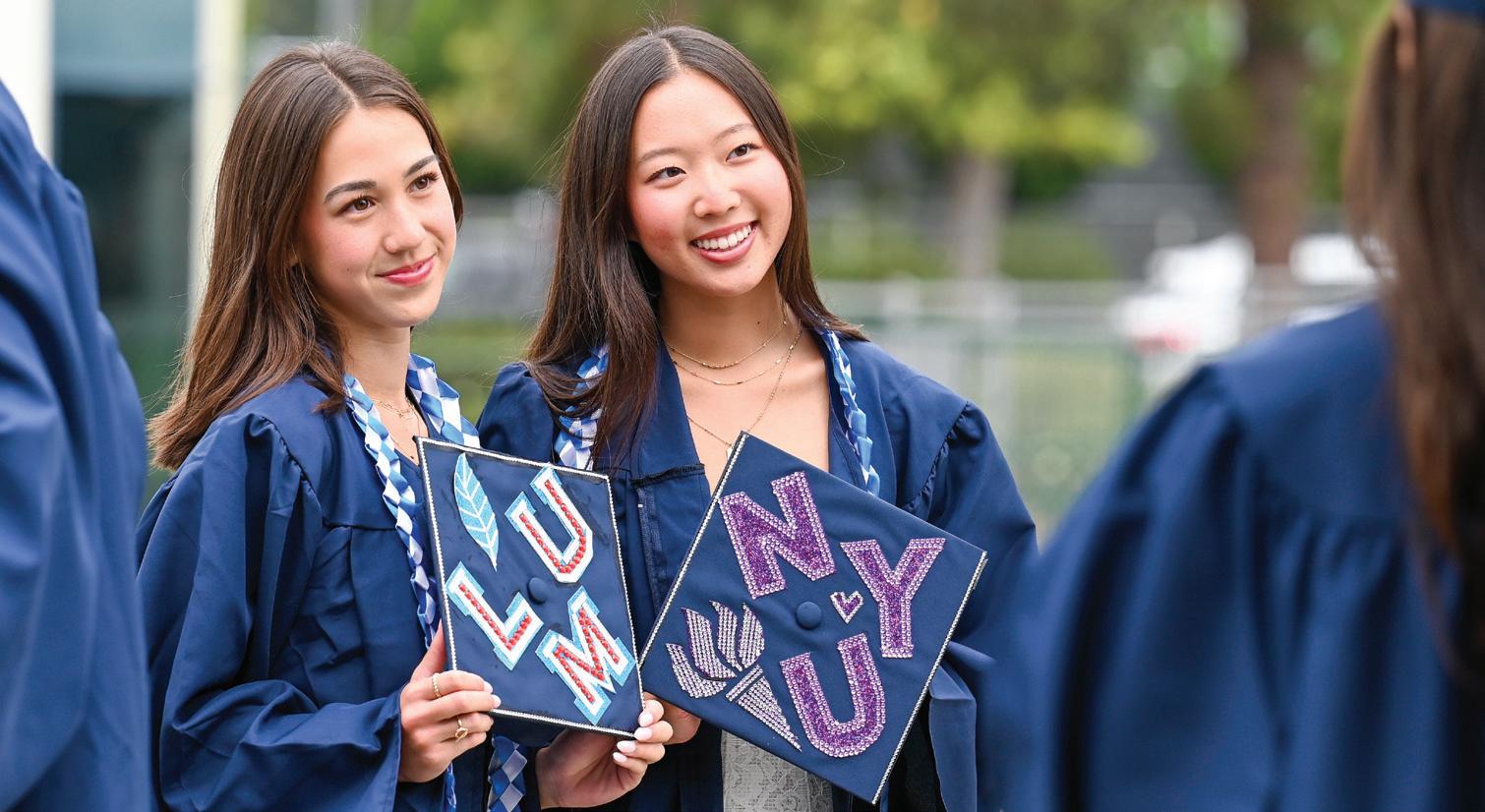
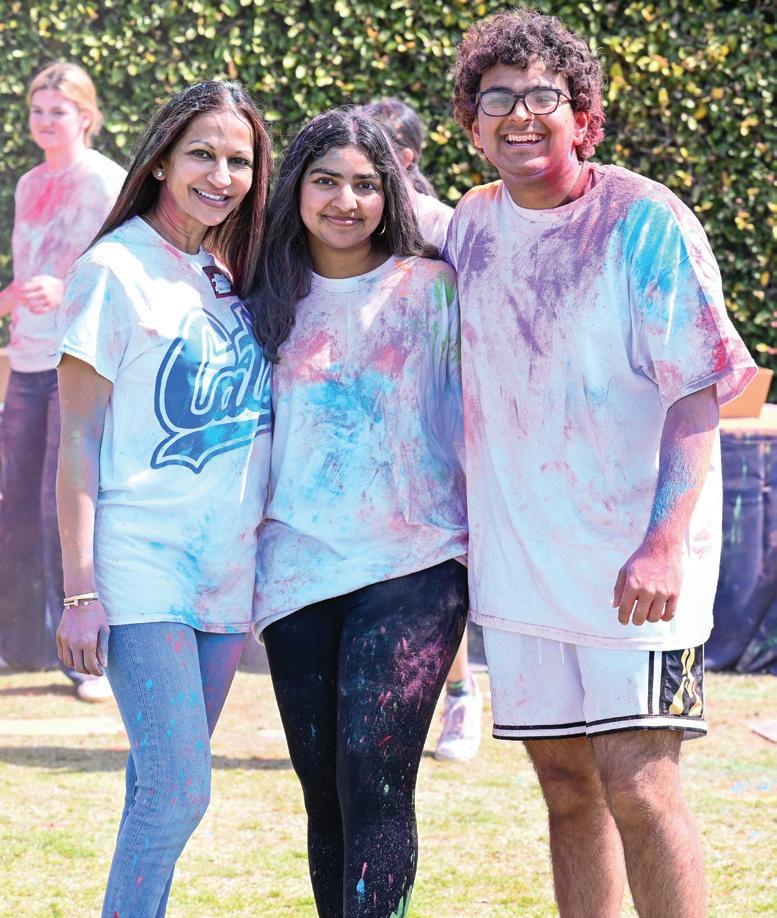
PERFORMING ARTS
"Annie, Jr." — Windward’s Spring Production A Medley of Mediums — Windward's Collaborative Arts Festival
ATHLETICS
Serving Success — Boys Tennis Makes Historic CIF Run
Carrying the Baton — Nia Faulknor ’28
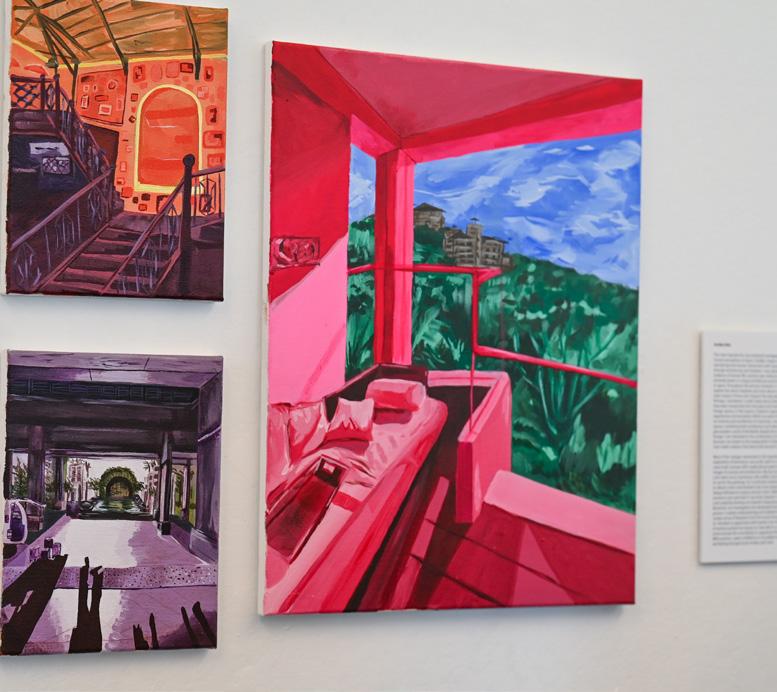

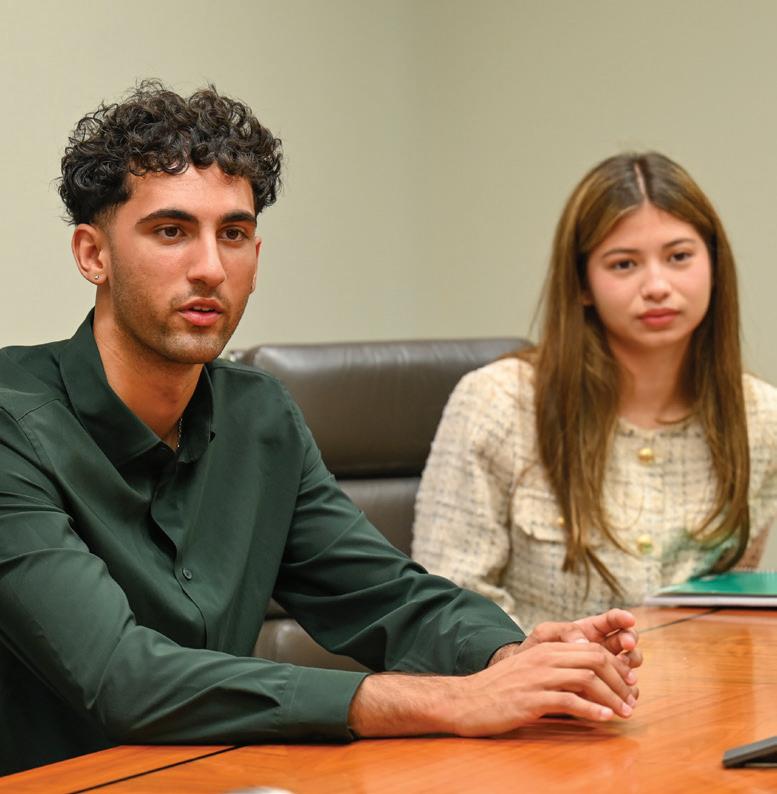
SERVICE LEARNING
Capturing Connection
Kids Who C.A.R.E.
Striking a Chord
WINDWARD NETWORK
By the Numbers
The Power of Possibility
BOARD OF TRUSTEES
Departures and New Members
ALUMNI
Alumni Spotlight: Victoria Sanders '78
Alumni Spotlight: Malcolm Washington '09
Alumni Spotlight: Charles Van Hook '23
From Wildcats to Soulmates: Bella Hogan ’16 and Peter Gutman ’12
ADVANCEMENT OFFICE CONTRIBUTIONS
Dawn Barrett
Associate Head of School for Advancement, Finance, and Operations
Jeff Gilder ’08
Director of Alumni Development and Engagement; Associate Director of Admissions
Ashley Goodman
Director of Service Learning and Associate Director of Admissions
Molly Hudson
Senior Communications Manager
Jeff Lake
Director of Communications and Public Relations
Lindsay Knaub
Director of Development and Engagement
Jamey McElvain-Whitman
Graphic Designer; Brand Strategist
Robin Pickett
Director of Windward Network; Associate Director of Admissions
Jacqueline Varney
Director of Development and Major Gifts
La Donna Wertlieb
Director of Development & Donor Services
Photography
Akiko Nimura
Brandon Kirk Photography
Christina Hendershaw
Corey Marquetti
Molly Hudson
Kaleo Knight '26
Randi Roberts Photography
Ultimate Exposures
Design
Akiko Nimura
Multimedia Specialist
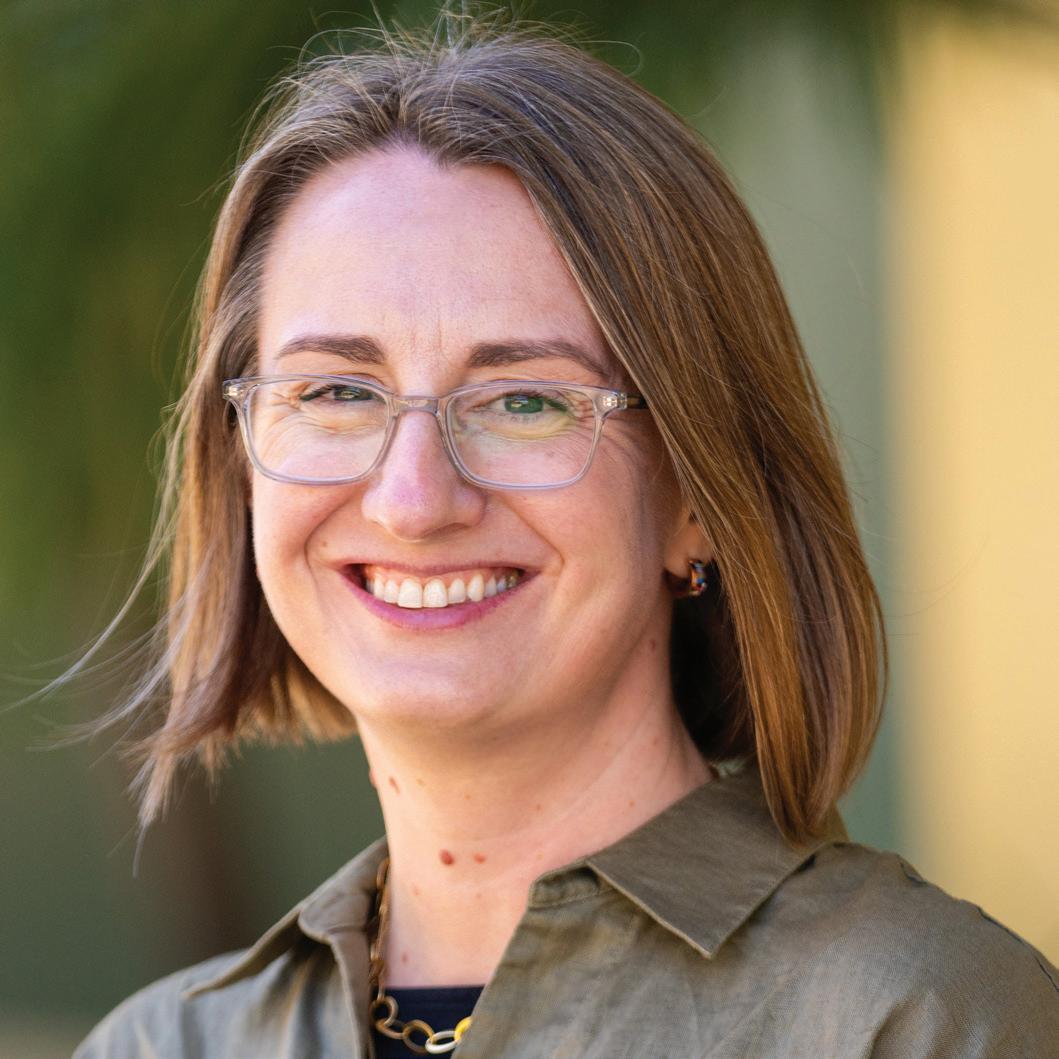

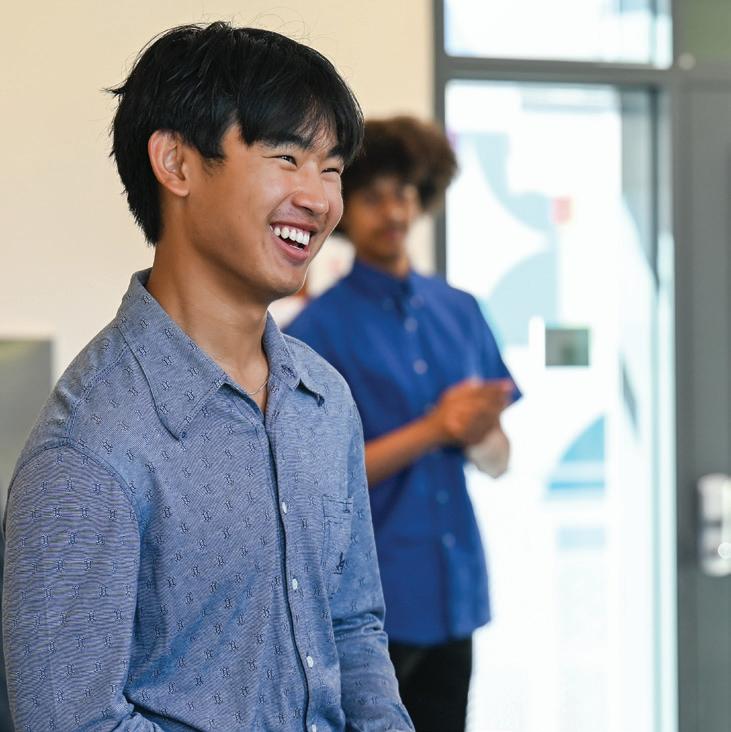
A LETTER FROM Sarah Beck
There’s nothing like the start of a new school year. From the satisfying click of a new iPad to the squeak of not-yet-broken-in sneakers, you can feel the eagerness and anticipation that comes with that fresh start.
As I begin my first year as Windward’s Head of School, I share in that excitement—the excitement of new beginnings, of learning traditions, and of joining a community that is both dynamic and deeply rooted. There’s a sparkle to campus at the start of the year (thanks in no small part to our remarkable Facilities team), and I feel grateful to be part of a school with such a rich history and such a welcoming spirit.
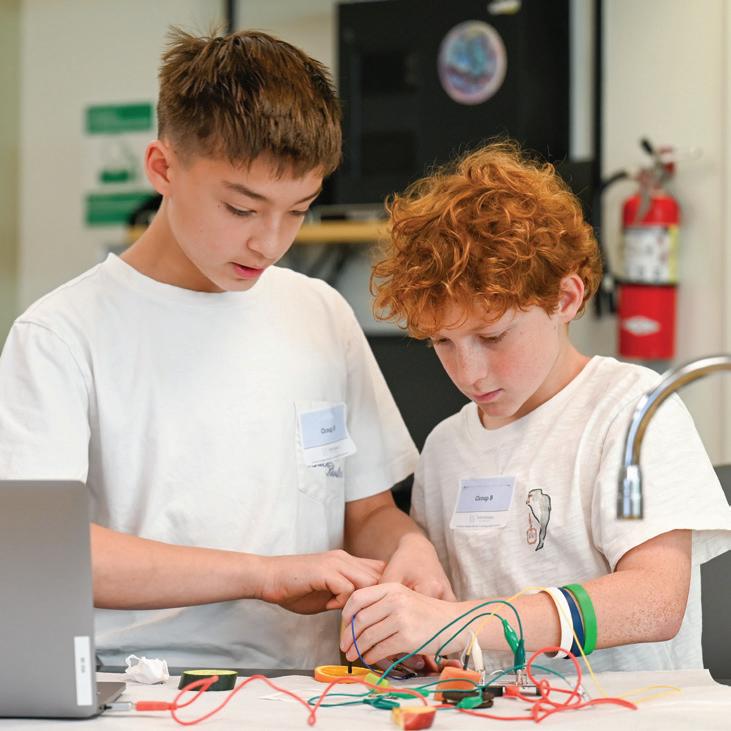
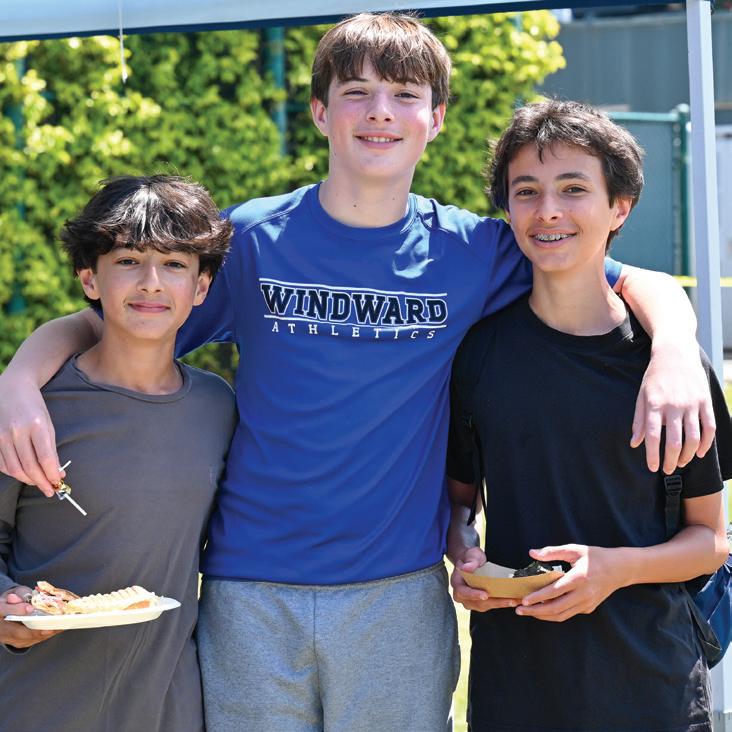
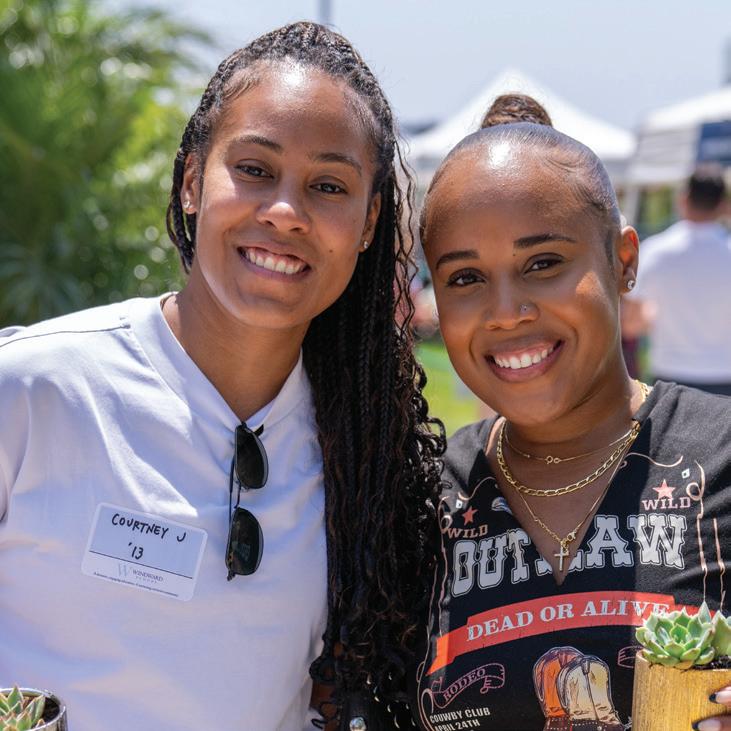
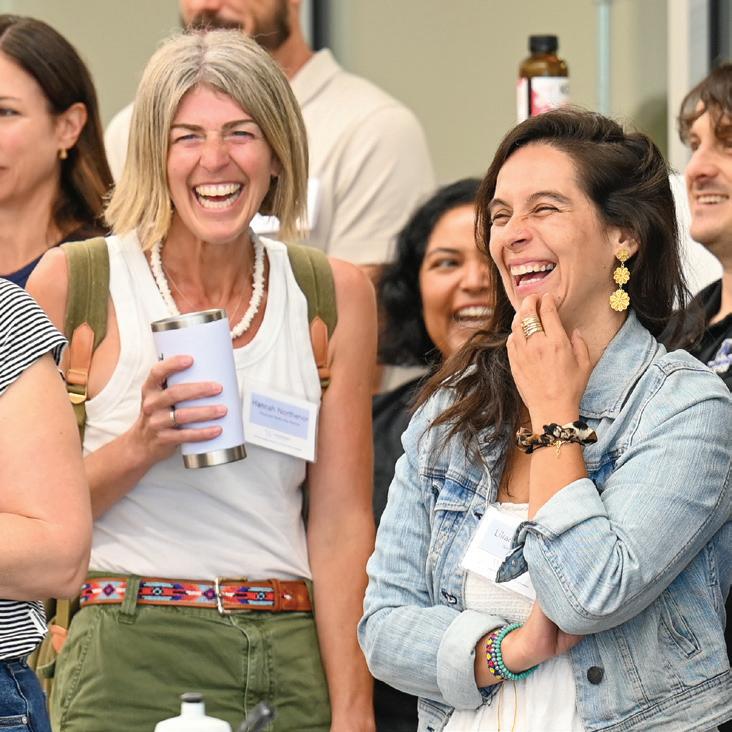
A sense of collaboration is what I’ve noticed most in my early months at Windward. It’s visible in the largest projects and the smallest gestures—in the way people here bring their perspectives, their energy, and their care to everything they do. Our new DeGeorge Family Innovation & Arts Center (page 20) is a shining example. While it stands as a state-of-the-art facility, what impresses me most is how many people came together to make it possible. Students, faculty, staff, parents and guardians, trustees, and alumni all contributed their voices and their efforts to bring this vision to life. The result is more than a building—it is a shared achievement, one that will serve Windwardians for generations to come.
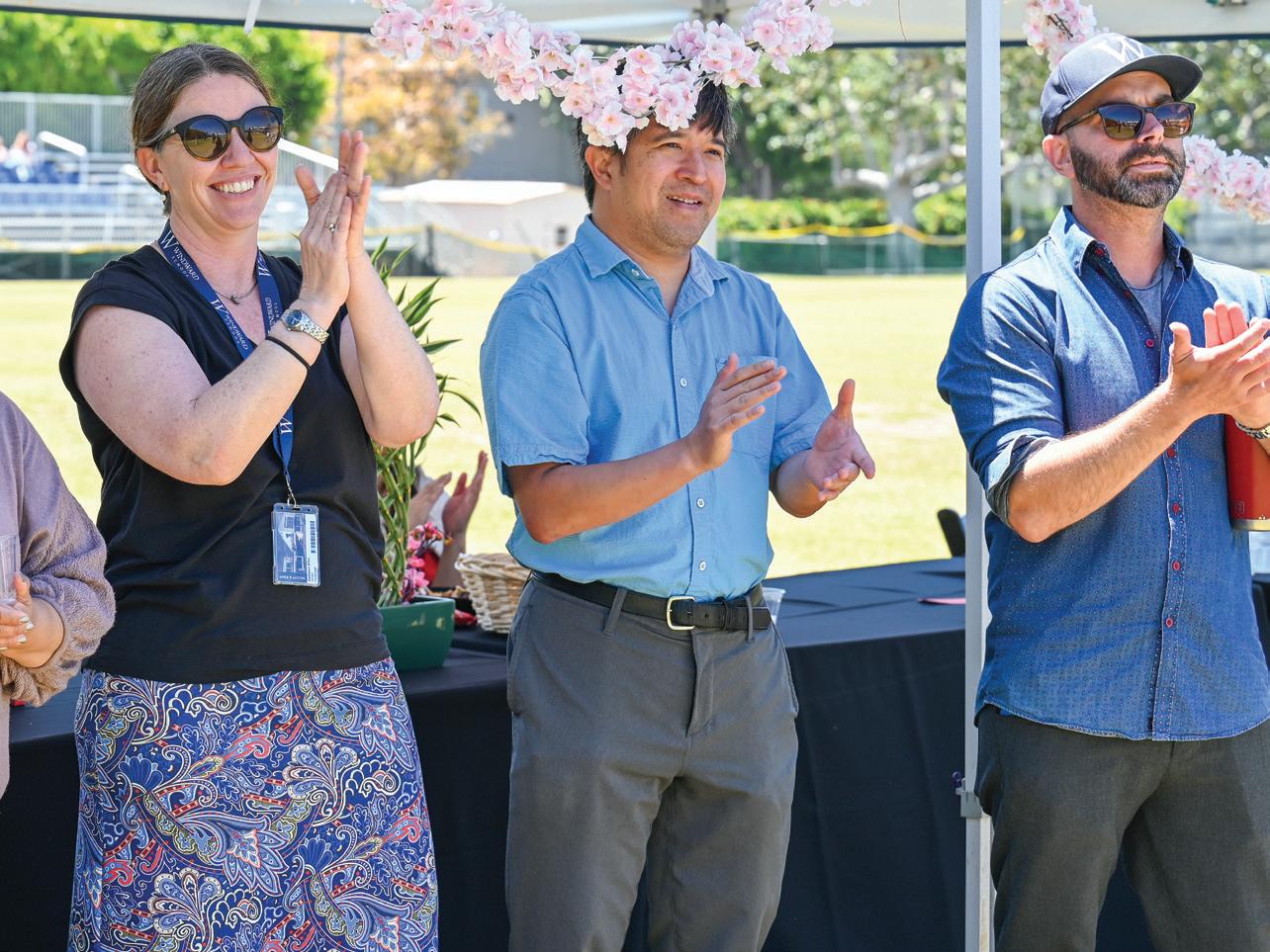
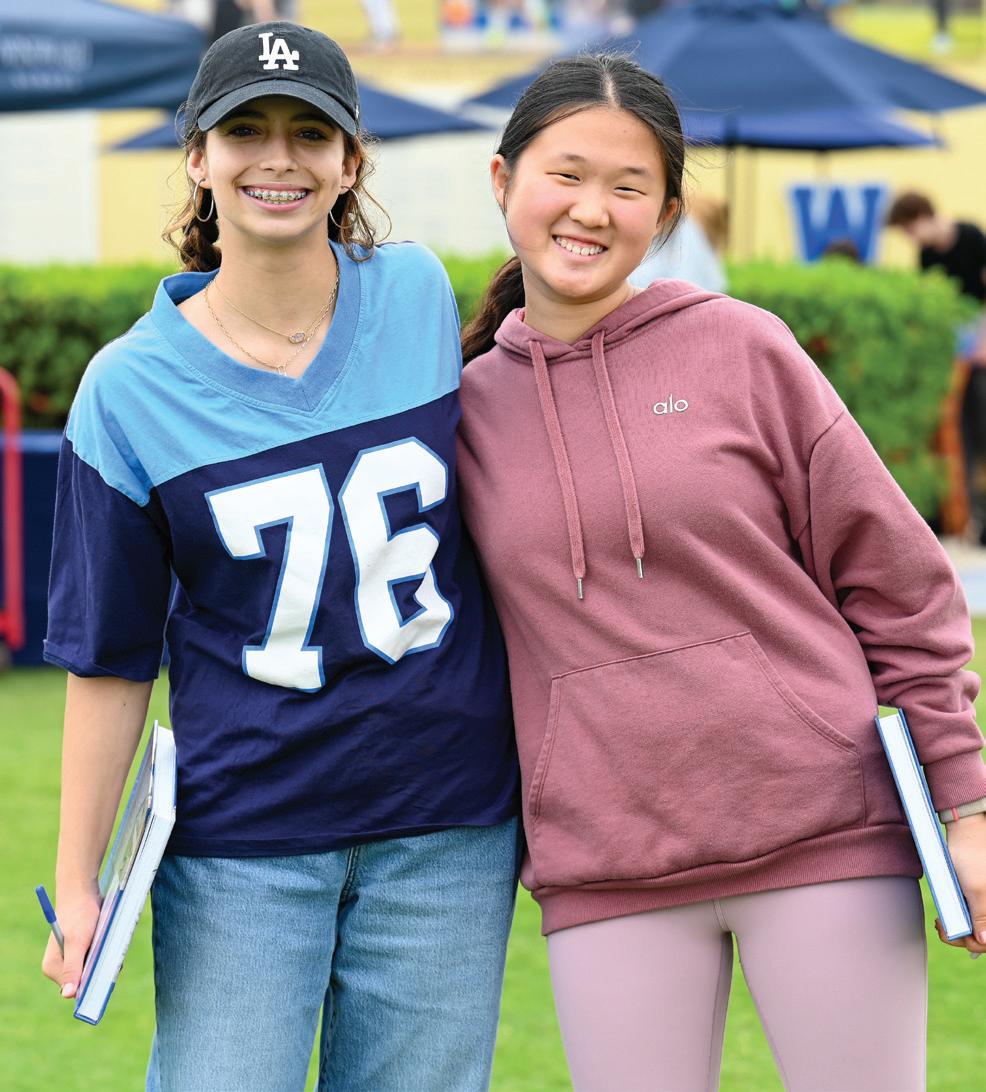
That same spirit of collaboration thrives in our classrooms and among our faculty. Through our Professional Learning Groups (page 32), teachers challenge themselves and one another to ask new questions, take risks, and refine their practice. Their work reminds me that a learning community is never static—it grows because people are willing to learn together and support each other in doing so.
And of course, I see collaboration in our students every day. It shows up in the courage of those who lead Real Talks (page 40), guiding their peers through conversations that require honesty and empathy. It shows up in students who seek new ways to explore their identities and cultures, creating Affinity groups (page 52) that open even more space for belonging. These are more than just programs—they are reminders that Windward’s strength comes from students who take responsibility for one another and for their community.
Everywhere I turn, I see examples of what is possible when people work together. No achievement here feels too small when it is shared, and no project feels too ambitious when it is approached as a team. Much like our campus itself, Windward has been built brick by brick, moment by moment, each contribution strengthening the whole.
As I look to the year ahead, I am eager to find my own place in this community and to add my voice to that chorus. I believe that the best outcomes come when we lead with curiosity, connect with empathy, and support one another with honesty. My hope is that, in partnership with all of you, we can continue to build on Windward’s strong foundation while also creating space for new ideas and fresh perspectives.
I cannot wait to learn from you, work alongside you, and celebrate the many ways collaboration shapes this extraordinary school.
Sarah Beck HEAD OF SCHOOL

Windward’s CHAPTER
WELCOMING SARAH BECK, HEAD OF SCHOOL
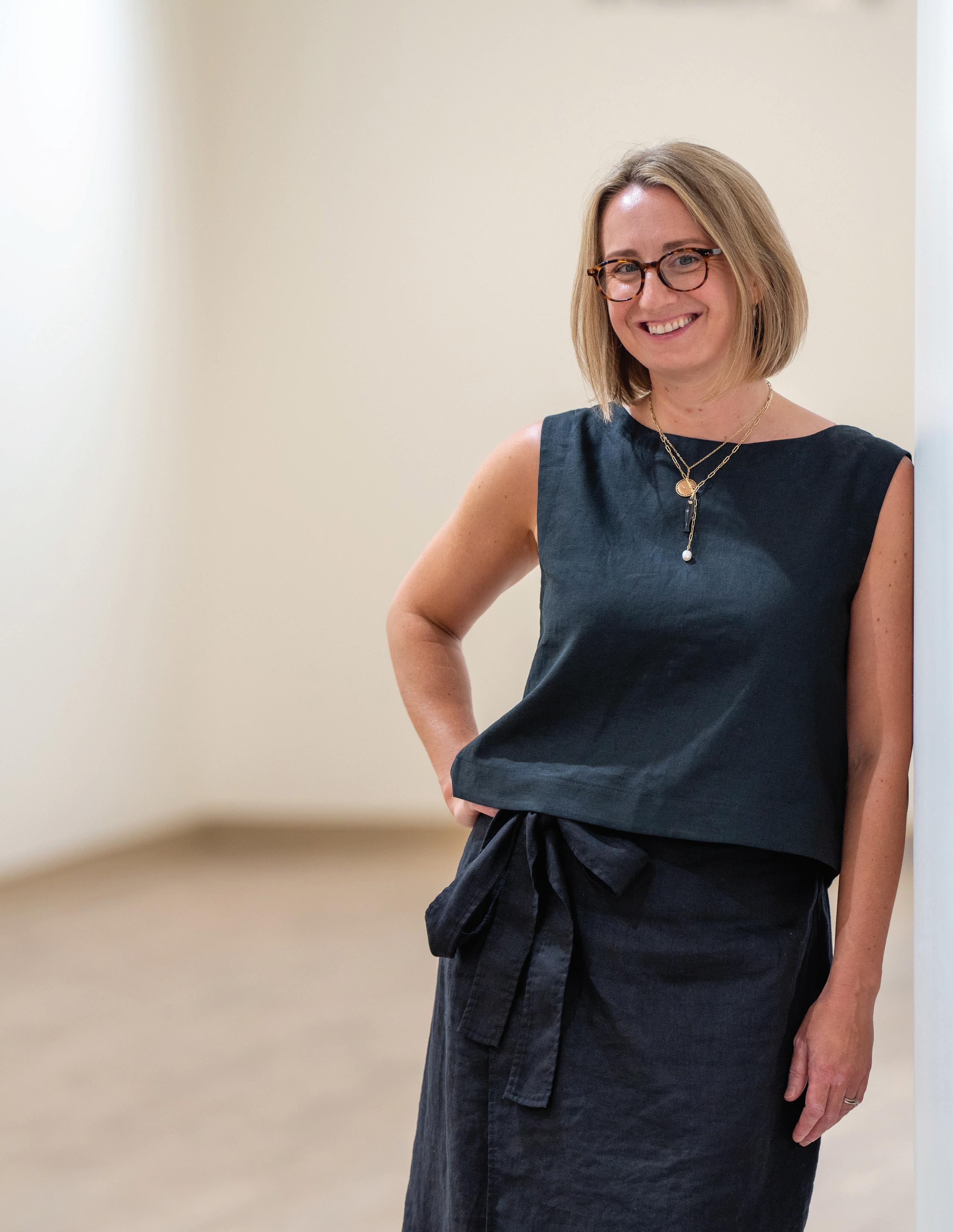
At Windward, students are at the heart of the School’s mission. Their growth, curiosity, and sense of belonging create a thriving school culture— one that is academically dynamic, emotionally nurturing, and rich with possibility. It’s no surprise that Sarah Beck, Windward’s new Head of School, feels right at home.
“I’ve always loved learning, and I’ve always loved working with young people,” she says. “The idea that I could spend my life learning alongside students—that was always the dream.”
Sarah’s path to Windward—and to education—wasn’t linear, but it was always grounded in a desire to be part of something larger than herself. As a child, she played “school” with her two younger sisters, always assuming the role of teacher. By high school, she was volunteering with young children and teens, drawn to mentoring and relationship-building. At Stanford, she studied race and ethnicity with a focus on youth and education, crafting her own interdisciplinary course of study. “I took graduate classes across departments—education, economics, business—because I was fascinated by how systems impacted students,” she explains.
After college, Sarah explored the business world, working in management consulting and later in finance and strategy at Sephora. The experience sharpened her strategic thinking and financial acumen, but she realized she wanted to do work that was deeply meaningful and community-based.
She returned to school to earn her master’s in teaching through a yearlong program focused on pedagogy, student teaching, and public school systems. That training led her to a 7th Grade U.S. history classroom in Fairfax County, Virginia—the largest and most diverse middle school in the state, with 1,400 students speaking 55 languages and representing 72 countries. “It was incredible,” she recalls. “I taught advanced academics, co-taught with special education, and worked with students who had just arrived in the U.S. and were learning English for the first time.”
Sarah spent eight years at the school, eventually stepping into leadership after a principal recognized her talent for connecting with students. She was asked to create and lead a new position focused on social-emotional learning and student behavior—what she calls “the foundation for loving accountability.” That opportunity, to coach peers while continuing to teach, helped her see herself as a leader for the first time. “It was so impactful getting to teach and do that work at the same time,” she says. “It kept me connected—to the kids, and to my colleagues.”
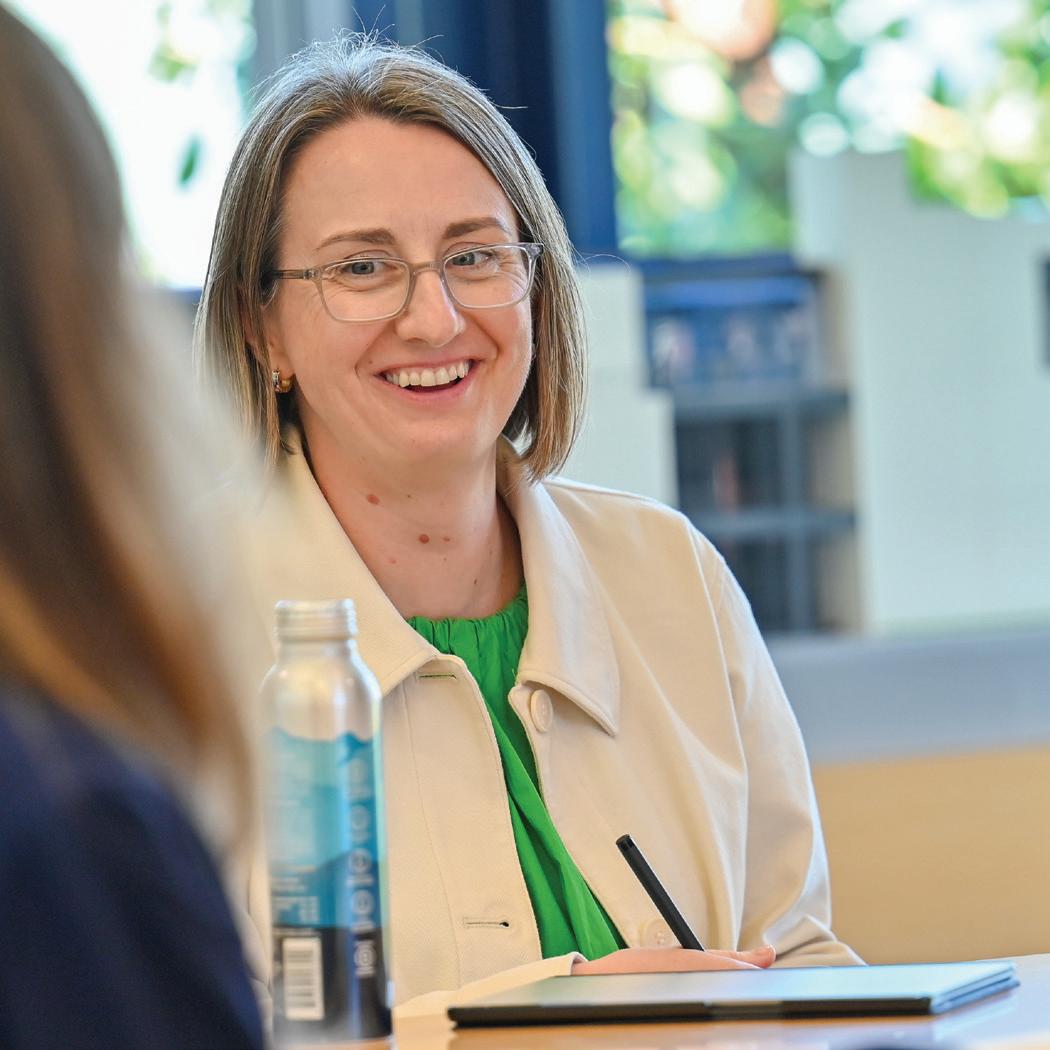
Over the next several years, Sarah handled everything from counseling and registration to behavior systems and teacher support, moving into an assistant principal role and then Director of Student Services. “But my heart was always in curriculum and instruction,” she says. “I loved the idea of creating classroom communities where both kids and teachers could thrive— where the learning felt authentic, engaging, and real.”
A move into independent schools followed, including time at The Langley School in Virginia and The Potomac School, a K–12 school with a robust high school program. There, she served as Assistant Head of School for Academics, leading cross-divisional initiatives like a K–12 math curriculum review. For Sarah that era made for a powerful crash course in systems thinking, instructional leadership, and high-level collaboration. “Potomac had a structure where the Head of School relied on me and the Associate Head as direct extensions of his work,” she explains. “That allowed me to lead projects, make decisions, and develop a deeper understanding of what thoughtful, community-based leadership could look like.”
It also gave her an unexpected connection to Windward.
“I was doing some consulting work in Santa Monica, and every time I visited, I heard about Windward. From kids, from parents, from teachers. Everyone was talking about it,” Sarah remembers. A local Head of School encouraged her to explore the Headship opportunity—and Sarah was immediately intrigued.
As she began the interview process, she took the time to connect with current Windward families, hoping to understand
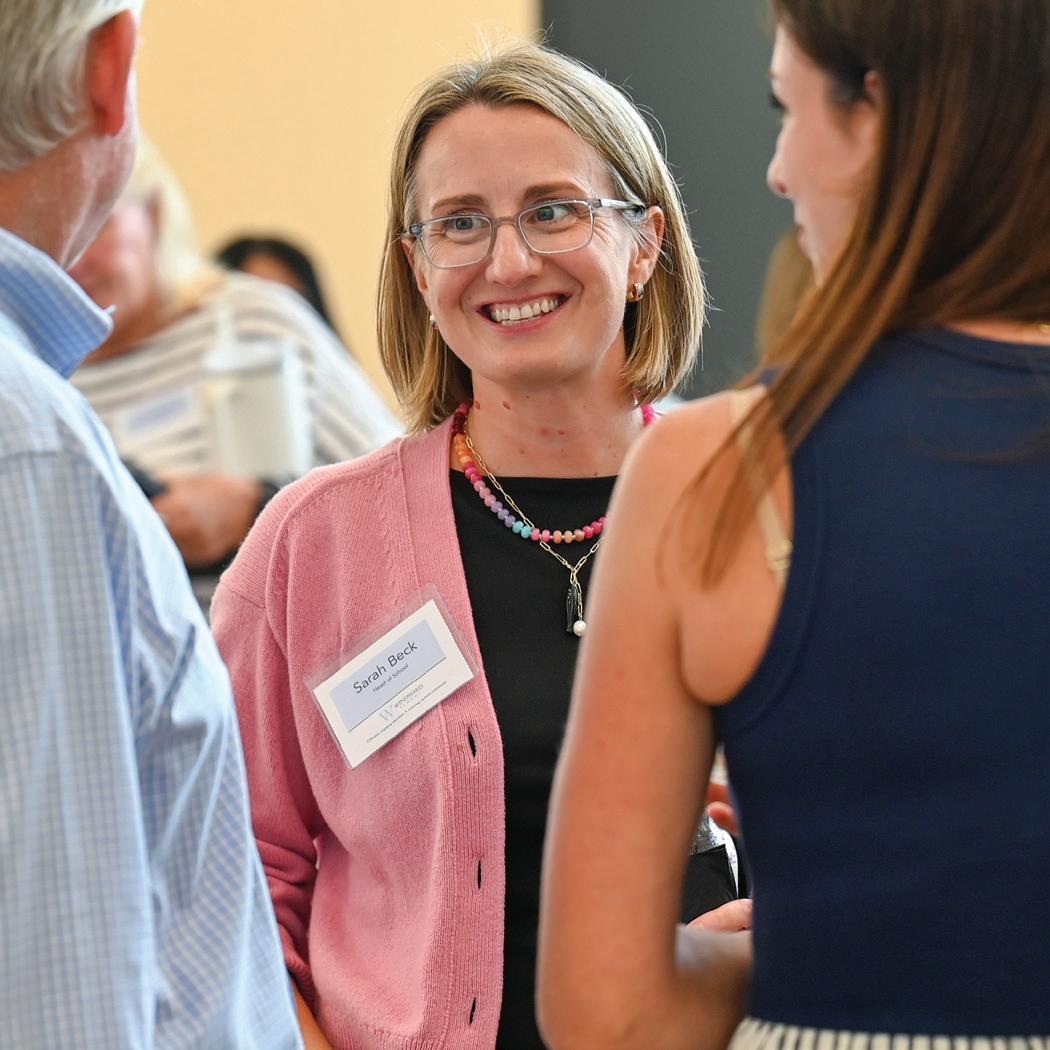
what made the school unique. “I talked to a parent whose child was just starting, one whose oldest was graduating, and another who had multiple kids in different grades. All their children had different interests—sports, academics, the arts—but every single parent said the same three things: Their child was known. Their child was supported by adults who truly cared about them. And Windward had become a community not just for their child, but for their whole family.”
It was that clarity—and consistency—that drew Sarah in. “Hearing those stories made me want to be part of it,” she says.
Since arriving on campus this Summer as Windward’s new Head, Sarah has continued to learn what makes the School special. “There’s a spirit of innovation here, but it’s not about competition or achievement for achievement’s sake,” she explains. “It’s about joy. There’s a real energy—this authentic enthusiasm for learning and trying new things.”
She’s also been inspired by Windward’s educators. “The faculty are deeply mission-driven. They love their content, but more than that, they love kids. They use their expertise to ignite a love of learning in their students.”
That philosophy aligns closely with her own. “I believe in building environments where learning can unfold organically. As educators, we’re not carpenters—we’re gardeners. We don’t assemble a child; we create the conditions for growth. That means balancing structure with freedom, expertise with curiosity, and support with challenge.”
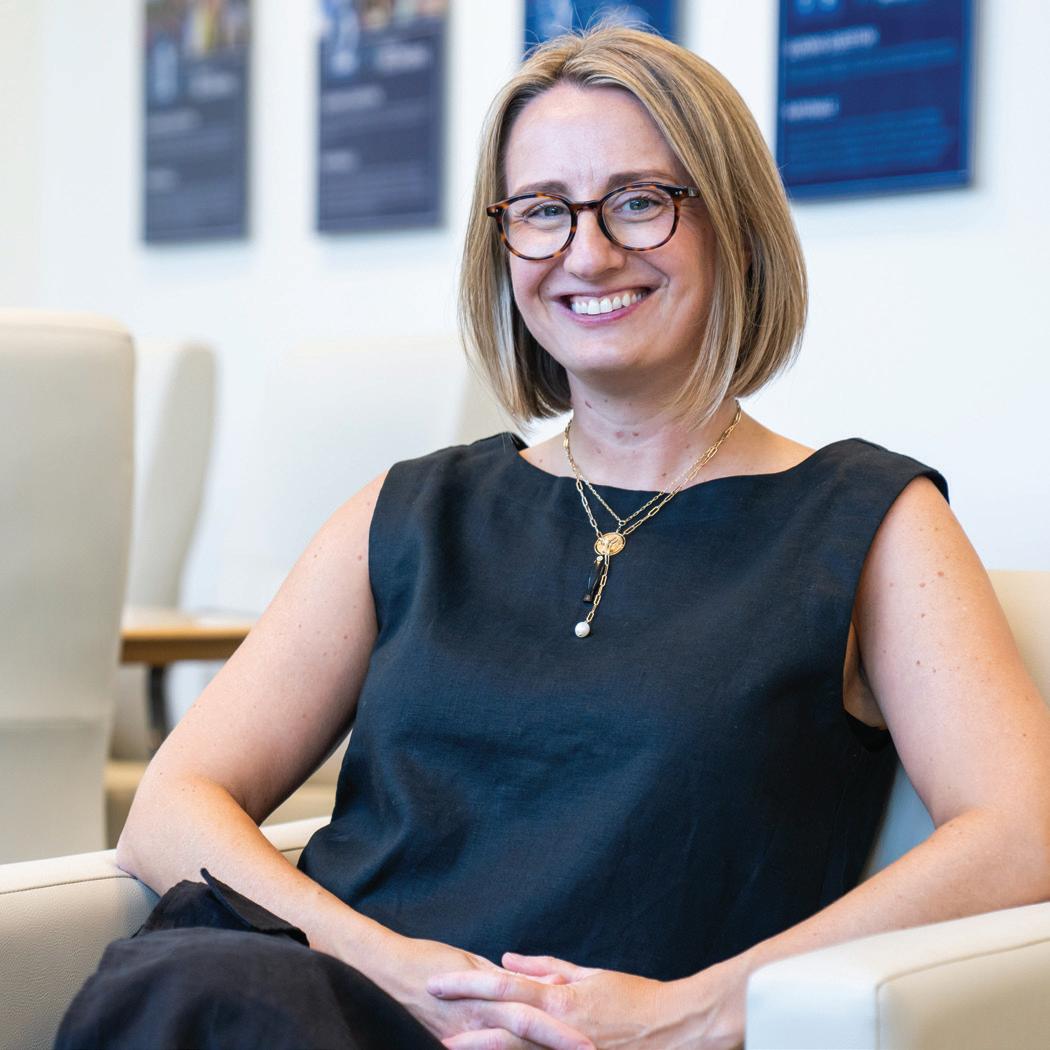
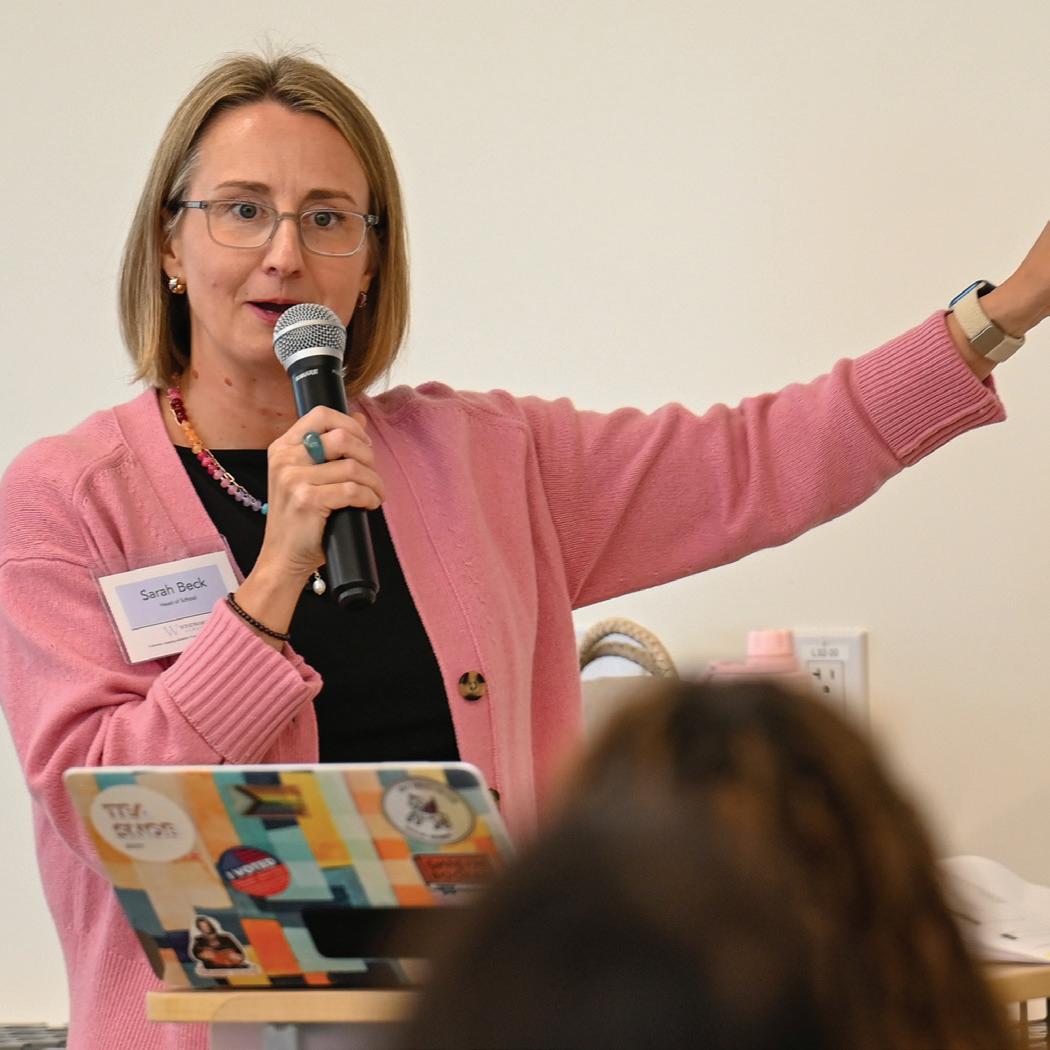
As Head of School, Sarah hopes to model a leadership style rooted in collaboration, story, and presence. “I love bringing people together to solve problems,” she says. “Whether it’s faculty, parents, or students, the more perspectives we have in the room, the better our outcomes will be.”
She also believes storytelling plays a central role in community building. “Young people make sense of the world through stories—stories about themselves, their peers, their learning. The narratives we craft have power. And the only way to shape healthy narratives is by listening.”
Listening, she adds, is what drives trust. “Being present is my number one priority this year. You’ll see me at games, performances, in classrooms, in the Pavilion. I want to understand our school—deeply and authentically—so I can lead it well.”
One of her most invigorating Windward moments so far came during Camp Windward, which invites incoming 7th Graders to get to know one another in advance of the school year’s official start. While having lunch near the Pavilion, Sarah noticed a student sitting alone. Within minutes, a group of girls stood up, walked over, and invited her to join their table. “They waited patiently while she thought about it. And when she said yes, they pulled up a chair and made room,” she recalls. “No one told them to do that. They just did it. That’s what community looks like in action.”
Sarah also knows that community isn’t built overnight—or through grand gestures. “It’s daily. It’s noticing the kid sitting alone. It’s showing up when you don’t feel like it. It’s being will-
ing to let go of some of your own preferences for the good of the whole.”
As she looks ahead to the 2025–26 school year, Sarah is eager to find her place in the community, collecting moments like the Pavilion lunch story and being present enough to witness dozens more. If she can do that, she says, it will be a successful year.
She is also excited to make space for deep collaboration across departments, divisions, and teams. One of the best parts of being new, she notes, is that it gives everyone a reason to revisit how and why the School does things—conversations that can lead to fresh insights, renewed clarity, and greater connection.
Ultimately, Sarah sees herself as both leader and learner, guiding Windward into its next chapter while learning just as much from the community as they do from her. She hopes those connections begin simply—with “a wave, a hello, a shared moment on the sidelines.”
As she and her family settle into their new normal here in Mar Vista, they look forward to becoming familiar faces. “If you see me around campus or in the neighborhood, please don’t hesitate to say hi. I’m eager to get to know our community—not just as your Head of School, but as a fellow parent, neighbor, and partner in this work.”
Asked to sum up her hopes for her tenure in a single sentence, Sarah smiles: “I just want us to keep loving kids, loving learning, and showing up for one another. If we do that, everything else will follow.”
LEGACIES Lasting
HONORING SHARON PEARLINE AND BRUCE ESKOVITZ
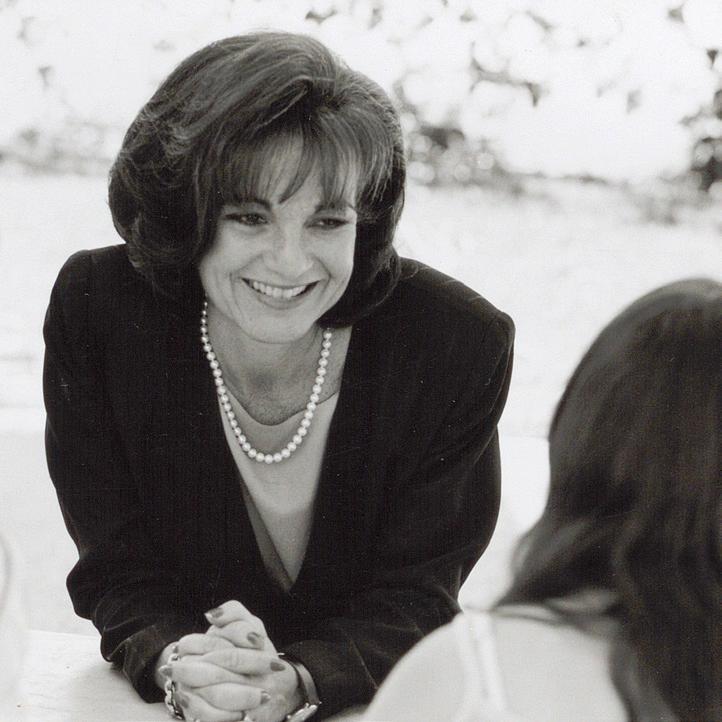
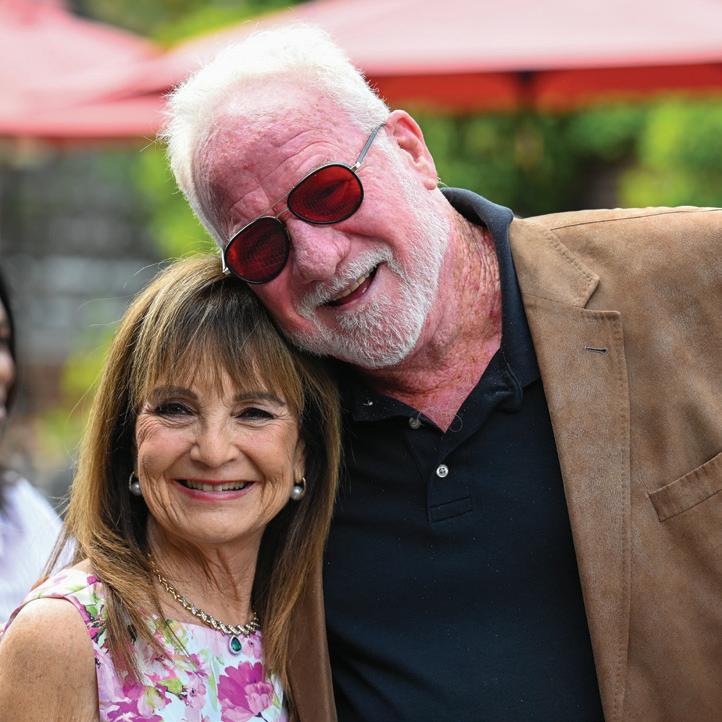
In Spring 2025, Windward marked the retirements of two cherished community members whose contributions have helped shape the School into what it is today. Sharon Pearline, Admissions Associate and former Director of Admissions, stepped away after more than 40 years of service. A steady and welcoming presence, Sharon helped build Windward’s Admissions program into the thoughtful, inclusive entry point it is today. Her care and insight have guided generations of students and families into the Windward community.
Bruce Eskovitz—known to many as “Dr. Bruce”—joined Windward in 2005 and quickly became a cornerstone of the School’s music program. A professional saxophonist and passionate educator, Bruce brought his talent and mentorship to countless
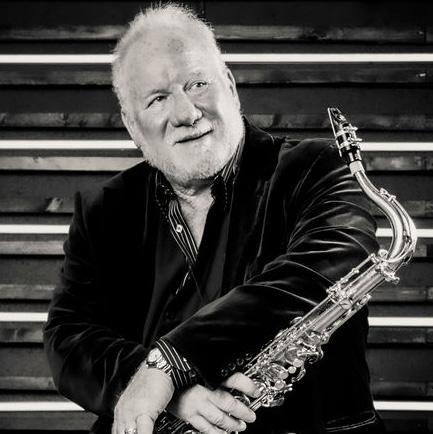
student performers, helping grow Windward’s Jazz Ensembles into a signature strength of the arts.
On Thursday, June 5, members of the Windward Board of Trustees, faculty, staff, and all manner of family and friends gathered at Tiato Kitchen + Garden in Santa Monica to celebrate Sharon and Bruce’s lasting contributions. The evening featured shared stories, warm tributes, and moments of appreciation for two individuals who have touched so many. Both were honored with Windward’s Lifetime Achievement Award in recognition of their extraordinary impact.
We are deeply grateful to Sharon and Bruce for their decades of service and lasting influence, and we wish them the very best as they begin this next chapter!
on the BLOCK
Exceptional work grows out of an environment where people feel inspired, supported, and valued. Our community thrives on curiosity and collaboration, along with a shared commitment to fostering a diverse and inclusive school culture. We welcome members whose skills, qualities, and experiences reflect an understanding of—and dedication to—this work.
In addition to our new Head of School Sarah Beck, we’re thrilled to welcome an outstanding group of new faculty and staff to the Windward community this year!
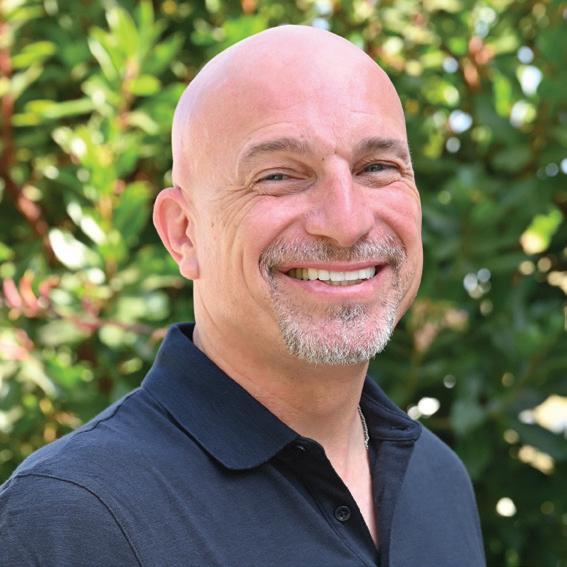
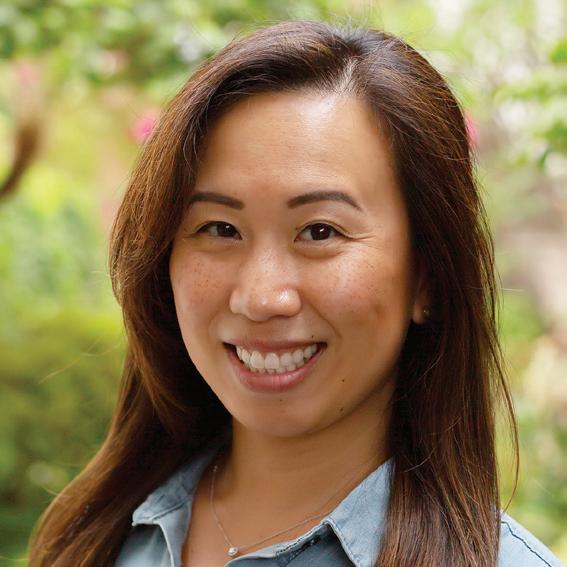
Danny Buday - Film & Video Teacher
Danny Buday is a director, screenwriter, and educator. A graduate of the American Film Institute’s MFA Directing program, Danny has built a diverse and dynamic filmmaking career. His credits include the award-winning 5 Star Day, the war drama Battle Scars, a collection of holiday movies, and several thriller feature films for the Lifetime network.
In addition to his work behind the camera, Danny is a dedicated educator with over two decades of teaching experience. He previously taught at Crossroads School for Arts & Sciences and Oakwood Secondary School before joining the Windward community in 2025 as a Film & Video Teacher. Danny lives in Westwood with his wife, Rieka, also an educator, and their son, Wyatt.
What does working in education mean to you?
Working in education means the world to me. Teaching offers the profound privilege and opportunity to help mentor and inspire the next generation of storytellers and creators— a role that brings me immense joy.
Dorothy Lee - Science Teacher
Dorothy is thrilled to be returning to the Windward community, where she previously served as Director of the CREATE Studio and taught 9th Grade physics, AP Physics, and 8th Grade science for seven years. During the past two years, Dorothy has been working at Kent Denver School in Colorado, where she taught AP Computer Science and Engineering and served as a makerspace specialist. She also previously taught AP Calculus and AP Physics at the Kew Forest School in New York City. Dorothy holds a B.A. in Physics from New York University and an M.A. in Science Education from Columbia University Teachers College. Dorothy, her husband, and their feisty 3-year-old daughter are loving being back in LA. The whole family loves to rock climb, hang out at the beach, and eat Korean BBQ.
What does working in education mean to you?
The part that I love most about working in education is that I get to be in each student's corner. I’m rooting for them to succeed and grow, both intellectually and as individuals. I get to encourage and support them in times of need. Especially in classes like Physics and Computer Science, which can be daunting for many students, I love helping them realize that they are indeed capable.
NEW ON THE BLOCK
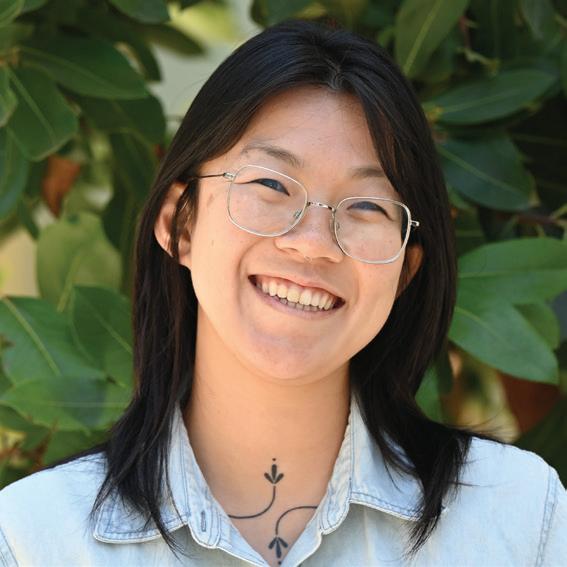
Melissa Peng - Math Teacher
Melissa Peng joined Windward in 2025 after teaching USC Hybrid High School. Prior to that, she was a substitute teacher for LAUSD and charter schools across Los Angeles for two years. Prior to that, she was a software engineer at Google and prior to that, she received her B.S. in Mathematics of Computation from UCLA. She loves working with students of all levels to help them gain confidence in their problem-solving abilities via math education.
What does working in education mean to you?
Working in education means having the opportunity to empower students through knowledge and confidence. My background in mathematics and my experiences teaching at USC Hybrid High School, as well as across LAUSD and charter schools, have shown me how transformative it can be when students begin to see themselves as capable problem-solvers.
To me, teaching math is more than helping students get the right answer. Rather, it's about fostering a mindset that embraces curiosity, persistence, and self-belief. I love working with students at all levels and watching them discover their own potential. Being an educator allows me to contribute to a learning environment where students feel seen, supported, and equipped to tackle challenges both inside and outside the classroom.
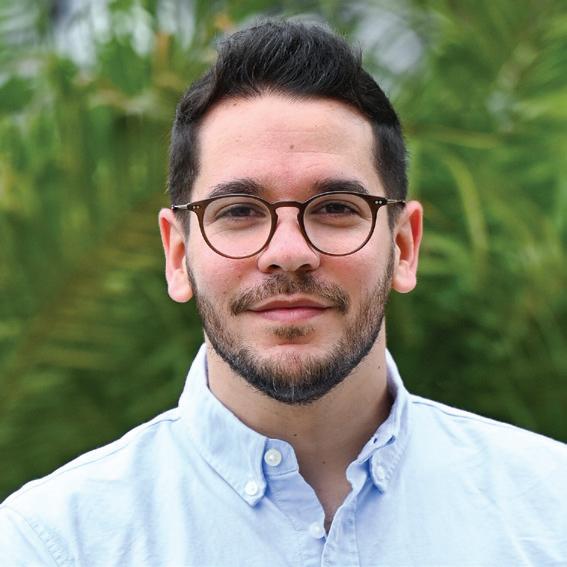
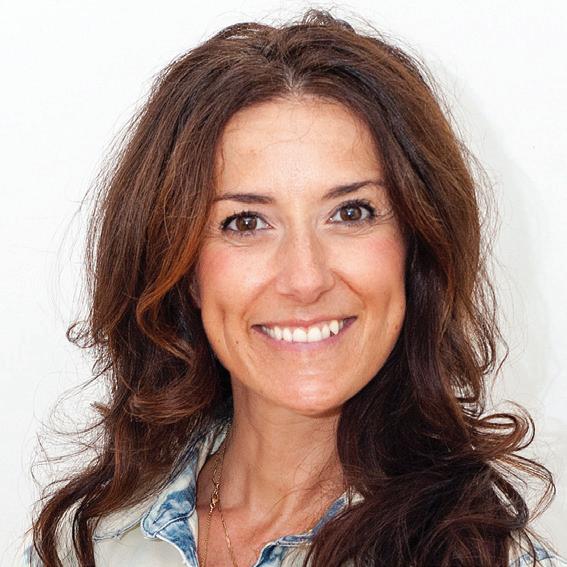
Kenny Goodman - Coordinator to the Collegiate Division
Kenny joined Windward in 2025 as the Coordinator to the Collegiate Division. Prior to Windward, he spent seven years at UCLA supporting students and administration, and he is excited to bring his experience to the Windward community.
Kenny graduated with a B.A. in Political Science from UC Berkeley. Born and raised in LA, he loves playing basketball, exploring new restaurants, and hanging out at the beach in his free time.
What does working in education mean to you?
Working in education means being part of a community filled with energy and purpose. There’s something special about supporting students during an important chapter of their growth, surrounded by their eagerness and potential.
Rebecca Brancato Barragan - Dance Instructor and Assistant Choreographer
Rebecca Brancato Barragan is an accomplished dancer, choreographer, director and dedicated educator currently serving as a faculty member at Windward School. A graduate with honors from Oklahoma City University, she holds a Bachelor of Performing Arts in Dance Performance. Her professional career began in New York City, where her first audition led to a role in the European tour of West Side Story. Since then, she has performed on renowned stages around the world, including the prestigious La Scala Opera House in Milan, with additional performances in cities such as Paris, Tokyo, Munich, and Beirut. She was also part of the Broadway National Tour of West Side Story.
Rebecca has portrayed iconic roles such as Anita in West Side Story and Cha Cha in Grease and was a featured dancer in a professional rhythm tap company in New York. Amongst her most rewarding dance experiences was collaborating with musician Kenny Loggins as a tap percussionist.
In addition to performing, she has choreographed numerous productions, including Singin’ in the Rain, Mean Girls, Beetlejuice, and 42nd Street. Her choreographic work has been featured in both competitive and theatrical settings.
At Windward, Rebecca shares her professional experience and passion for dance with her students, aiming not only to teach technical skill but also to inspire creativity, confidence, and a lifelong love of the performing arts.
What does working in education mean to you?
Working in education gives me the opportunity to take a walk with my students through the fascinating journey of dance and theater. Guiding them to discover their own creative talents is a true blessing to watch come to life!
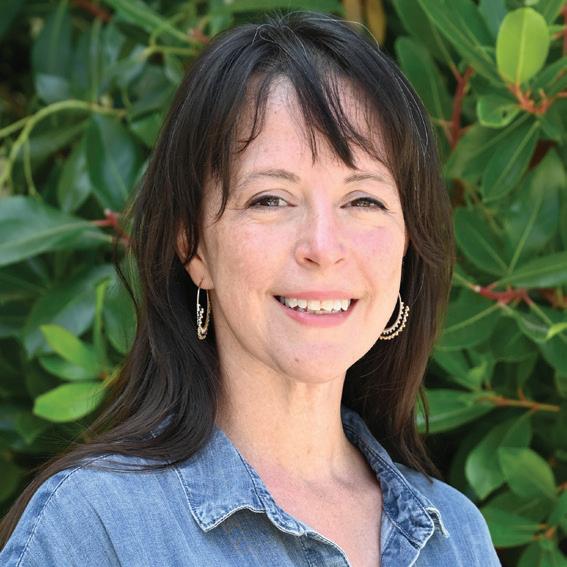
Eva Schmidt - IDEA Lab Specialist
Eva’s goal as an educator is to nurture open-minded, creative and kind humans—for today and the future. She shares her passion for making, technology and hands-on learning, to help students discover their interests, build skills and connections, and broaden the possibilities for their futures.
From web design in Austin to photography and art direction in New York City, Eva has always looked to combine her artistic drive and tech-mind in any role she takes on. While this work was exciting, Eva always knew she was meant for the classroom and headed there in 2010, bringing her professional experiences to her art classroom.
She comes to Windward from Pacific Ridge School in Carlsbad, where she ran the Innovation Center and making spaces, as the Director of Innovation and Internships and STEAM coordinator. She also taught graphic design, AP 2D Design, Product Design & Entrepreneurship. Her through line is creating opportunities for exploration, creativity, and learning.
Eva loves music, travel, making things with her hands, and all things technology related. She is enjoying exploring LA with her German shepherd mutt, Juniper.
Eva holds a M.Ed. from the University of San Diego in Curriculum & Innovation: STEAM and a B.A. in Studio Art, with a concentration in photography and painting, and a B.A. with honors in Creative Writing, from the University of Texas at Austin.
What does working in education mean to you?
Working in education means nurturing open-minded, creative, and compassionate individuals—helping them discover new interests, build skills and connections, and expand the possibilities for their futures.
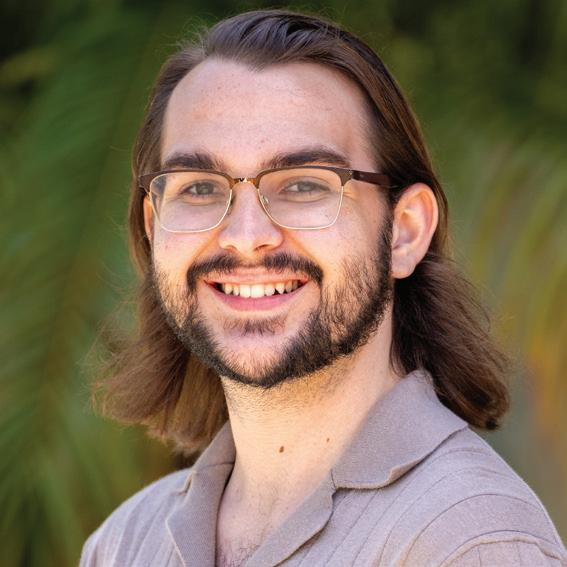
Matthew Steward - Department Stage Manager, Performing Arts Teacher (Technical Theater)
Matthew Steward has been a dedicated part of the Windward theater staff since 2022, serving as the stage manager for three years before starting his current assignment as the theater tech instructor. He joined Windward while earning his Associates degree in theatre technician at Santa Monica Community College. Matthew’s passion for technical theater ignited early, and by age 16, he was already working as a lighting engineer. Eager to become a well-rounded technician, he gained hands-on experience as a lighting engineer, audio technician, and assistant stage manager. By his senior year of high school, Matthew had collaborated with every major theater company in Arizona, including Phoenix Theatre and the Herberger Theatre Center. After graduation, Matthew moved to Los Angeles to join the Hollywood Fringe Festival team and has been stage managing across the West Coast ever since. Known for his creative problem-solving, meticulous organization, and leading with kindness, he has overseen every theatrical production at Windward since 2022.
Matthew’s expertise and love for the theater have been inspired and cultivated by key mentors and teachers in his life, and he looks forward to passing on his knowledge, support, and inspiration to his students at Windward School as they begin their technical theater journey.
What does working in education mean to you?
Education is a catalyst for growth, both personal and communal. As a technical theater teacher, I view the classroom and the stage as spaces where creativity, skill-building, and collaboration intersect. Technical theater is a multidisciplinary platform where students have opportunities to learn engineering, carpentry, sewing, and problem-solving under pressure. But among the skills cultivated in education at all levels, the most vital is the ability to communicate effectively with people across diverse personalities and backgrounds.
My love for theater began in childhood, watching my older siblings perform. While I never felt drawn to the spotlight, I was captivated by the magic behind the scenes. In middle school, I started volunteering in community theaters, eager to learn how productions came together. I took any job available, mixing audio for local bands, selling raffle tickets, anything that brought me closer to the process.
I was fortunate to have mentors who gave me opportunities despite my age and experience. In high school, my theater teacher saw my potential and encouraged me to keep working professionally. By sophomore year, I became the teacher’s assistant for the technical theater class, taking what I learned on the job and bringing it back to my peers in the classroom. By the time I graduated, I had worked in every major theater in Arizona and had earned recognition as a two-time All-State Technician.
Education is about sharing experience, growing together, and solving problems creatively. It's about passing on the opportunities that shaped me just as my mentors did and helping students discover their passion, whether it leads to the stage, the shop, or somewhere entirely unexpected.
VOICES CONNECTIONS
WINDWARD’S ADMISSIONS AMBASSADOR PROGRAM
First impressions matter—especially when it comes to choosing a school.
At Windward, those impressions often begin not with a brochure or a classroom, but with a conversation—with a student or parent who offers a personal perspective on what makes the community feel like home. Through the Admissions Ambassador program, Windward families play a central role in shaping that experience, helping prospective students and parents see themselves reflected in the life of the School. Whether greeting guests at Open Houses, leading tours, or simply sharing what makes the School feel like home, Ambassadors provide a meaningful, human entry point into the Windward community.
For Sheri Green, former Parent Guild President and parent to students Milo ’28, Liam ’24, and Ava ’20, the role comes naturally. “I have always felt like an ‘Ambassador’ for Windward even before we officially had this program in place,” she shares. “Having three very different kids, I can really speak to parents about all that Windward has to offer. Nothing makes me happier than to be able to answer questions and speak from the heart.”
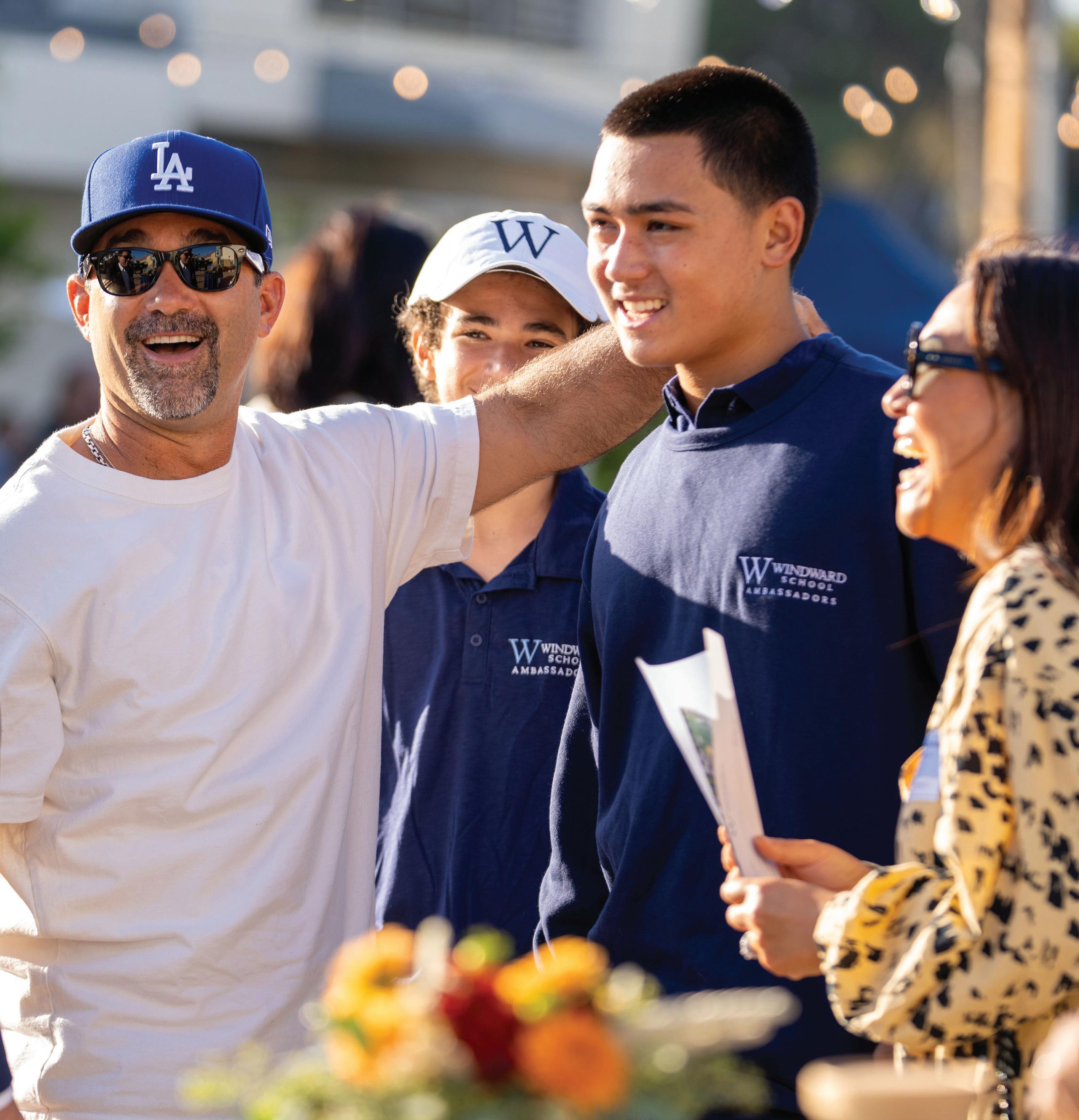
WINDWARD’S ADMISSIONS AMBASSADOR PROGRAM
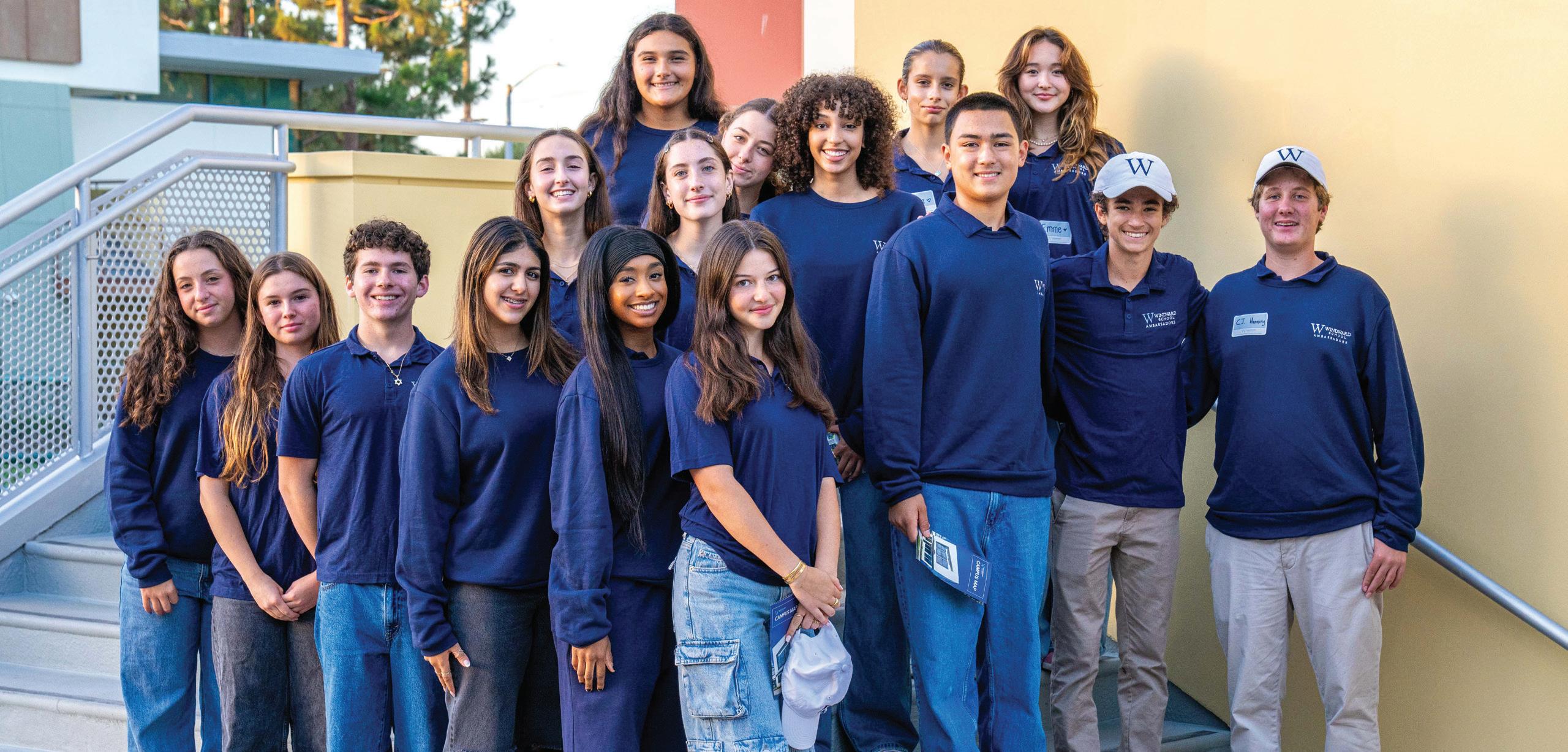
That sense of honest connection is what drew Eden Adams ’27 to the program. “I was inspired to become a student Admissions Ambassador because I wanted to help inspire others to come to Windward,” she says. “I love having the opportunity to share this with others, so prospective students can understand the amazing opportunities Windward provides.”
That personal reflection is a core part of the program’s power— for the Ambassadors as much as the visitors. “By serving as an Ambassador, I’ve been able to see other departments in which I don’t have substantial involvement,” Eden adds. “It’s shown me how many ways there are to be part of this community. My place in Windward is in the arts and film, and when giving tours, I am able to share a part of myself that reflects my interests.”
For parents, that sense of belonging resonates just as strongly. “I want prospective families to know that when their student is at school, they can feel at ease knowing they are supported, challenged, and well cared for every step of the way,” shares Parent Ambassador Rachel Adams. “Our family has felt supported every step of the way.”
The program offers a unique chance for prospective families to hear from those living the Windward experience—and for Ambassadors, it’s a way to give back while reflecting on their own journeys. “When connecting with prospective families, something that stands out to me is the emotional aspect of it,” shares Milo Green ’28. “I get to feel their excitement and their longing for a community like Windward that I get to be a part of. When I feel the emotion that they display, I feel truly grateful that I have the privilege to be a Windward student.”
Rachel agrees. “I’ve seen other students, besides my own, achieve great success at Windward, which allows me to share stories and ensure that prospective families understand that this is a space where their child can discover who they are while enjoying this wonderful community,” she says. “I generally spend time talking about the moments we saw our daughter experience self-discovery, athletic endeavors, her movies on the big screen, and academic achievements—all while her teachers and friends stood behind in support. When your child says, ‘I love my school,’ you know how much it means to be there. And now with a second
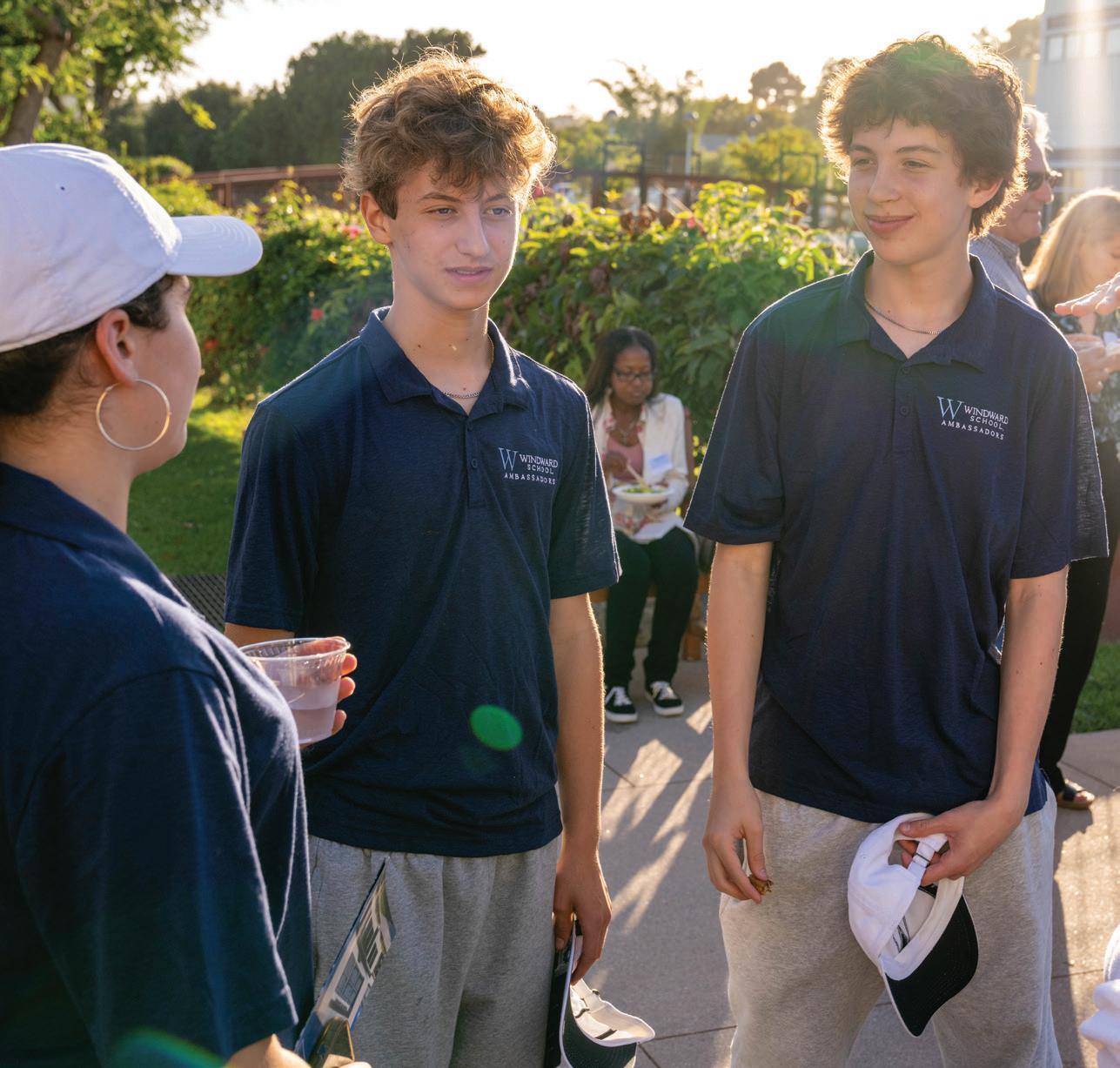
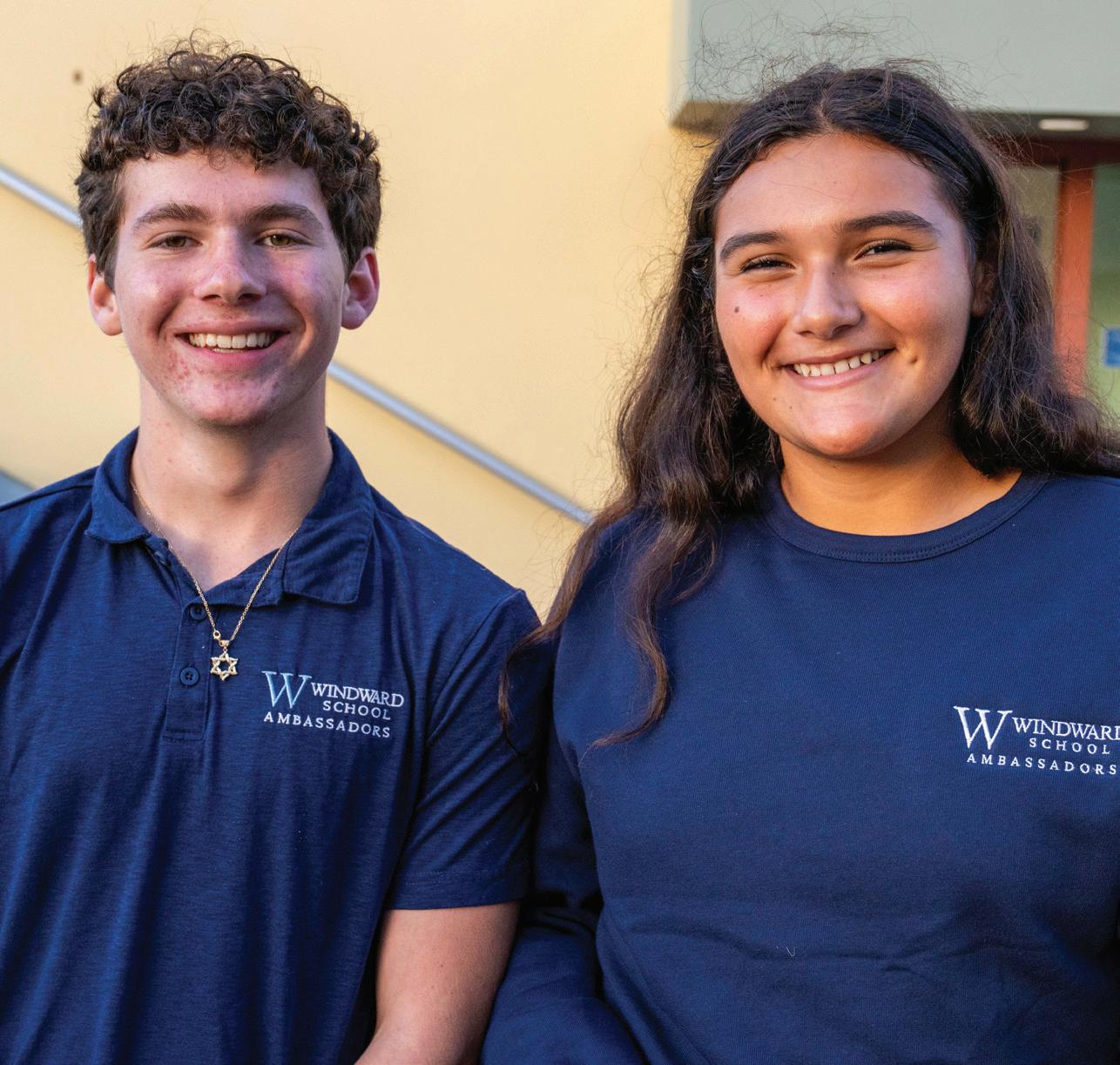
child at Windward, having the same positive experience, it just exemplifies what it means to our family.”
While each Ambassador brings their own story and voice to the table, what unites them is a shared sense of pride in representing the School—and a desire to help others feel what they once felt. “I remember the passion that my tour guide possessed,” Milo recalls of his own first visit. “I could feel that sense of connection to something greater, like a safe community in every building and every classroom.”
Eden’s experience was different—her tour took place during the COVID-19 pandemic—but no less meaningful. “When I first stepped onto the campus, I remember feeling an instant sense of comfort that I hadn't felt at other schools I had visited,” she says.
The Ambassador program doesn’t just help prospective families—it deepens connections within the larger Windward community. “I think when a family comes to Windward to see what we are about, the best way for them to really ‘feel it’ is to meet an ambassador and hear what they have to say,” Sheri notes. “It
has connected more current parents to each other through their participation.”
Rachel echoes that sentiment. “Having actual interaction with a parent of a student and also a student gives a real picture of what it means to be part of the Windward community,” she says. “The ability to ask questions in a space where you can engage in natural dialogue, without the pressure of a group setting, can give a sense of ease and a deeper understanding of what Windward is about.”
For all involved, it comes back to helping others feel welcome. “I always try to go up to parents who are there alone and introduce myself, and I am hopeful that this eases any anxiety they may have,” says Sheri. “I try to make them feel as comfortable and relaxed as possible.”
“Being a student at Windward evokes a sense of hospitality from everyone in the community,” Milo confirms. “Touring all of these families has given me a broader sense of connection to people and has allowed me to share my enthusiasm for Windward with others.”
STEPS
BUILDING CONNECTIONS AT CAMP WINDWARD
The Summer months bring more than rest and relaxation—for Windward’s newest members, it also offers their earliest entry to life at the School. Every Summer, Windward welcomes incoming 7th Graders for a week-long camp that marks the beginning of their journey as Windwardians: Camp Windward. Designed exclusively for accepted, incoming 7th Grade students, the camp offers more than just Summer fun. It’s a chance to meet future classmates, explore campus, and begin building the friendships and confidence that will carry them into the school year.
For this year’s campers, that first week on campus was filled with both nerves and excitement that quickly gave way to connection. “I loved getting to know my future classmates,” said Elena Dente ’31. “We went into Camp Windward not knowing anything about each other, and by the end of the week, I could already tell that these people would become my close friends in the future. I’m looking forward to challenging myself in class while learning and growing with the people around me.”
Those friendships began forming over shared experiences both big and small—whether laughing on the trip to Universal Studios, one of the week’s most popular highlights, or bonding over
sushi, sandwiches, and ice cream in the Pavilion, all favorites of this year’s students. Caedyn Freeman ’31 reflected on the anticipation that Camp Windward builds. “What I am looking forward to about joining Windward is meeting new people outside of Camp Windward,” she says. “It will give me an opportunity to know more people that I’m going to school with and see what we have in common. Also, I’m excited about meeting my teachers and learning new topics. I know it will be challenging, but I look forward to the hard work.”
The sense of belonging fostered during camp stays with students well beyond their first Summer. Ryan Olson ’27, now a Junior, still remembers the impression Camp Windward left on him. “I still get flashbacks from my time at Camp Windward, memories of making new friends and enjoying activities on the Bridge still make me smile as I walk around campus today,” Ryan explains. “Every student that walks through the gates is welcomed by Camp Windward in a way that reflects the School’s core belief of belonging.”
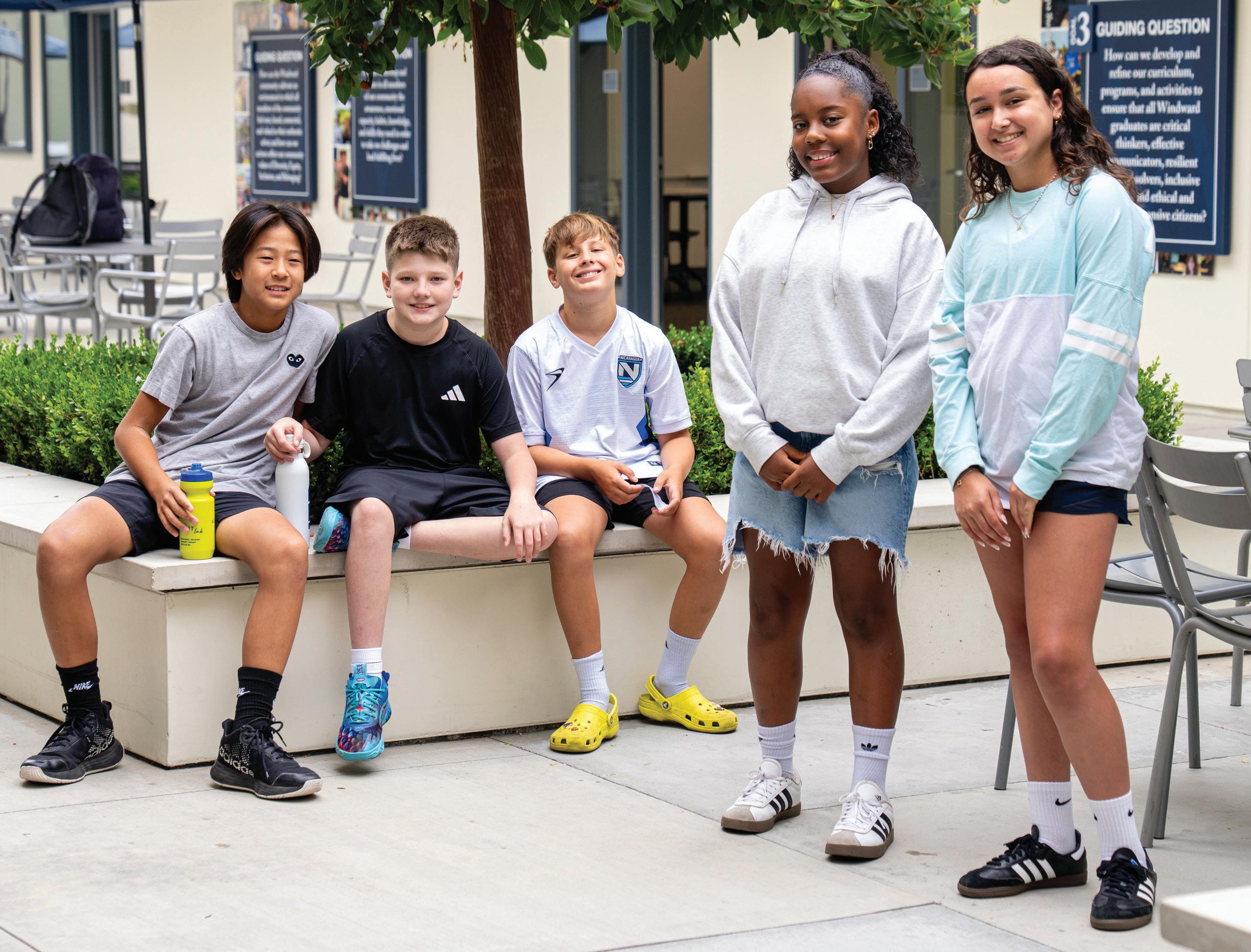
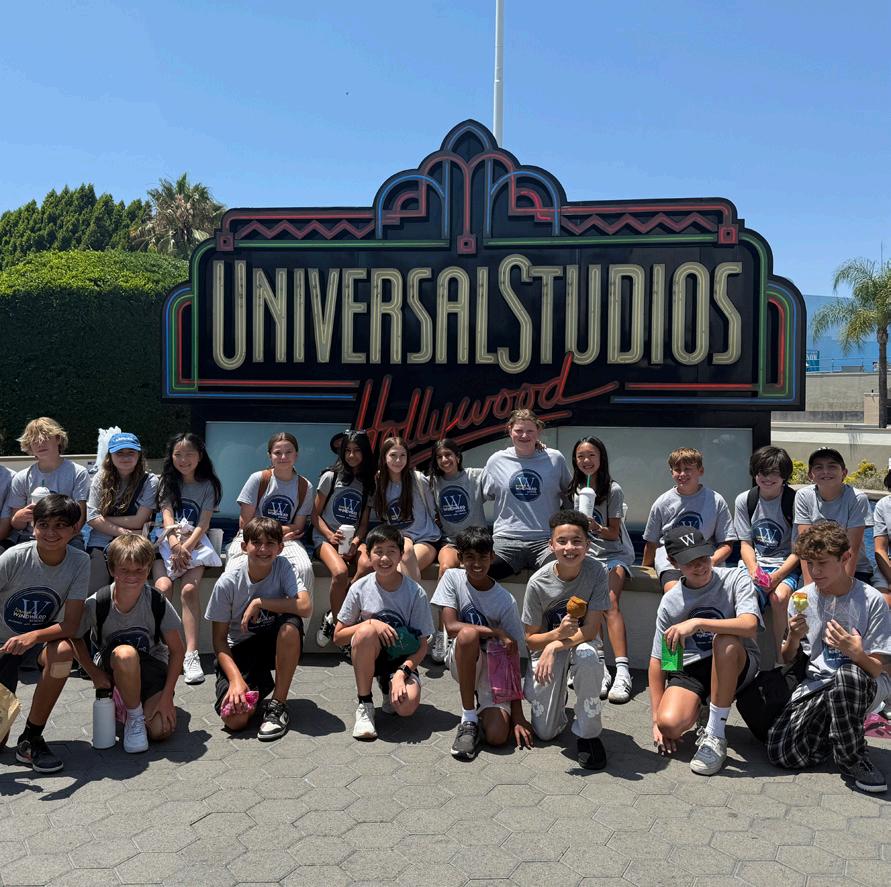

For the Class of 2031, Camp Windward wasn’t just the start of 7th Grade—it was the start of their Windward story. The experience gave them the chance to walk onto campus already connected, already supported by new friends, and already excited to see what’s next.
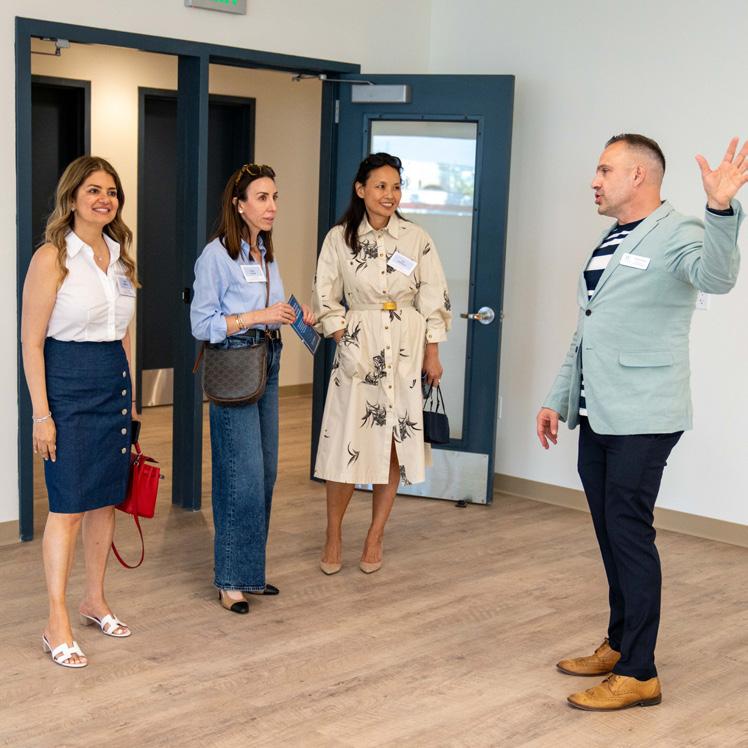
Where
IDEAS
THRIVE
The DeGeorge Family Innovation & Arts Center
In Fall 2025, Windward proudly unveiled the DeGeorge Family Innovation & Arts Center (IAC), the newest addition to its state-of-theart campus.
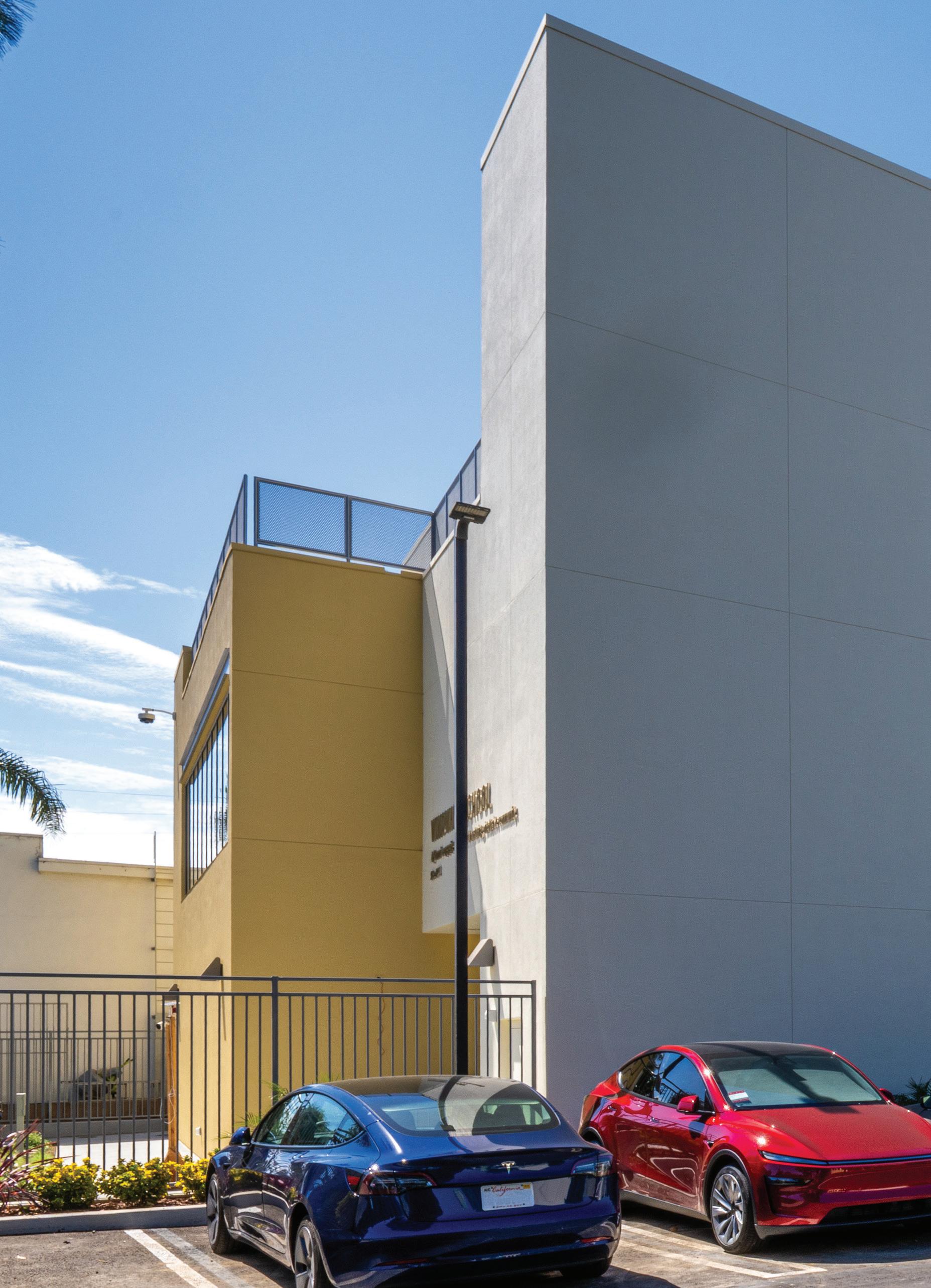

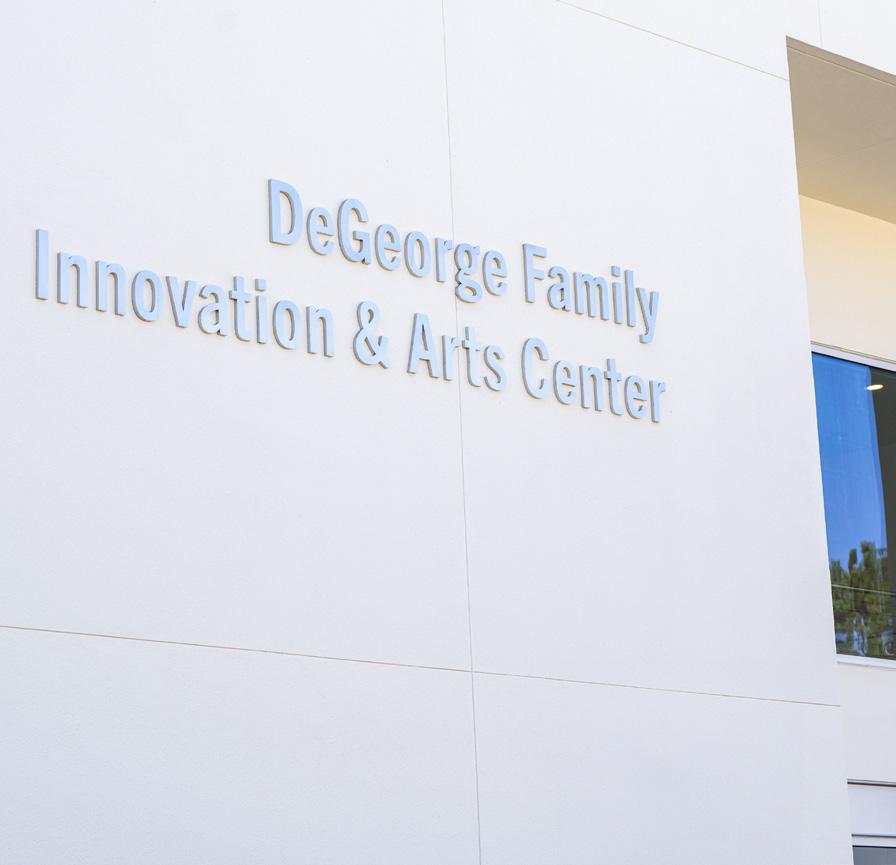
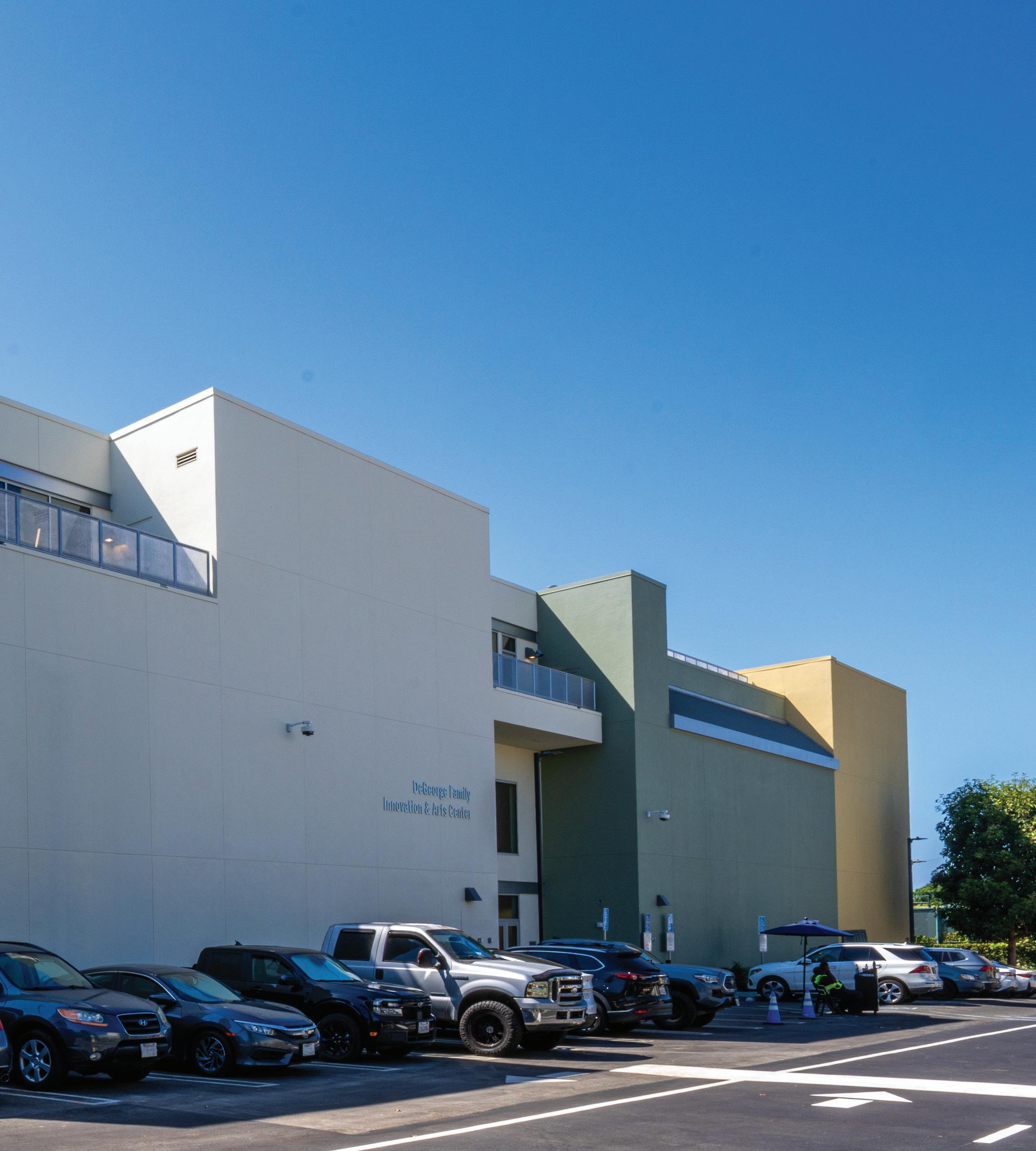
The marks a bold new chapter for Windward’s STEAM, Performing Arts, and Visual & Media Arts programs. It also serves as a stunning new incubator for community connection, creativity, and collaboration. Our talented faculty and staff are excited to bring this dynamic space to life and share all that lies ahead!

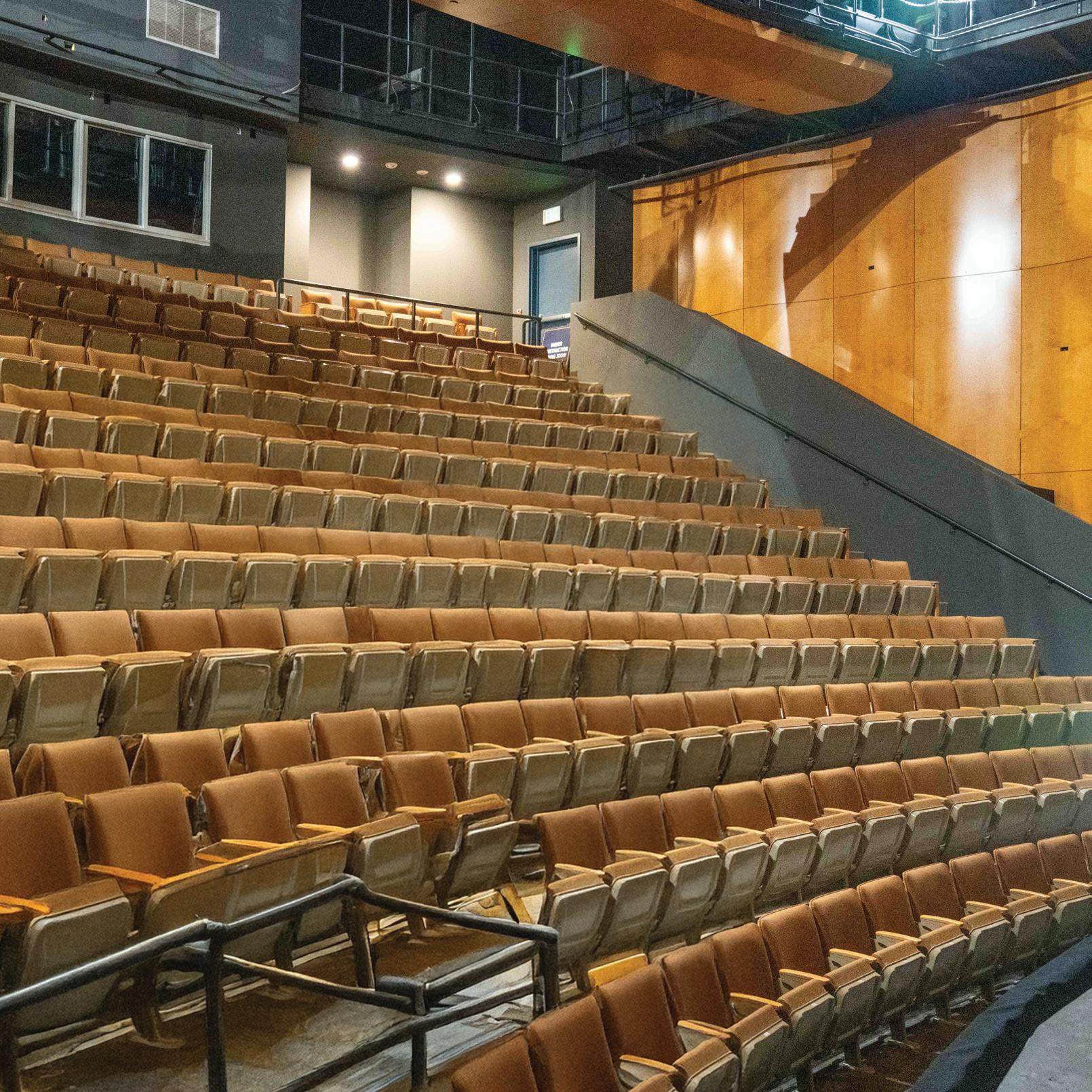
Allison & Bennett Rosenthal Theater
Looking ahead to the Fall, we are thrilled about the partnerships already forming between departments through the LA River Project, the Big Windward Read, and the Collaborative Arts Festival. A reminder that this space was built not just to house ideas, but to connect them, and with the Allison & Bennett Rosenthal Theater as our mainstage, a professional-grade venue, we now have the space to showcase student, faculty, and guest collaborator work at the level it deserves. - Alesia Young, Co-Director of Programming and Special Projects
We're thrilled to present our Upper School Fall musical, “Urinetown”, in our new, state-of-the-art venue! Thanks to our continued collaboration with talented professional designers across Los Angeles, we're excited to make dynamic artistic and aesthetic choices that will shape a truly exceptional production. The expansive stage, advanced technical capabilities, and larger audience capacity will allow our student actors and technicians to achieve a new level of performance excellence. - Jordan Fox, Director of Theatre and Dance
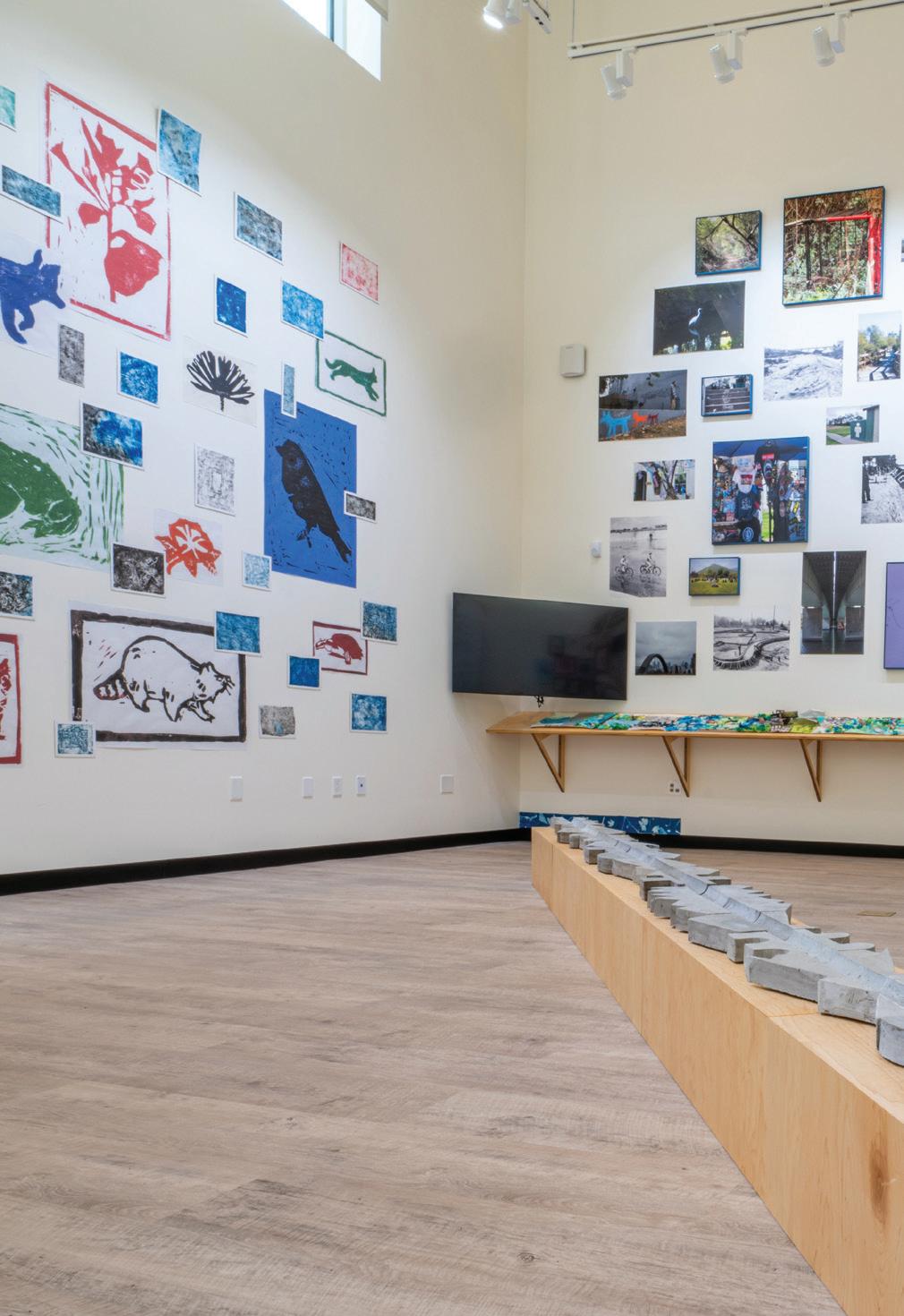
Community Keynote Stage & Recital Hall
The Community Keynote Stage & Recital Hall will be a hub for experimentation and shared creative inquiry—not just within the arts, but across the school community. We’re especially looking forward to collaborative programs in 2025–26 that link movement and media, original music and dance composition, and poetry and film. Our Collaborative Arts Festival, which will debut its third year throughout several spaces in the IAC, will highlight this bold body of student-generated work in a whole new way, expanding what’s possible for our students—not just in how they move, but in how they think, create, and collaborate. - Alesia Young, Co-Director of Programming and Special Projects
This Fall, our beloved W!T (Windward Improv Troupe) Faculty Match will be held in the Community Keynote Stage & Recital Hall. We're so excited for this fantastic venue to beautifully showcase our talented improvisers and wonderful faculty, promising an experience filled with hilarious moments and unforgettable fun. - Jordan Fox, Director of Theatre and Dance
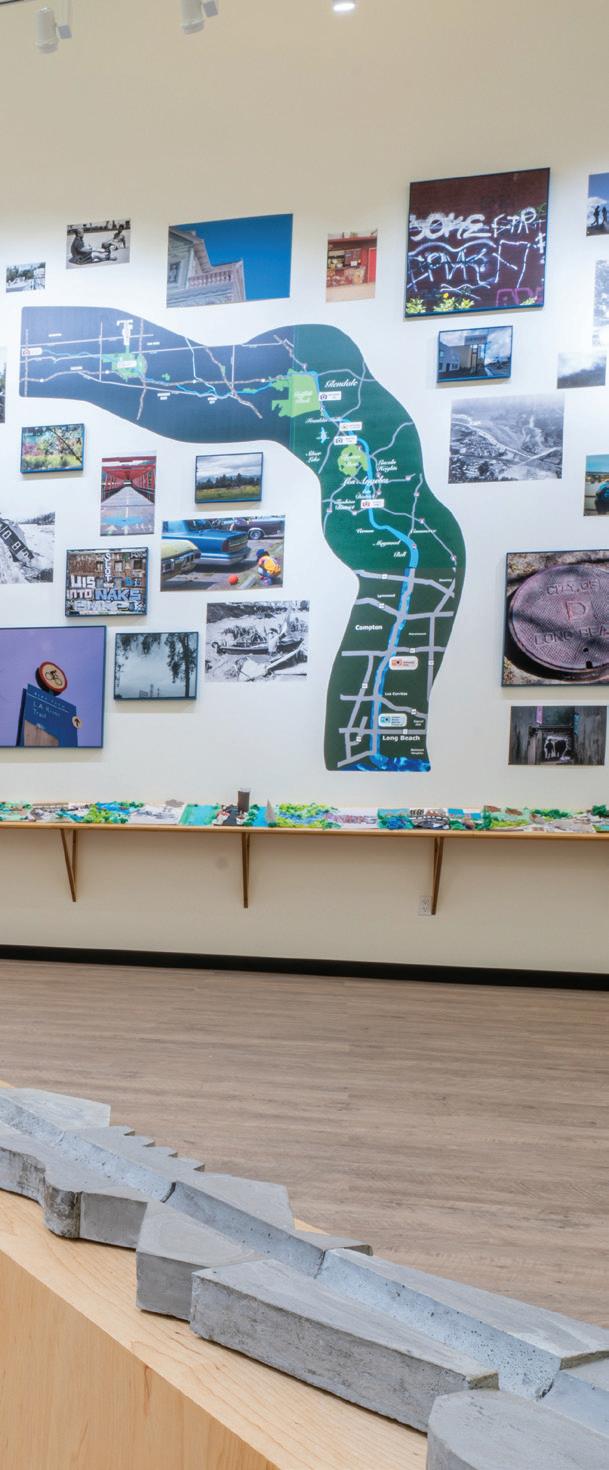
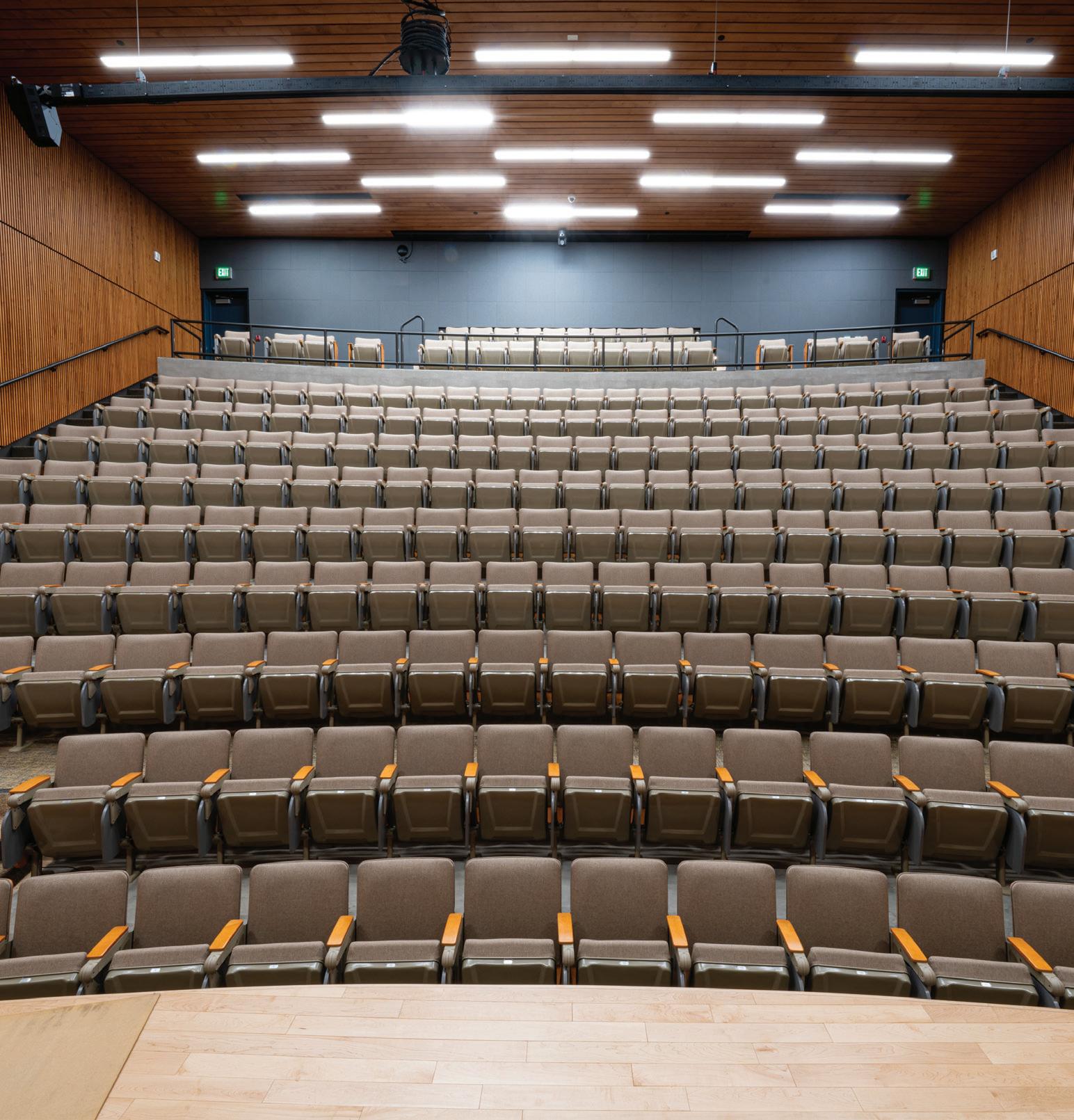
Art Gallery
With each of the five scheduled annual exhibitions, Windward’s collective energy and passion will be on display. While so much excellent pedagogy continues to be developed and refined by faculty and students alike, it’s not always visible to our community. Exhibitions showcasing interdisciplinary ideas from all departments, comprehensive work from Visual & Media Arts students, pairings of faculty artists with alumni in creative fields, and on-site work by contemporary Los Angeles artists will ensure a schedule that puts Windward’s imagination, vision, skill, and partnerships first and foremost. With all exhibitions, parallel programming (talks, readings, screenings) that emphasize curatorial themes will expand the ideas informing each exhibition.
Collaborative work highlighting cross-curricular ideas will be the hallmark of each first Fall exhibition. This year, from August 25 - October 10, our opening show will be “Wade in the Water: The Los Angeles River”. Two years in the making, and including the work of over 20 faculty and 100 students, this exhibition will explore the intersections of world language, science, writing, poetry, sculpture, drawing, painting, film, animation, and dance. In addition, Windward is publishing a poetic “field guide”of student work guided by faculty from the Science, English, and VMA Departments, titled “I Am It & It Is Me: An Inquiry into LA River Life”. This unique work created exclusively for the exhibition will also include new, commissioned poems on the LA River by established Los Angeles poets. - Tony de los Reyes, Co-Director of Programming and Special Projects
IDEA FLOOR
The IDEA Studio and IDEA Incubator Lab will present unique opportunities for pedagogical collaboration and interdisciplinary work by providing hands-on, interdisciplinary experiences using cutting-edge tools. With equipment ranging from advanced software to milling machines, 3D printers, and electronics, students can collaborate on rapid prototyping in a highly creative environment, bridging the gap between theory and practice, enhancing student engagement, and skill development.
- Jim Bologna, Senior Director of Innovation and Technology
IDEA Studio
Bringing the advanced computer science classes into the IDEA Studio and Lab will give students a hands-on learning experience. They will have access to advanced fabrication tools, opening up new avenues of research. Advanced Software Engineering students can design and prototype real-world applications, integrating algorithms and data structures with physical computing, such as smart devices or autonomous systems, enhancing technical and collaboration skills. Students in the Topics in Artificial Intelligence can explore AI through hands-on projects like computer vision systems or reinforcement learning robots, deepening their understanding of AI ethics and model behavior in real-world contexts. And our Computational Science Capstone students can leverage access to microcontrollers, electronics, and robotics components in the IDEA Lab to bring their ideas to the next level through sophisticated, high-impact prototypes that bridge theory and practice. - Jim Bologna, Senior Director of Innovation and Technology
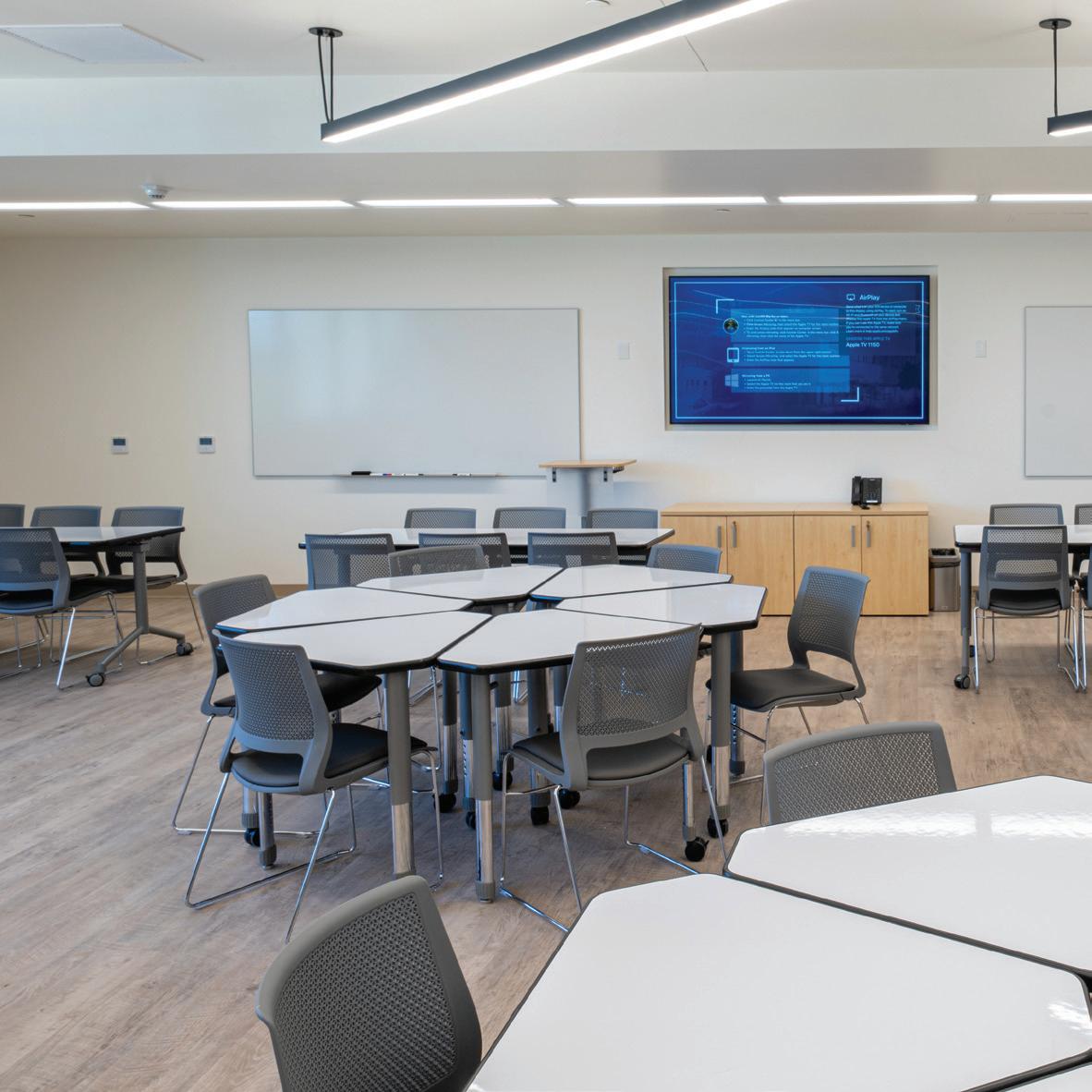
We're se excited for our community to experience these amazing new spaces and many others, including:
The McMorrow Family Lobby
The Allison & Jeff Mirkin Family Mezzanine
The Gordon-Schwartz Family Gallery - Celebrating Windward History *design subject to change Sky Deck
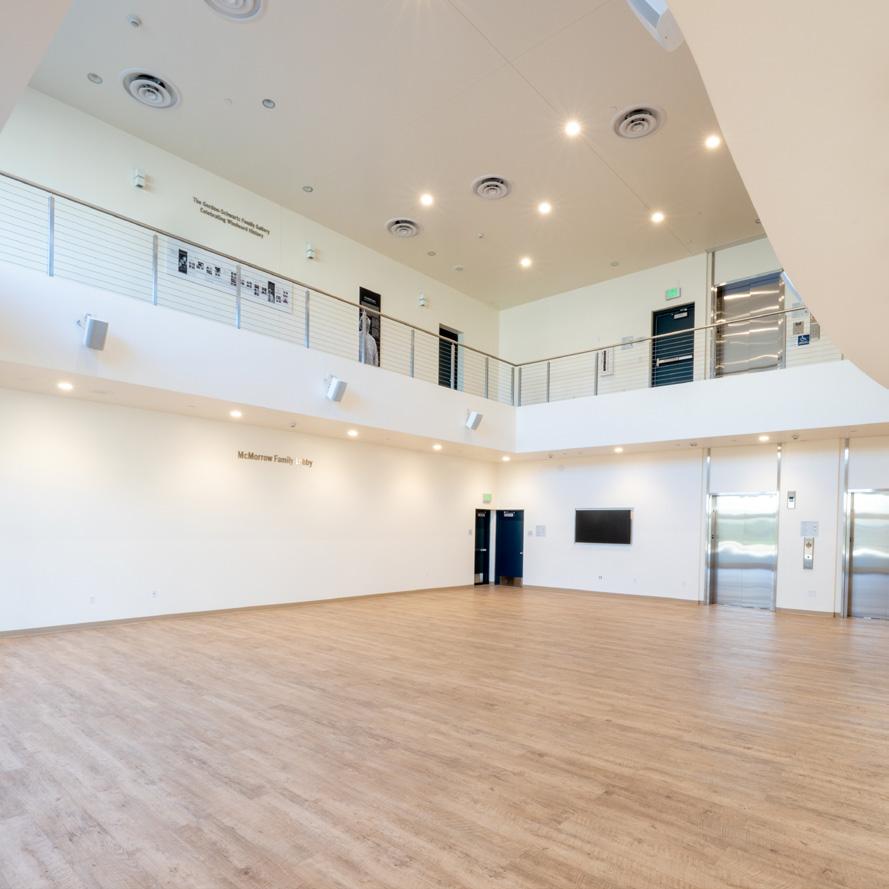
IDEA Incubator Lab
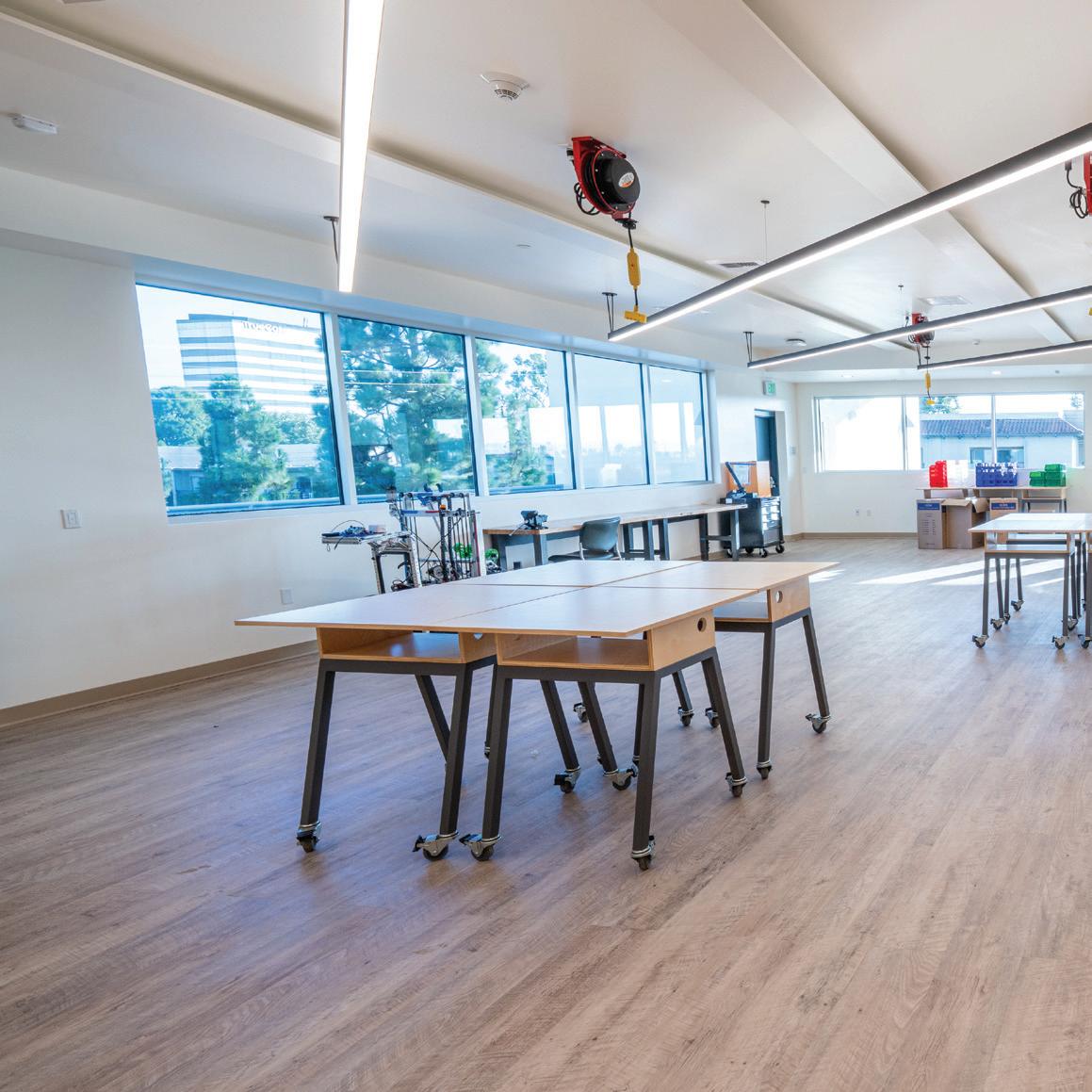
I am most excited about our new Honors Mechatronics class, a multi-disciplinary endeavor taught by Rhazes Spell and me. Students in the course will be integrating concepts of mechanical engineering, computer-assisted design, practical computing, artificial intelligence, and control. Students will ideate high level designs in the IDEA Classroom or IDEA Lab breakout rooms, develop detailed CAD plans with VR or standard computing resources and then bring these designs
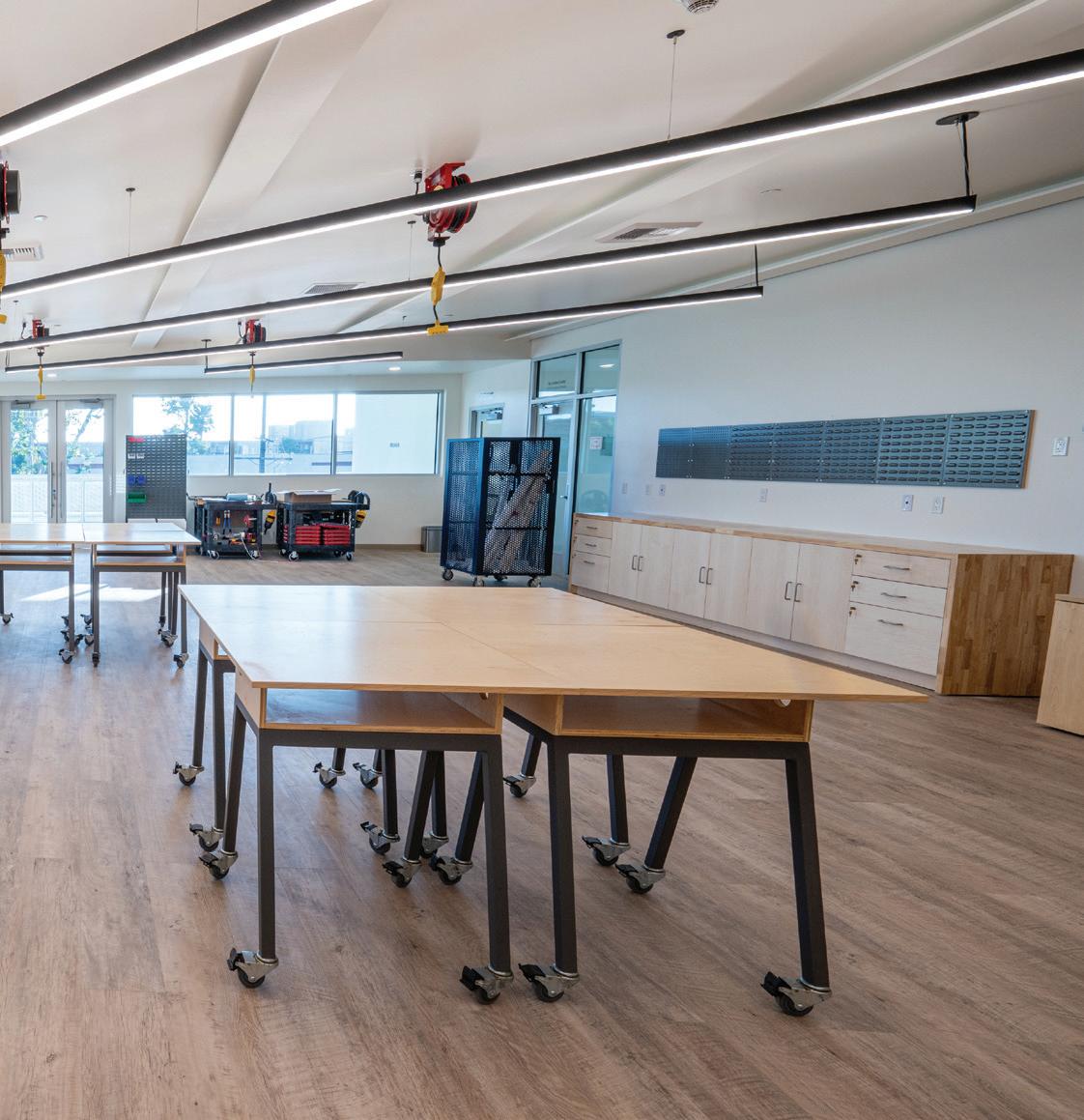
into the fabrication and electronics spaces of the IDEA Lab. Working in conjunction with our new IDEA Lab Specialist, students can consult and be trained on tool use in the space at the exact time they want to create. In the past, each one of these steps might have required a room change, equipment acquisition, or personnel appointments. Now, projects and classwork can move at the speed of student creativity! - Jim Bologna, Senior Director of Innovation and Technology
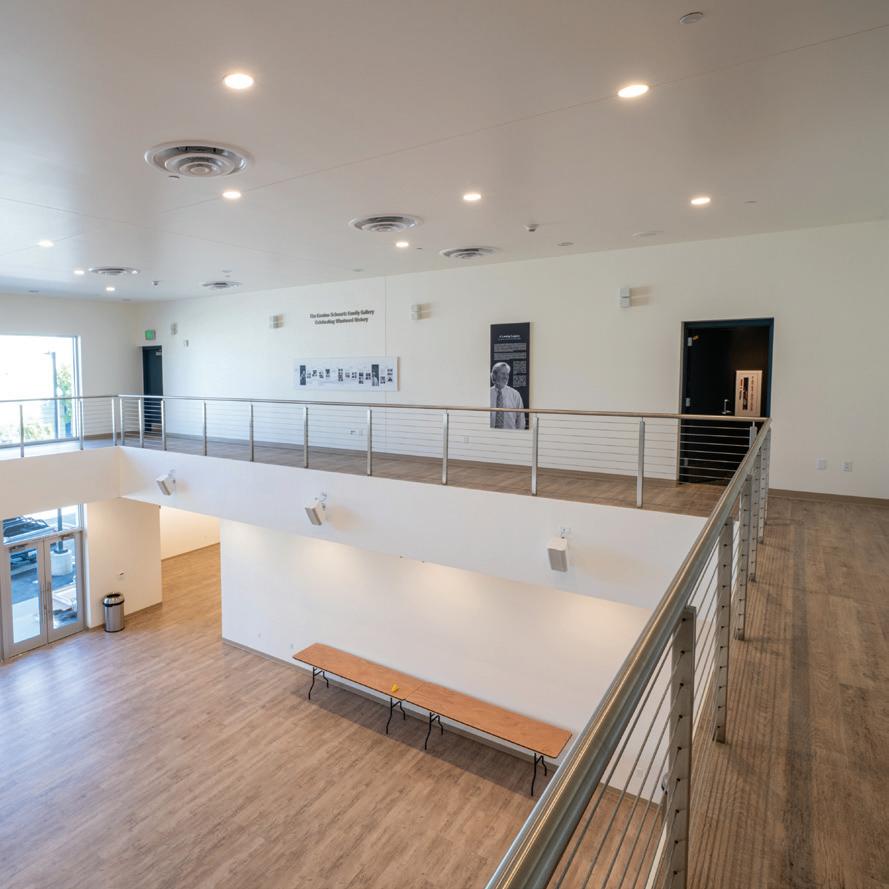
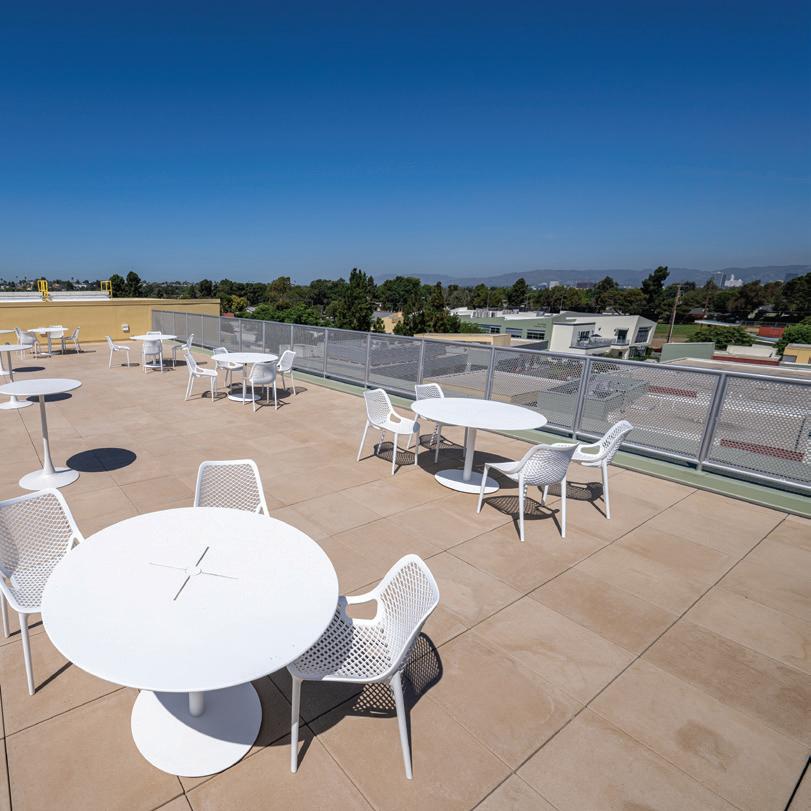
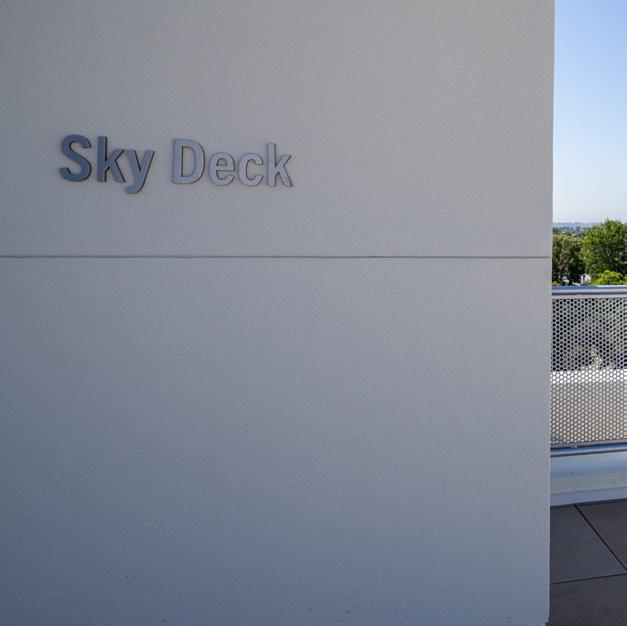
THINKING
Computational Thinking in Action in CODE
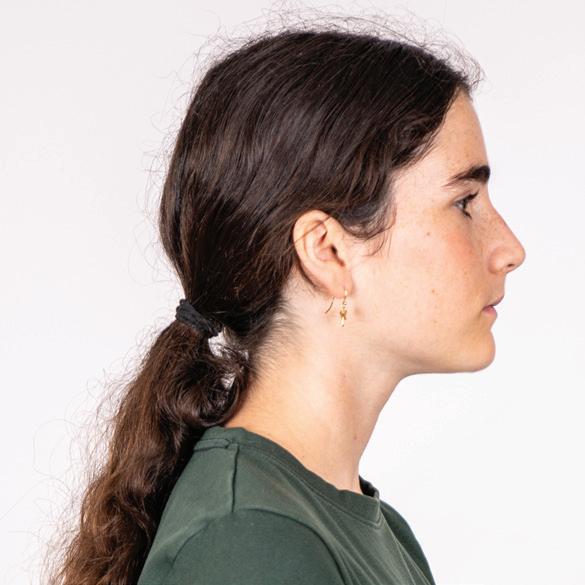
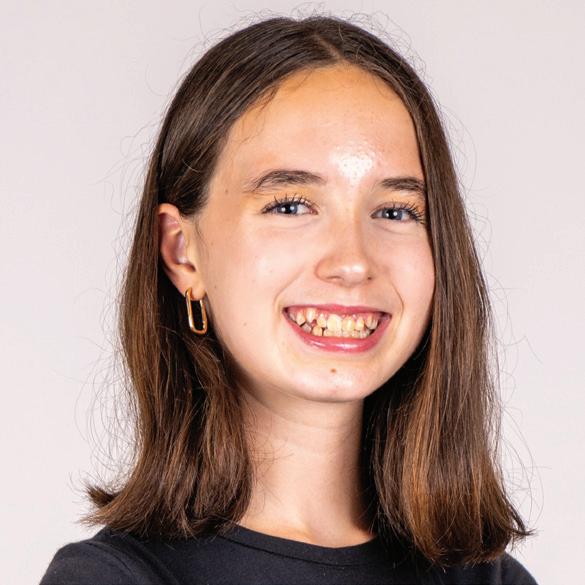
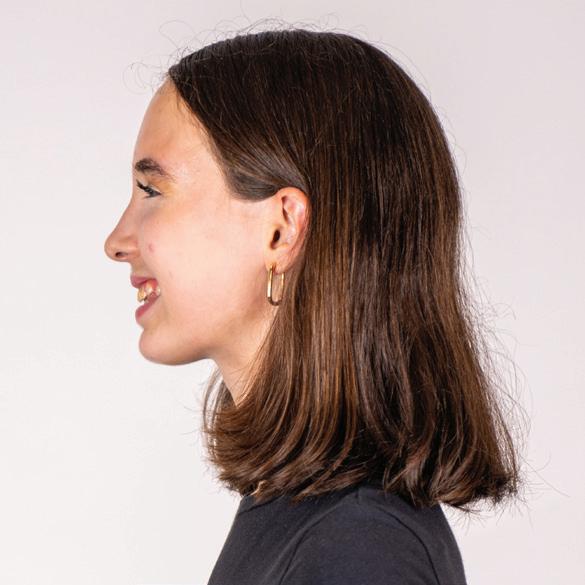
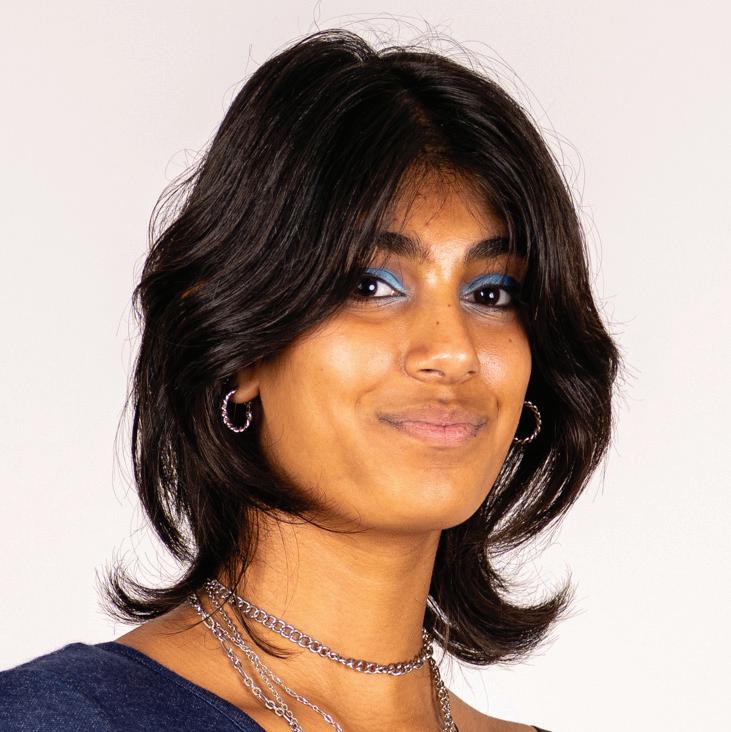
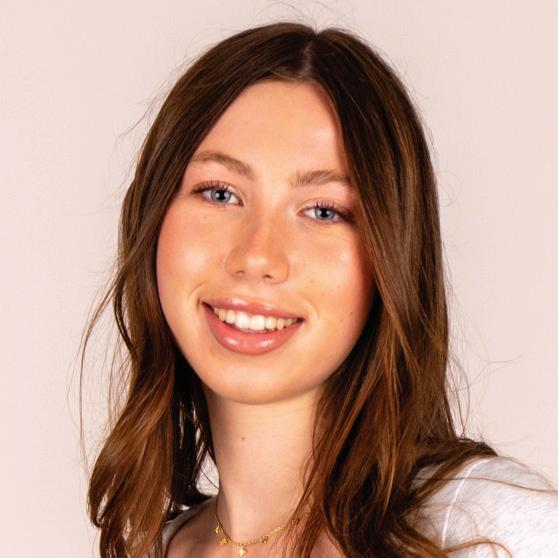
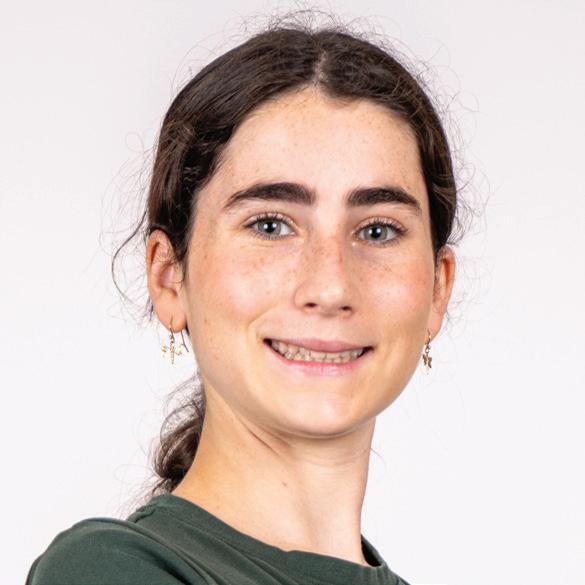
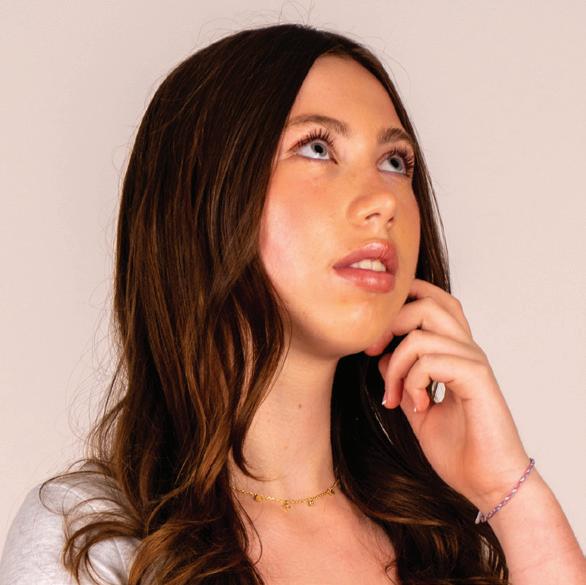
Aspart of Windward’s ongoing partnership with the Global Online Academy (GOA), four students—Aria Schorr ’29, Laila Chudgar ’29, Sofia Stolz ’29, and Vivian Shikiar ’29—enrolled in the Middle School Computational Thinking course this past Spring, becoming the first-ever Windward Middle School students to participate in a GOA class. The course introduced foundational problem-solving strategies through a blend of coding challenges, collaborative projects, and independent work—all designed to help students “think like computer scientists.”
“I took the course because I wanted to improve my coding skills for robotics,” says Aria. “This was my first computer science class, other than some short coding classes over the Summer.”
“I’m on the robotics team,” Sofia shares, “and wanted to learn more about computer science so I can put that knowledge to use on the team.”
For Laila, the course offered her the opportunity to test her curiosity. “I knew the basics of coding, but I wanted to take an official class to see if it was something I might want to pursue in the future.”
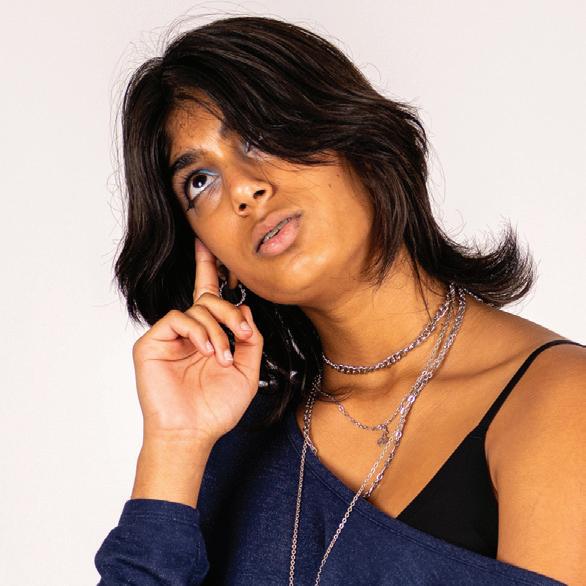
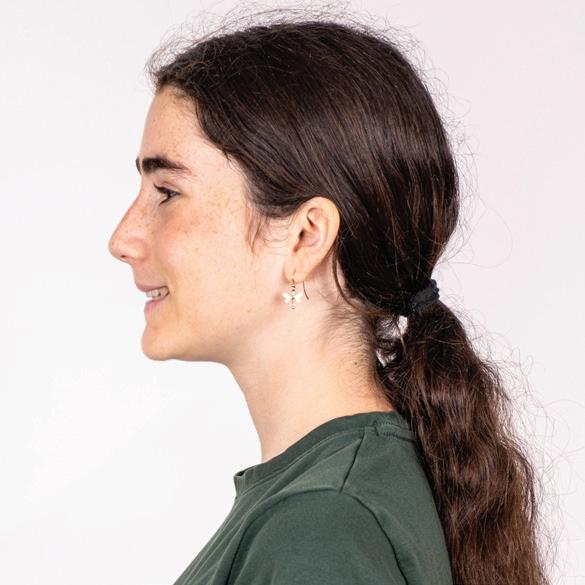
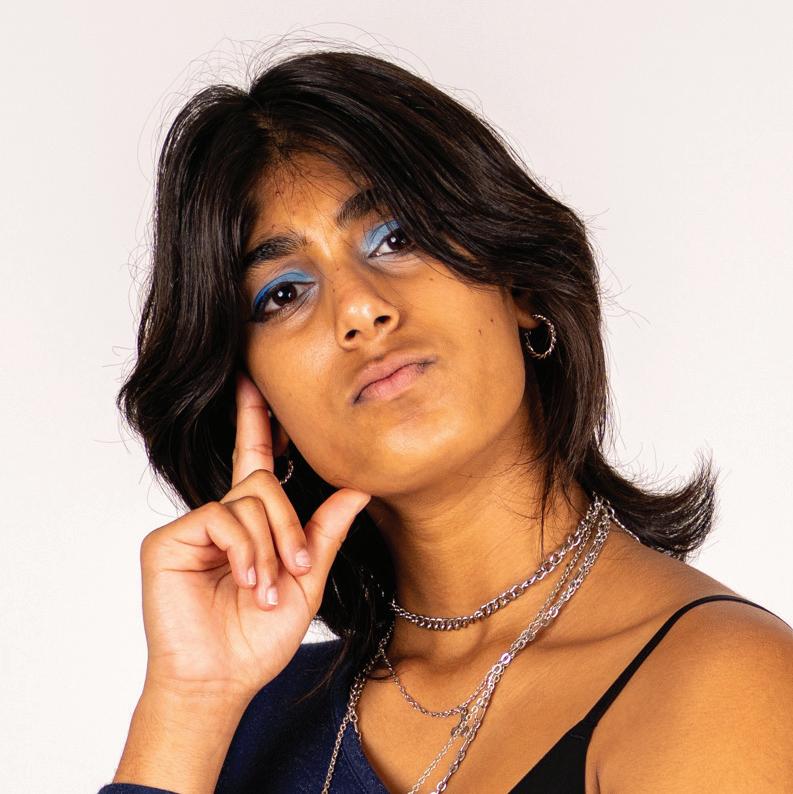

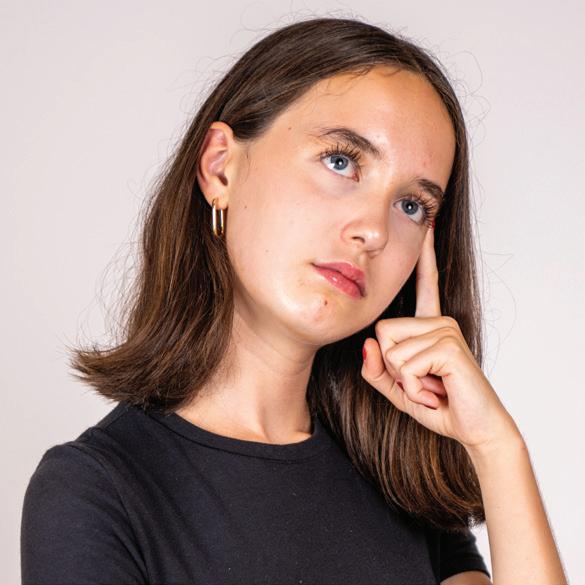
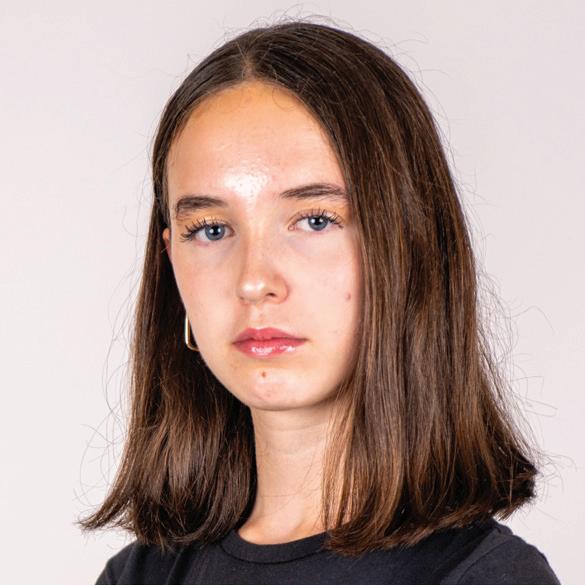
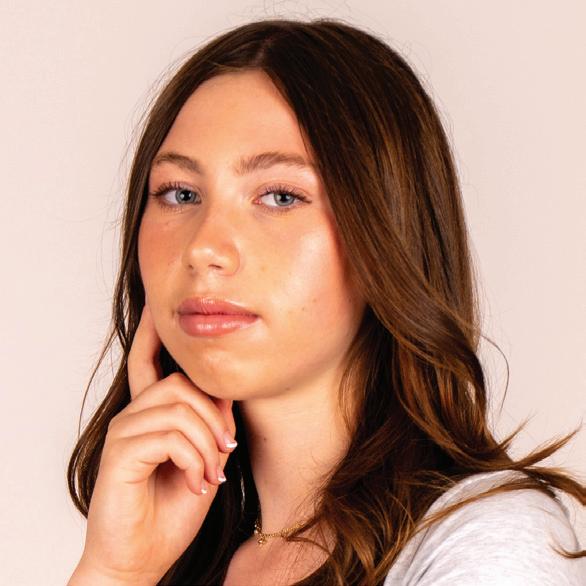
Over the course of the semester, each student developed their own interpretation of what it means to think like a computer scientist. “The course focused a lot on problem solving in a methodical manner,” says Laila. “I’ve learned the importance of looking at the big picture instead of getting caught up in the small details.”
“For me, [thinking like a computer scientist] means having a different way of approaching problems,” Sofia explains. “It taught me to think more logically and to take a more structured approach to fixing problems. Adds Aria, “Some of these methods include breaking down larger problems into smaller pieces, using pattern recognition, and only focusing on important details.”
As students explored more and more advanced concepts, hands-on projects helped them stick. “My favorite project from the course was creating a website about Los Angeles,” shares Aria. “I enjoyed coding and designing the website.” Sofia gravitated toward the creative freedom of the snowflake Python challenge. “We had to code a snowflake using python turtle code. I found it very fun and creative.” For Laila, it was the opportunity to work with peers that proves to be a highlight. “It was great to get a different perspective on projects or assignments. Sometimes I was able to fix a bug or issue because of my classmate!”
Computational Thinking in Action


While the lessons were many, progress came gradually. “There wasn’t a singular moment where everything clicked,” Aria explains. “The learning was more progressive, and by the end of the course I was able to code using different languages.”
Sofia remembers the challenges of debugging a piece of Python code. “Instead of getting really annoyed, I used the skills I had learned in the past to take a more logical approach to fixing the code.”
Though fully online, the students found the program to be enjoyable and collaborative. “I was surprised by how engaged I was,” says Aria. “The format made it easy and fun to learn because we had weekly Zoom meetings, discussions with students from around the world, time to work independently, and platforms to share our work.” Laila agrees, noting: “It was all very new of course, because I hadn’t taken many online classes before, but Windward did a great job of supporting us on the other end.”
For Jim Bologna, Windward’s Site Director for GOA, the students’ success underscored the strength of the platform.
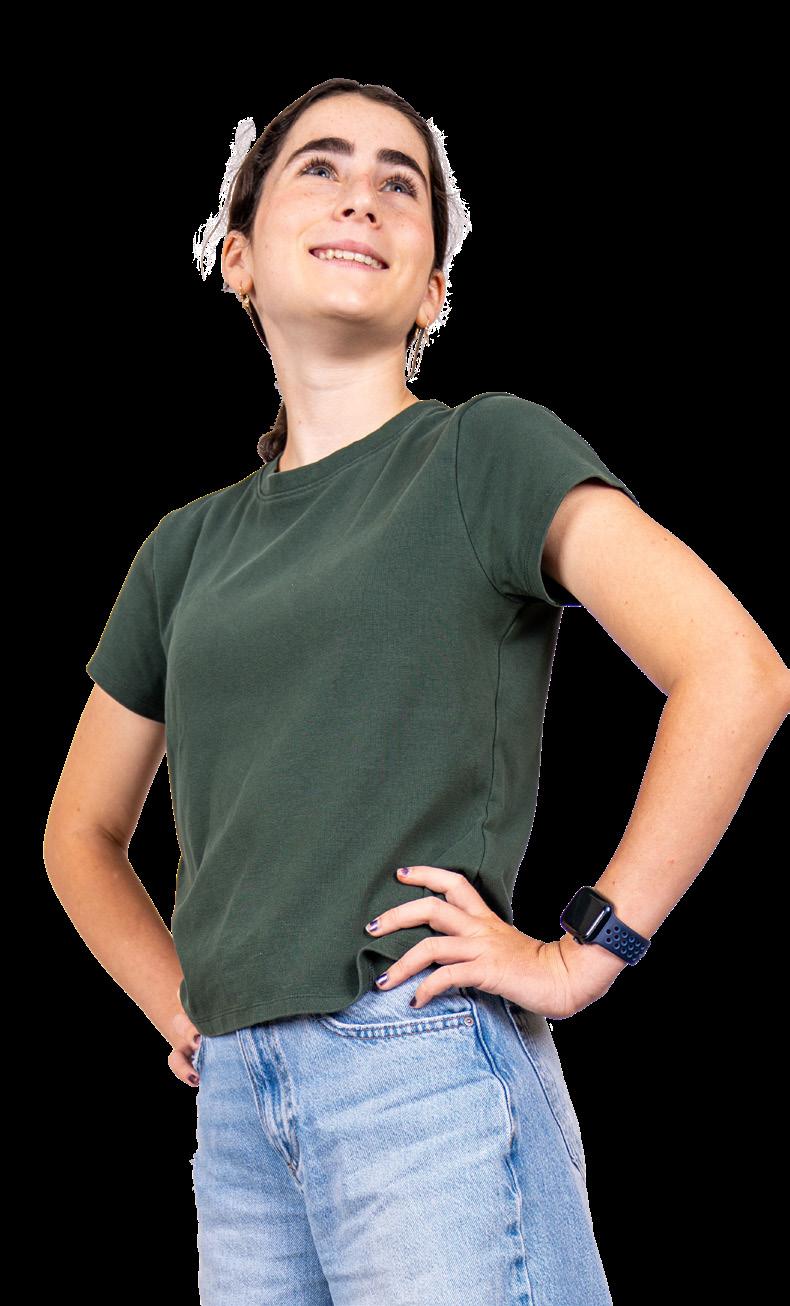
“Global Online Academy courses are mostly asynchronous and require students to manage their own time effectively and develop skills in collaborating with people who do not share their location and communicate and empathize with those who have different perspectives from their own,” he explains. “These skills can be challenging for any age level; however, our Middle School students adapted to the online format quickly and excelled throughout the semester!”
While ultimately coding-centric, the students also found value in the course beyond the classroom parameters. “Computational thinking can be applied to life generally,” notes Aria. “You can apply the same thinking to life by looking for ways to do less to get the same result.” Adds Sofia, “I will use the strategy of solving problems that I learned in GOA in the future in programming, but also in life.”
For students curious about starting their own coding journeys, the group had simple advice. “Don’t be afraid to try it,” says Aria. “Start small to see if you like it. But, also give it some time, because the
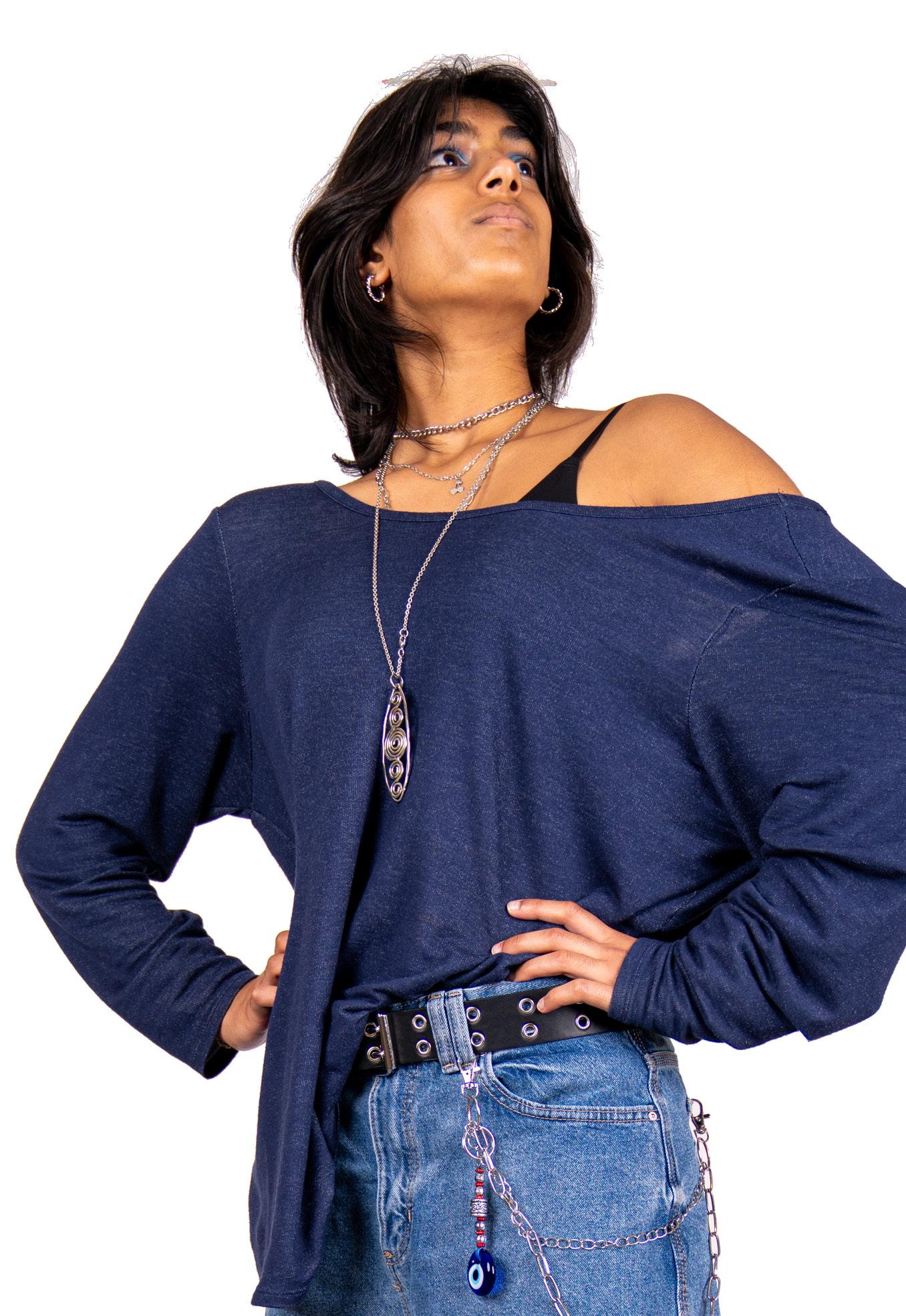
more you learn, the easier and more enjoyable it becomes.”
Laila suggests beginning with block-based coding. “The first thing I ever coded was on the website Scratch, which I really recommend for complete beginners.” For Sofia, patience is key. “Don’t get frustrated. Take your time and try to look deeper in every step of the code and why it is necessary. Overall, just try until you get it right, since it probably won’t be perfect the first time.”
Looking back, the group takes pride in being part of something new. “It’s exciting and rewarding to be part of the first Middle School group to take the class,” says Aria. “I don’t know what to expect, but I’m so glad I did it.” Laila appreciates the shared experience. “Most of the other people from Windward taking the course are my friends, so it’s great being able to talk about the course with them.” Adds Sofia, “It’s fun being able to give feedback and help the next group of students maximize their learning even more.”
(For more on Aria and her coding journey, see page 46.)
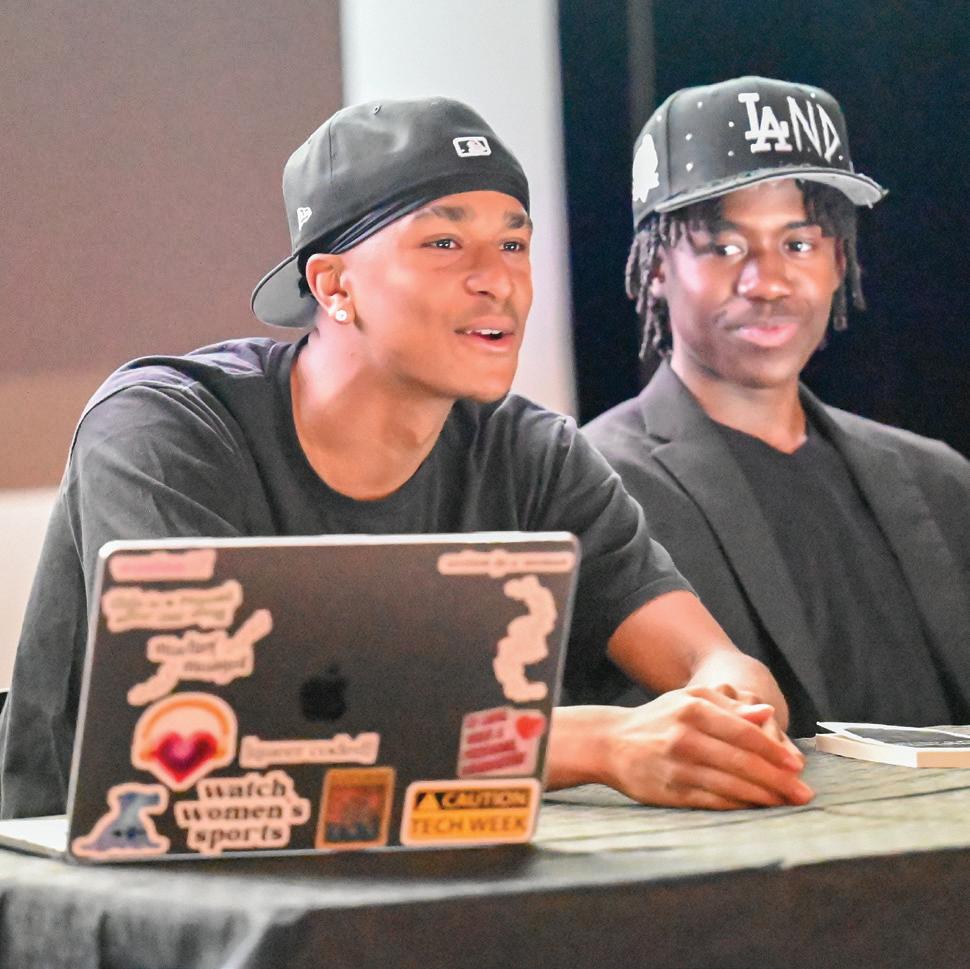
THEIR
Windward’s Capstone Program Journey THEIR WAY
At Windward, learning doesn’t follow a one-size-fits-all model. Students are invited to chart their own intellectual and creative paths—asking big questions, testing new ideas, and pushing the boundaries of what’s possible. That spirit is perhaps best embodied in the School’s Capstone programs: two signature experiences that serve as transformational bookends to a Windward education.
From the first reflection in Middle School to the final presentation in 12th Grade, Capstones offer students the opportunity to explore their passions, showcase their growth, and take ownership of their learning. What begins as an introduction to self-awareness and creative risk-taking evolves into a yearlong deep dive into scholarship and collaboration.
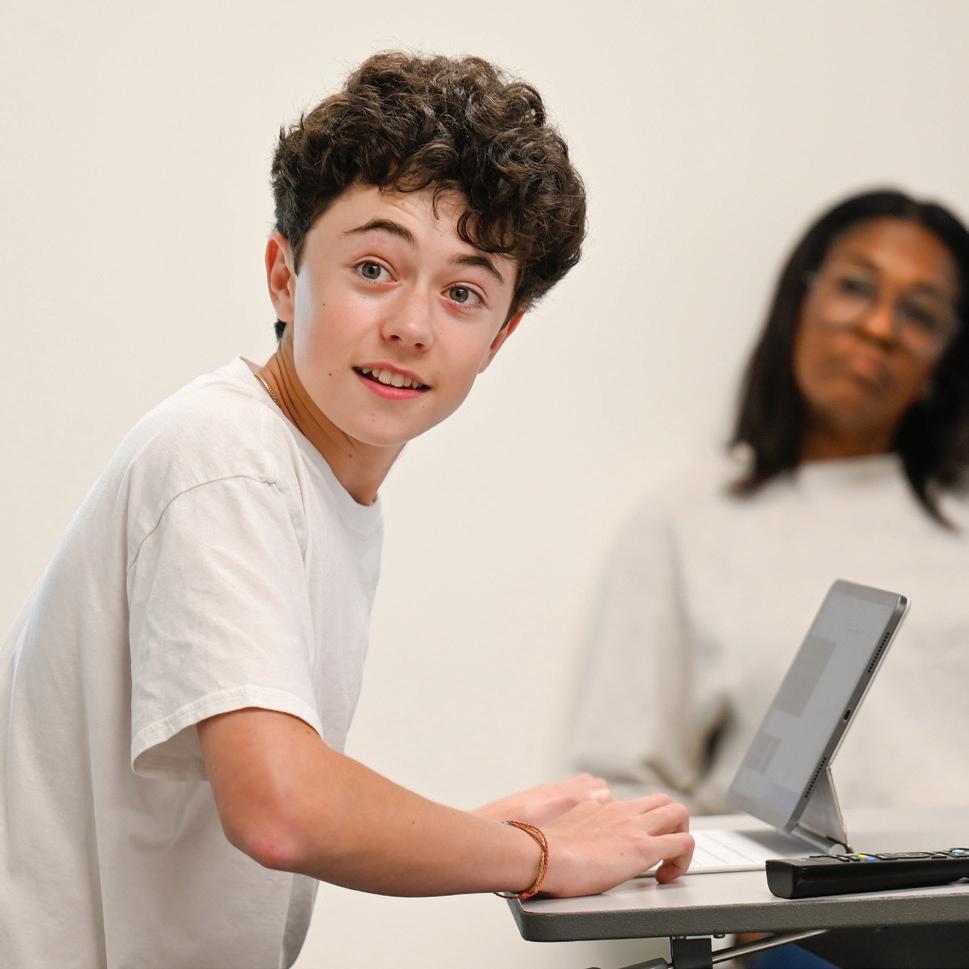
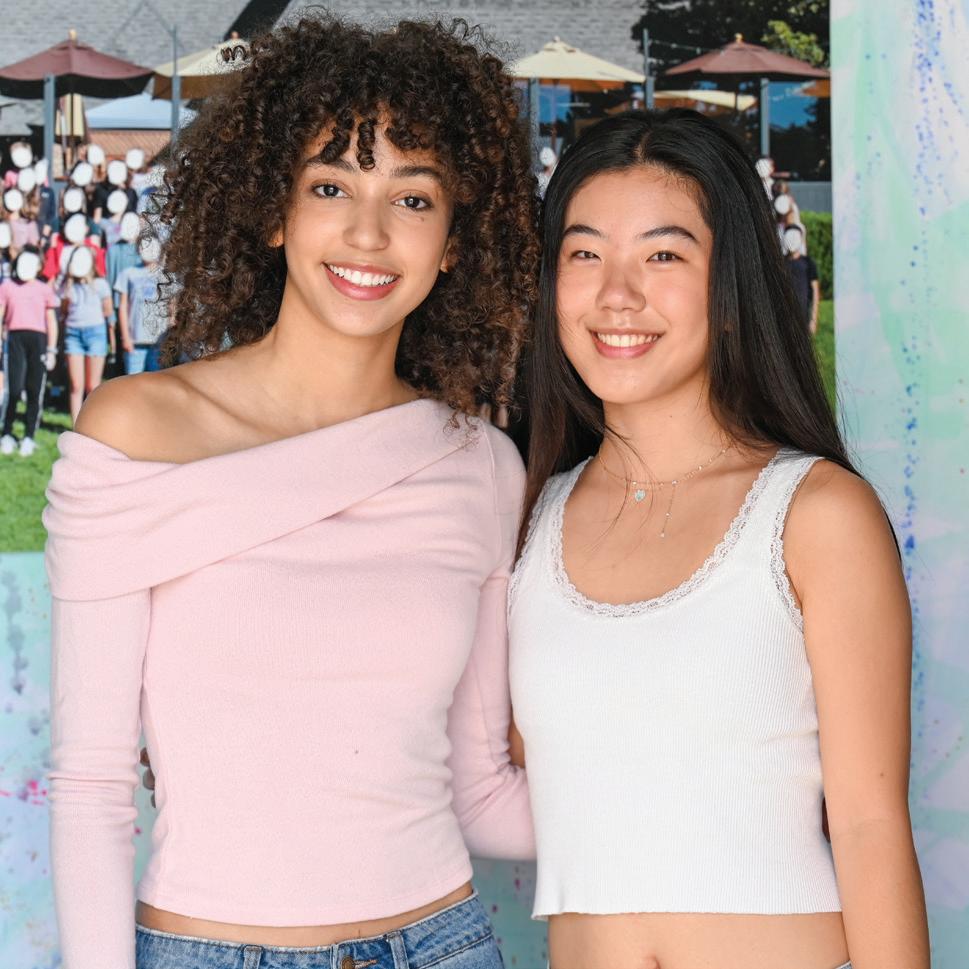
While the Capstones are designed to mark transitions, they also serve to connect Windward’s 7-12 journey as one continuous arc. “People are often surprised that Windward is 7-12 and that we don’t graduate kids from 8th Grade,” says Emily Dawe, Associate Director of Middle School and Capstone Lead. “That’s intentional. It’s a six-year program. The Middle School Capstone Program is a way to recognize the end of one phase and the beginning of another.”
That desire to mark the transition with purpose—rather than just celebration—led to the creation of the 8th Grade Capstone. “It’s a structured opportunity for students to think about what they’ve gained, what they want to carry forward, and what they’re ready to leave behind,” Emily explains.
Windward’s Capstone Program
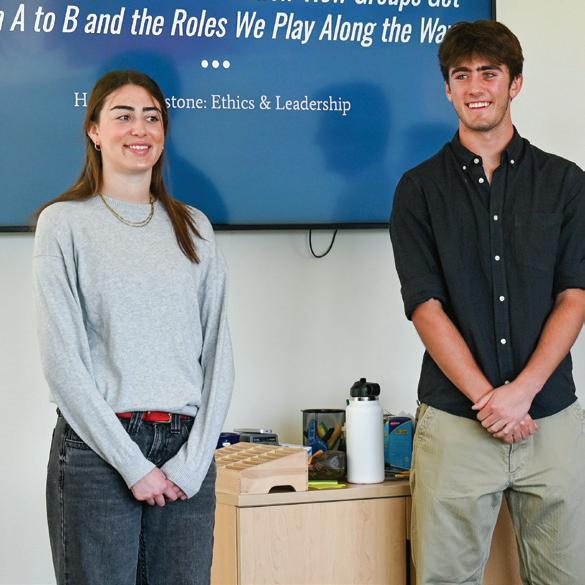
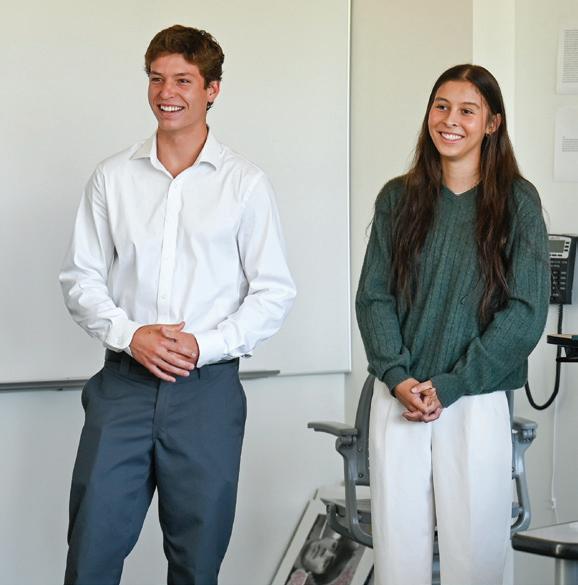
A Capstone is not a last-minute assignment—it begins in 7th Grade. Students build digital portfolios framed by Windward’s Core Competencies, which guide the development of essential skills and habits of mind across all subject areas. These include qualities like resilient problem-solving, inclusive leadership, and effective communication. As they move through 7th and 8th Grade, students collect work from all corners of their experience: early writing samples, artistic creations, academic projects, leadership moments, even personal milestones like bar or bat mitzvahs. The goal isn’t perfection, but progress.
By the Spring of 8th Grade, each student selects one competency to explore more deeply. They then design a creative project— anything from a choreographed dance to a family meal—that embodies their development in that area. The final step is a public presentation, delivered to peers, younger students, and faculty. “It leans into what they’ve identified as a strength,” says Emily. “And it gives them a chance to say: ‘Here’s what I’ve learned—and here’s who I am.’” While the outcomes vary, the value is consistent. Some students pour themselves into the process with passion; others are still developing the confidence to take full ownership. But all leave with a clearer sense of how to reflect, how to express themselves, and how to move forward.
That mindset carries into the Senior Honors Capstone, where students spend an entire year immersed in a topic, question, or creative pursuit of their choosing. Whether they’re designing a
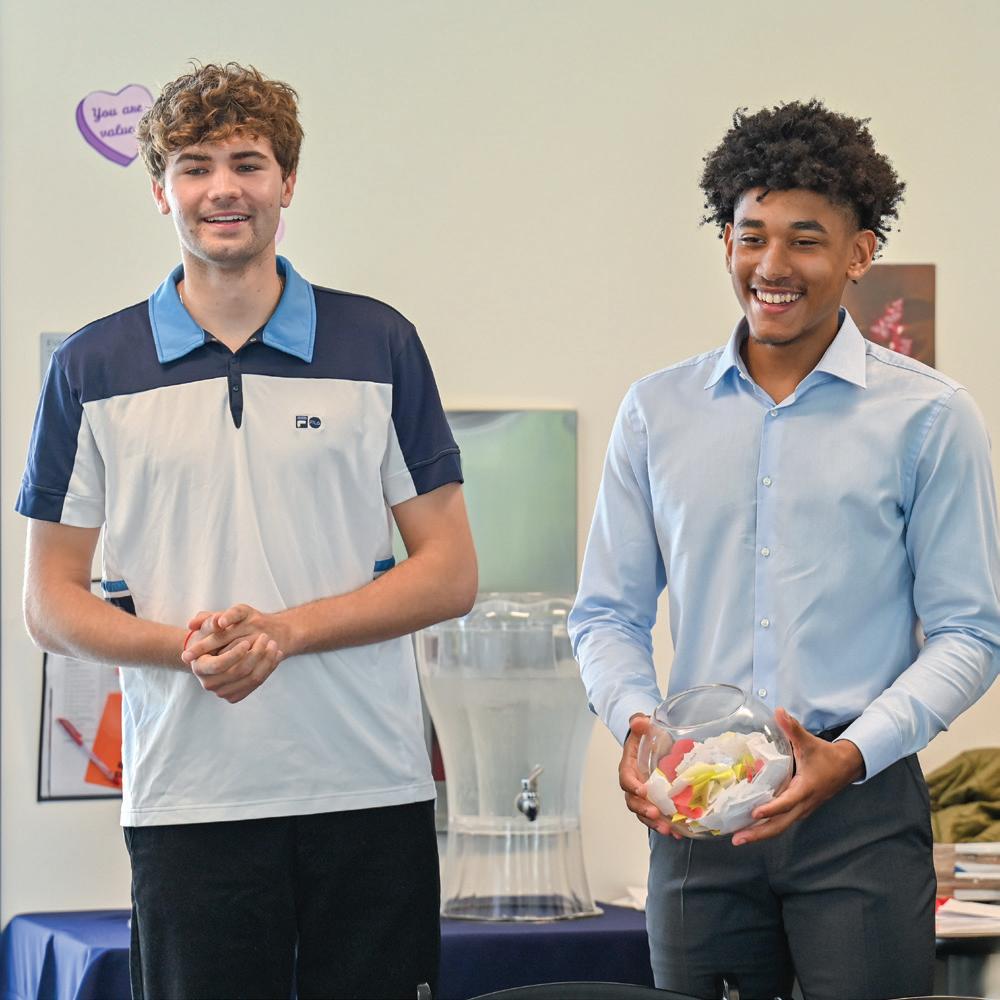
study in molecular biology, directing a collaborative short film, or exploring leadership through ethical dilemmas, the focus is on depth, independence, and meaningful scholarship. “They’re learning from experts in their field—faculty members who are deeply committed, and in many cases actively working in those fields,” says Dahlia Morrone, Associate Director of Collegiate Division and Senior Honors Capstone Director. “They’re developing skills they’ll use in college and beyond, while building relationships with mentors who know how to guide and challenge them.”
Students select their Capstone course in the Spring of Junior year with support from faculty and college counselors. Some arrive with a clear idea of what they want to study; others use the Fall to explore. For those still unsure, the early months are filled with models, case studies, and collaborative work meant to spark inspiration. The structure varies by discipline: some students produce academic papers or conduct field research, while others stage performances or create more media-driven presentations. The common thread is process. Each Capstone ends in a formal presentation—Windward’s Capstone Colloquium—where Seniors share their work with their peers, their families, and Windward faculty. “There’s something very powerful about standing up and saying, ‘This is mine. I made this. Here’s why it matters,’” Dahlia says. “It’s a public act of scholarship. And it’s one of the final ways that they’ll share their work as Windward students.”
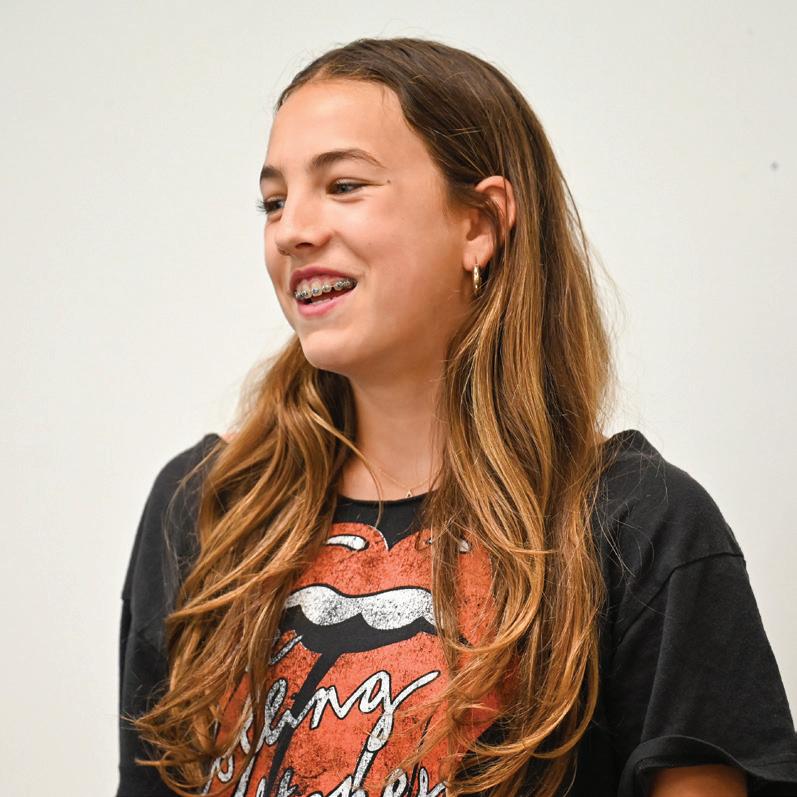
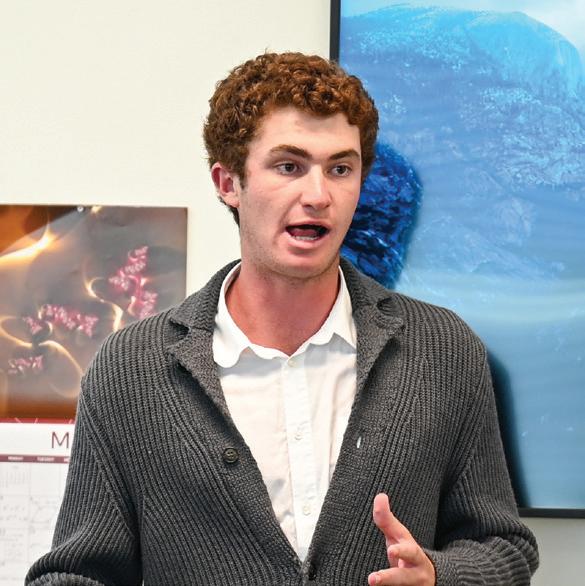
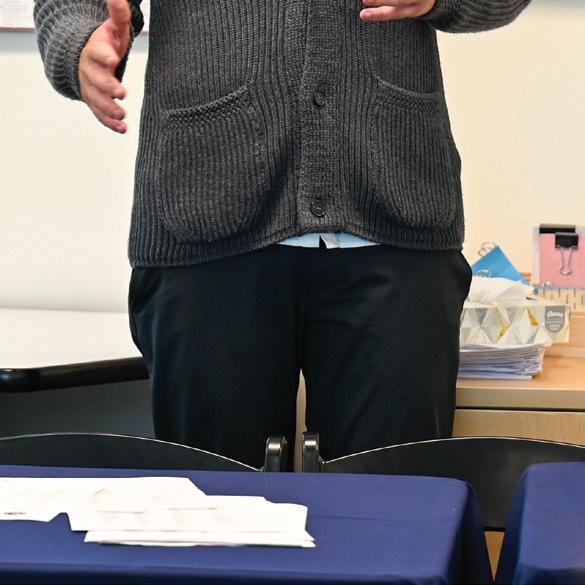
What’s more, graduates often reflect on how the Capstone experience prepared them for college. Dahlia recalls multiple instances where alums returned to campus and shared how prepared they felt. “They were teaching their classmates how to write thesis statements, how to do a literature review, how to manage a 10or 20-page research paper,” she says. “Year after year, they tell us: I was ready because of Capstone.”
That readiness is reflected not only in how students perform, but in where their passions lead them. Alesia Young, advisor for the Collaborative Arts Capstone, notes that several students from the program are now heading to some of the most competitive arts institutions in the country—Carnegie Mellon, Juilliard, Parsons, Cooper Union, NYU, LMU Film, UCLA Theatre, to name a few. “We imagine this list is even bigger class-wide,” Alesia says. “But within Capstone alone, we’ve seen students grow into their artistry through thoughtful participation in Windward’s arts education—and now deepen that exploration as they pursue their passions in college and beyond.” The numbers, she adds, seem to grow every year.
While the 8th and 12th Grade Capstones are distinct, they are connected by a shared commitment to student voice, personal growth, and the core competencies that anchor Windward’s educational philosophy. Plans are underway to make that connection even stronger in 2025. This year, all Juniors will attend
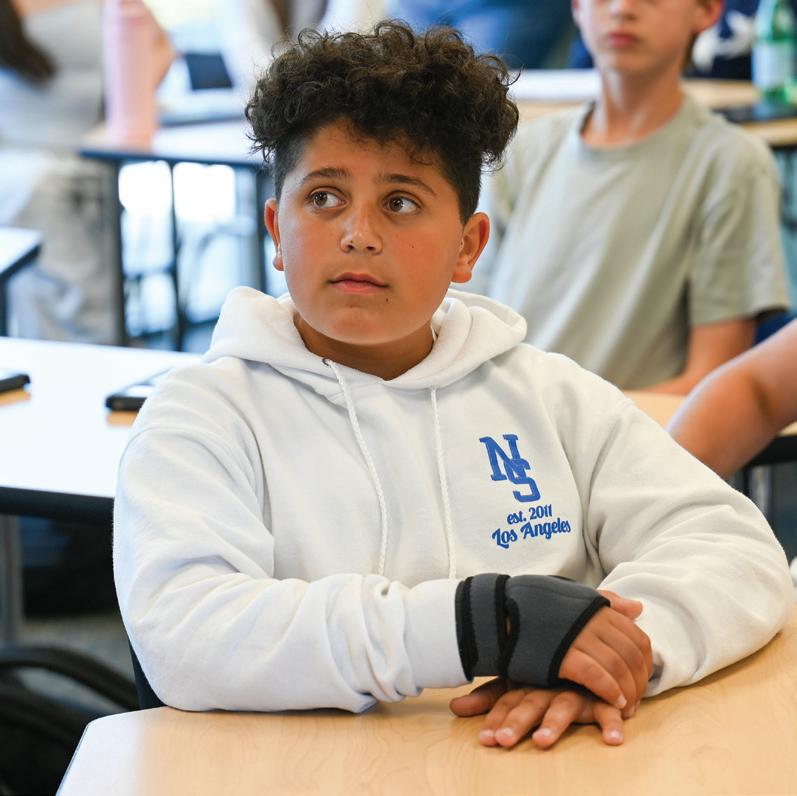
Capstone Colloquium events, with future plans to involve 9th and 10th Grade students as well. “We want them to say, ‘I’ve done this before—and I’ll do it again,’” Emily says. “‘I know how to reflect, how to grow, how to tell my story.’”
That full-circle approach to learning gives students the tools to discover and define success on their own terms. “Rigor comes in many shapes and sizes,” Dahlia says. “Academic excellence, pursuit of knowledge, ideation—it looks different across different fields.” That’s why Windward’s Capstone program includes offerings that vary from the hard sciences and data analysis, to social sciences and the arts, to the humanities and leadership. “It helps to diversify students’ and families’ understanding of what excellence is,” Dahlia explains. “We’re trying to convey that rigor doesn’t have one look.” She adds, “Excellence doesn’t look the same for every student—and it shouldn’t. What matters is that we’re giving them the opportunity to explore what they care about and the support to follow through.”
Windward’s Capstone Program encourages thinking that goes beyond simply completing an assignment—they generate personal milestones, moments of clarity, and invitations for additional growth. “It’s a culmination, yes—but it’s also a beginning,” says Dahlia. “They’ve spent years building the skills to do something meaningful. Now they get to show what they’ve learned— and who they’ve become.”
TEACHERS
Teaching TEACHERS
Windward’s Professional Learning Groups
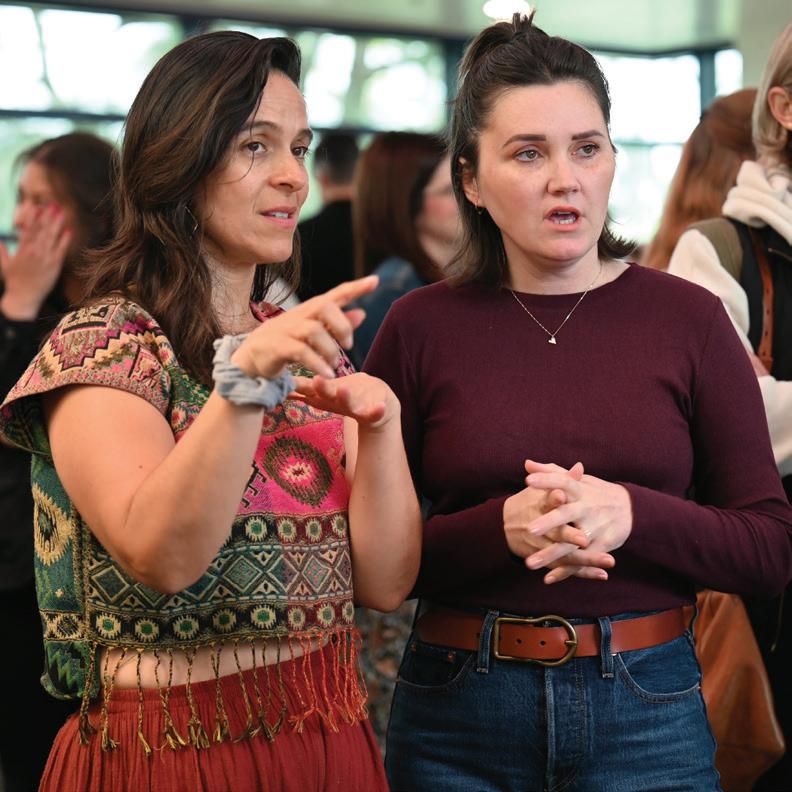
Professional learning doesn’t just happen off campus. More and more, it’s happening in shared spaces, across departments, and in focused conversation between colleagues. In 2024–25, the School, in partnership with the Responsive Teaching Team, introduced a new era of Professional Learning Groups (PLGs)—small faculty cohorts designed to foster research, reflection, and collaboration around shared areas of learning.
While PLGs are not new to Windward, this year’s structure marked a significant evolution. “We had gotten feedback that people were hungry to go in different directions,” says Emily Dawe, Associate Director of Middle School. “This structure gave people permission—and support—to pursue the work they were most interested in.”
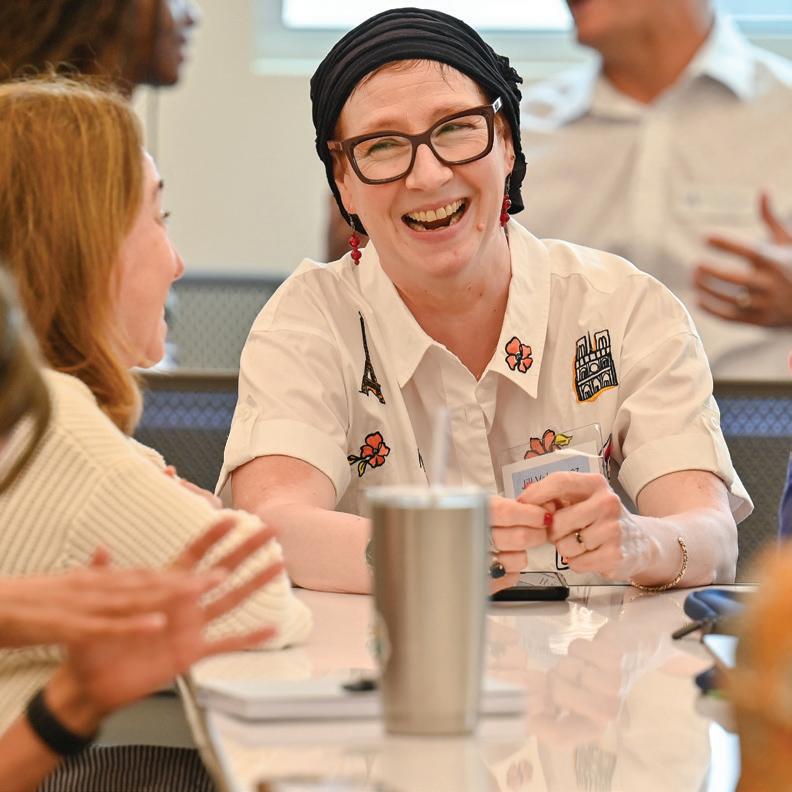
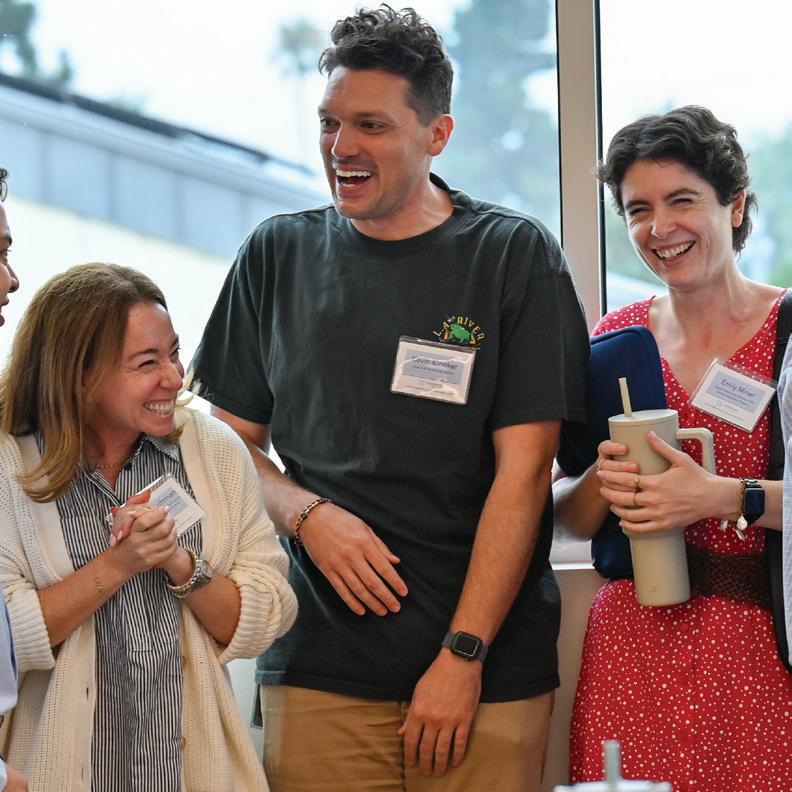
“There was this desire to do more work together, but also tap into particular interests that people had,” agrees Marisela Ramos, Associate Director of the Prep Division. “We wanted to bring all of these things together where people would be able to share with each other and learn from each other.”
Unlike previous years, where a single theme shaped professional learning, this year’s PLGs centered on faculty voice. Teachers selected from a list of topics generated through community feedback, including interdisciplinary teaching, classroom observation, BIPOC-centered practices, and executive functioning. In the fall, faculty reviewed short resource packets outlining each topic before ranking their preferences. “We asked for first and second choices,” says Marisela. “But we also told people: if you're open to anything, let us know.”
Each group was built with intention but allowed to evolve. Some focused on research and reflection; others developed practical tools or routines. Groups such as Emily’s focused on classroom observation, making a point of visiting each other’s classrooms multiple times over the course of the school year. “We talked a lot about observing to support the observed, and observing to support the observer,” she shares. “That distinction really shaped how we engaged with each other.”
In another group, focused on classroom environments, Marisela and her colleagues examined how the physical space of a classroom communicates messages about belonging and inclusion. “We created a framework to help us reflect on what our classrooms are actually saying to students,” she explains. “That process helped me look at my own space differently.”

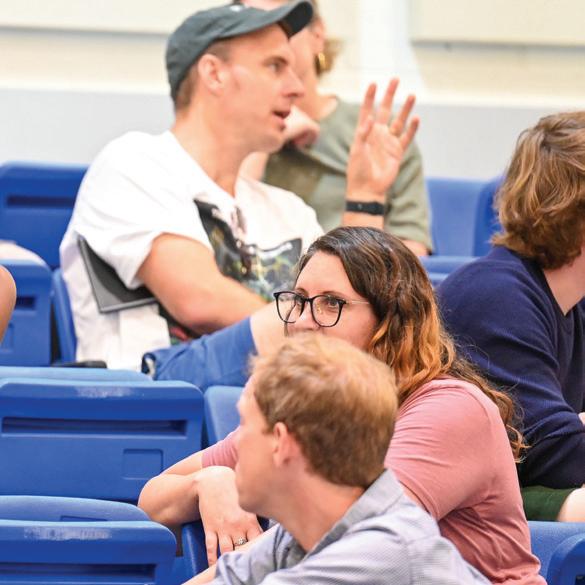
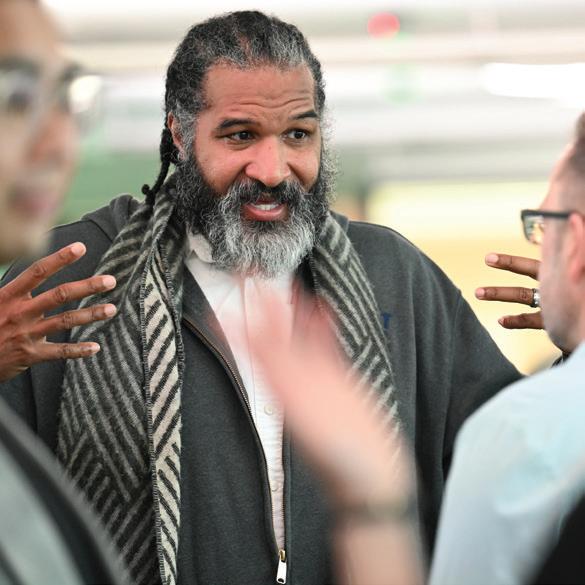
Groups varied in structure and leadership. Each began with a designated point person, though many shifted to shared or rotating leadership over time. That flexibility, says Emily, was intentional. “Some groups kept their original leader, others didn’t. It depended on the needs of the group—and that was the point.”
What emerged across PLGs was a sense of connection—professional, not just social. “Teaching is a siloed profession,” Emily explains. “In my group, I went to classes I would never normally visit—Upper School courses like AP Art History, a Senior Honors Capstone seminar, AP Calculus. It helped me understand what my Middle School students are working toward, and it gave me ideas for my own classroom.”
The impact was equally felt in feedback from faculty. “We’ve got such great people
here,” Emily continues. “So many interesting experiences and so much expertise. PLGs gave us a reason to connect professionally around a shared topic. ‘What can I gain in my professional capacity from being at Windward with all these other experts?’”
Even with differences in pace and focus, every group shared the same goal—to improve teaching practices in ways that support students. “We asked teachers to walk away with something concrete,” says Marisela. “That might mean a tool, a plan, a shift in perspective. In some cases, it just meant feeling more connected to colleagues—and that’s valuable, too.”
Some groups plan to continue next year, and the Responsive Teaching Team is already looking at how to support that momentum, especially during a period of leadership transition with new Head of School, Sarah Beck. “The work in areas like BIPOC identity, interdisciplinary teaching, and executive functioning isn’t done,” says Emily. “There’s more to explore.”
Ultimately, the value of PLGs runs deeper than any single project. “This model reflects Windward’s values because it centers students—but it also centers teachers,” says Marisela. “You can’t do one without the other. When we support teachers in meaningful ways, we strengthen the entire learning experience. That’s a big success”
Road Bridge to the
The Windward’s 12th Grade Parent Reps
Each Spring, Windward Seniors walk the blue carpet in their soon-to-be college regalia, celebrating their Windward journeys as part of the School’s annual Night on the Bridge. While the event may appear to be just one of many Senior celebrations, for the School’s 12th Grade Parent Level Reps, it represents something much larger—the culminating moment of a truly shared experience.
The road to Night on the Bridge is paved by the efforts of Windward’s parent volunteers. From the very first day of a student’s Senior year, the 12th Grade Level Reps, or GLRs, set the tone with events and surprises that foster spontaneity, connection, and care. From iced coffees and smoothies to start the day off right to time with adorable puppies to nuzzle away the stress of exams, these moments are designed not just to celebrate, but to create space for Seniors to pause, connect, and be present with one another.
Working closely with the School’s Collegiate Division and Events team, the GLRs coordinate monthly gatherings that give Seniors some well-deserved shine. For Heather Mitchell, parent of Carter ’25, these simple, thoughtful events build a deep sense of belonging— among the students and across the broader Windward community. “It’s all about community,” she explains. “We’re a close-knit school, so this kind of connection is possible. It’s not just about my kid— it’s about all the kids. By the time you reach June, you know these kids. Even if they’re not on the tennis or debate team, you’ve gotten to know their personalities.” She adds that the impact reaches beyond the students themselves. “The families who can’t attend these events still send lovely notes—‘My kid never talks about school, but came home and mentioned this surprise.’ That’s Windward.”
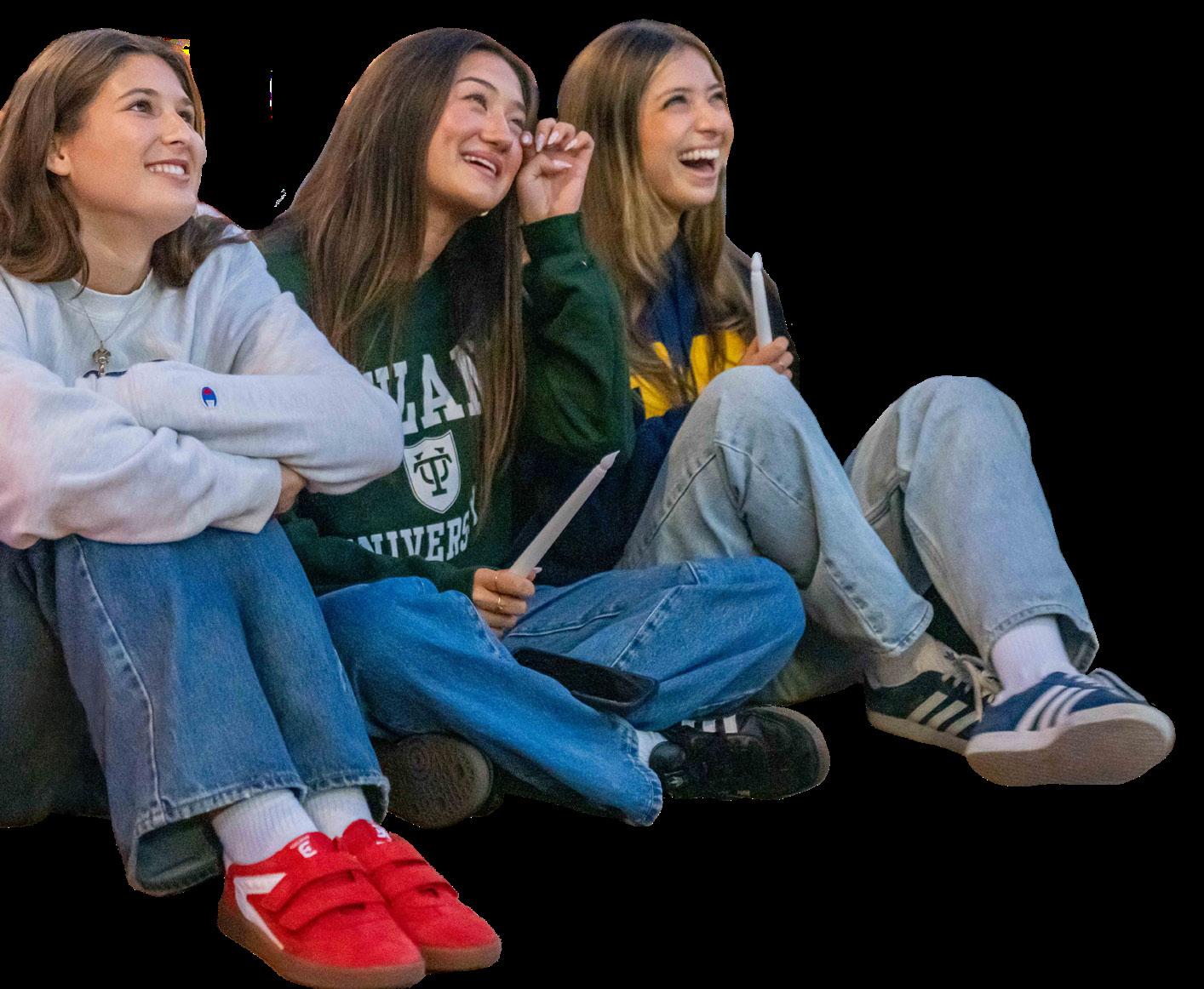
Though Night on the Bridge is a long-standing tradition, the lead-up to it continues to evolve. As the School grows, so too does the makeup and mission of the GLR group. This past year included a record 15 members, and for the first time, a father joined the team. “Seeing fathers involved—that matters,” Heather says. “We’re building belonging into every event,
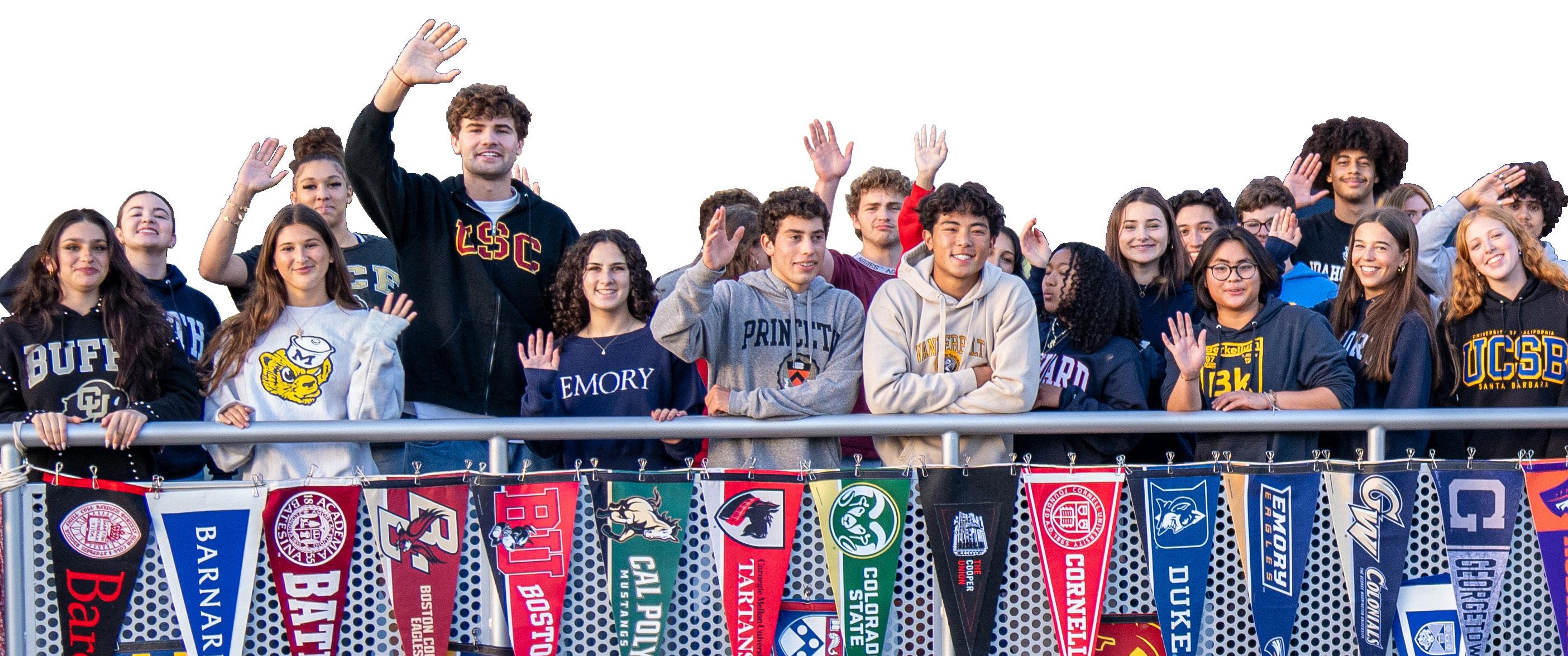
Managing a bigger, more diverse group isn’t always easy—but to Heather, it’s essential. “Maybe it’s harder to wrangle a bigger group, but it’s worth it when it’s inclusive. As a parent, going through these surprises gives me such regard for the School, the community, and everyone from security to leadership. By year’s end, I find myself thinking, ‘Oh man, I wish I’d met that person earlier!’ But I’m grateful I got to meet them at all.”
That sense of shared purpose shapes the experience for students as well. Rather than counting down to graduation, Seniors stay grounded in the moments—many of them joyful, some unexpectedly emotional, all of them meaningful. “You’re invested,” Heather says. “‘The Seniors hear from colleges this week—are they okay? Do we need stress balls?’ And then seeing the same four boys eat 15 cupcakes—it’s joyful. You’re present with them. And it gives you such respect for what they go through.”
Graduation still comes with its emotions, but Heather also sees it as a welcome and properly cultivated end. “When they leave, it’s a loss. But then a new group comes in, and the cycle continues.” That continuity is baked into the tradition itself: each year, 11th Grade parent volunteers take the lead in managing Night on the Bridge, allowing 12th Grade families to fully immerse themselves in the evening’s celebration.
Though Night on the Bridge is an exclusive event for Seniors and their parents, its spirit extends across the entire Windward community. Underclassmen pause at the Bridge to take in the kindergarten-to-Senior photo pairings. Students just beginning their college application process scan the chalked names of next-level schools for inspiration. Faculty and staff stop to celebrate students and reflect on their growth before caps are tossed skyward.
Now, as Heather and her family enter the space between high school and college, she feels grateful—for the memories, for the connections, and for the community that brings it all to life. “It’s wonderful to know you touched them in an intentional way,” she says. “And to see them joyful—that’s everything. It’s bittersweet, not sad. And it feels right.”
In the end, Night on the Bridge isn’t just about what’s next. It’s about every-
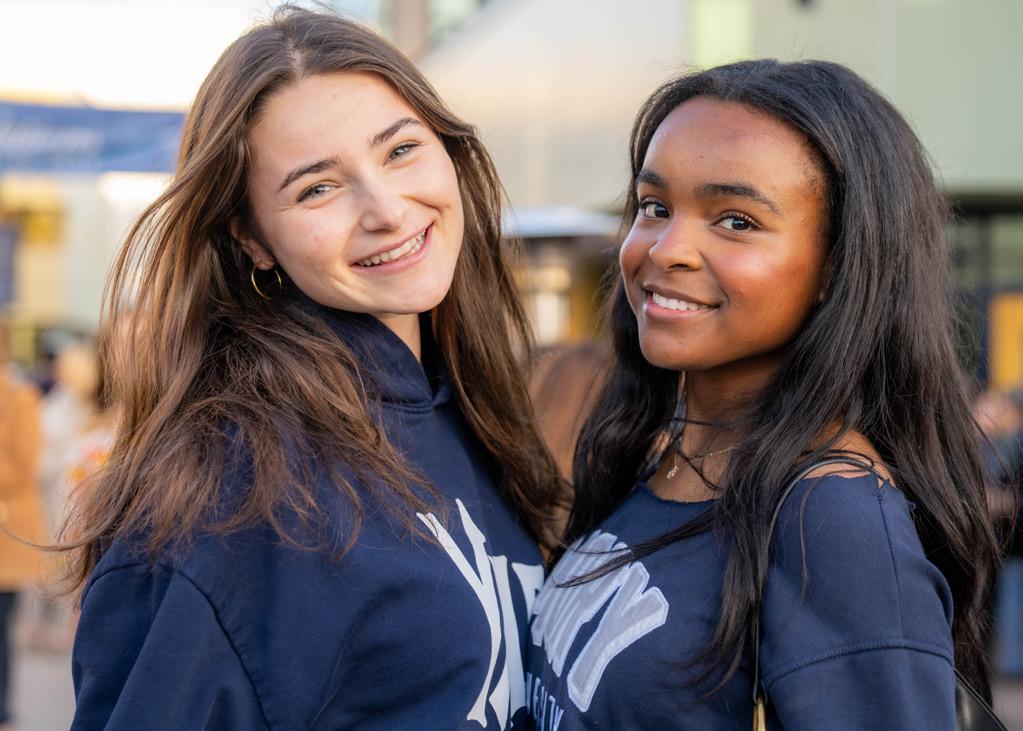
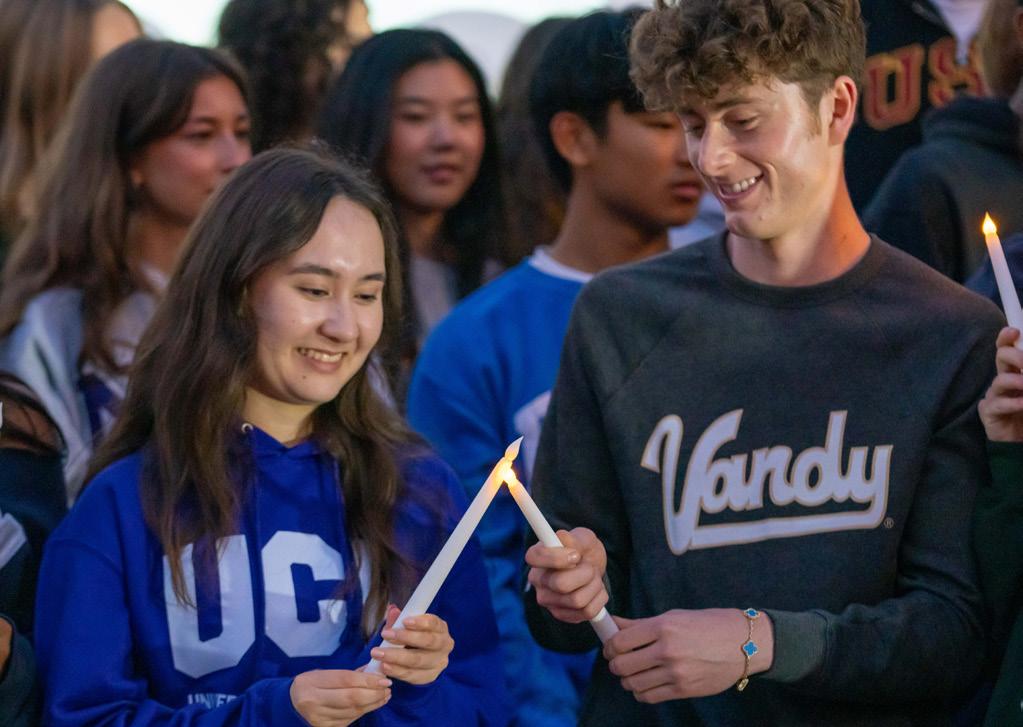

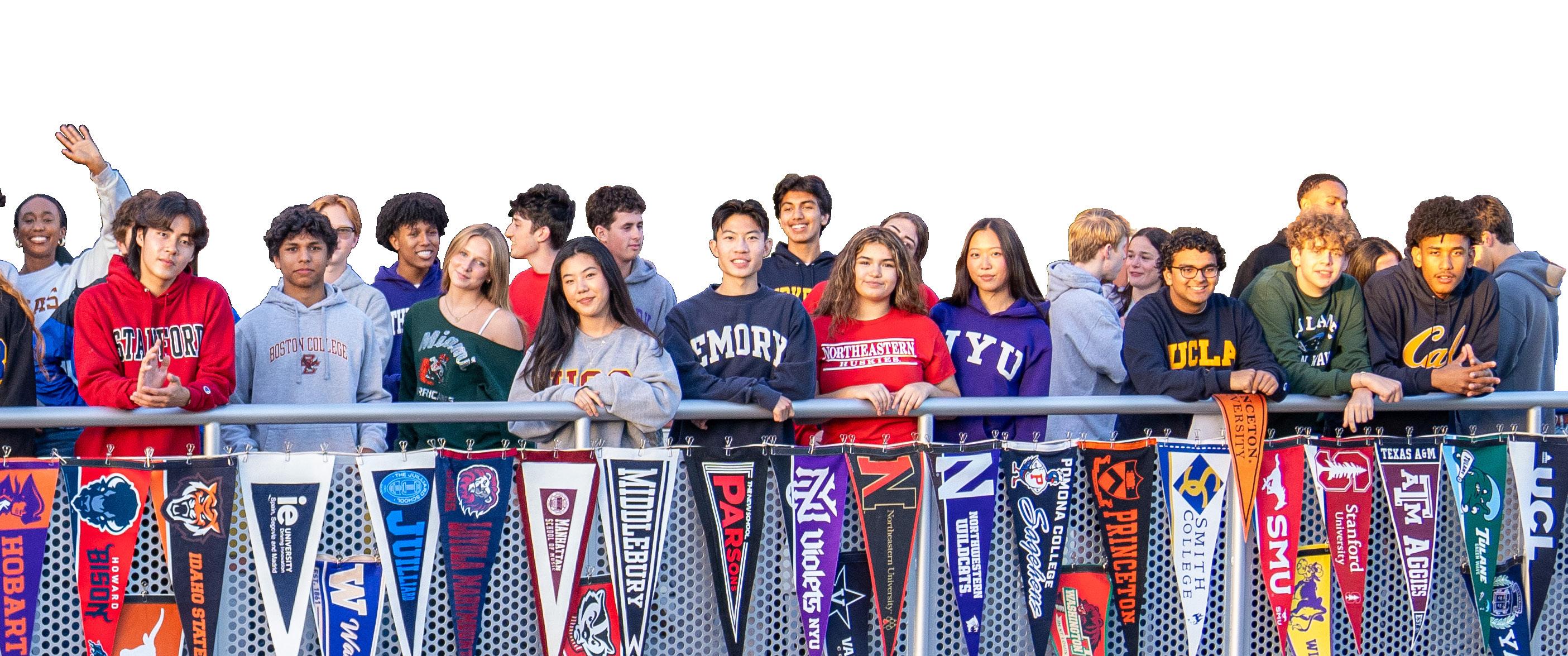
of Class 2025! Hats Off to the
OnFriday, May 23, Windward celebrated its newest graduates with a joyful and spirited commencement ceremony on Foley Field. The event was a fitting tribute to a class defined by its creativity, perseverance, and strong sense of community.
From stirring student reflections to an inspiring call to action by faculty speaker Brittany Berriz—chosen by the Senior class—the morning was filled with moments that captured the heart of Windward. As each graduate crossed the stage, they were met with cheers, hugs, and applause from proud families and friends.
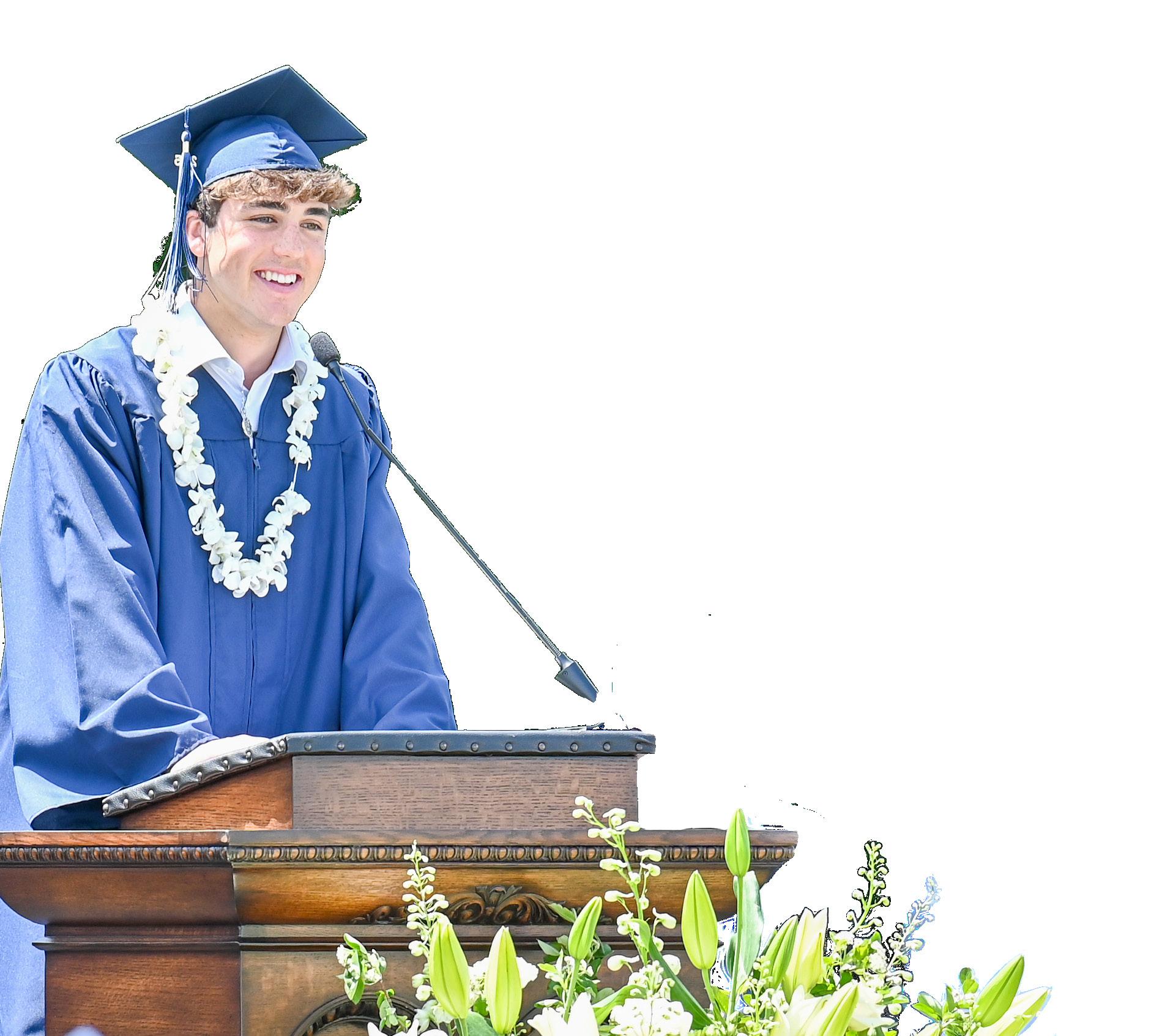
STUDENT SPEAKERS AND PERFORMERS
Coming Out of the Barrel
Jack Richard Luirette
Writer’s Block
David O'Neill Estrada
Blues
Zachary Michael Blackman
Finding My Way
Liam Joseph Brooks
Unapologetically You
Samara Zakai Durham
My Dreams
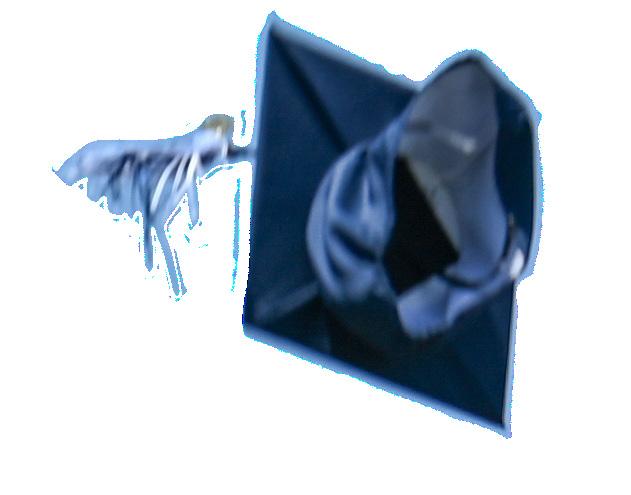
It’s Time
Speed Limit (JJ Dawley, Charlotte
Ryan Matthews, and Talia Zipkin, with Fin Affleck ‘27)
Good Trouble
Ila Grace Brooks
Knowing We Belong
Carter Isabella Mitchell
Slipping Through My Fingers
Charlotte Rose Cope, Cole
Samuel Kaller, Charlotte Ryan
Abigail Sarah Lenore Ribakoff,
Lauren Shay Lanner Weiskopf, and Talia Zipkin
A Few Things I’ve Learned
Jace Peter Kaplan
Echo of These Halls
Kennedy Inez Richard
SCHOOL AWARD WINNERS
Director’s Award
Kennedy Inez Richard
Valedictorian
Lauren Shay Lanner Weiskopf
Shirley Windward Award
Cole Samuel Kaller and
Carter Isabella Mitchell
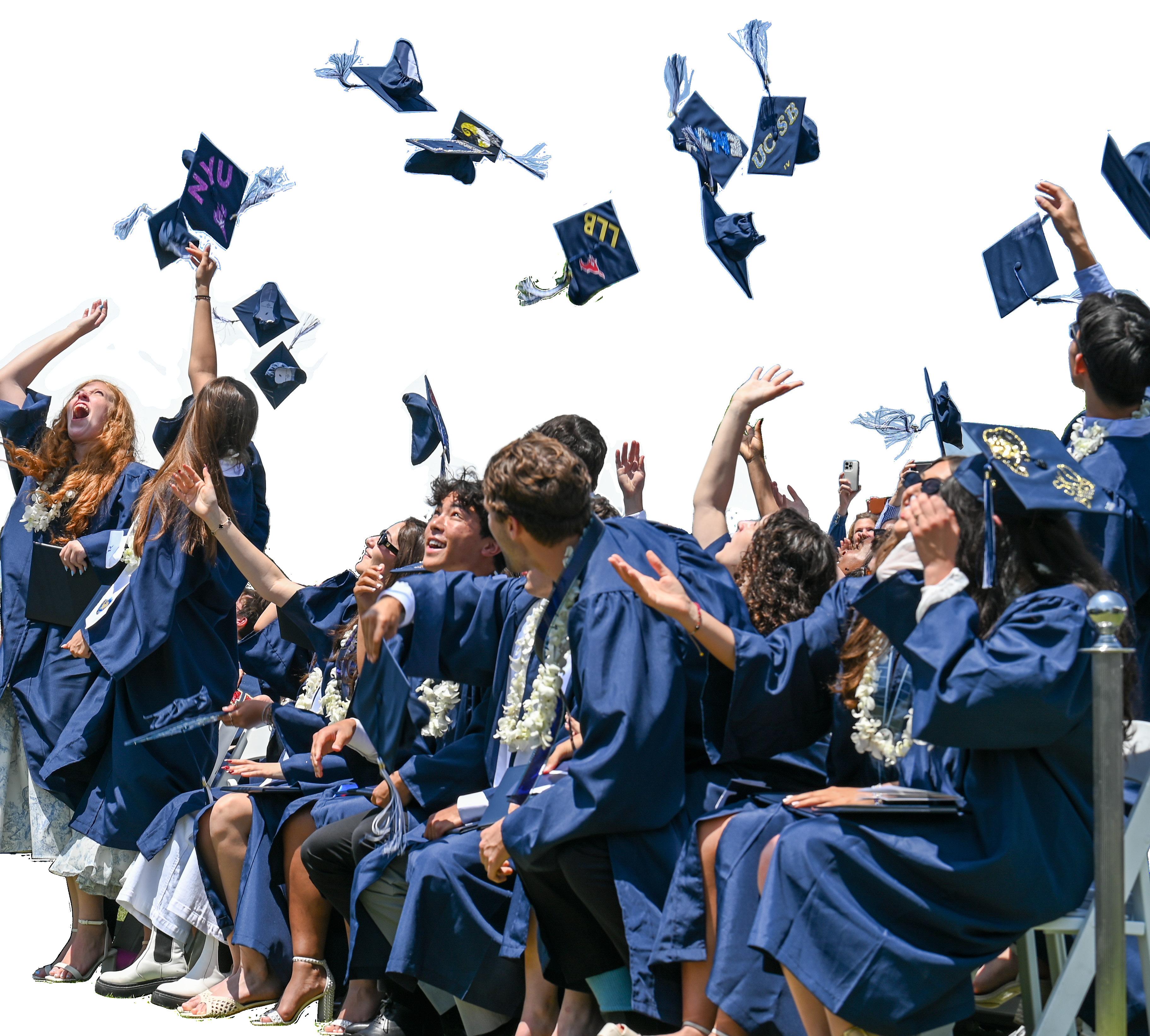
BigAdventure! On To Their
From California to the East Coast—and everywhere in between—the Class of 2025 is charting an exciting new course! As they begin their college journeys this Fall, we celebrate their hard work, passion, and the lasting impact they made on our community.
Of course, once a Wildcat, always a Wildcat! Through the Windward Network, our newest alumni will continue to find support, mentorship, and connection in the years ahead. We can’t wait to see what they do next!
WA washington
University of WashingtonSeattle Campus *1WI wisconsin
CA california
Cal Poly
Loyola Marymount University (3) Pomona College
Stanford University (3)
University of California-Berkeley (5)
University of California-Los Angeles (3)
University of California-Santa Barbara (4)
University of Southern California (4)
ID idaho
Idaho State University
University of Wisconsin-Madison (5)
Northwestern University *3IN indiana
University of Notre Dame
International
IE University - Madrid
University of St Andrews (3) *2IL illinois
The University of British Columbia
CO colorado
Colorado State University-Fort Collins
University of Colorado Boulder (3)
TX texas
Southern Methodist University (2)
Texas A&M University - College Station
The University of Texas at Austin (4)
MI michigan
University of Michigan-Ann Arbor (4)
PA pennsylvania
Carnegie Mellon University University of Pennsylvania (4)
NY new york
Bard College
Barnard College
Cooper Union for theAdvancement of Science and Art
Cornell University (2)
Hobart and William Smith
Manhattan School of Music
New York University (7)
The Juilliard School
The New School
MO missouri
Washington University in St Louis
GA georgia
Emory University (5)
TN tennessee
Vanderbilt University (2)
FL florida
University of Central Florida University of Miami
LA louisiana
Tulane University of Louisiana (5)
Middlebury College
Bates College
MA massachusetts
Boston College (2)
Boston University
Northeastern University
Smith College
Williams College
Wesleyan University
Yale University (2)
NJ
new jersey
Princeton University (2)
Washington DC
Georgetown University
Howard University (2)
The George Washington University
VA virginia
University of Virginia-Main Campus
NC north carolina
Duke University (2)
Real Talk, Real Impact
Jesse Wiczyk ’27 and Sloane Wiczyk ’27
As students grow as global citizens, so too does their awareness of current events—and the challenges that can come with discussing them. With topics around the world becoming increasingly complex, and the feelings attached to them more emotionally charged, Juniors Jesse and Sloane Wiczyk quickly noticed a pattern. Too often, these discussions broke down, with dissenting opinions and personal takes leading to a frustrating lack of progress. Wanting to help their peers approach these moments with more openness and understanding, Jesse and Sloane launched the Real Talk Club, a student-led space dedicated to building the skills needed for thoughtful, respectful dialogue.
“I started discussing ideas with Sloane when I noticed certain trends in fellow students’ responses to tense discussions about current events like the election and the Israel-Palestine conflict,” shares Jesse. “I often saw students raising their voices, getting defensive, shutting down, or holding grudges well after conversations had finished.” Sloane adds, “I’ve seen peers isolate themselves from one another due to differing viewpoints or stances, perpetuating a divide that’s only been amplified recently.”
Rather than simply creating a space that dictated what students should talk about, Jesse and Sloane focused on the how—encouraging discourse that begins and ends with purpose and empathy. “In this day and age, there is a lot of pressure on young people to have an opinion,” says Sloane, “We wanted to create this open environment in which you don’t have to come in with a set opinion, and can allow your mind to be changed through further education on a subject, free of judgment or pressure.”
The club, based on the original club concept founded by Harvard’s Eliza Goler, began with a simple but intentional structure. “This year, we used a buildup of topics that gradually increased in their sensitivity and emotional charge,” Jesse explains. “This allowed students to develop their civil discourse skills through a series of activities that prepared them to confront their own emotions as well as the opposing opinions of their peers.” Each meeting also included materials to establish a shared foundation of knowledge, ensuring that students came prepared to meaningfully engage.
At the heart of the club’s method was the fostering of a safe and dynamic space. “We start with less intense topics that gradually increase as trust within the group also rises simultaneously,” says Sloane. “We shy away from cancel-culture and want to create an environment in which people can take back a statement that maybe has since changed, working through beliefs as a group.”
To help students build confidence, the club incorporated a number of creative exercises. “Many of the games we play encourage students to adopt a stance opposite their own,” Sloane explains. “Although it’s not that hard to be criticized because of your belief that a hot dog is a sandwich, however surface-level a debate this may lead to, it still allows members to experience being isolated for their opinion.” These low-stakes debates helped prepare members for more charged topics later in the year.
While each meeting was different, it was important to Jesse and Sloane that patience and respect remained a constant throughout.
“The rules and expectations we establish at the start of our meetings set the tone for a baseline of respect and open-minded communication,” Jesse explains. “A vital means of improving civil discourse is creating a foundation of vulnerability.” When engagement waned, they adapted in real time. “If we notice that some students are less engaged than others,” says Sloane, “we will intentionally interject with a controversial question, just to spark enough division to lead to greater discussion.”
Kevin Newman, Assistant Head of School, Director of the Collegiate Division, and the club’s faculty advisor, was impressed with the idea from the very first meeting. “When Jesse and Sloane raised the idea to have a student-led and student-focused group undertake the skill-building necessary for these kinds of conversations, it felt like an ideal partnership,” he recalls. “Too often, the messaging comes from the adults on campus when we talk to students about how to listen to each other and have conversations that challenge assumptions and beliefs.
“That first meeting, people were speaking over each other and raising the volume of their voice to try to be heard,” Kevin remembers. “By the end of the year, disagreements still existed on various topics, but I found the students listened, gave space for other voices, and even prompted quieter students to speak.”
Even when conversations became challenging, the foundation remained strong. “It helped that the space felt safe and that there was a clear respect for everyone in the room,” says Kevin. “On the rare instances when it became particularly emotional, I found that the group could take a step back and regroup, recentering on the purpose of coming together, and then begin again.”
That sense of growth and transformation wasn’t limited to just the content of the conversations—it showed up in how students interacted with each other and with their ideas. “I’ve absolutely seen a shift in members’ levels of focus, respect, and ability to craft a wellthought-out response,” says Jesse. “I’ve also seen huge increases in conversational maturity, critical thinking, and a greater sense of awareness.”
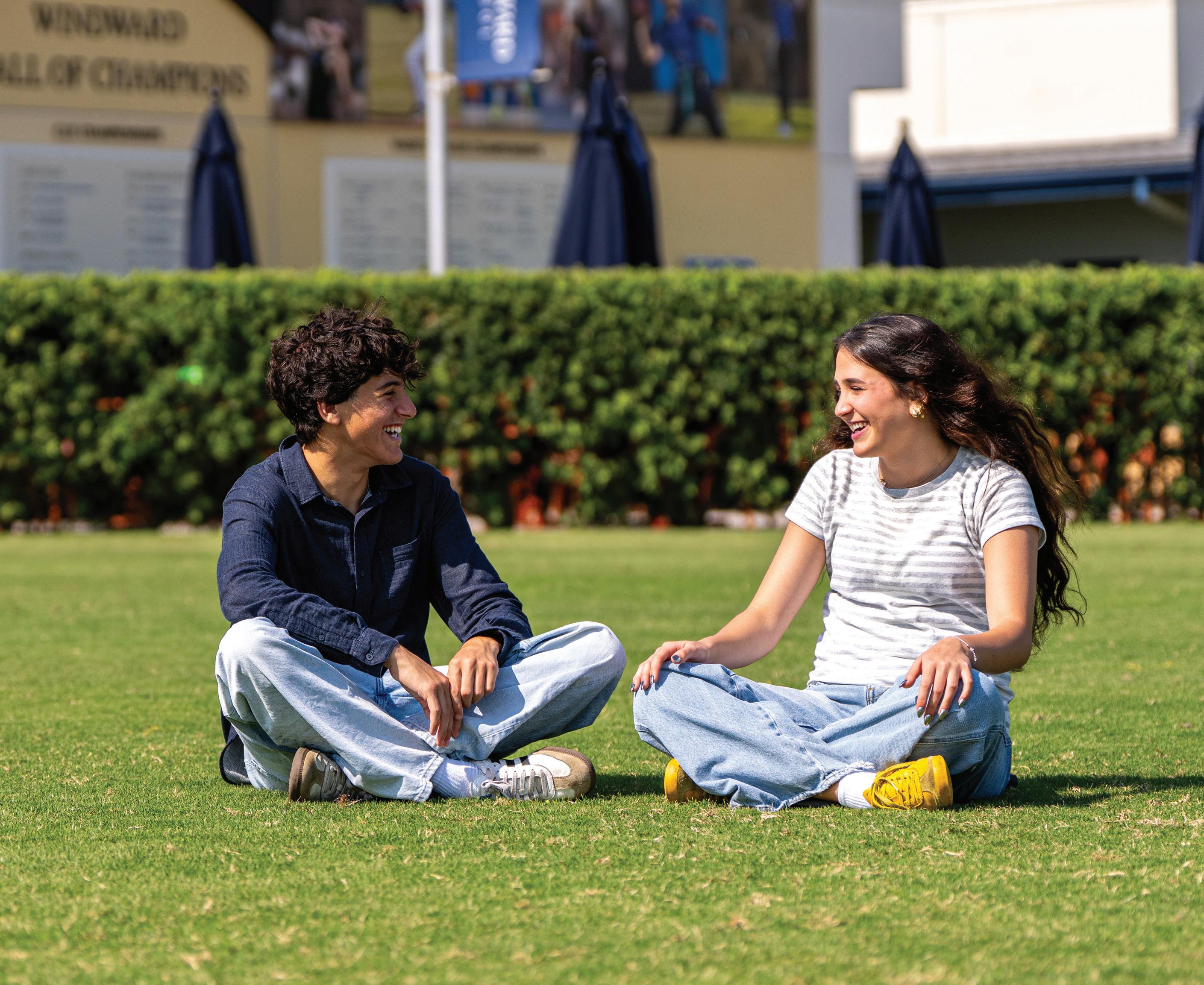
Sloane agrees, noting “In the beginning, when we had less structured activities, students would chase their own tails —speaking over each other, talking in circles, and generally not really getting anywhere. But now, we are able to hold much less structured conversations and debates that lead to greater depth because students are willing to give their peers the space to speak, and genuinely have a desire to hear what others have to say. I’ve also observed a greater comfort with silence and students’ ability to give their peers ample processing time.”
For both founders, the experience has been deeply rewarding. “Although we’ve only been running the club for a year, I’ve been surprised to see just how much our members have been able to pick up
and put into practice with civil discourse, even beyond our meetings,” Jesse shares. “What I have learned from this experience is that there are dynamic ways to go about teaching almost anything.”
For Sloane, what started as a question mark ended with affirmation. “A club that is about civil discourse—when compared to Cookie Reviewing Club—objectively doesn’t sound like the most fun,” she admits. “So, having people come up to me and ask when the next meeting is with so much excitement and enthusiasm, or share their positive experiences in our meetings, gives me such a boost of confidence.”
Building Back, Looking Forward
Mason Cohen ’27
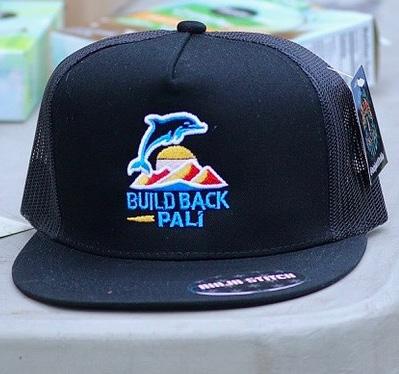
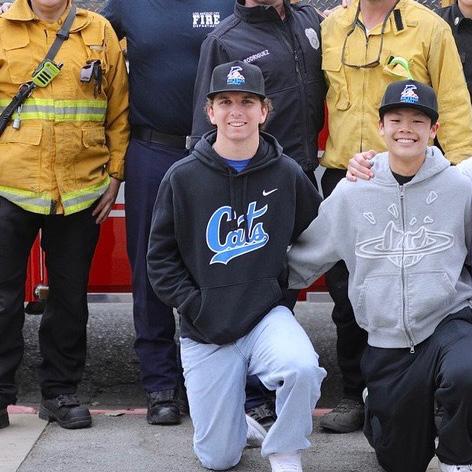

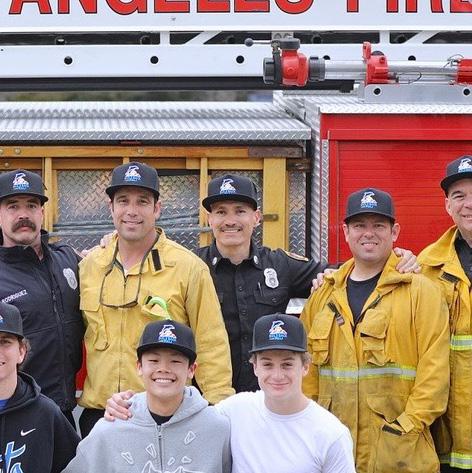
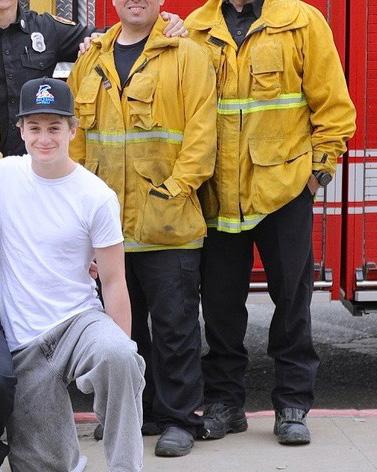
When the Palisades Fire devastated the region in early January 2025, it wasn’t just news for Mason Cohen ’27—it was personal. “It ripped through my current neighborhood and the one I grew up in, displacing not only my family, but my dearest friends and families I’ve known my whole life,” he shares. “Seeing neighbors lose their homes and memories hit close to home—it made me feel powerless.”
Determined to turn that emotion into action, Mason teamed up with lifelong friends Jake Yoon and Dylan Fullmer to launch Build Back Pali, a youth-led nonprofit supporting fire recovery for families and small businesses in Pacific Palisades. “We saw a need and knew we could be part of the solution at this critical time,” Mason recalls. “Within two weeks of the fires, we launched buildbackpali.org online and launched our first social media post, instantly gaining traction.”
Mason’s connection to Pacific Palisades runs deep. “To me, Pacific Palisades isn’t just a place—it’s the people, the local shops where I spent Summer days and personally know many of the store owners, our local park where I have grown up on the baseball fields and playing sports,” he
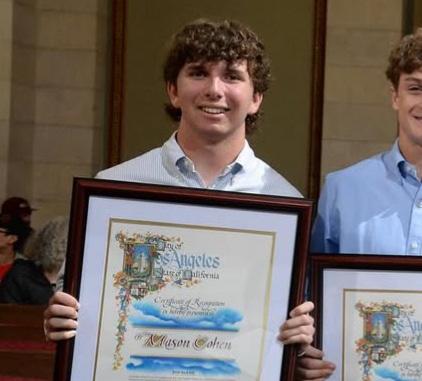

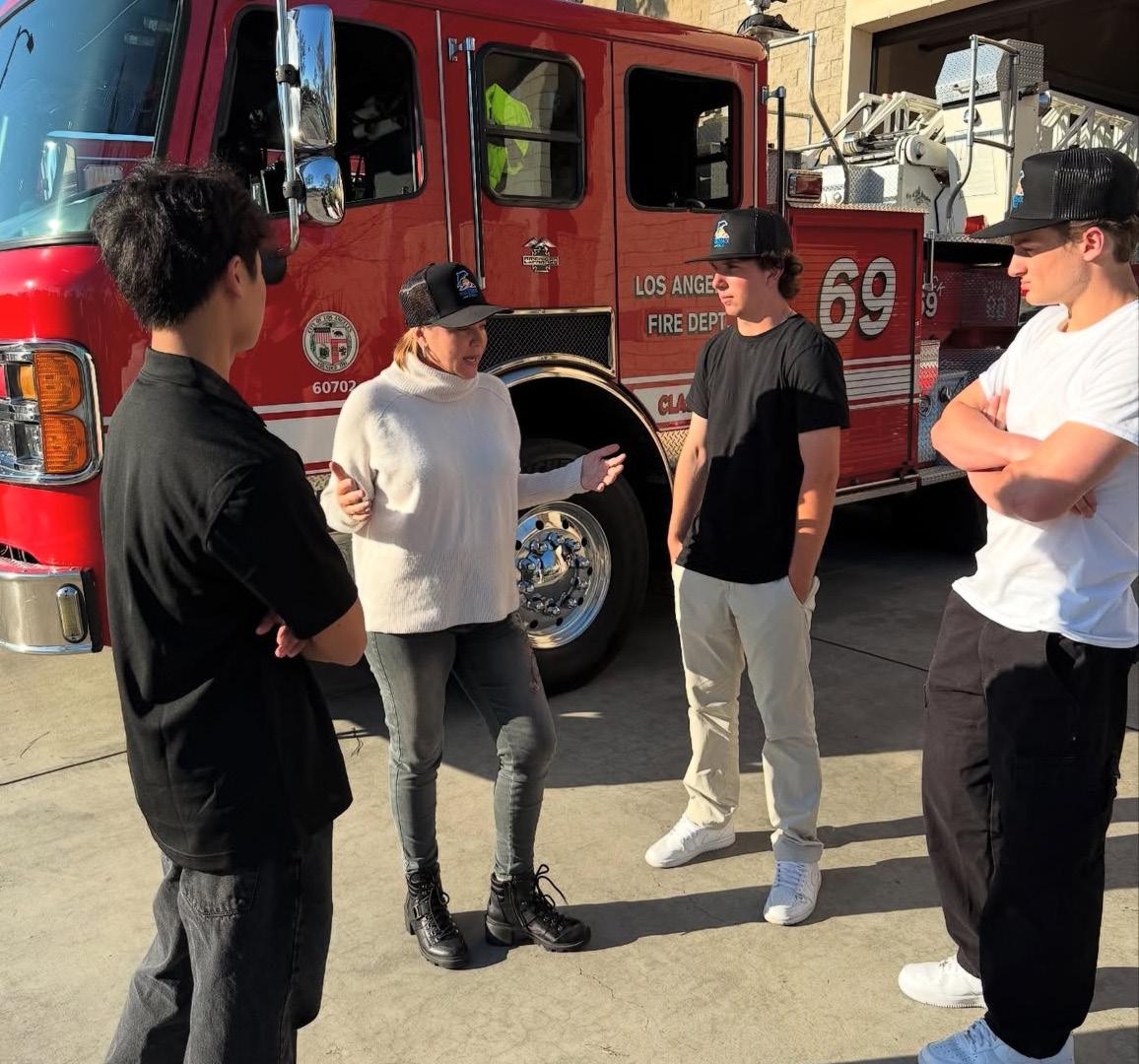

Even as a high schooler balancing classwork and Varsity Baseball, Mason stayed fully committed to his cause. “Speaking at our most recent event with my favorite restaurant and yogurt shop owner who wants to rebuild and seeing families regain hope adds more fuel to do more to help and keep going,” he says. “Our age is an advantage; people are excited to support teenagers taking action and making a difference.”
says. “Rebuilding homes isn’t enough if the people and places that make our community special aren’t supported.”
Through Build Back Pali, all donations go directly to local small businesses hit hardest by the fires. “My objective is to build back so that the next generation of children have the same great experience of this magical, small town I have been so fortunate to call home over the last 16 years.”
Despite the overwhelming nature of the situation, Build Back Pali was able to hit the ground running, raising nearly $50,000 in a matter of days. “We spearheaded the campaign, conducted interviews on local and national TV and radio news stations, managed our website, and led social media efforts to spread the word,” says Mason. “Seeing the continuous donations now well into six figures and growing makes all the late nights worth it.”
The group also used in-person events to kickstart their outreach. “We have hosted in-person Build Back Pali events for our community that have brought hundreds of people, including our city leaders, our Council Members, and local business owners,” Mason explains. “It helped increase awareness and support of our mission.”
In the Spring, the team’s efforts were directly recognized by the City of Los Angeles. “Being recognized and awarded publicly at LA City Hall by the LA City Council Members for our impact in helping Pacific Palisades recover from the fire was an honor,” Mason says. “But every ‘thank you’ within the community rebuild keeps us pushing forward.”
For others looking to make a difference, his advice is simple: “Start immediately, don't worry about it being small, and put your heart into it,” he says. “Be transparent—let people know exactly where the donations are going and set up a nonprofit. You don’t need million-dollar budgets; even a few thousand can make a world of difference for someone in need. And most importantly, don’t overthink it, just start.”
More than anything, Mason believes in the power of community. “Build Back Pali is about more than restoring buildings— it’s about reviving the spirit of this place I love,” he says. “Our motto is ‘Together, we can create a brighter future for the Palisades,’ and that’s exactly what we’re striving for. I’m proud of what we’ve started, and even prouder of our community’s resilience. Our homes might have been damaged or destroyed, but the heart of this town is beating stronger than ever—and that’s something worth rebuilding.”
From Hula to Hollywood
Kaleo Knight ‘26
For
Kaleo Knight ’26, music isn’t just a passion—it’s a lifelong connection. “I cannot remember when I first fell in love with music,” she ponders, “but some of my earliest memories are of me belting out ‘I Will Always Love You’ (Whitney Houston's version) or ‘Reflection’ from Disney’s Mulan performed by Christina Aguilera.” Raised on a steady rotation of Pop and R&B icons like Beyoncé, Mariah Carey, Jennifer Hudson, and Destiny’s Child, Kaleo’s sound has always drawn from powerhouse performers. But it was her early experience with hula—learning to chant ancient Hawaiian mele, or songs—that gave her a unique vocal foundation.
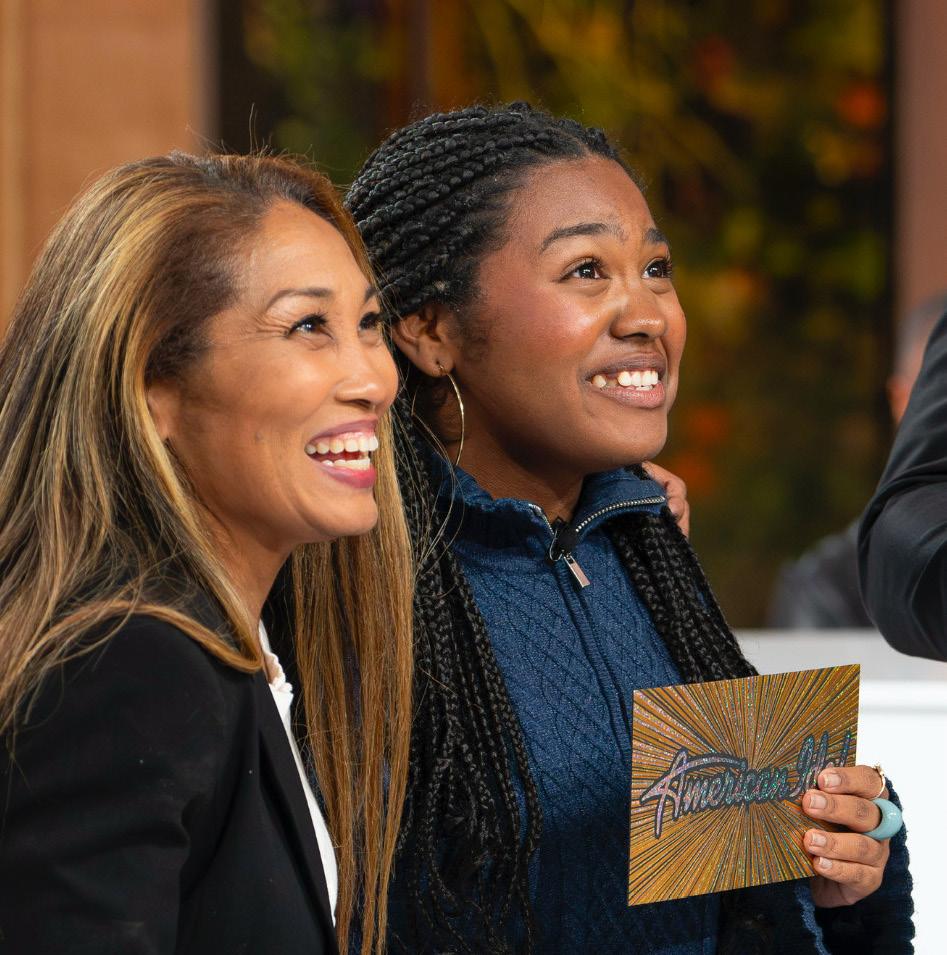
“Growing up doing hula gave me the vocal skills necessary to sing the genres I've always loved,” she says. “I have theater to thank for my high head voice, pop to thank for my mix belt, traditional Hawaiian mele to thank for my belt and vibrato, and gospel and R&B to thank for my obsession with vocal runs.”
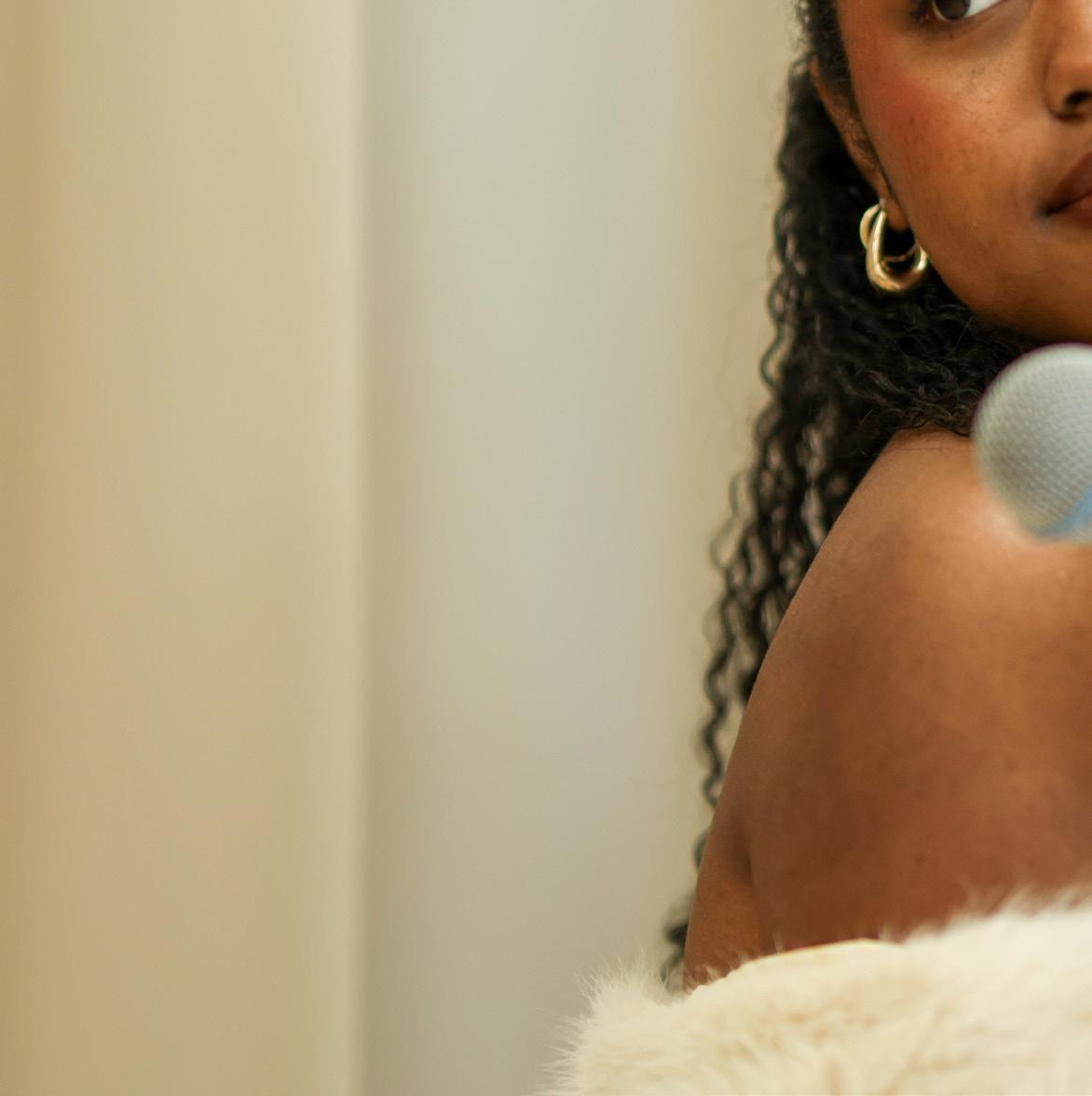
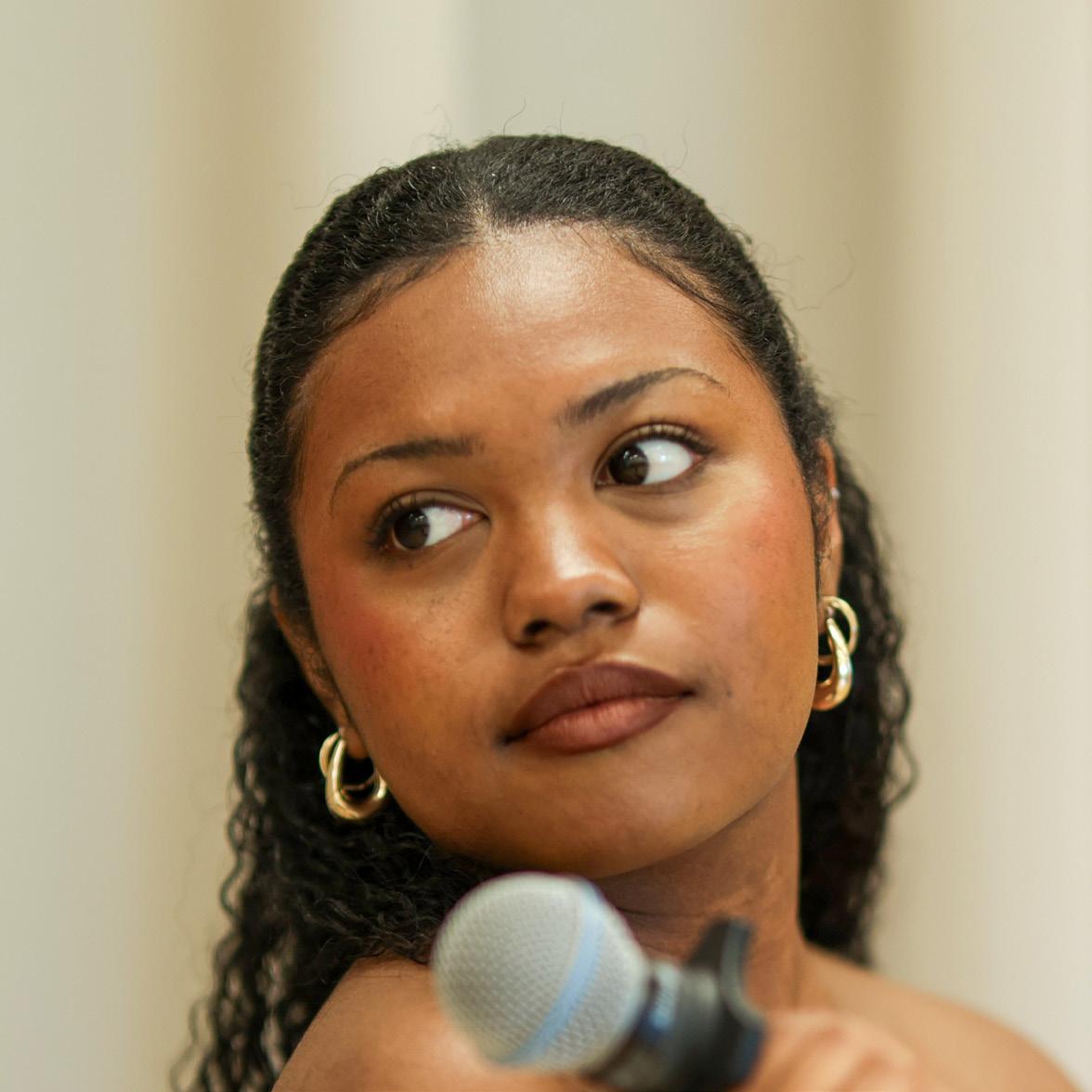

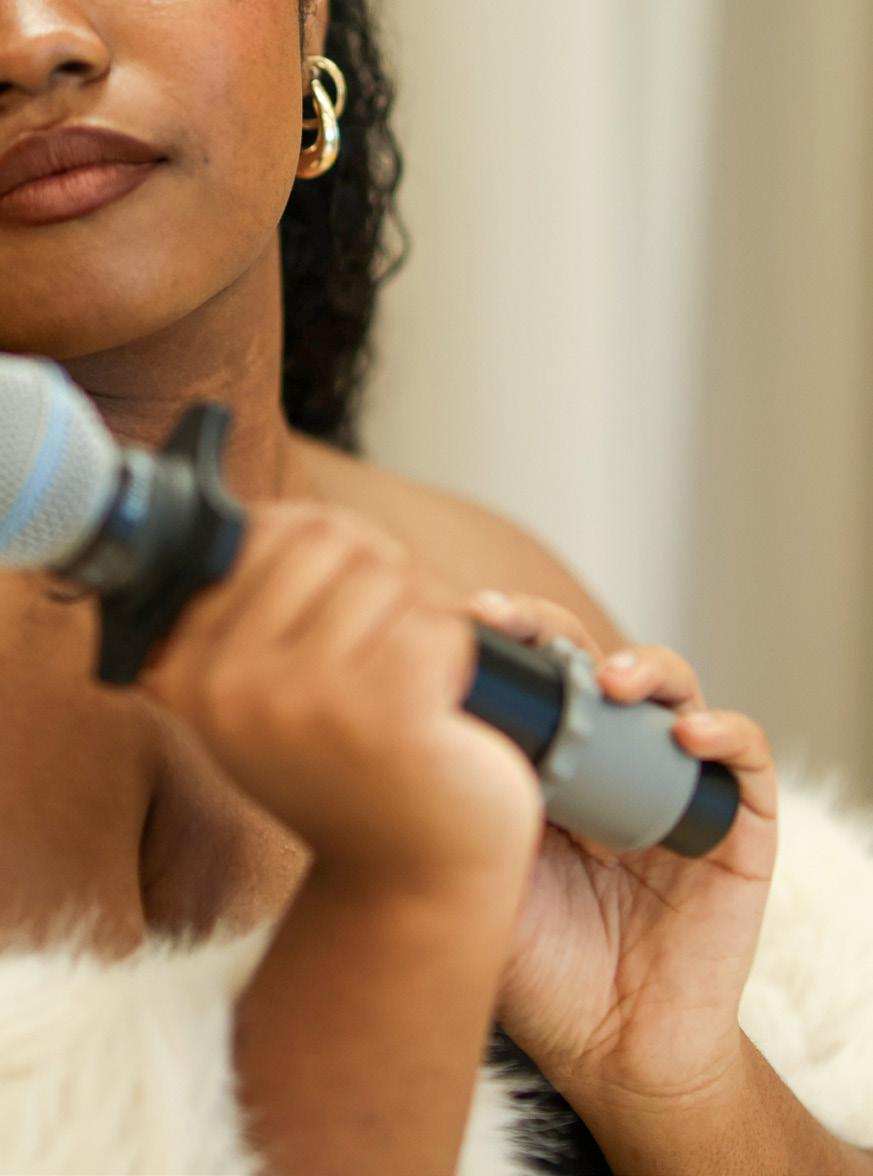

That vocal signature got national attention this year when Kaleo earned a spot on American Idol, going viral for her powerful performance of Jennifer Hudson’s “And I Am Telling You I’m Not Going”. “I honestly auditioned for the experience and also for fun,” she says. “I truly expected nothing to come of it because I am on the younger side of the auditionees [including Kaleo, only four auditionees were aged 16 or younger]... and I would have been (and ended up being) a late addition to the cast.” But once there, she found a new level of inspiration. “The most exciting part of the Idol experience was truly all of the incredible people and musicians I met. I got to bond with everyone over the shared experience of being on Idol and being absolutely enthralled with music.”
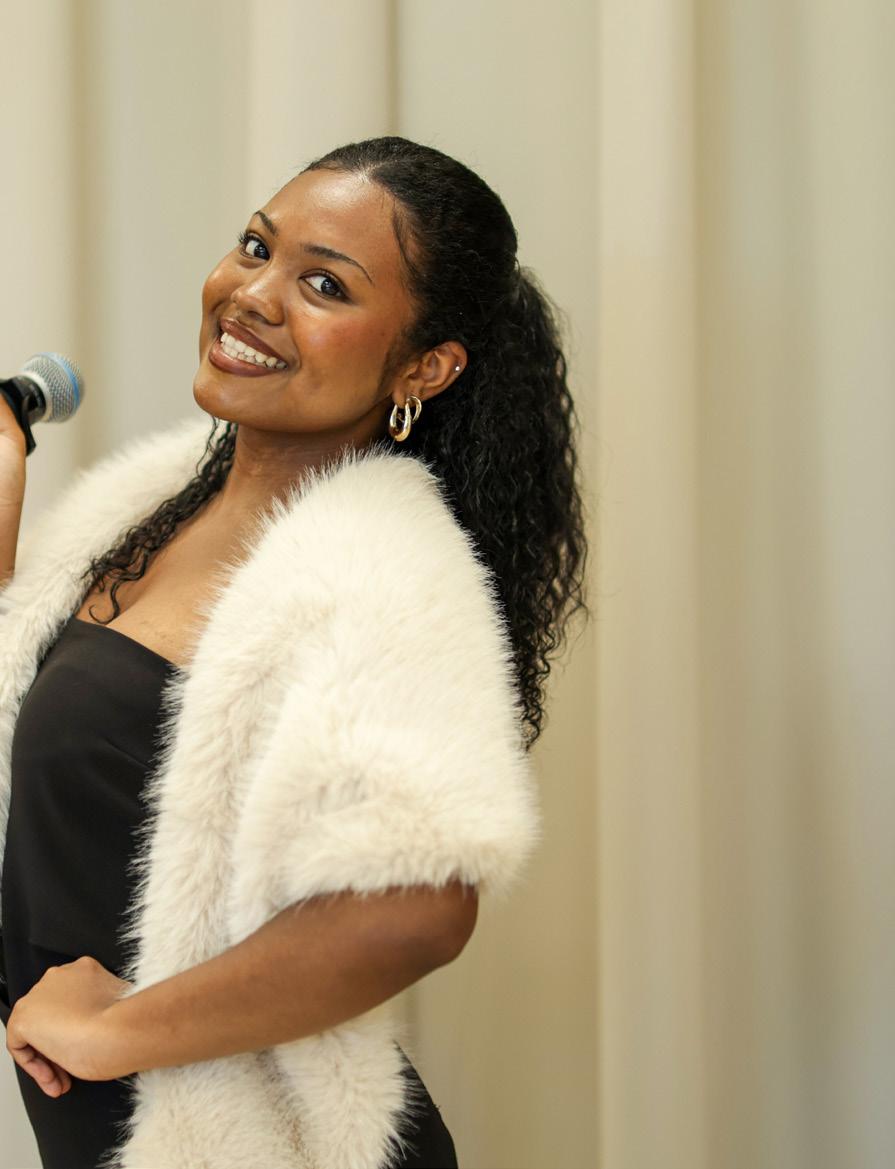

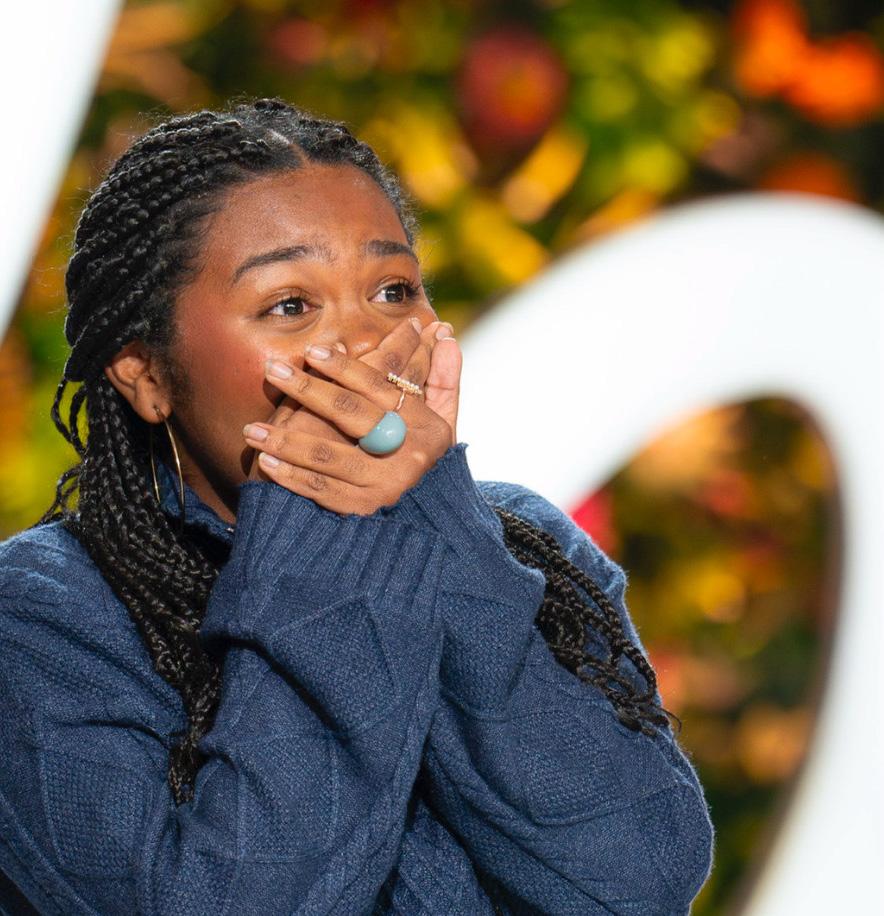
Hollywood Week proved especially unforgettable—not only for the chance to perform, but for the friendships formed. “You never know if the person you sat next to during Hollywood Week is going to be the winner, if you are, or if your best friend is,” Kaleo recalls. “Which ended up happening to me—my closest friend on the show made the Top 7 and the guy I sat next to for two days straight ended up winning! The entire Idol experience was a gigantic dopamine wave--I got to make music, interact with everyone, and be on a set for the first time, which was so cool.”
Though she didn’t advance to the final rounds, Kaleo left with something even more meaningful. “When I got eliminated, one of my friends told me that elimination is only the beginning. I need to let an elimination fuel me into greatness.” The advice resonated. That same night, she wrote her single "Talented,” a track she’s already since recorded. “I went home ready to continue creating, knowing my worth, and motivated to start the next chapter.
“This experience has shown me that anything can happen,” she adds. “It has changed my mindset from ‘I don't think I can do this’ to ‘let me go for what I want and see what happens.’ It has made my goals seem more achievable and built a sense of self-worth that took some time to find.”
Balancing the busy school year and the Idol process wasn’t easy, but Kaleo credits her family and the larger Windward community for helping her manage it all. “I believe I am the most motivated and engaged when I am the busiest because I am forced to split my time properly,” she shares. “My creative projects are part of what fuels my academic success.” She also felt supported by Windward’s arts faculty and college guidance team, who made space for her schedule and growth. “Theater and choir taught me how to show up on stage and be authentically me in my art, while also teaching me proper vocal and performance technique.”
As she looks ahead, Kaleo is bringing back more than a song. “Idol taught me that there’s a world full of knowledge to receive, and that you can never truly know everything—so try and learn as much as you can,” she says. “In entertainment, it is crucial not to lose your confidence, your passion, or your shine, even when you feel like giving up or you're faced with redirection. I’m taking all of these truths I’ve known and have now experienced home with me.”
Ideas Into Action Aria Schorr ’29
Aria Schorr ’29 likes a challenge. A member of Windward’s pilot program with the Global Online Academy’s Middle School Computational Thinking course, Aria was looking for additional ways to further develop her STEAM skills, particularly in STEAM organizations for women.
Her search led her to Girls Who Code and the AI + Sustainability Challenge, which tasked participants to think big about a global issue and then prototype a solution for their community. Aria’s entry stood out—she was named one of three national Middle School winners for her work. For her project, Aria decided to tackle one of the most pressing issues of our time: the impact of climate change on buildings and communities. “The project aimed to solve the problem of making buildings more disaster proof and sustainable as climate change continues to get worse,” Aria explains. “I had just witnessed the devastation that the (Palisades and Eaton) wildfires caused in our community, and I started thinking about ways that AI may be able to make homes and buildings more climate resilient.”
Aria’s solution was a prototype platform she calls Adaptix AI, which she designed to be used by architects, developers, and city planners. “[Adaptix AI] uses generative AI to predict potential natural disasters for precise addresses and location, uses data from past natural disasters to identify factors that make structures more resilient to climate events, recommends climate resilient materials, designs, technologies, and other sustainability features, and incorporates local building laws to make sure the property is up to code without sacrificing the architects’ creative design.”
For Aria, coming up with an entirely new idea was no easy feat. “The most challenging part was coming up with an idea that has not already been done,” she shares, though she credits the foundational skills she learned at Windward for helping her push through. “I used the ideating process that I learned in Kevin Kloeker’s 7th Grade science class to challenge myself to keep coming up with more ideas until I finally came up with this one.”
Her approach blended creativity with real-world research. “I interviewed a local architect (Mathew Chaney of Ehrlich Yanai Rhee Chaney Architects) to learn about the current state of climate resilient architecture and the use of AI in architecture,” she explains. “I also interviewed a California State Fire Captain to
learn more about the current use of AI in fire prevention and detection and fire resilient building materials.”
To bring the prototype to life, Aria drew from multiple Windward experiences. “I used the process I learned from the 7th Grade CBL (Challenge Based Learning) project to create the prototype,” she says. “Then, I used web design skills that I learned in the Computer Science I: Computational Thinking class that I took this year at Global Online Academy through Windward to design the website and product prototype video.
“It was challenging to balance the project with my other classes,” Aria admits, “but I really enjoyed using technology, design, product development/innovation and marketing to solve a real world problem.”
Her interest in AI was sparked at Windward as well. “I got interested in coding and AI through my work on the Robotics team. AI is such a current relevant topic, and I wanted to learn more about it because I think the best way to prepare for AI is to understand its strengths and weaknesses and learn how to use it in positive ways that improves human work, rather than replace human work.”
As she enters the Prep Division and continues to explore the wider world around her, Aria sees a big opportunity for her generation to lead. “I think young people, especially girls, can play a big role in using technology for sustainability,” she says. “Young people have incorporated technology into their everyday lives more than older generations, so they are more comfortable with it and better able to identify ways that technology can be used to solve problems. I also think that girls play an important role because they can bring a different perspective to identifying and solving problems through technology.”
Having taken the initiative to get involved, Aria encourages other students to do the same. “Just do it. Get involved however you can, whether it’s a small step or a big step. It all adds up and makes a difference.”

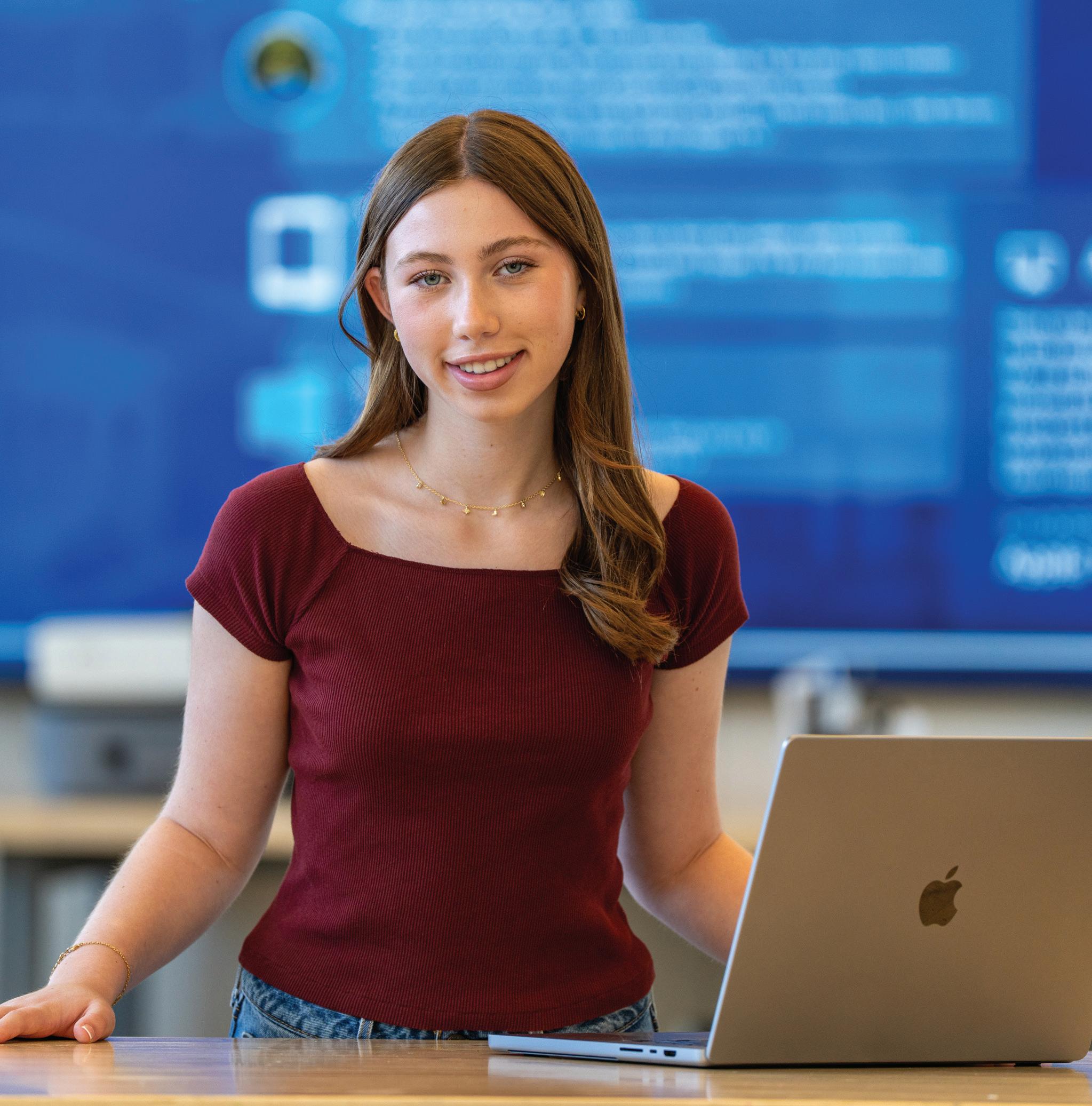
GLOBAL THINKERS, LOCAL ROOTS
Windward’s New History Curriculum
To start the 2025-26 school year, Windward’s History Department launched a series of curriculum updates designed to deepen student engagement, expand opportunities for original research, and create more space for student voice and choice. While these shifts reflect years of pedagogical planning, they are also driven by the School’s belief that students learn best when they feel connected to what they’re studying and recognized for who they are.
“The changes being made in 2025-26 are the latest steps in a years-long examination of the scope and sequence of our course offerings,” shares Brittany Berriz, History Department Chair. “The first steps really addressed content needs, as we wanted to provide more courses that offered global histories and perspectives.” That work began in 2017 with the introduction of three new core courses: the 9th Grade Habits of Historical Thinking: World History (2017), the 11th Grade Honors U.S. and the World (2018), and the 8th Grade Introduction to Global Studies (2022).
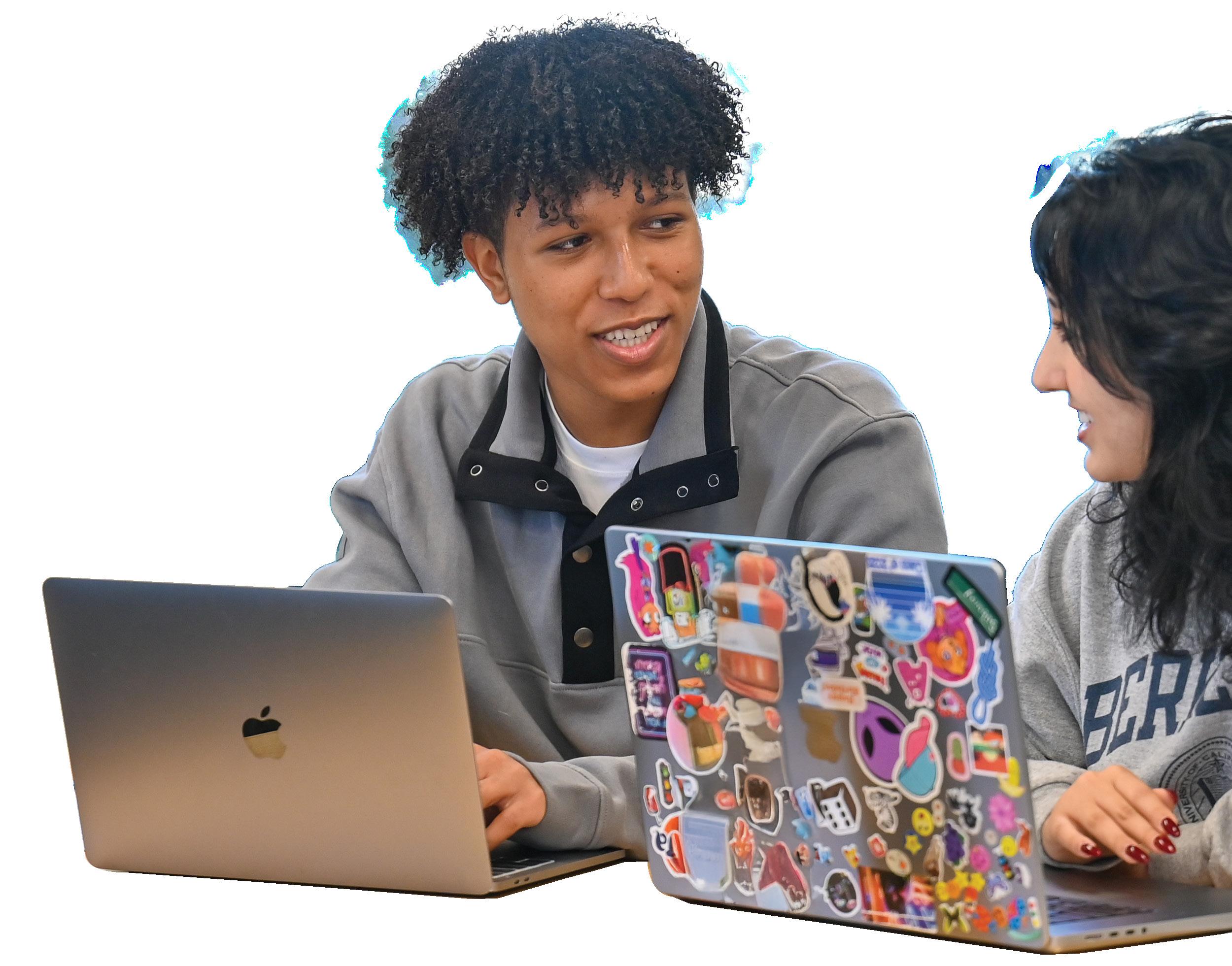
Once those courses were in place, the department began looking at the bigger picture. “We identified that there was an opportunity to reimagine the course offerings and sequence of courses in the Upper School so that there would be a more authentic link between our 9th Grade Habits of Historical Thinking course and the Senior Historical Analysis Capstone,” Brittany explains. “These two courses, which bookend the student experience in the Upper School, are really about helping students hone critical thinking and argumentation skills through rigorous and authentic inquiry and research projects that are driven by student interest and curiosity.”
That connection, however, was interrupted by the presence of AP History courses in 10th and 11th Grade. “Though great in many ways, such courses do not allow a great deal of space for authentic student-driven inquiry, research, and argumentation, which are also the core skills that our students will need to succeed in college History courses,” says Brittany. “Not to mention that they don’t allow much room for students to explore in greater depth things that are deeply meaningful to them.”
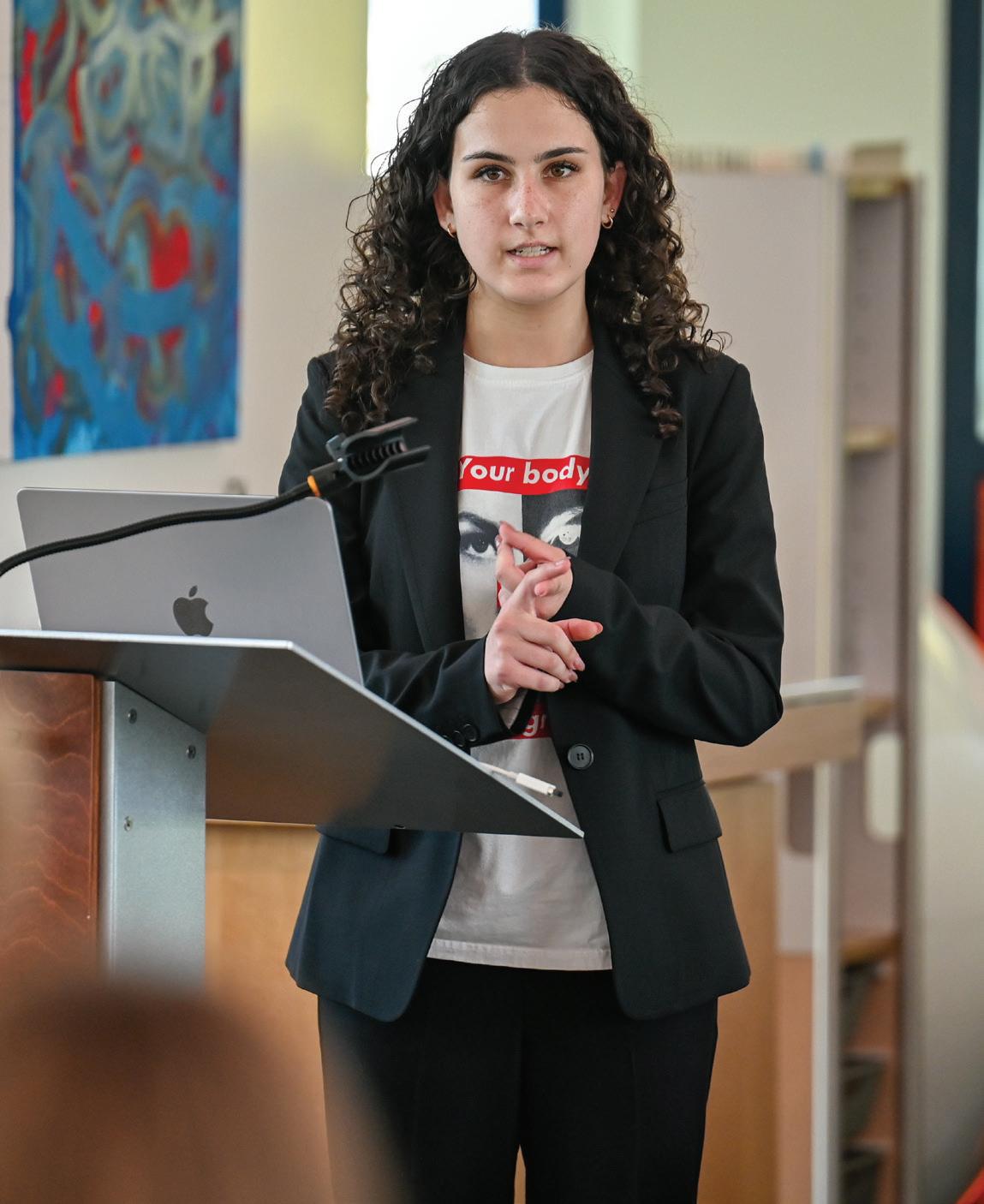

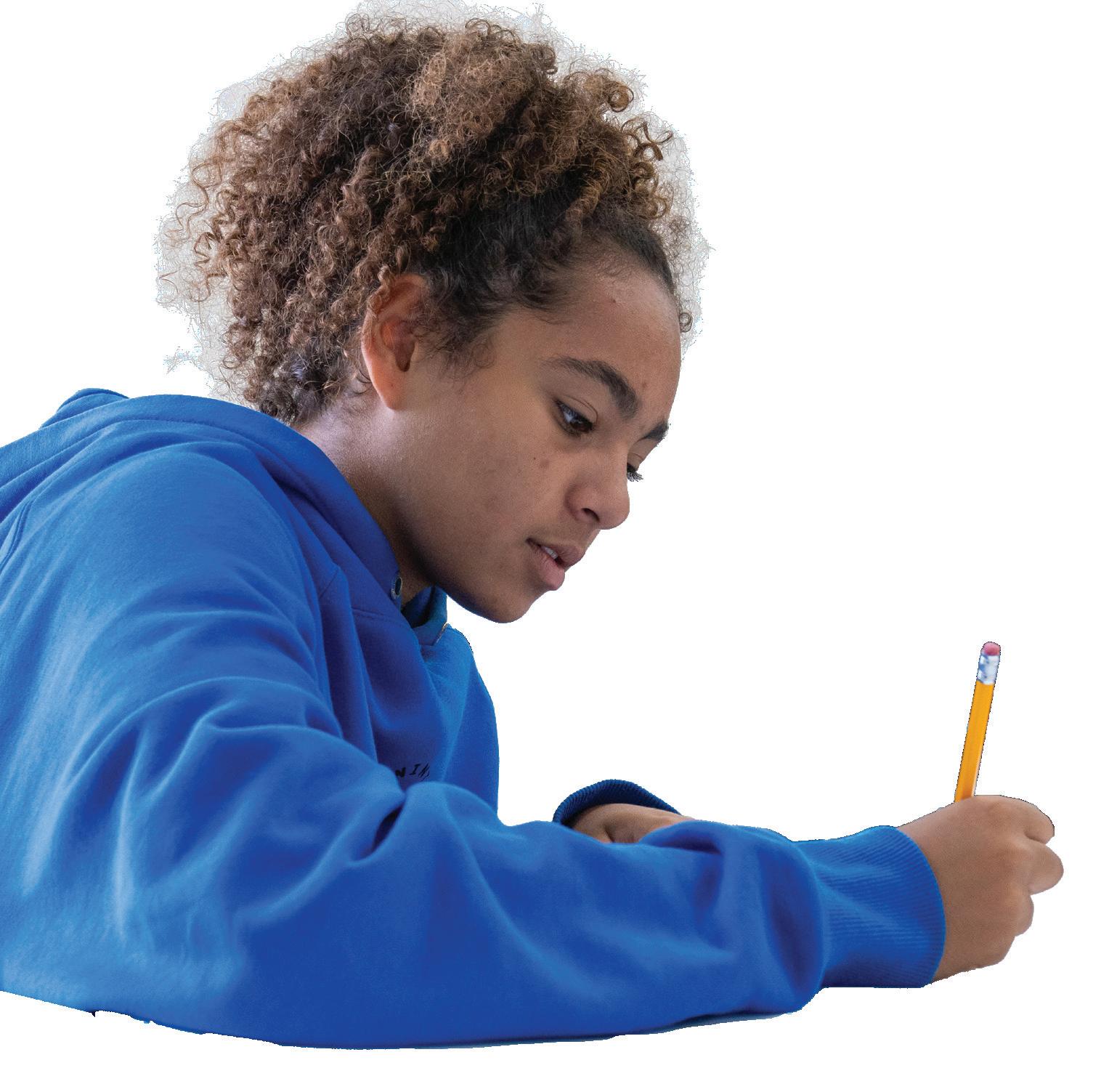
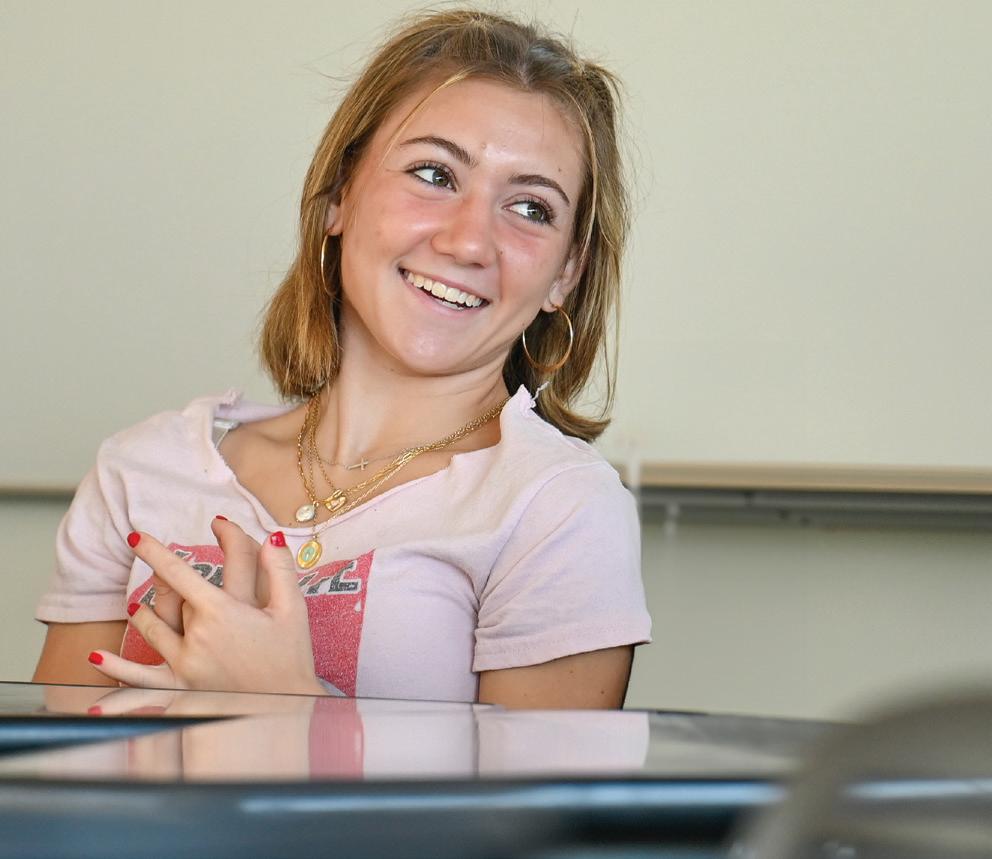
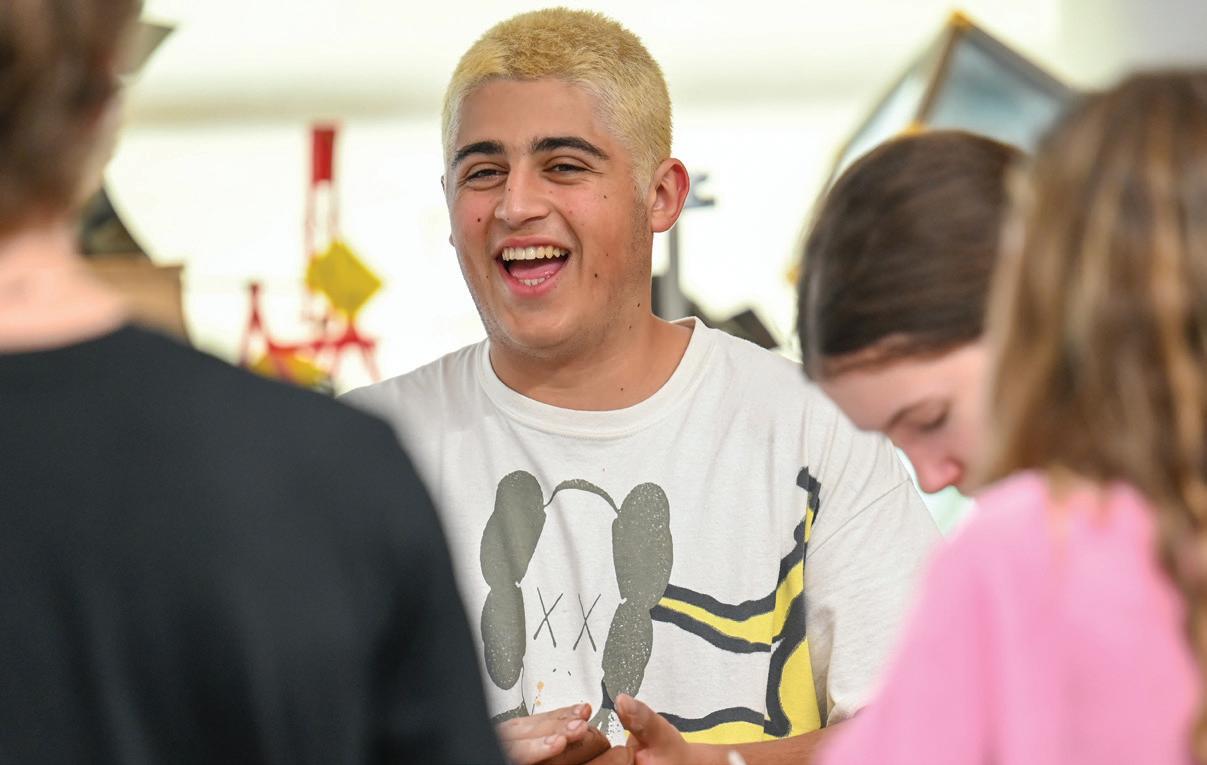
The department’s decision to move away from the AP model opened the door to a more flexible and relevant set of options. “Instead of having AP courses in which the content is tremendously dense and largely directed by another institution (the College Board), we can now offer courses that are designed and taught by experts in their fields and developed directly in response to student interest,” Brittany shares.
Beginning this Fall, Windward no longer offers AP History courses. U.S. History has also moved from 11th to 10th Grade, creating space in 11th and 12th Grade for a rotating slate of interest-driven options. “Moving U.S. History to 10th Grade will also allow students in the Prep Division to spend two sequential years honing the habits of historical thinking, namely the generation of historical questions, the research and analysis of primary and secondary sources, and the development of historical arguments,” Brittany explains. “This will in turn allow for students in the new Collegiate courses to apply these skills in more sophisticated ways and to dive into more original research and argumentation, which is really exciting.”
The first four new Collegiate courses—Histories and Cultures of Los Angeles, Art History, Comparative Government, and U.S. Borderlands: A History of Peoples and Place— debuted in the fall, with a second group of courses to follow in 2026-27. Students in 11th Grade take at least one of the new courses and may pursue additional courses in 12th Grade, alongside existing offerings like Honors Global Economics, Honors Psychology, and the Historical Analysis and Psychology Capstones.
With these updates now in effect, the History Department reflects on what it took to bring them to life. “This was truly a collaborative effort,” says Brittany. “While the desire to offer authentic, engaging, and rigorous college-preparatory courses was very much driven by the department and what we know about student learning and engagement, we could not have made these changes without the support and partnership of [Former Head of School] Tom Gilder and of the Middle School, Prep, Collegiate, and College Counseling teams.” Student feedback was also essential, gathered through surveys and classroom discussion about what courses students most wanted to take in the new model.
Windward’s New History Curriculum
That student-centered focus reflects a broader commitment to creating an inclusive academic experience. “We know that engagement and belonging are deeply intertwined,” Brittany notes. “Students are most engaged when they feel a deep sense of belonging in their academic community and learning environments, and when they feel connected to the content they learn.” That belief shaped not just the structure of the new curriculum but its content and scope. “We wanted to create space for more student voice and choice in our curricular offerings, and for the students to feel connected to and invested in the content they were learning,” Brittany says. “It’s tremendously exciting to think about what the students’ learning experiences will be like when they’ve both chosen the course(s) that they are taking based on personal interest and investment, and when they are conducting original research on a topic of deep personal interest to them.”
The inclusion of both local and global perspectives supports that mission. “We want our students to understand the benefits and limitations of these approaches, as well as the complexities of how these scales interact and how people experience events and developments across them,” shares Brittany. “Classes such as Art History and Comparative Government offer students the opportunity, through case studies, to identify cross-cultural patterns and to consider culturally-specific developments, while courses such as Histories and Cultures of Los Angeles and U.S. Borderlands allow students to start with
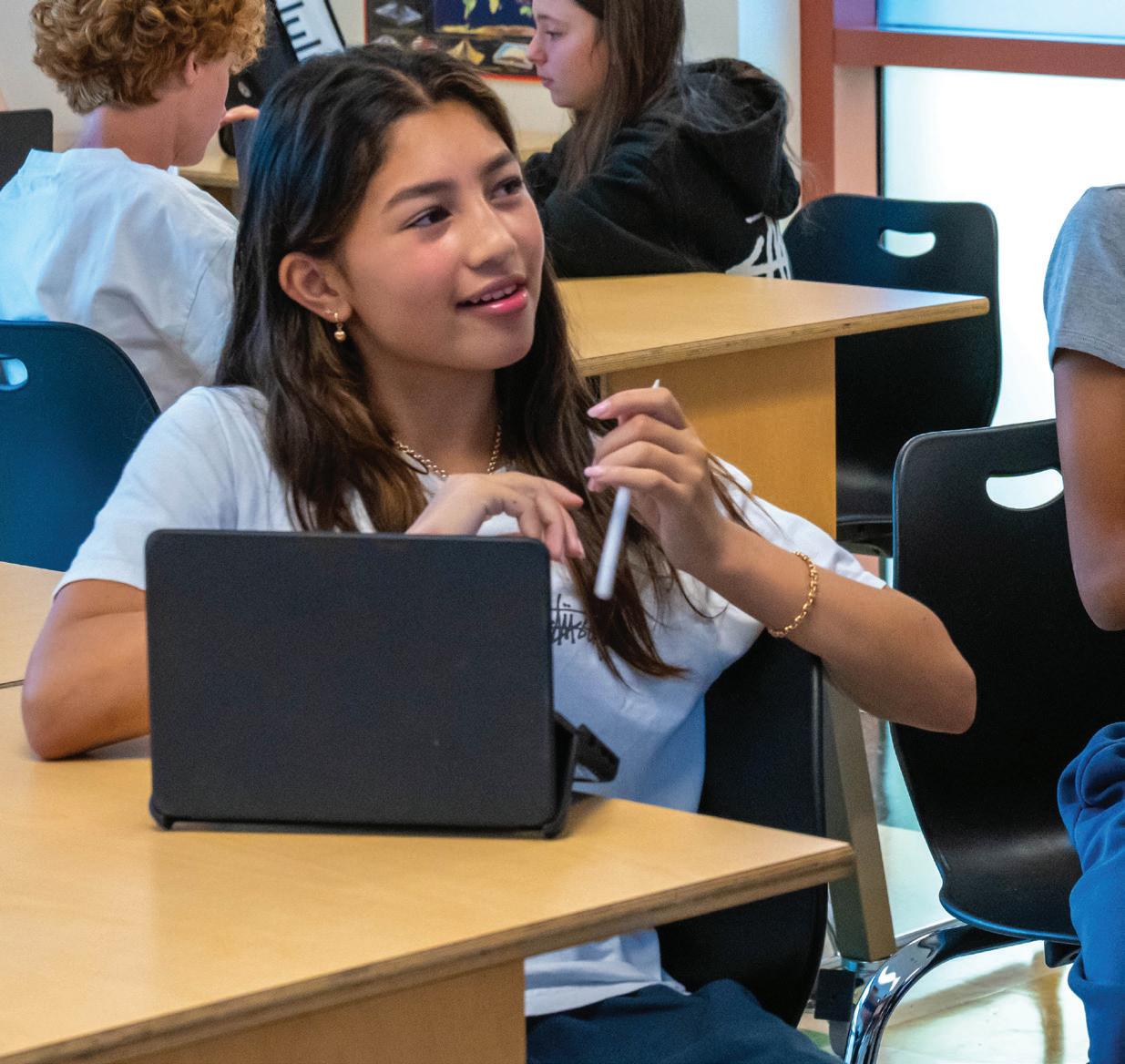
For students, these histories often feel immediate. “I think it’s particularly important that students be exposed to regional and local histories in addition to the national and global narratives as they experience the local and regional firsthand, and often in visceral ways,” says Brittany. “It’s thus crucial that we help them learn how to make sense of what they experience on these scales and to place them within broader historical contexts.”
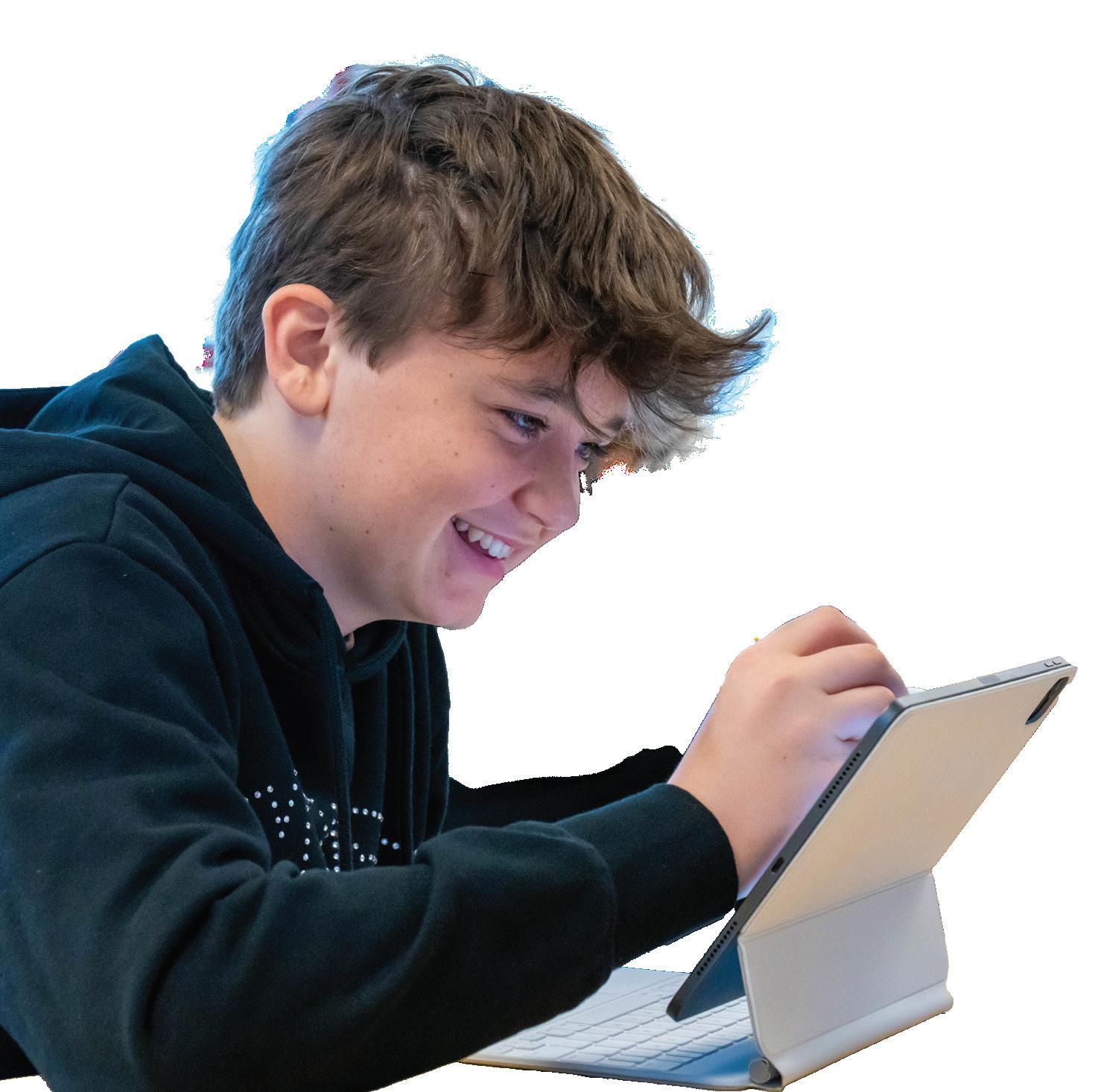
The curricular shifts also reflect the department’s long-standing commitment to thoughtful evolution. “I would say that revision is a constant part of our process,” Brittany shares. “We revise our curriculum to some degree every year to reflect how things landed the year before, as well as student interest and needs.” She adds, “With all of the curricular changes that have been made over the past eight years, and the movement away from the AP classes, it’s really exciting to be working on developing a strong scope and sequence of the skills and understandings that we teach all the way from the Introduction to U.S. Government course that students take in the 7th Grade to the culminating Capstone course.”
For Brittany, the most exciting part is what it makes possible for students. “To think that our students will be able to choose classes that are of deep interest to them and to learn from experts in their fields who have designed these courses with passion for the subjects and the student experience in mind is truly special,” she says. “It makes me wish I could go back to school so that I could take all of the courses!”
LEADING THE WAY
Windward’s Student Affinity Groups
In 2024–25, Windward’s Student Affinity Groups continued to take an active role in shaping a campus culture grounded in engagement and belonging. Throughout the year, student leaders from the Latino, Jewish, and AAPI affinity groups presented during Wednesday morning Faculty meetings, using the platform to share personal stories, celebrate identity, and invite the community into deeper reflection and dialogue.
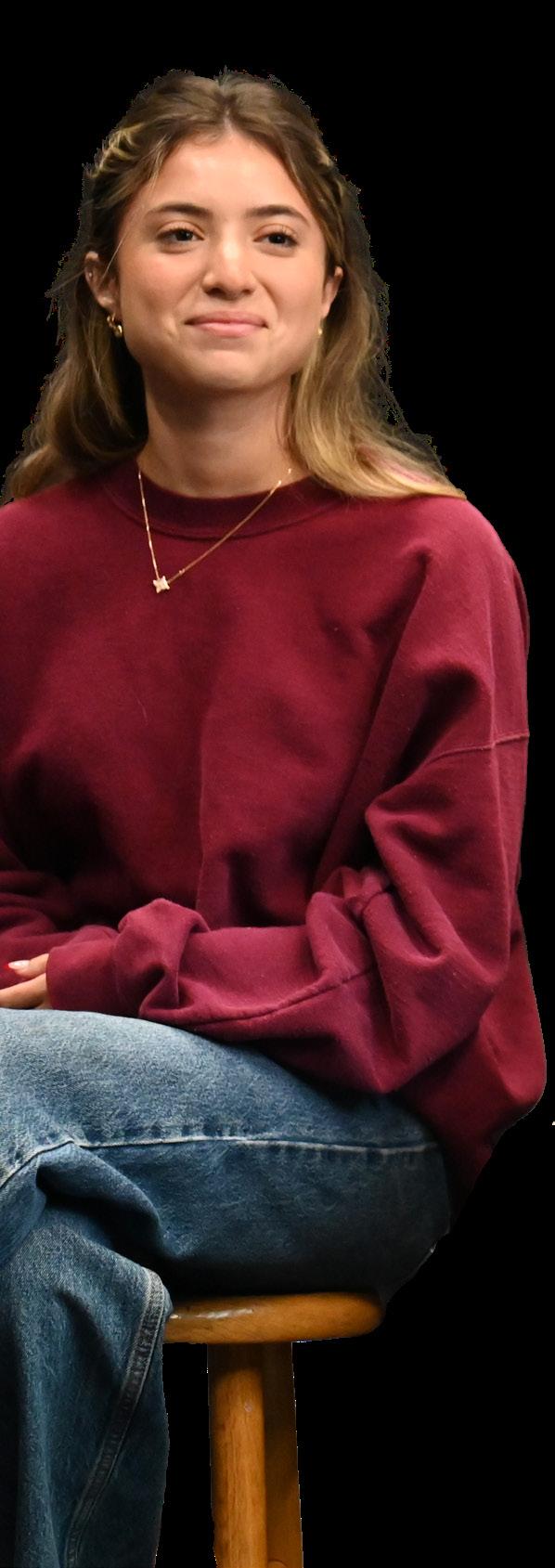
“Each group highlighted both the positives and the challenges of identifying with their cultural communities at Windward,” shares Ryan Shelven, former Director of Student DEIB & Community Engagement. “They also focused on the meaningful contributions they’ve made on campus—through events, peer leadership, and simply showing up as their full selves.”
One of the most notable milestones of the year was the launch of Windward’s first-ever South Asian Affinity Group, founded by students Bella Kapoor ’26 and Zaynah Ismail ’26. “They are pioneers in the affinity space,” Ryan notes. “Their work brought Diwali and Holi celebrations to campus, creating new spaces for cultural expression and cross-community learning.”
(For more on the SAAG student affinity group, please see page 52.)
Other groups built on strong existing foundations to spark honest conver sations. Leaders from the AAPI Affin ity Group, Maya Hsu ’28 and Henry Kim ’30, offered a deeply resonant presentation about identity and expectations. “They high lighted the need to dismantle stereotypes in the classroom—the unspoken expectation to always be perfect—and reminded us how exhausting that can be,” says Ryan.
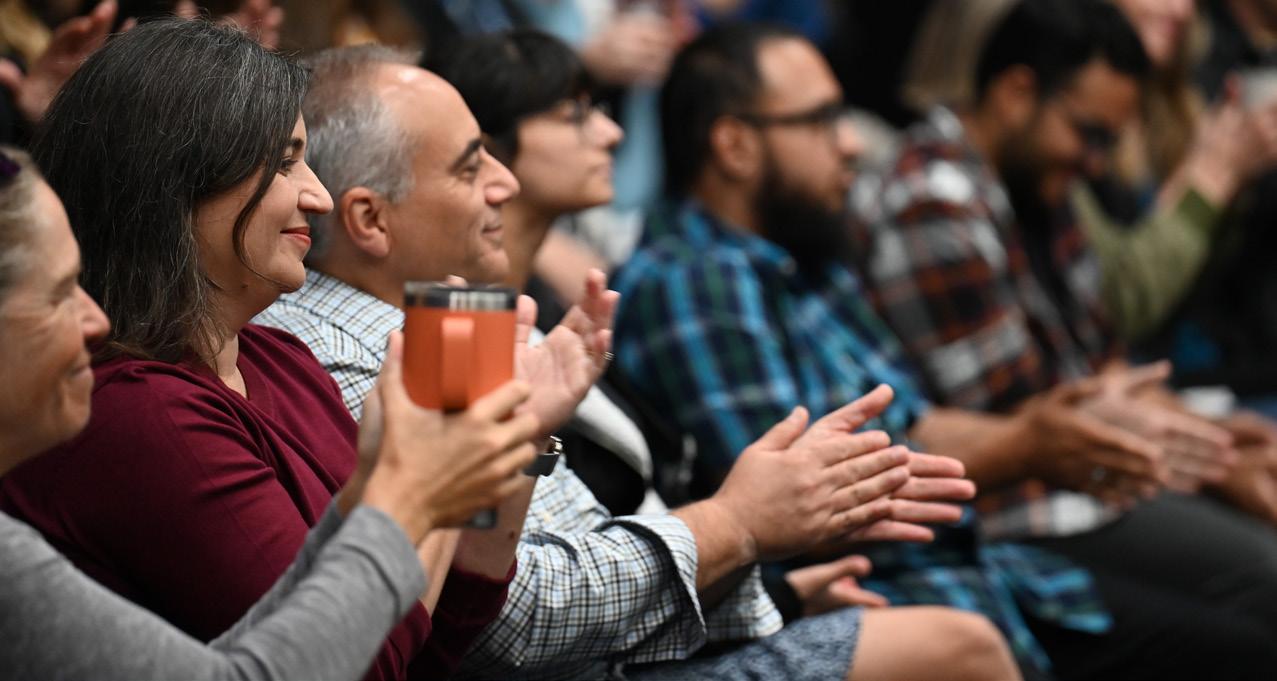
Similarly, the Jewish Affinity Group—represented by Cole Kaller ’25, Lilah Rubinson ’27, and Ziv Bard ’26—spoke on the power of community “They talked about the strength and comfort they find in their Jewish peers at Windward,” Ryan explains, “while also voicing the fear and uncertainty they feel in the wider world, where antisemitism continues to rise.”
Led by Maya Isaacs ’25, Ava Torres ’29, and Aman Granados-Puvvula ’25, the Latino Affinity Group brought a sense of momentum and possibility to their presentation. “They expressed pride in the increasing number of Latino students taking part in cultural events,” says Ryan. “At the same time, they made a powerful appeal for continued growth—sharing their hope to see even more Latino representation on campus in the years ahead.”
Each presentation was met with deep appreciation from Faculty and peers alike. “These students put their heart and soul into what they shared,” Ryan reflects. “They left a lasting impression— not just because of what they said, but because of the honesty and courage it took to say it.”
The success of this year’s Student/Faculty Presentations underscored the power of student-led dialogue in shaping a more inclusive campus culture. By speaking candidly about their lived experiences, affinity group leaders offered Faculty deeper insight into the realities of navigating identity at Windward. These sessions weren’t just moments of reflection—they were more intentionally, fostering a ronment where every stuvalued, and understood.
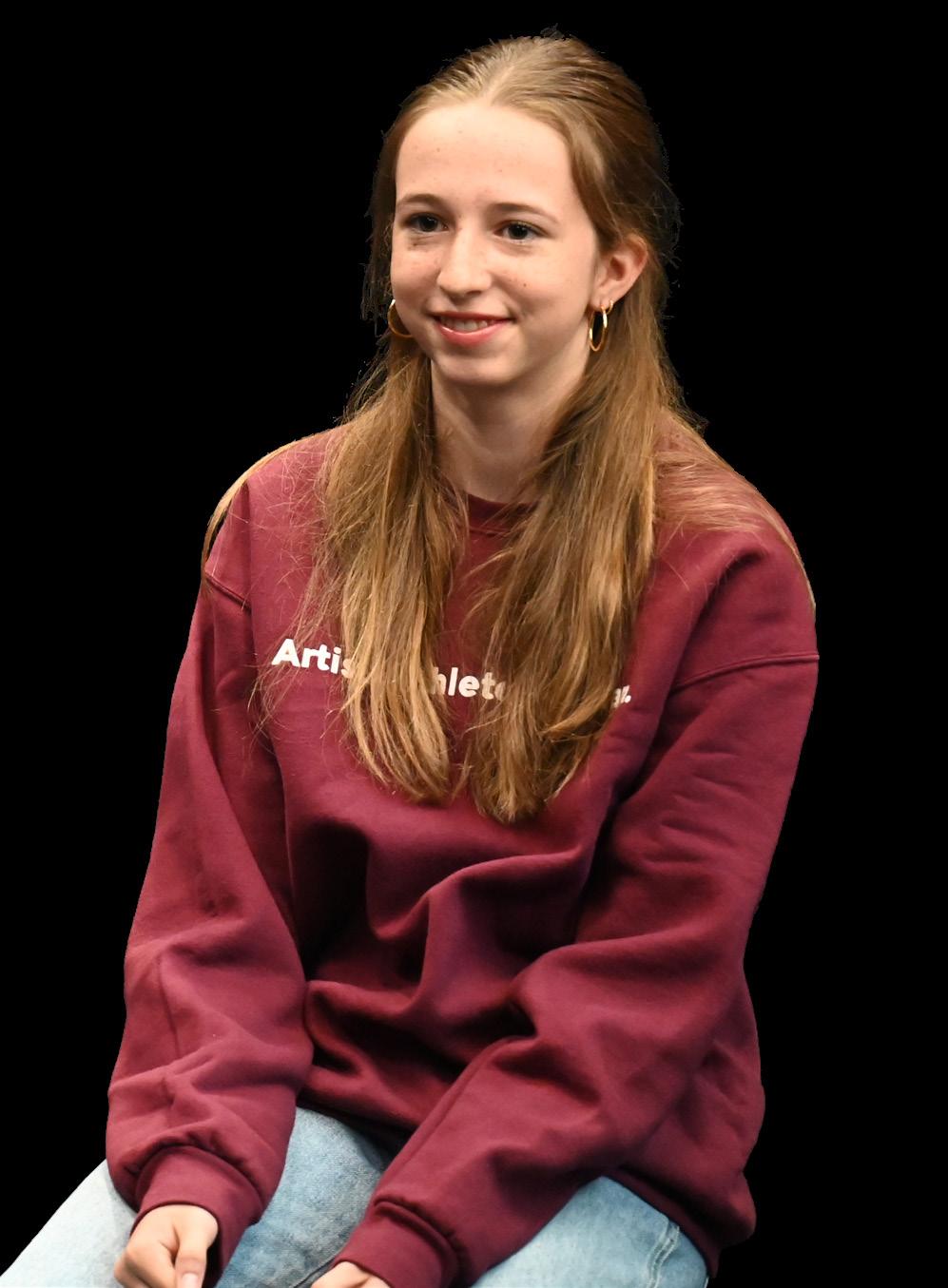
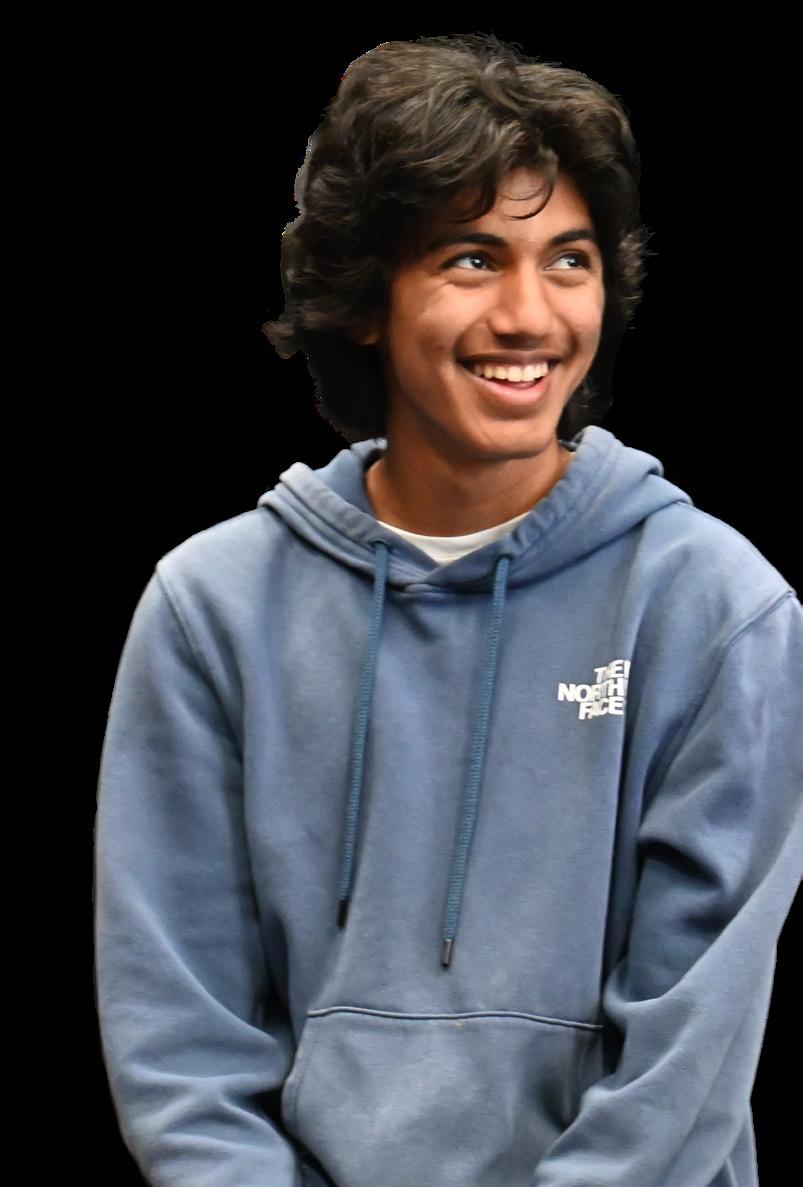
A SPACE OF THEIR OWN Windward’s South Asian Affinity Group
A key aspect of the School’s focus on Community Engagement & Belonging includes empowering students to take the lead in areas they find most important. For Bella Kapoor ’26 and Zaynah Ismail ’26, that meant noticing a gap in representation for their community and working with peers and faculty advisors to fill it.
The idea for the South Asian Affinity Group (SAAG) began taking shape in November 2023, when Bella and Zaynah attended the Student Diversity Leadership Conference (SDLC). For the first time, they found themselves surrounded entirely by South Asian peers—students who not only shared parts of their heritage, but also understood the nuances of their holidays, foods, traditions, and experiences. “We had the same Asian stereotypes in common and we are all part of the Asian continent,” Bella recalls, “but it’s different saying that we belong when most people don’t look like us. At SDLC, there was a separate session for South Asians—those who looked exactly like us. That’s when we knew we wanted to bring that feeling to Windward.”
In the 2024-25 school year, Bella and Zaynah helped launch SAAG to create a dedicated space within the broader Asian American and Pacific Islander (AAPI) community—one that could celebrate South Asian culture in its depth and complex ity. The process of building the group from scratch came with challenges, from event planning to finding faculty advisors who shared their cultural background. “One of the biggest chal lenges was figuring out how to coordinate interesting meet ings and large-scale events like Diwali and Holi,” notes Bella. “We learned to lean on our group for help, and to accept that things didn’t have to be perfect for them to be meaningful.” Guid ance from advisors Dahlia Morrone and Sudha Joga, along with support from AAPI faculty members Garret Tyau and JP deGuzman, helped the students transform their idea into a visible and vibrant presence on campus.
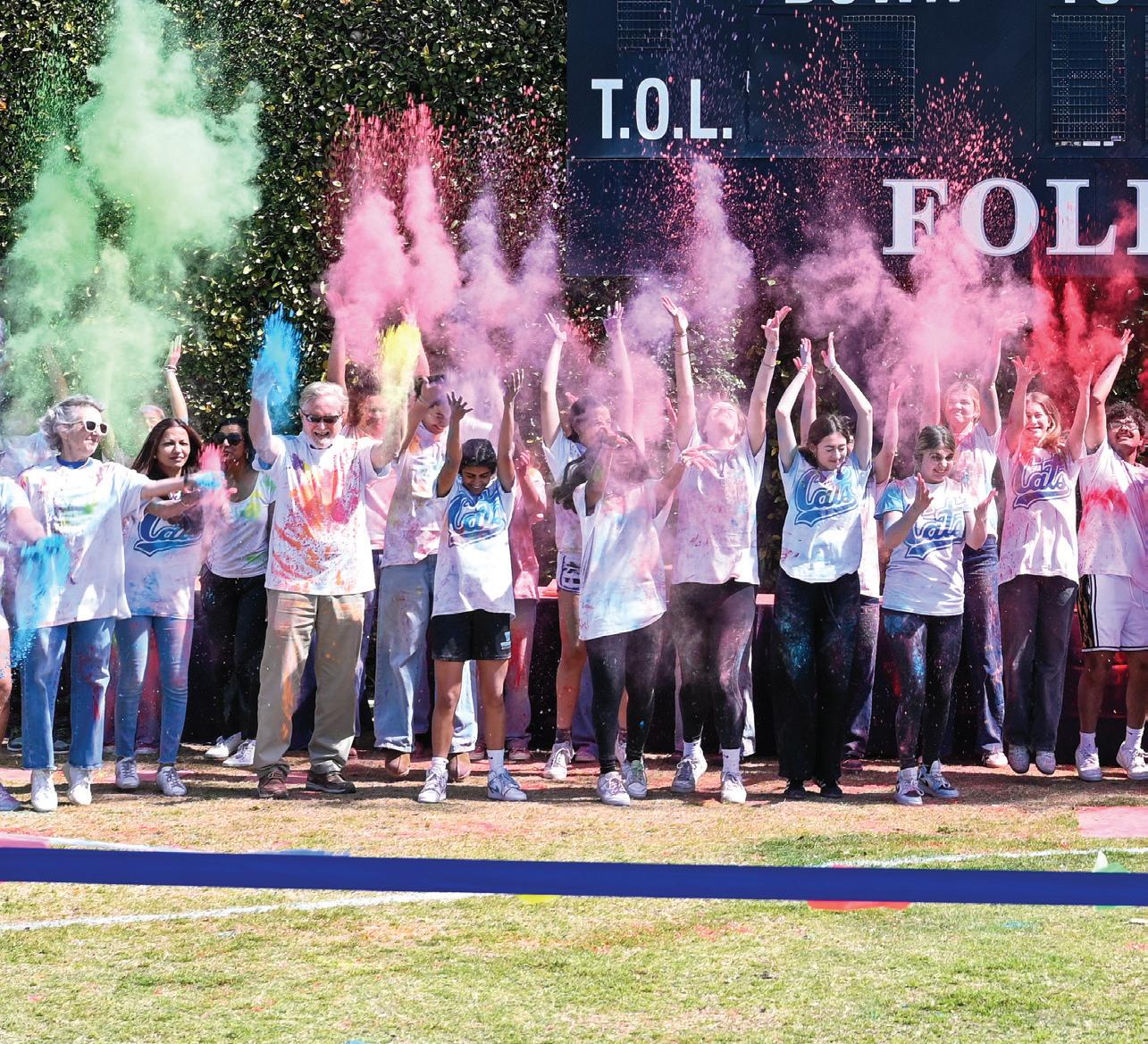
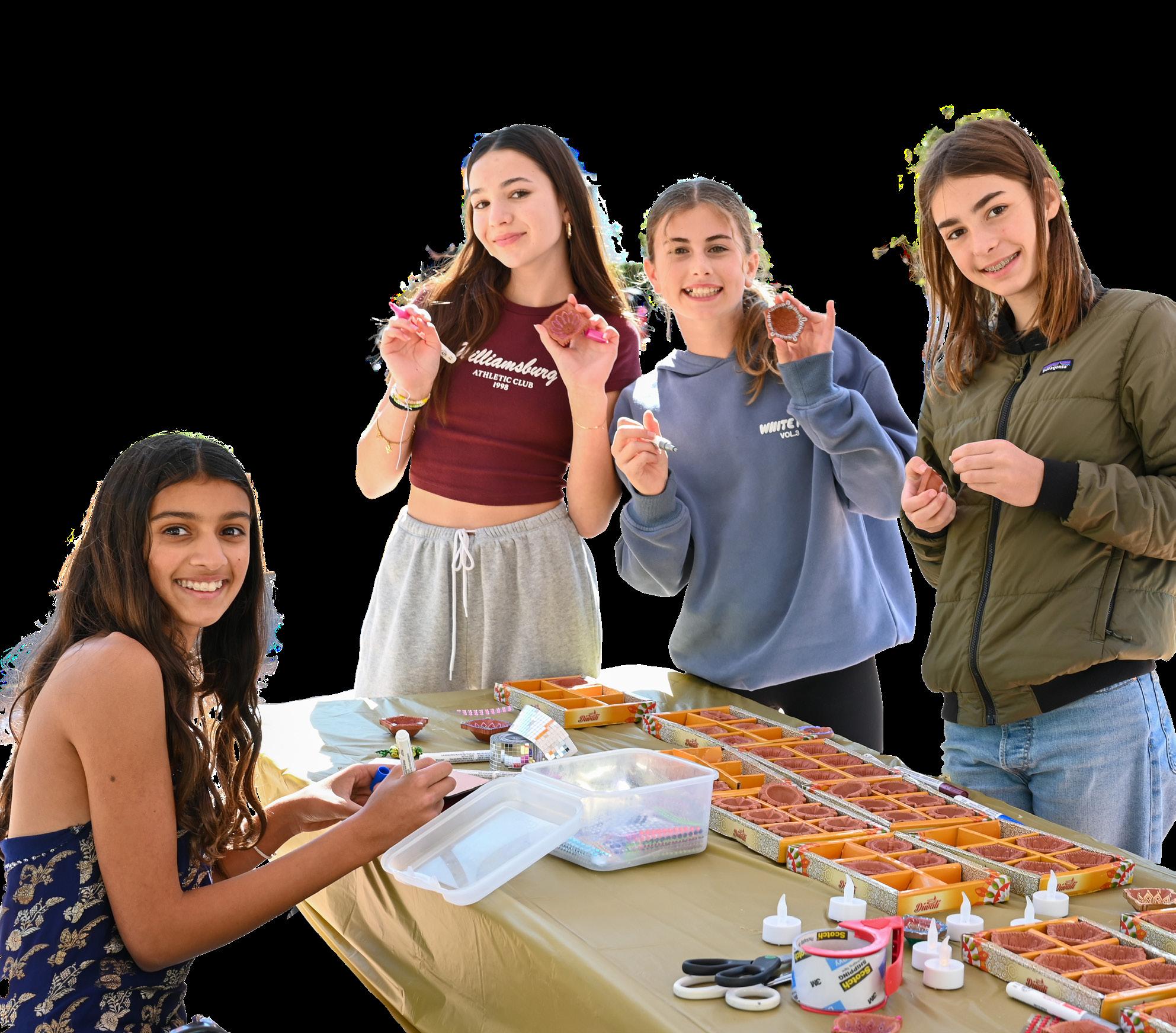
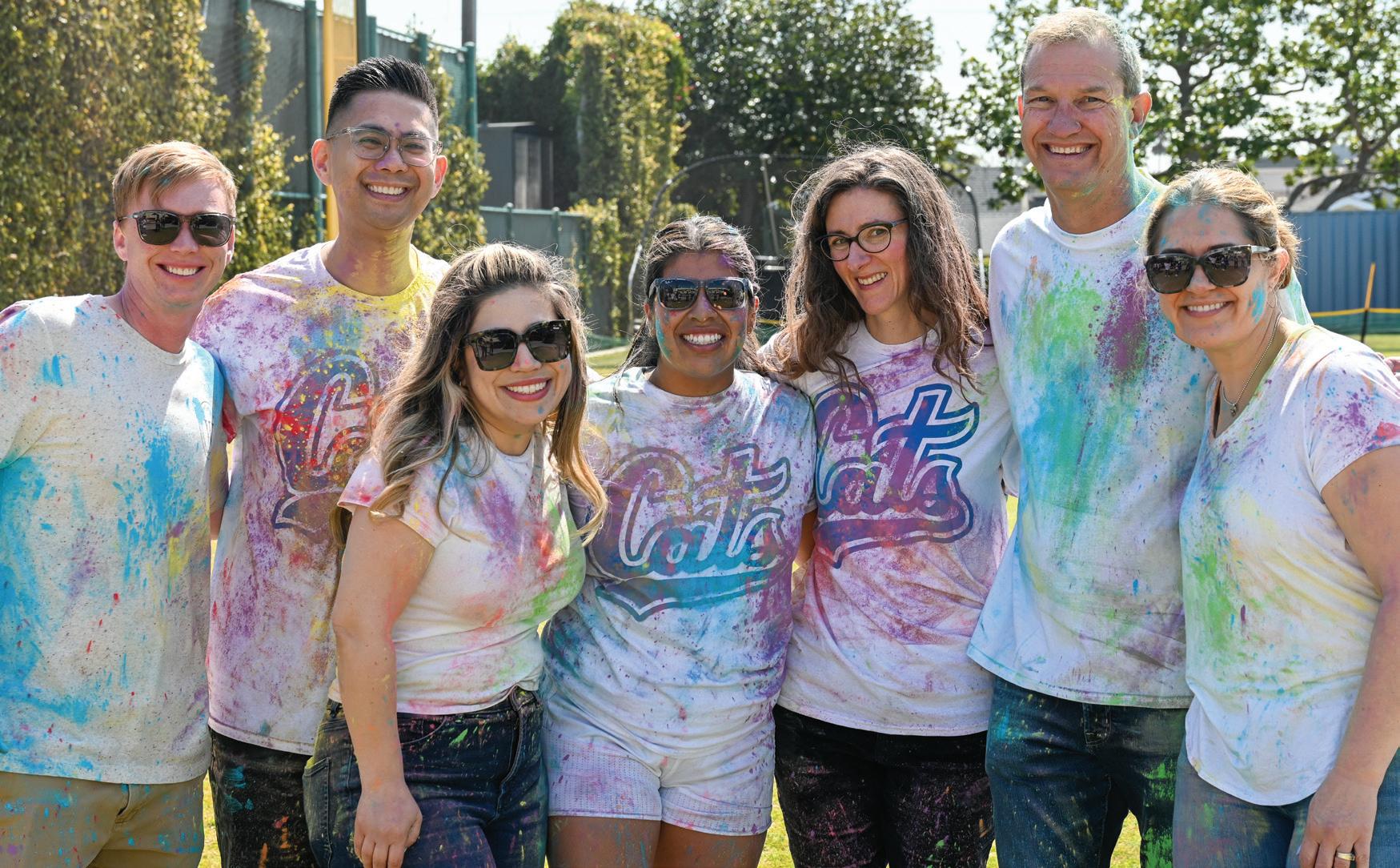
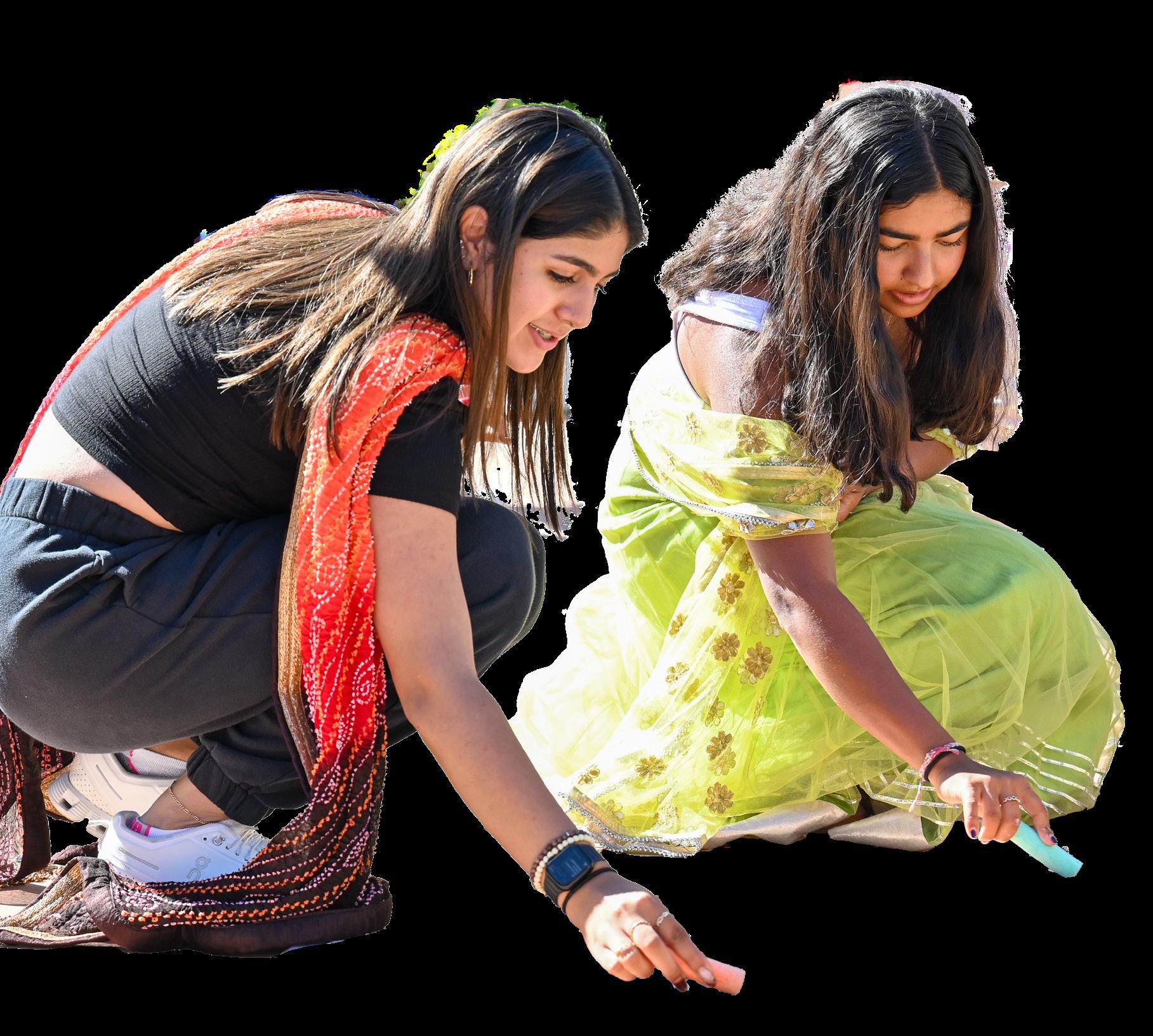
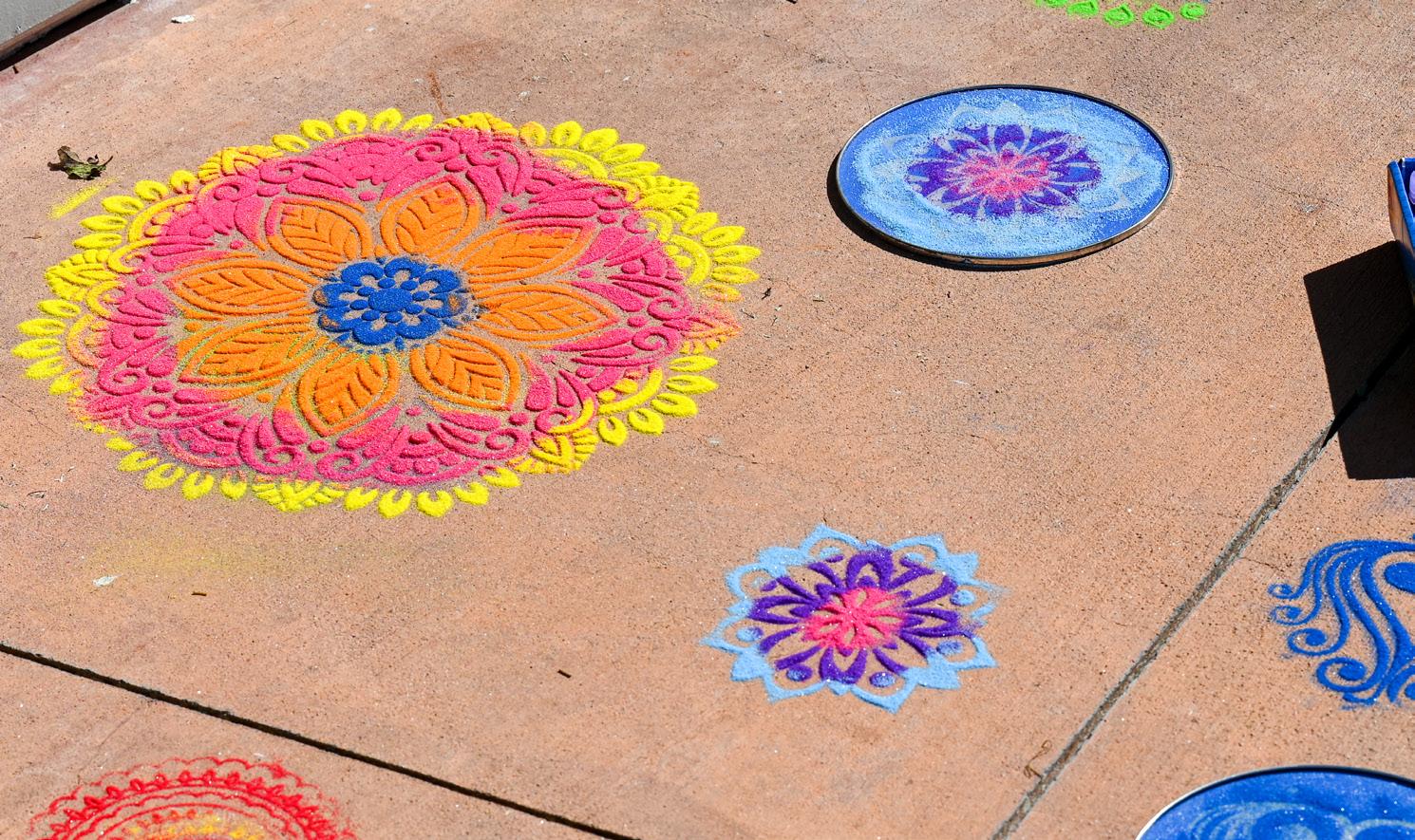
Since its launch, SAAG has grown into a community within a community, offering space for both celebration and dialogue. “We have also had deeper conversations about the stereotypes/negatives South Asian students face at Windward, by giving feedback to faculty members,” Zaynah shares. Through events like Diwali and Holi, the group has introduced new cultural traditions to the broader campus community while creating a space where South Asian students can connect over shared experiences and perspectives.
Some of the most memorable moments have come during those celebrations. “When everyone was throwing powder at Holi—from Tom Gilder to Kevin Newman to kids in our grade—I was the most proud of our group,” Zaynah recalls. “People who said they weren’t going to participate joined in anyway because they saw the fun.” That sense of joy is matched by a feeling of connection. “It’s so nice to go around campus and see my little brothers and sisters,” Bella adds. “We come to each other for academics, but also for cultural things. There’s an unspoken understanding.”
Both Bella and Zaynah see SAAG as a space for learning as much as for celebration. “I can’t wait to not only show others my culture but learn more about my own,” Zaynah says. Bella hopes the group will remain a lasting fixture at Windward. “We want future students to feel like their culture is fun, cool, represented, appreciated, and celebrated.” Their advice for others hoping to create an affinity group is simple: “Be brave,” says Bella. “There is always someone who needs that space.”
“You are not alone,” agrees Zaynah. “You have the entire Windward community supporting you. The most important thing is to feel belonging. We didn't feel it at first and so together we made a space where we could.”
I Am It & It Is Me
An Inquiry into LA River Life
What began as a series of cross-departmental conversations has evolved into a striking artifact of student observation and collaboration. I Am It & It Is Me: An Inquiry into LA River Life is a new Risograph-printed book produced by Windward students and faculty across the Visual & Media Arts, English, and Environmental Science departments. Part field guide, part creative anthology, the book gathers poems, species illustrations, scientific research, and personal reflections—offering a layered portrait of Los Angeles’ curious and expansive waterway.
“We knew from the beginning that we wanted to create something physical—something that blended the form and feel of a field guide with the expressive qualities of a book of poems and art,” says Visual & Media Arts teacher Christina Hendershaw. “We imagined a hybrid object: part reference, part reflection; part science, part story. The book form allowed us to bring together the many layers of student work—research, writing, and visual art—into a unified, tactile experience. Rather than showcasing that work only in the gallery or online, we wanted something readers could hold, leaf through, and return to over time.
“The collaboration began informally,” Christina continues, “through conversations during a series of LA River meetings attended by faculty interested in cross-disciplinary work. As we shared ideas, we realized we were all exploring similar themes—species, place, and ecology—from different angles. That shared curiosity led to a more intentional partnership, and ultimately, the decision to bring the work together in the form of a book.”
The result is a layered, student-centered project shaped by deep attention to the local environment. “We hope the book invites people to look more closely—at the river, at the species that live alongside us, and at the creative potential of interdisciplinary work,” Christina shares. “It’s a record of observation, reflection, and care—for the river and for our city. It’s also a celebration of what happens when students engage with place not just academically, but artistically and emotionally. We hope readers leave with a deeper sense of connection—to both the LA River and to the Windward community.”
Choosing Risograph printing for the project felt right for both its feel and its philosophy. “Risograph printing is tactile, and full of character—each print is a little different,” Christina notes. “That variability felt right for a book about the LA River, a place that resists being neatly defined. Risograph’s roots in zine-making and community publishing also aligned beautifully with the spirit of the project.”
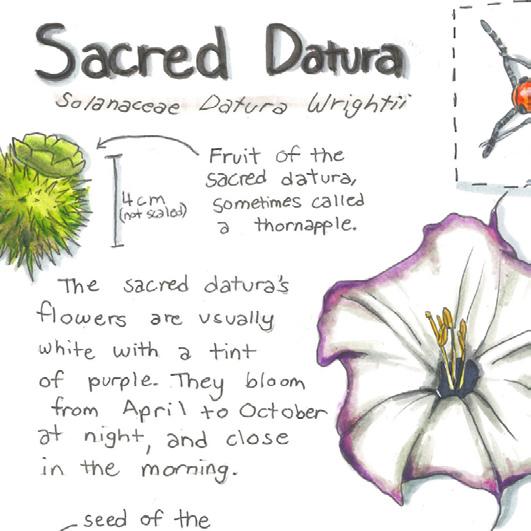



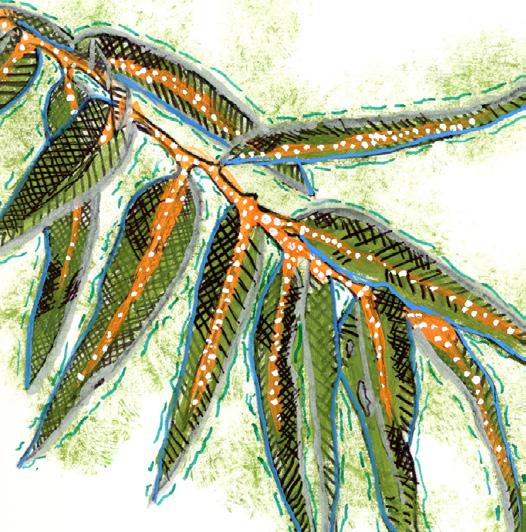
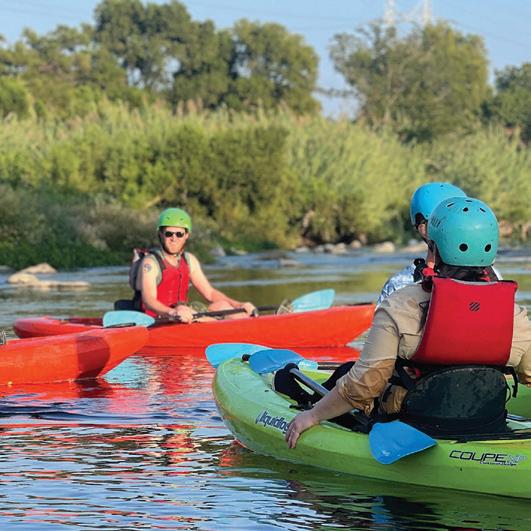

Managing such a wide-ranging collaboration required extensive planning and coordination. “We started by sharing our individual curricula and brainstorming how our classes might overlap. That led to the creation of a shared spreadsheet tracking species alongside their corresponding poems, illustrations, and field guide entries. It was a huge undertaking, and I couldn’t have done it without the support of my collaborators—Will Vincent (English Teacher), Gage Loveless (Science Chair), Erin Borgstrom (Biology Teacher), Tony de Los Reyes (VMA Teacher, Director of Programming and Special Projects), and Katie Thoma (VMA Chair). I collaborated with artist and designer Andy Bennett to create the final layout and design. Shar Varanauskas, our studio manager, was also a huge help in organizing everything and scanning all the artwork!”
As the book came together, the students’ contributions often exceeded expectations, and Christina was struck by how deeply students connected with their chosen species.“Whether through a poem about a crow or a meticulously drawn illustration of a house sparrow, students brought a remarkable level of empathy, insight, and attention to detail,” she reflects. “Many used their species as a lens through which to explore personal memory, identity, or place. The results were both intimate and expansive.”
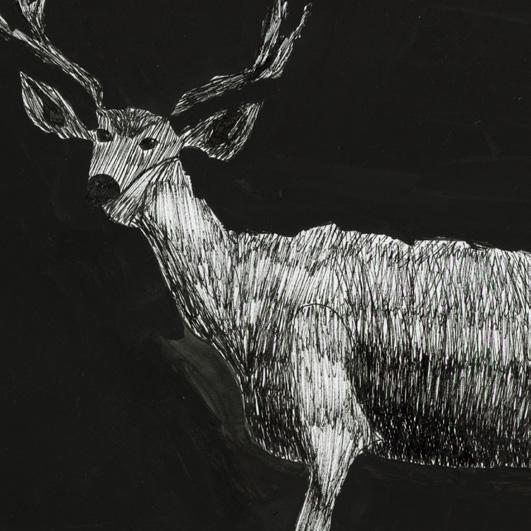
Now a finished piece, the book will be released this Fall as part of the Wade in the Water: The LA River Exhibition set to debut in the DeGeorge Family Innovation & Arts Center, where the larger body of interdisciplinary work will be on view. Only 200 copies are being hand-printed by Martian Press, with each student contributor receiving one. The remaining copies will be available for purchase through Windward School for $30.
Working across disciplines also sparked new energy. “Students were genuinely excited by the idea that their work would be curated alongside projects from Environmental Science and English,” she says. “I think it will be powerful for them to see how their individual contributions fit into a larger creative and intellectual ecosystem—especially once the exhibition is on display.”
Ultimately, Christina sees the project as both a celebration of student creativity and a meditation on their place in the world. “It slows them down, which is powerful in itself,” she says. “It asks them to observe and to care—not just about the subject, but about their role in a larger community effort. They begin to see themselves as part of an interconnected system: ecological, educational, and creative. And they learn that meaning doesn’t always come from having the right answer—it comes from attention, collaboration, and care.”
Art in Action
On May 1, the Academic Hub Art Studio transformed into a vibrant gallery space as Windward’s A.P. Art and Design students unveiled their culminating works in a stunning end-of-year exhibition. Friends, family, and faculty gathered for an opening night reception that celebrated the creativity and commitment of our upper-level artists.
Unlike most Upper School projects, which often span only a few weeks, these pieces reflected months of sustained focus and detailed exploration. Each student selected a personally meaningful idea at the start of the school year— one they would test, refine, and ultimately bring to life through an extended artistic process. From large-scale mixed media to intricate design work, the gallery offered a compelling look at what’s possible when students are given the space and support to pursue their ideas more deeply.



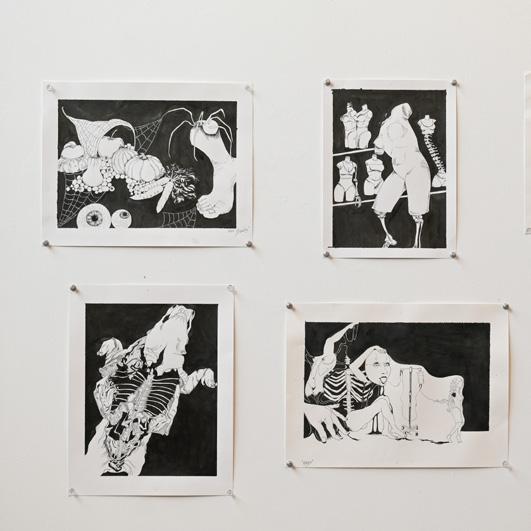
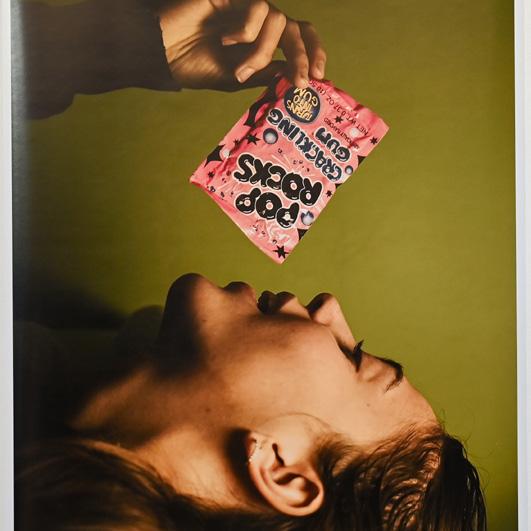
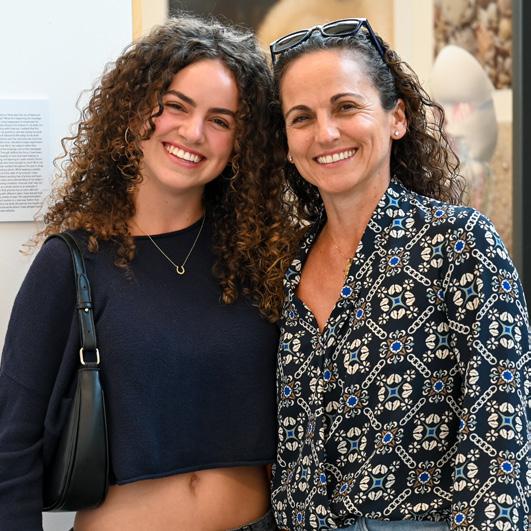
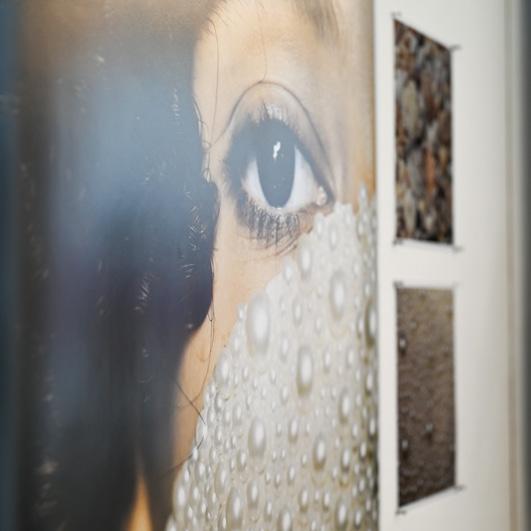
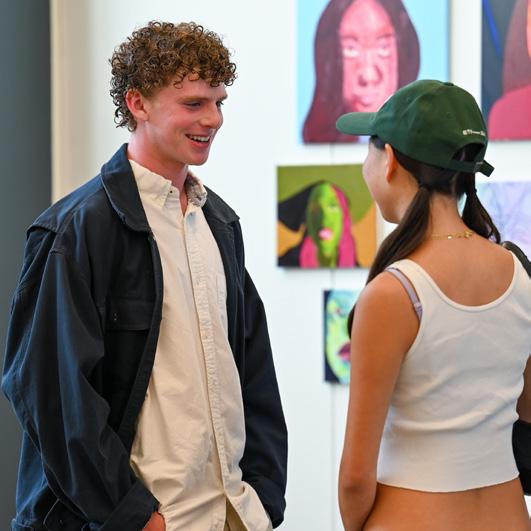

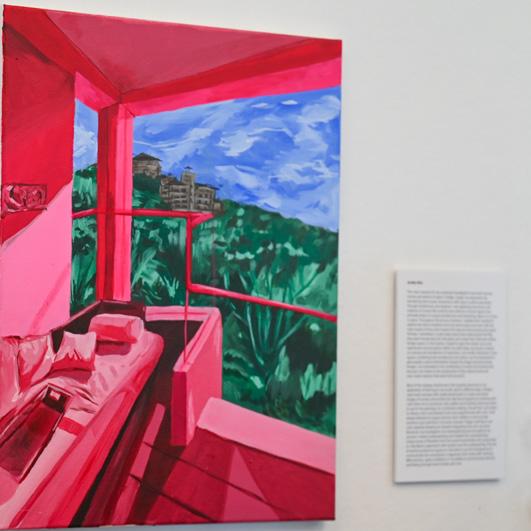
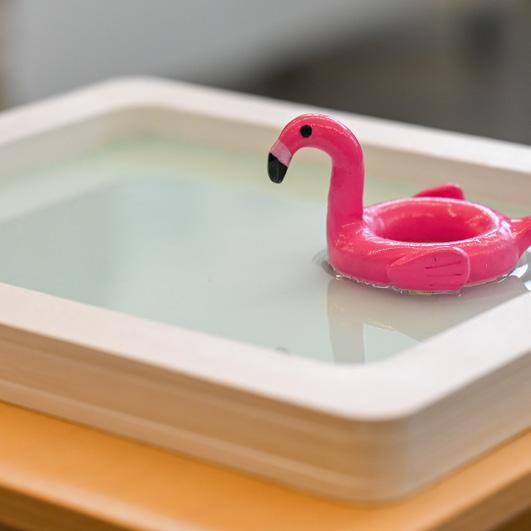
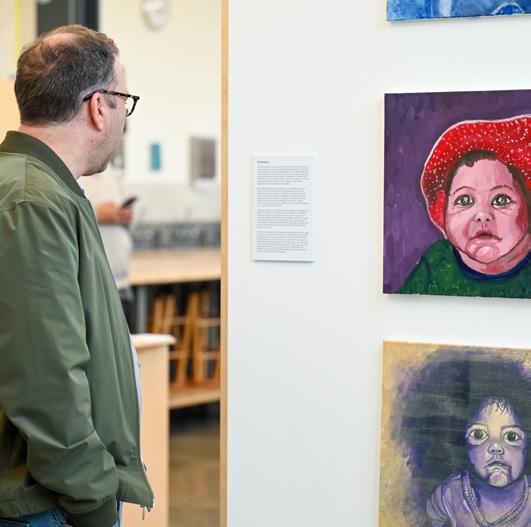
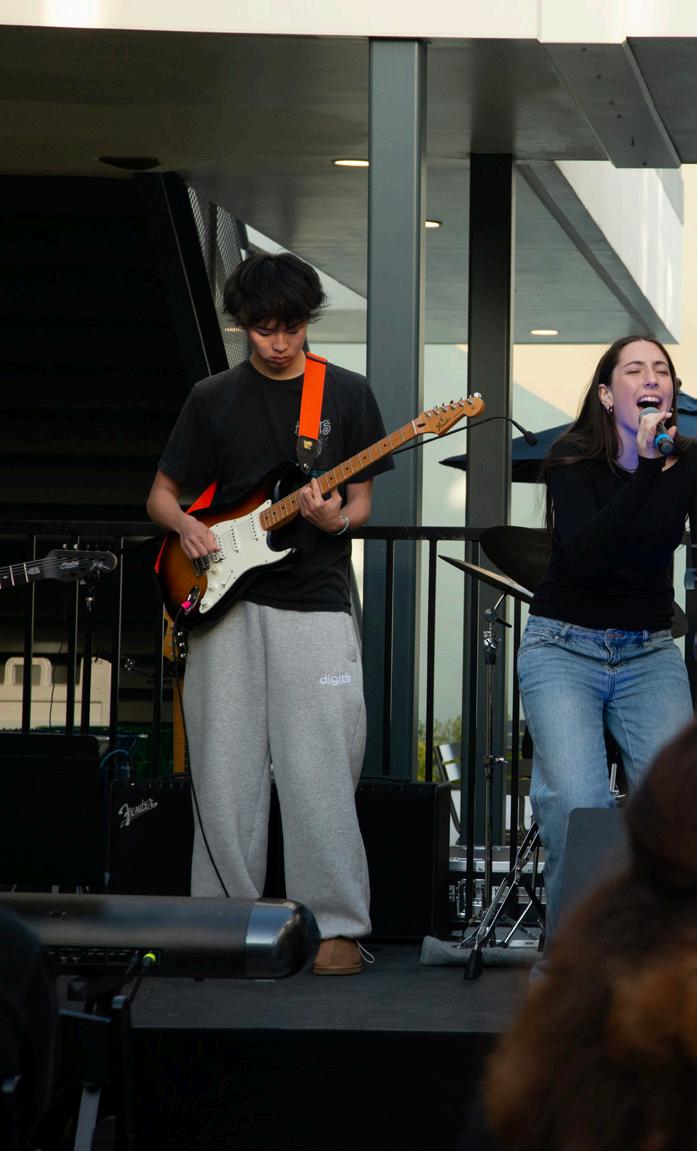
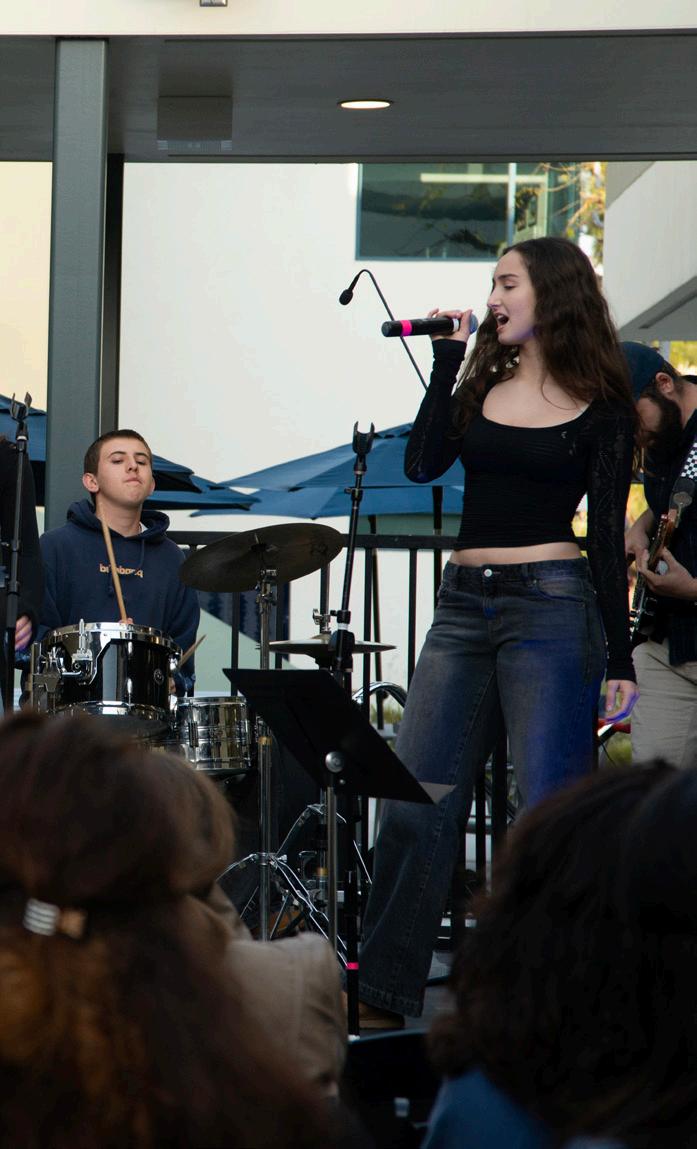
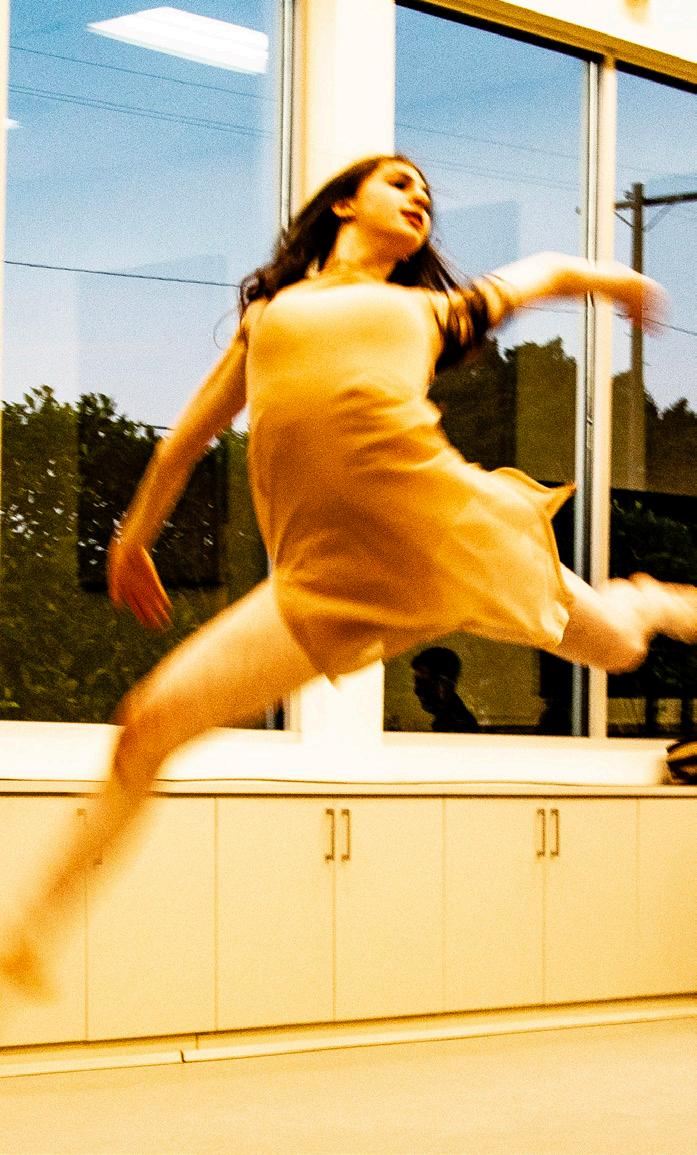

a medley of mediums
Windward's Collaborative Arts Festival



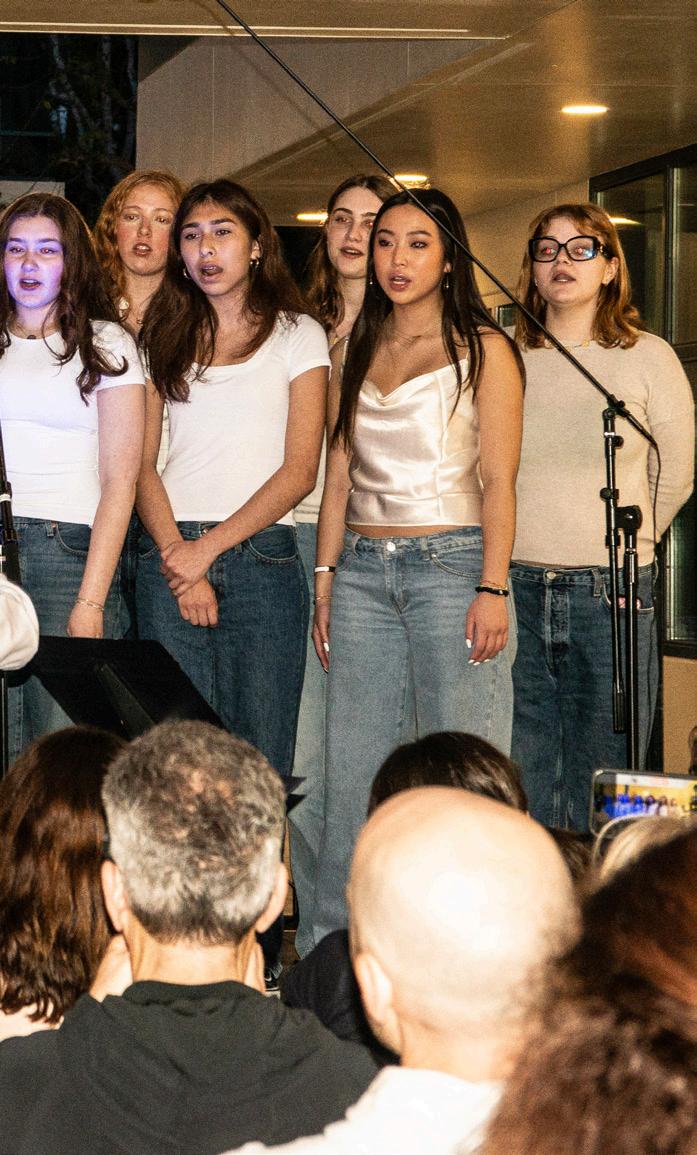
In April, Windward’s Performing Arts and Visual & Media Arts departments brought campus to life with a vibrant, multivenue celebration of interdisciplinary creativity—the Collaborative Arts Festival. The event showcased the incredible power of student-driven collaboration, blending original performances, installations, and cross-department partnerships into a dynamic, campus-wide experience.
In the lead-up to the festival, students and faculty from across disciplines—Dance, Theater, Music, Visual & Media Arts, English, and more—worked together to develop work that felt meaningful and true to their passions. Each piece was intentionally collaborative, pushing students to step outside their comfort zones and engage with new forms, mediums, and perspectives.
The final result was a true celebration of process and partnership. Across campus, attendees explored 11 live performances and nine visual installations—each one shaped by students’
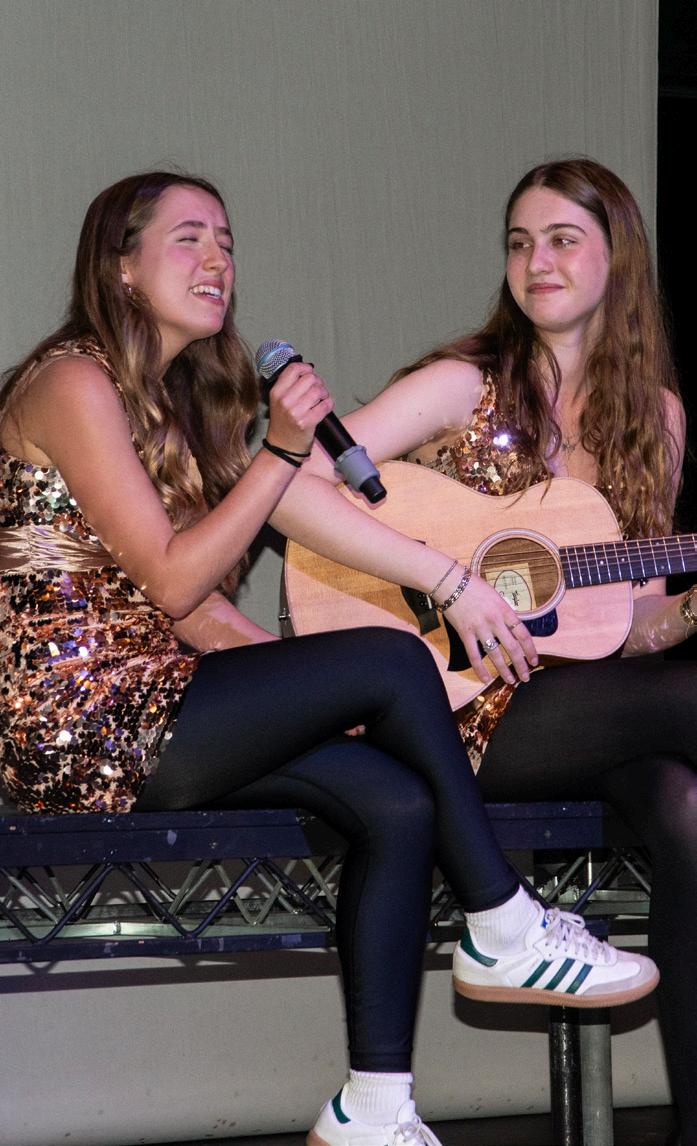
vision and fueled by creative risk-taking. Highlights included student-directed short films, a dance and spoken word fusion, and an immersive installation that invited audience interaction.
“When students collaborate across art forms—blending music with movement, visual art with theater, or composing with performance—they don’t just create powerful work, they build a shared language of expression,” says Natasha Arnold, Performing Arts Teacher (Theatre). “These partnerships ignite creativity, deepen understanding, and remind us all—students and teachers alike—how limitless art can be when we create together. I am personally awed by the commitment, passion and vibrant collaborations that our Windward students create.”
A testament to Windward’s creative students and faculty mentors, as well as the School’s collaborative spirit, the Collaborative Arts Festival was a true showcase of the connection and shared passion of Windward arts.

annie, jr.
Windward’s Spring Production
Director’s Note by James Patric Moran
“When I’m stuck with a day that’s gray and lonely, I just stick out my chin and grin and say, Oh, the sun will come out tomorrow, so you gotta hang on ‘til tomorrow. Come what may! Tomorrow! Tomorrow! I love ya, Tomorrow! You’re always a day away!”
— Annie
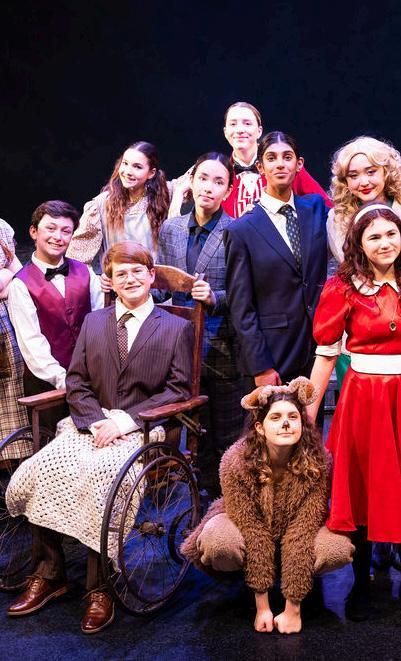

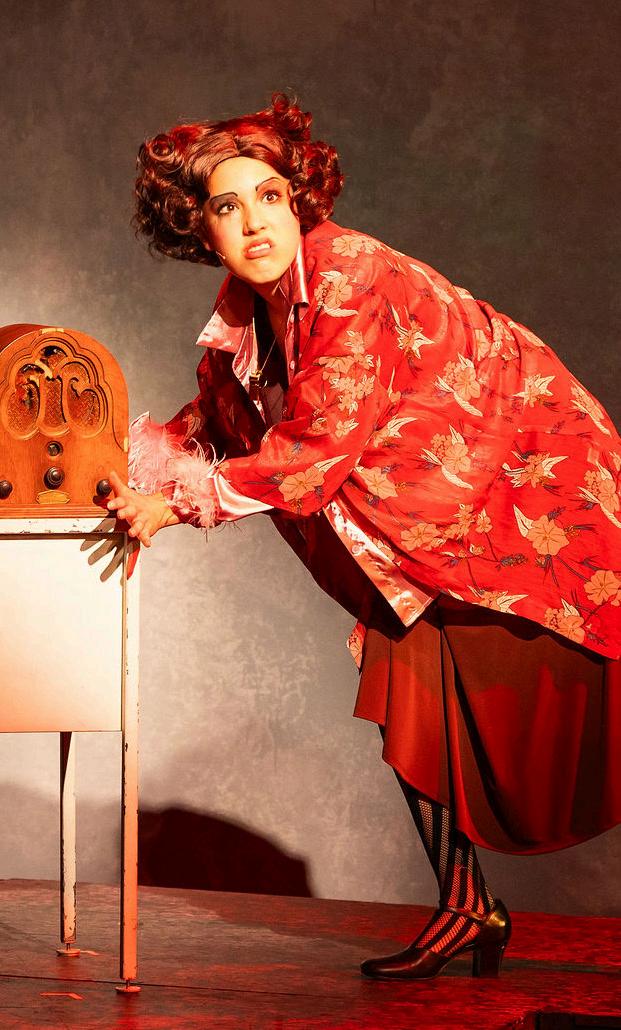


At first glance, Annie Jr. may appear as a cheerful, crowd-pleasing musical filled with catchy tunes and over-the-top characters. While it certainly includes those elements, the story and characters offer much more depth and complexity. At its heart is a young orphan named Annie, who, through unwavering optimism and resilience, overcomes immense adversity to find her chosen family.
Annie’s journey is one of hope and the transformative power of compassion and kindness. At the beginning of this process, I shared with our passionate young performers that every character in this show is reaching for their promise of tomorrow. We explored the idea that by continuing to show up—open, receptive, and guided by empathy—those tomorrows we envision can, in fact, become our reality. I encouraged every actor to imagine their boldest, most character-driven tomorrows—and to pursue them with full force. From Annie to Sandy, Hannigan to Rooster, Drake to Star-To-Be, each character clings to the hope that their dreams for tomorrow will eventually come true.
This production has been elevated by the many dedicated individuals who contributed their talents to help Annie Jr. soar. It’s been a true privilege to collaborate once again with Co-Choreographer Rebecca Barragan, whose inventive and spirited choreography, combined with her generosity and love, enhanced the

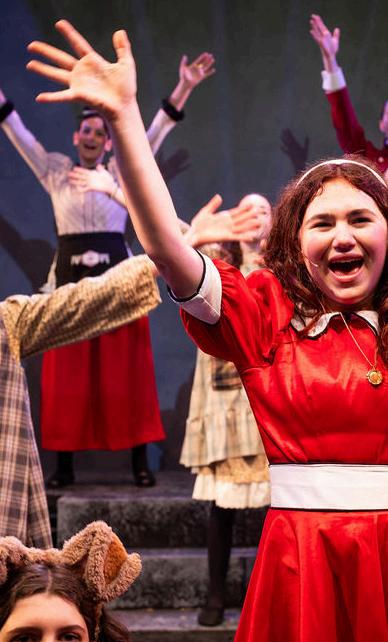
entire experience. Our unmatched Production Manager, Kristie Mattsson, and brilliant Technical Director, Ian Sloane, led an incredible team of designers and crew members. Tremendous thanks to our gifted Musical Director, Dr. Daniel Koh, and Assistant Musical Director, Dr. Zach Neufeld, for guiding our young vocalists through this beloved score with such precision and care. To our exceptional Stage Manager, Matthew Steward—thank you for your steady leadership and dedication. I’m also deeply grateful to our Assistant Stage Manager, Rachel Alvarez; Assistant Director, Abby Ribakoff; and Dance Captain, Maggie Goldberg. Thank you to our devoted and passionate student tech crew led by JJ Dawley, Reese Zolkin, Riley Taylor, and Tyler Gloege. And a heartfelt thanks to our Theatre Area Advisor, Jordan Fox, for your constant encouragement and support. This truly has been a collaboration of MANY.
Lastly, to each student artist involved in Annie Jr.—thank you. You continue to deepen and enrich this new chapter in our Theatre Area, one defined by your promise, heart, and authenticity. Amidst demanding academic schedules and countless extracurricular commitments, you brought your full selves to this production, giving it a vibrant, hopeful, and optimistic soul. Thank you for making me laugh every day—and thank you for believing in the promise of tomorrow. The sun will ALWAYS find a way to shine. BELIEVE!
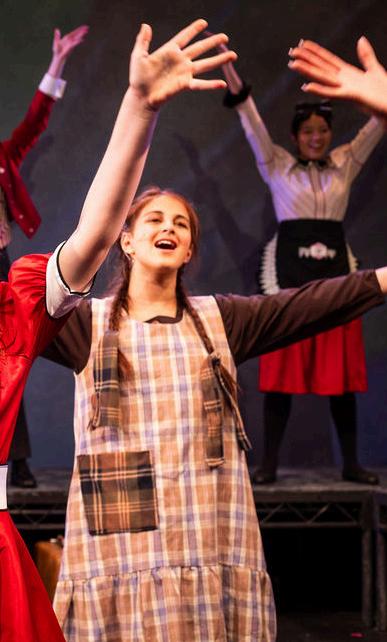
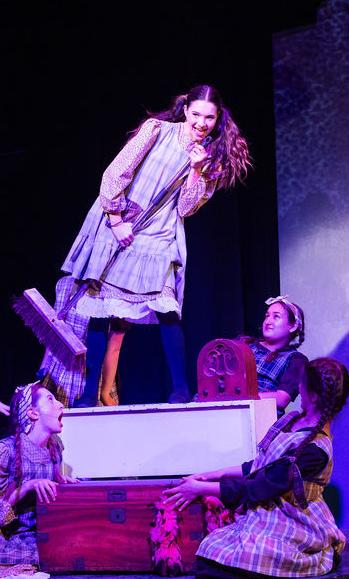
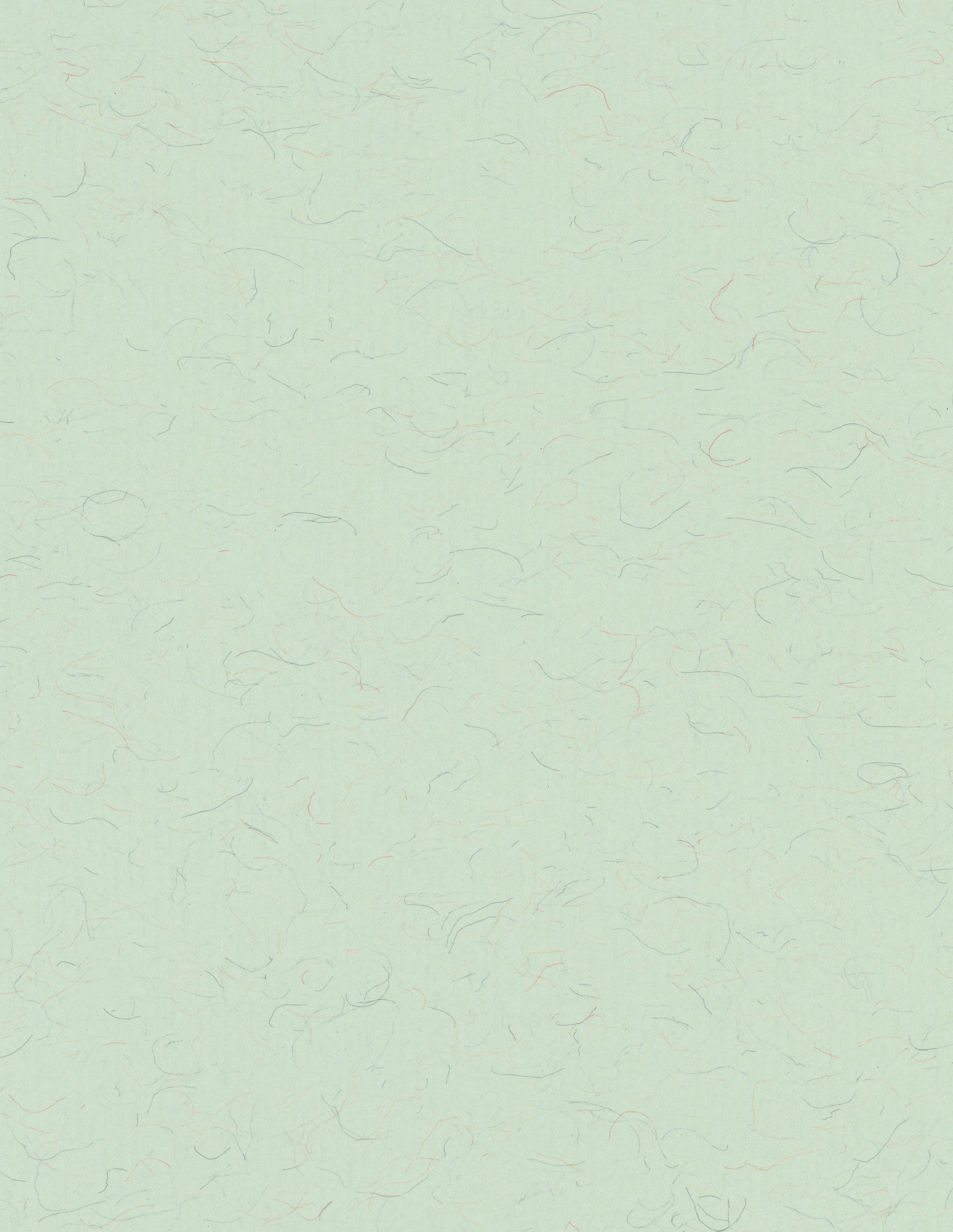
Serving Success
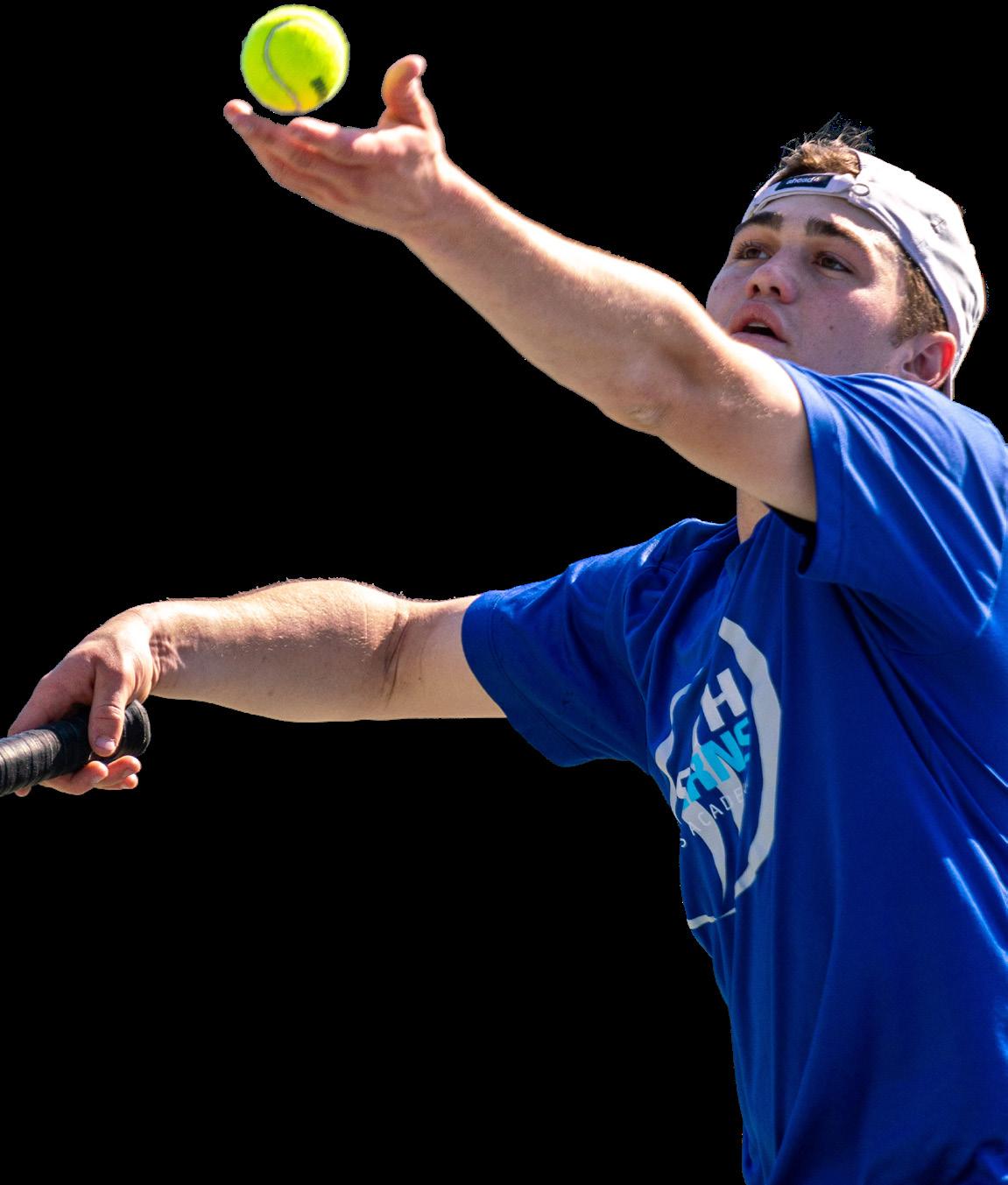
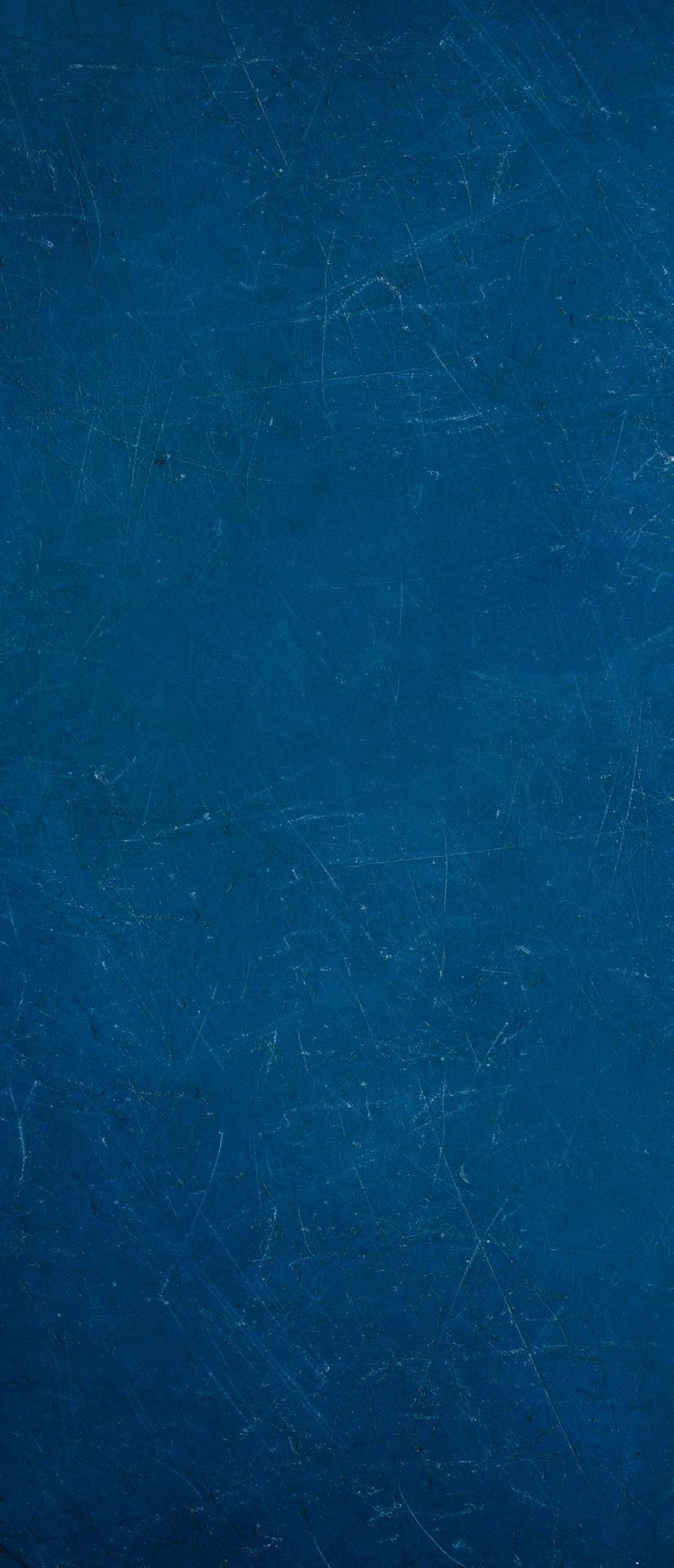
Boys Tennis Makes Historic CIF Run
The2024–25 season was one for the record books, as Windward’s Boys Tennis team posted an impressive 11–4 record and advanced all the way to the CIF-Southern Section Division 2 Semifinals—the furthest postseason run in program history. But beyond the match results, it was the team’s culture of trust, accountability, and resilience that defined their success.
“Coming into the season, our coaching staff sensed this could be a special year,” says Coach Josh Weissman. “Led by five dedicated Seniors and supported by a strong group of young players, the team rose to the challenge and made a historic run to the CIF Semifinals—a first in Windward Tennis history. It truly was a remarkable season.”
“We all genuinely enjoyed being together,” agrees Coach Lloyd Bourne, “and, as an added bonus, we were good! Sometimes you have a close-knit team without the results; other times, you get
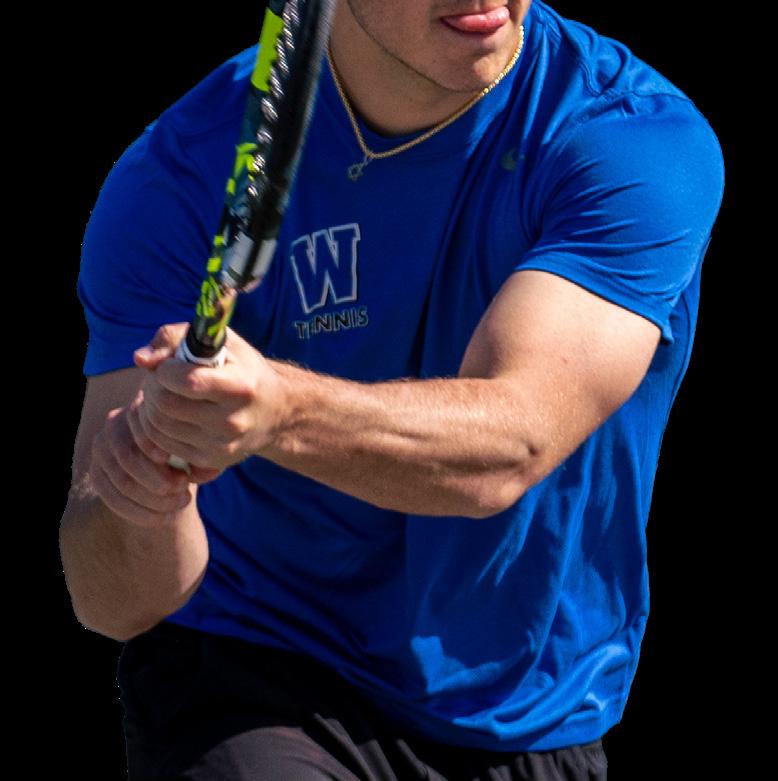

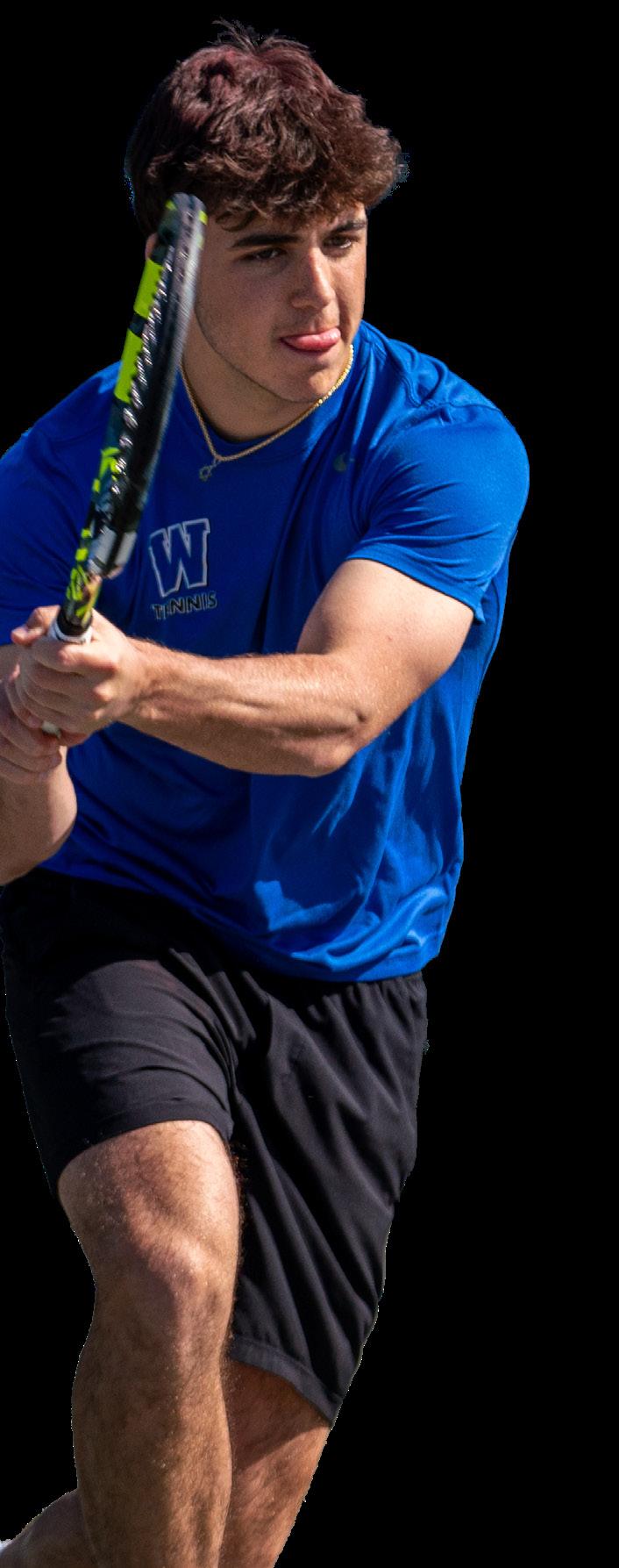
results but not the closeness. What made our season so special was that we had both.”
Coach Arron Mundy echoes that reflection, pointing to how the team grew into a force of shared purpose. “This season was nothing short of spectacular,” he says. “The way our players came together—sacrificing for one another, holding each other accountable, and truly believing in their collective potential— took us all the way to the CIF semifinals, a tremendous accomplishment for this group.”
That bond was forged day by day by the hardworking group of scholar-athletes. “It’s hard to point to one match—but it was the practices where their spirit really shined,” Arron explains. “In those moments, they held each other to a high standard, worked relentlessly, and built something that couldn’t be faked. That’s where their identity was formed.”
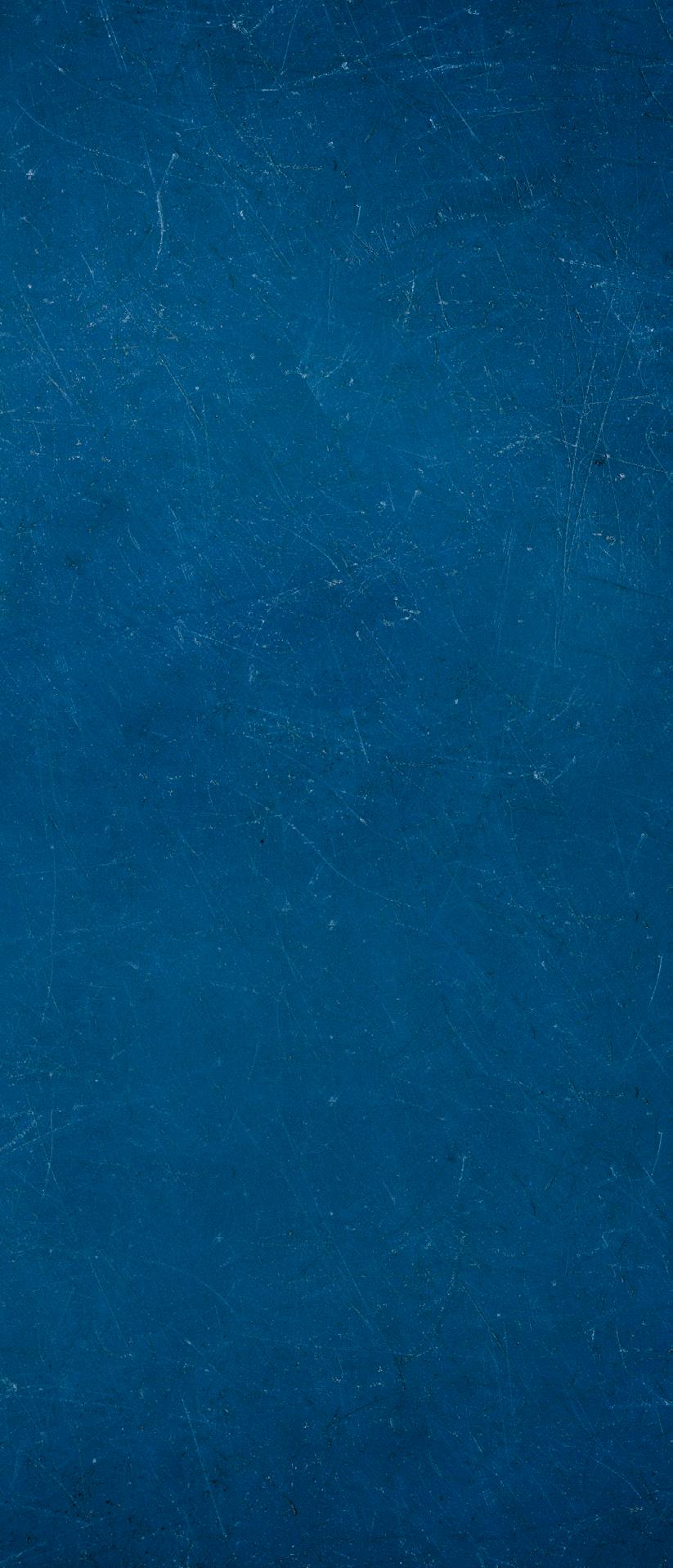
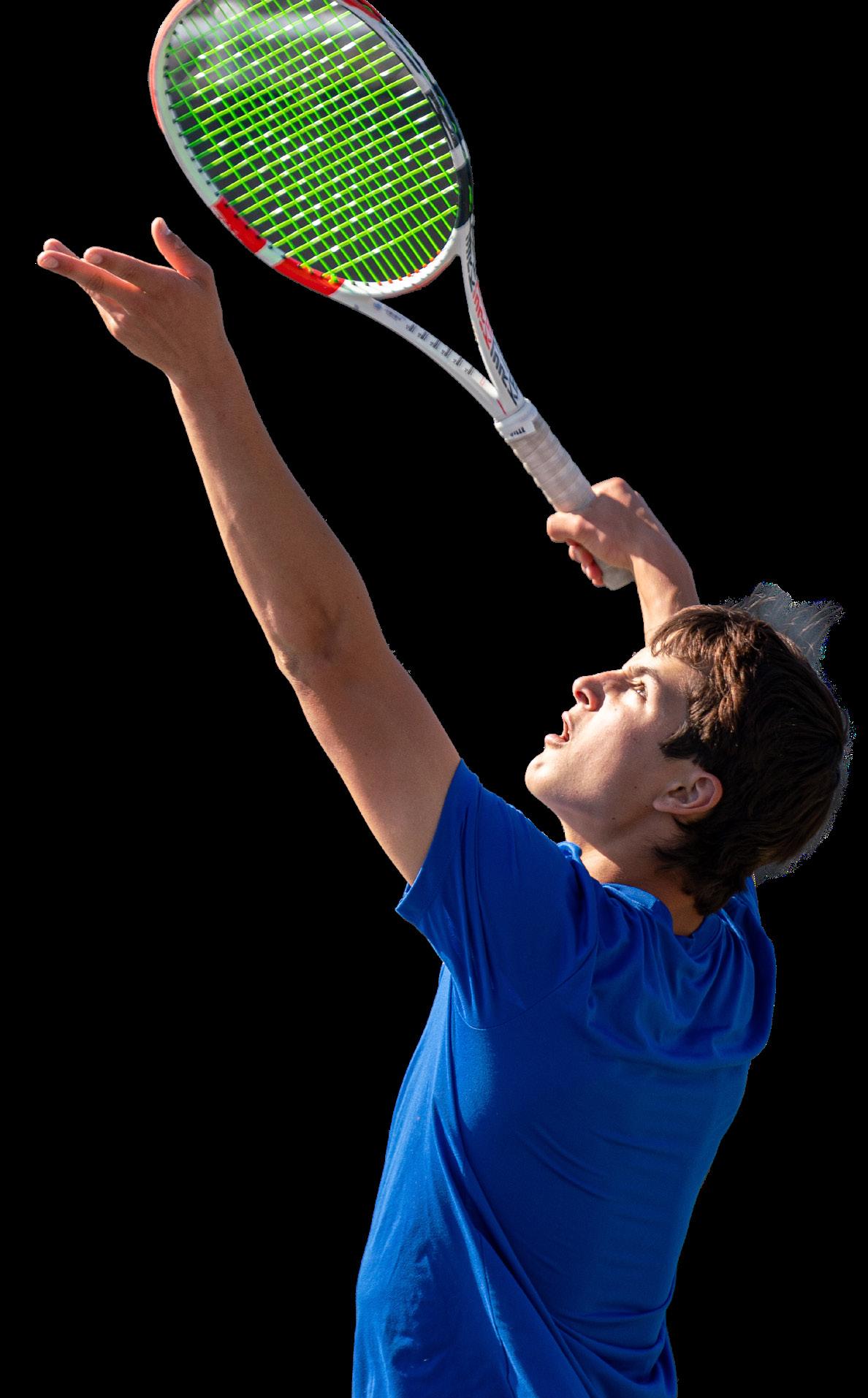
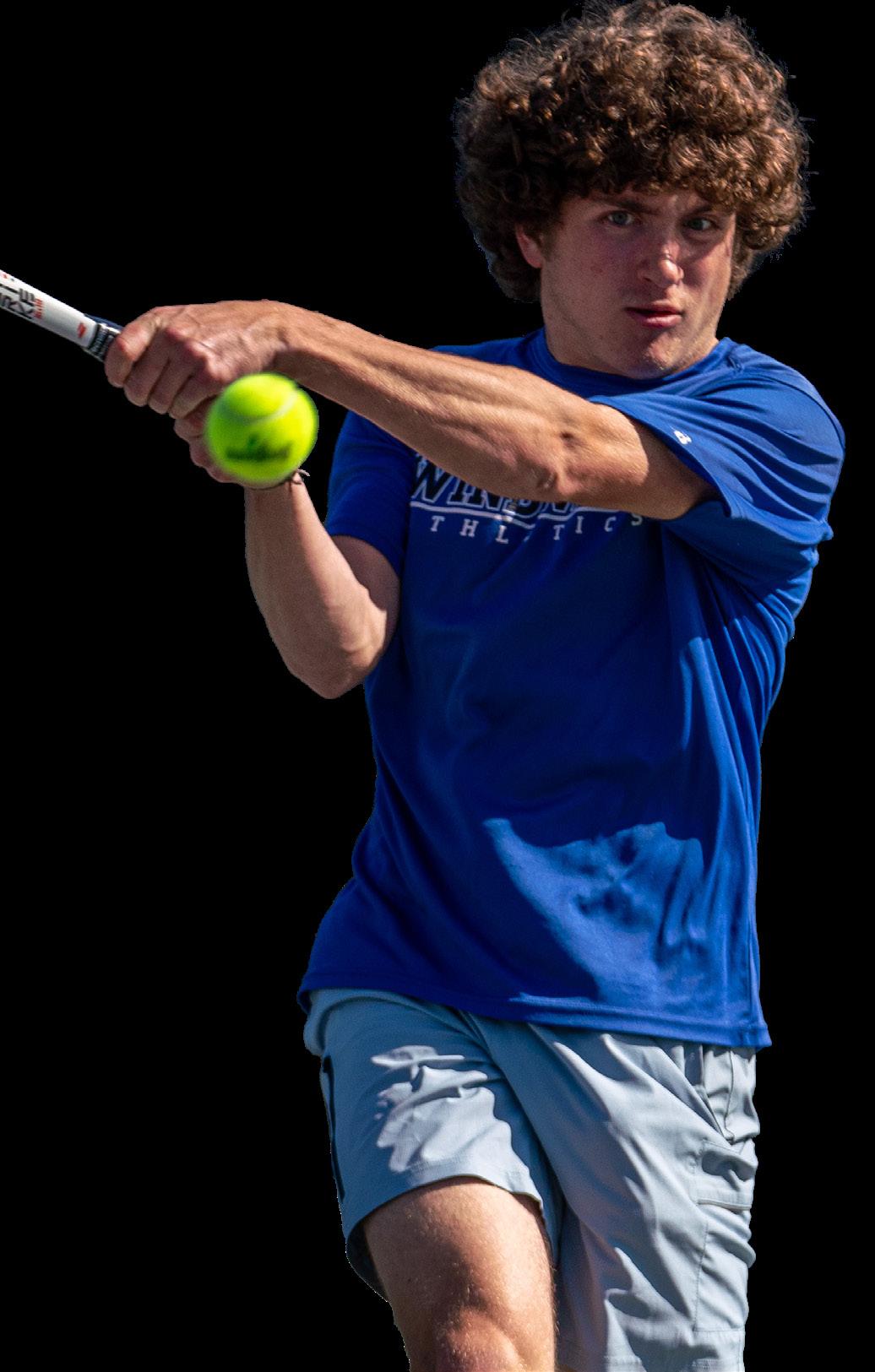
For Lloyd, the strength of the team was in its sportsmanship as much as its talent. “One of our doubles teams was playing a match against another school,” he recalls. “A player on the other team was clearly the weaker player, and his partner was constantly berating him. One of our guys walked up to the net and told the opponent he shouldn’t be so mean to his partner. That moment says it all about the character of our team.”
As that identity solidified, so did the sense of brotherhood. “The unity, accountability, and selflessness they displayed stood out more than any single performance,” Arron says. “They proved that when we play as one, we can achieve something greater than ourselves.”
That foundation was built on years of leadership from an experienced core. “The five Seniors—Ben Strug, Quaid Shubin, Jace Kaplan, John Lassiter, and Liam Brooks—along with 4th-year standout George Best ’26—were the heart of this team all season,” Josh shares. “Their dedication throughout their Windward careers culminated in our best season yet. Their leadership and contributions will be incredibly difficult to replace.”
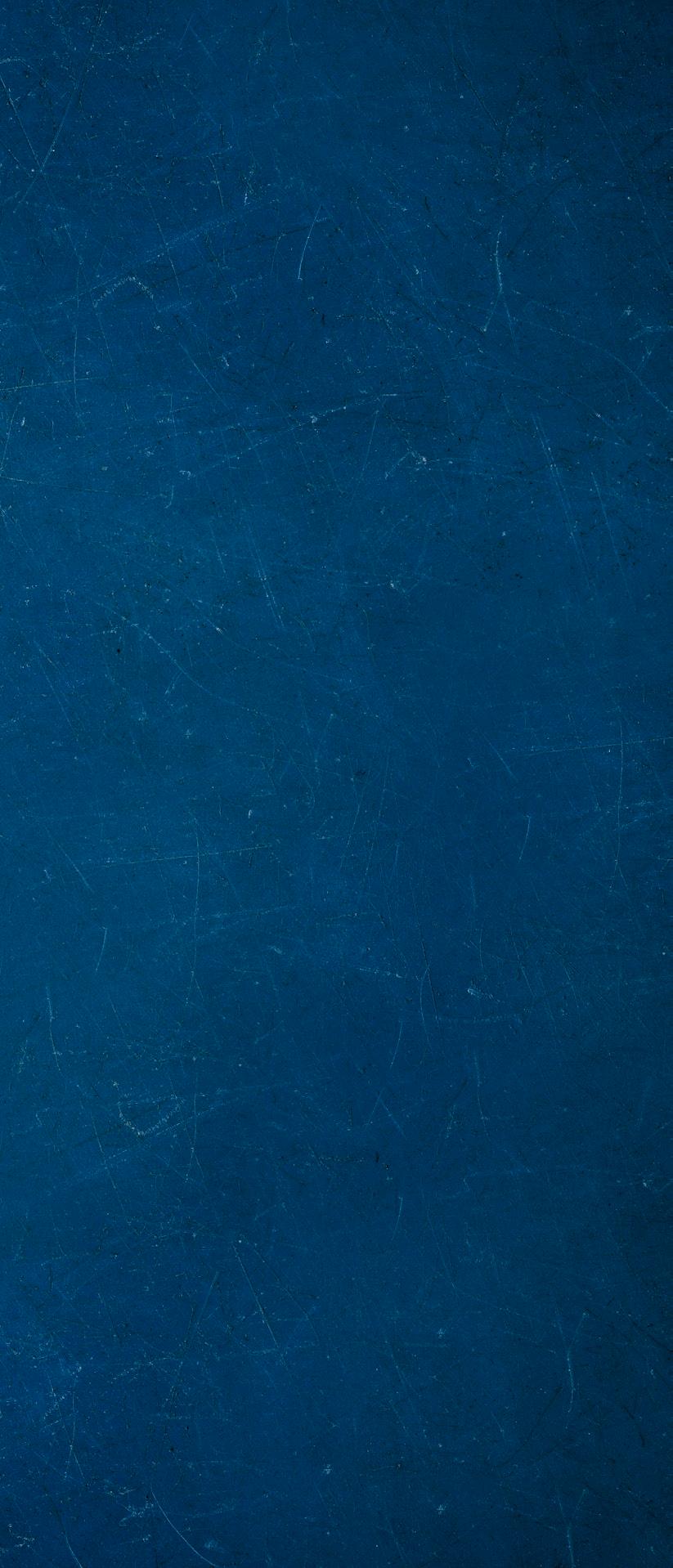
Arron adds, “Watching their maturity, growth, and development over the past few years has been incredible. Their transformation into true leaders and competitors is something you had to witness to fully appreciate.”
That transformation shaped a team culture built just as much on camaraderie and support as on competitive success. “The team had a rare chemistry—marked by clear communication, strong accountability, and real brotherhood,’ Arron says. “They listened to each other, pushed one another, and built a culture of mutual respect and growth."
Looking ahead, both coaches are energized by what’s possible. “I’m excited to lay a new foundation—a new era for Windward Tennis,” says Arron. “We’re not just building off the momentum from last year—we’re redefining the culture, connecting on-court excellence with off-court discipline, and shaping a team identity that will carry us even further.”
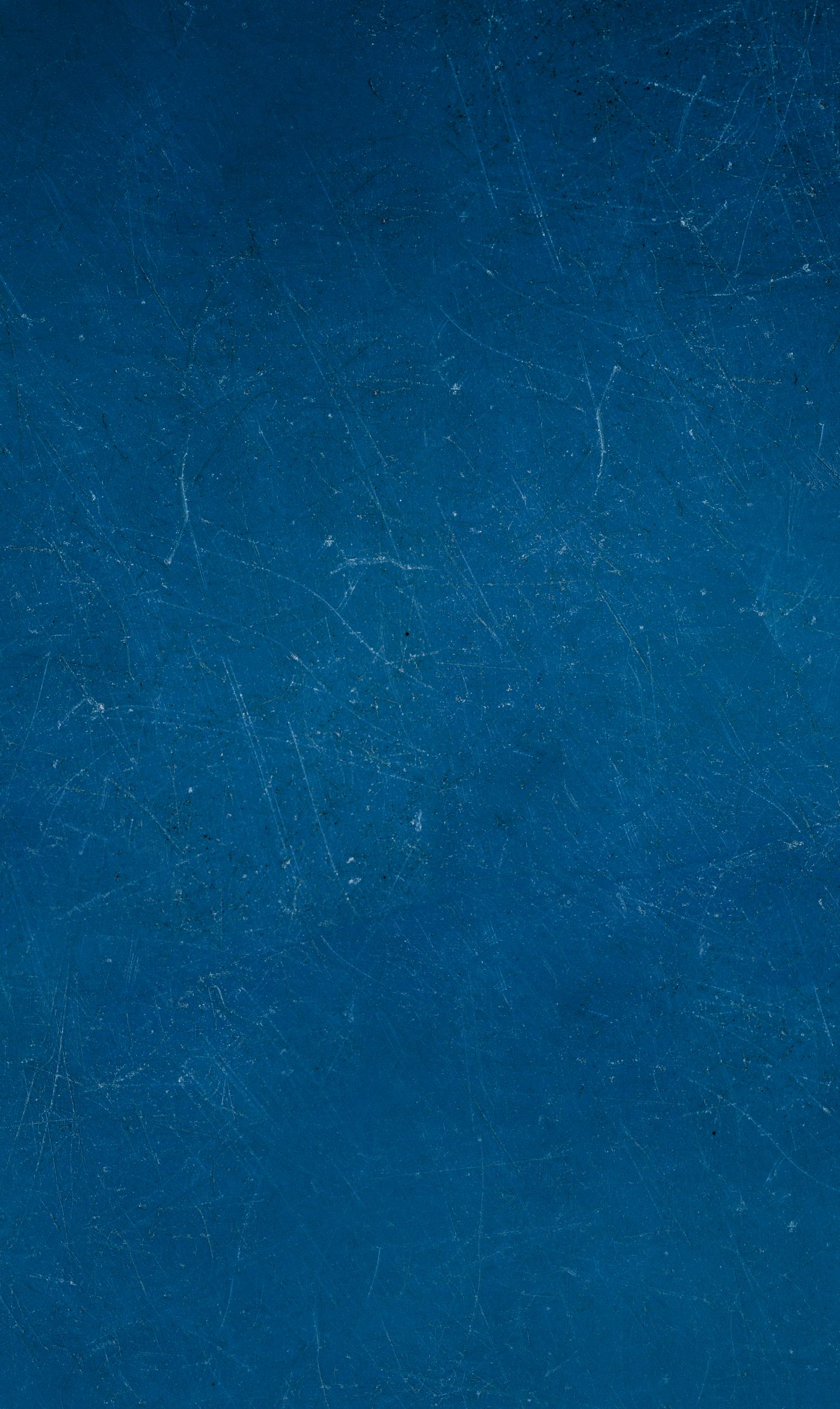
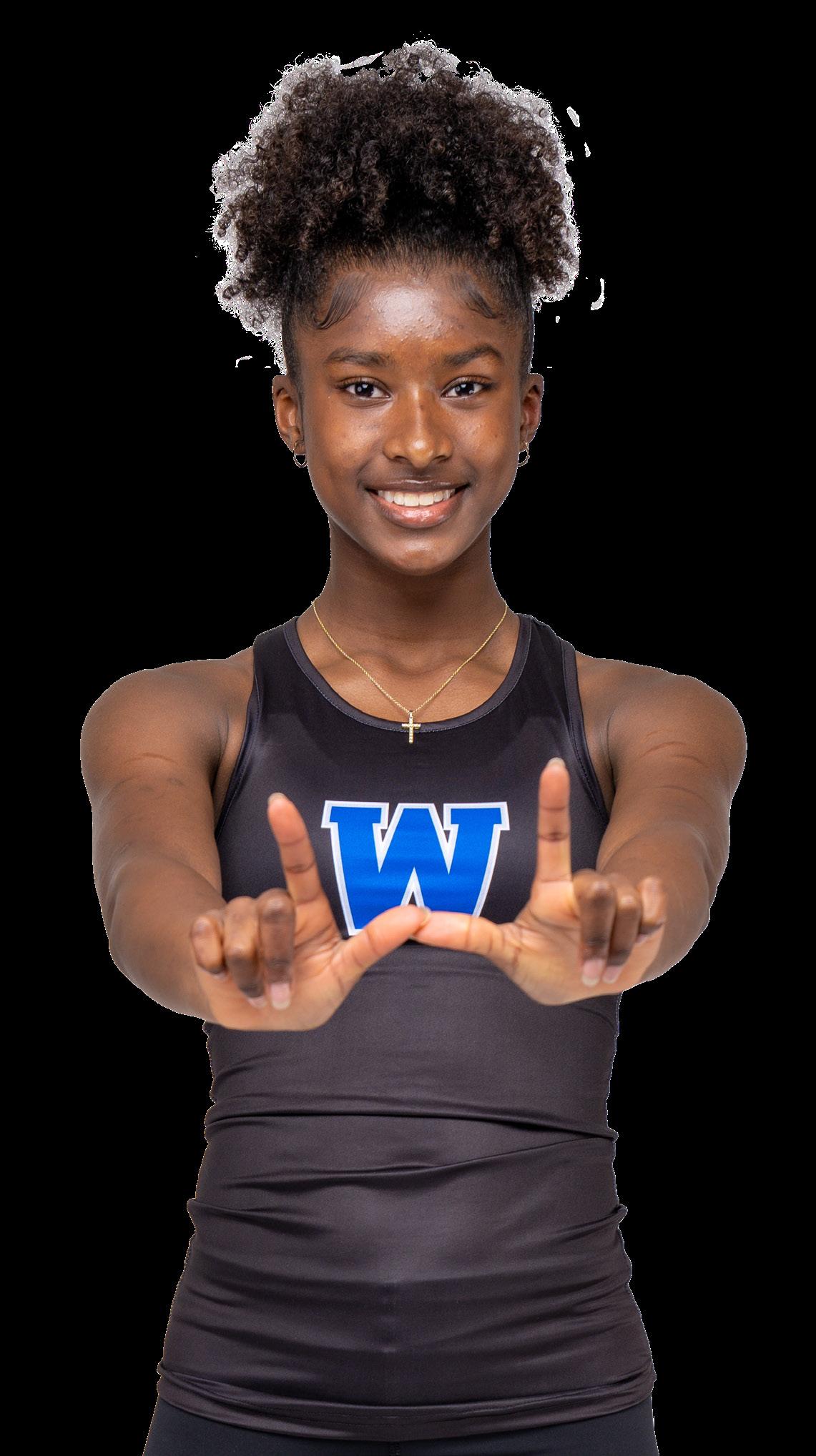
InCarrying the Baton
Nia
Faulknor ’28
her first season as a Wildcat, Nia Faulknor ’28 didn’t just hit the ground running—she made school history. From dominant performances on the track to finding her way as a new student in the classroom, the Freshman emerged as one of the most versatile scholar-athletes in California. But for Nia, this breakout season was about more than PRs and personal bests—it was about honoring her roots and rediscovering the joy that first brought her to the sport.
“My Freshman season marked my 10th year running track, and it was filled with school record-breaking, national meet record-breaking, personal records, and making it all the way to the state championships,” Nia proudly recalls. “Looking back on my 9th Grade season, I could not be more grateful for every-
thing I’ve accomplished as a Freshman. I truly cannot wait for my Sophomore season, so I can join my teammates and do great things this year.”
From the starting gun, Nia’s Freshman campaign was one for the Windward history books. She competed in—and won—multiple events at the 2025 Gold Coast League Finals, including the 400 meters, 300-meter hurdles, long jump, and the 4x100 meter relay with teammates Jolie Denny ’26, Amel Cook ’28, and Ashley Mascolo ’28. She went on to win the CIF Southern Section Division 4 title in the 300-meter hurdles with a school-record time of 42.83, a performance that earned her MileSplit All-State First Team honors. She also made the All-Freshman Team in the 200m, 400m, long jump, and 300m hurdles.
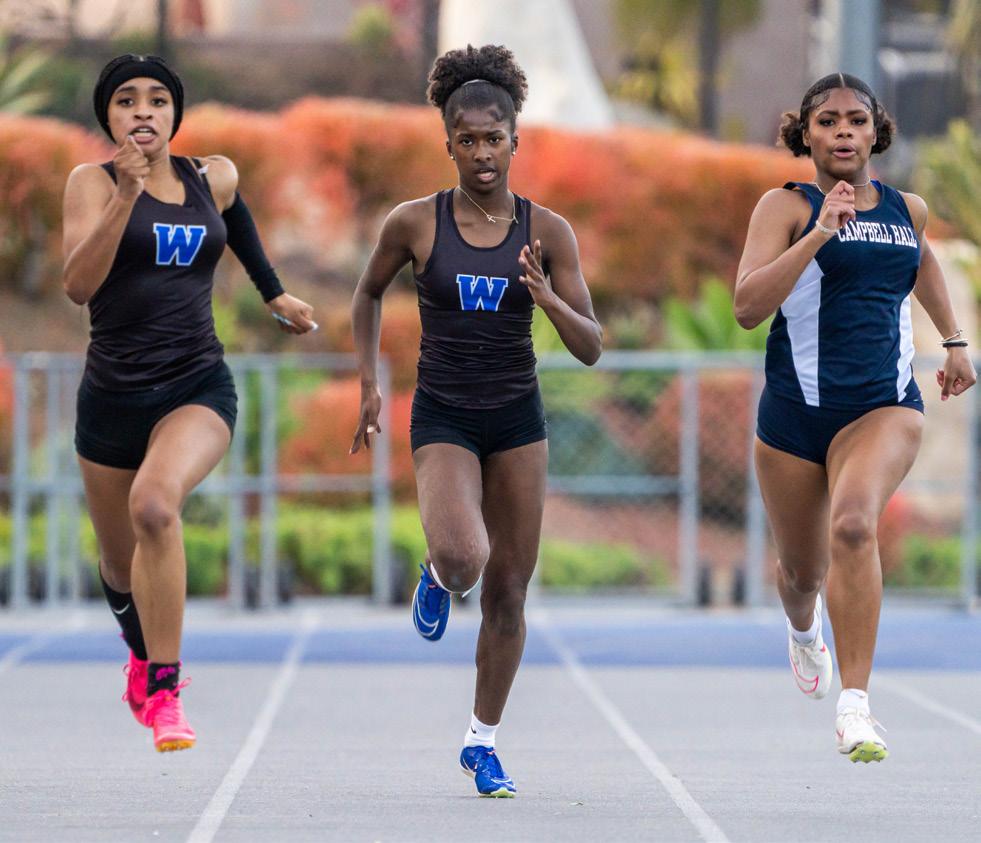
What’s perhaps most remarkable is that it was her first time competing in the 300meter hurdles. “Going into this season, I planned to run the 300m hurdles since I ran the 100mh and 200mh in previous years,” Nia explains. “With my ‘400m base,’ my coaches were very confident in my 300mh ability. By the end of the season, the 300mh became my favorite and best event. I became the #1 Freshman in the 300mh in California and #4 Freshman in the USA.” Not only did she experience a breakthrough performance, but she also found a new favorite. “I not only did well in the event but had so much fun doing it! The event never made me nervous, only excited, and I can proudly say that I learned and reminded myself of why I love the sport. Because of how happy and supported it makes me feel.”
That support system runs deep. Track and field is a family tradition for Nia, whose roots span generations. “My mom, Julie LaBeach, is a USA Track and Field Masters level official and her father, my grandfather, Bryon LaBeach, was a Jamaican Olympian who ran in the 1952 Summer Olympics in Helsinki,” she shares. “My grandfather’s brother, Lloyd LaBeach, is a National Hero of Panama, having earned 2 bronze medals in the 100m and 200m at the 1948 Olympics in London. My dad, Chris Faulknor, is also an USATF official, and he is a Jamaican Olympian who ran in the 1988 Summer Olympics in Seoul, Korea.” Those connections aren’t just historical—they’re deeply tied to Nia’s sense of self. “Track and field has been around in my family for a long time, and it's one of the reasons I feel so connected to it. Because of this, I have so many people to run for, and I am simply doing what I can to carry on an amazing legacy.”
With that kind of legacy, it would be easy to feel a sense of pressure—especially while navigating a new school, a full academic load, and the demands of Varsity Volleyball. Yet just like on the track, Nia simply put one foot in front of the other. “What made it easy to do multiple sports while still keeping up with my academics was maintaining good communication with my coaches, teachers and parents,” she shares. “It was important I had clear communication between my coaches and teachers, so I could reschedule tests and assignments when I had a game or meet, and move my schedule around when needed. I was lucky enough to have very flexible coaches and teachers allowing me to do so.” She credits the people around her for helping her stay grounded. “What kept me grounded through it all was the endless support I found all around me through my family, friends and classmates, coaches, and teachers. Just knowing how much support I had encouraged me to try my hardest and strive to be the best I could.”
Looking back at her momentous first season, Nia sees her experience at State as a major turning point. “I felt so excited to be there, and I could hear my sisters, parents, and coaches cheering me on,” she recalls. “Even before my race, it was expected that I would be nervous or scared before. However, what I felt was gratitude for having made it to the state championship.
“It was a very full-circle moment for me,” she continues, “thinking that just a few months ago, I was thinking about the beginning of my first high school track season. Now I was at the end of it, looking back at the goals I had now accomplished.”
As she prepares for the 2025–26 season, Nia has her sights set on growth—in both speed and strategy. “This coming season, I am hoping to build on my hurdle ability by running the short hurdles in addition to the 300mh,” she shares. “Additionally, working on my overall speed training so I can improve my results from last season. This year, my goals are to attend more indoor and travel meets with my team and to compete at the invitational level when invitational meets come around.”
For Nia, there’s no finish line in sight. Her Freshman year may have rewritten the record books, but with a strong family legacy and the support of her teammates and coaches, she’s already writing the next chapter.
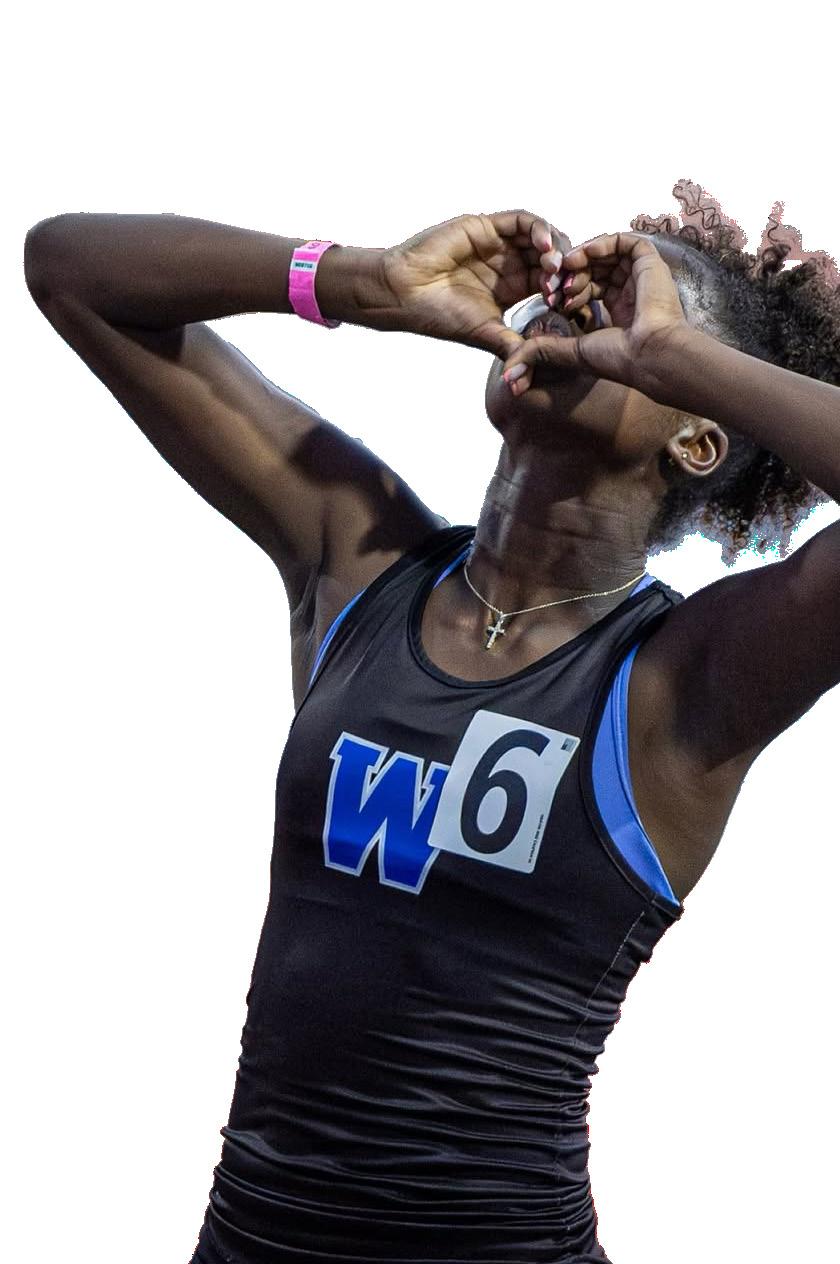
Capturing CONNECTION
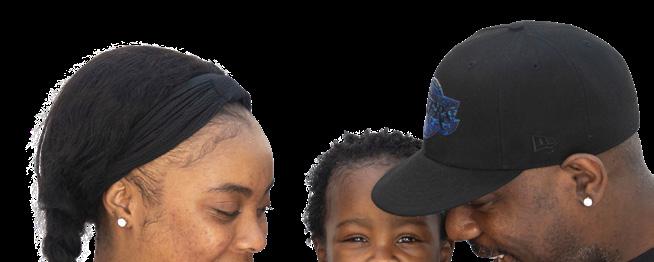
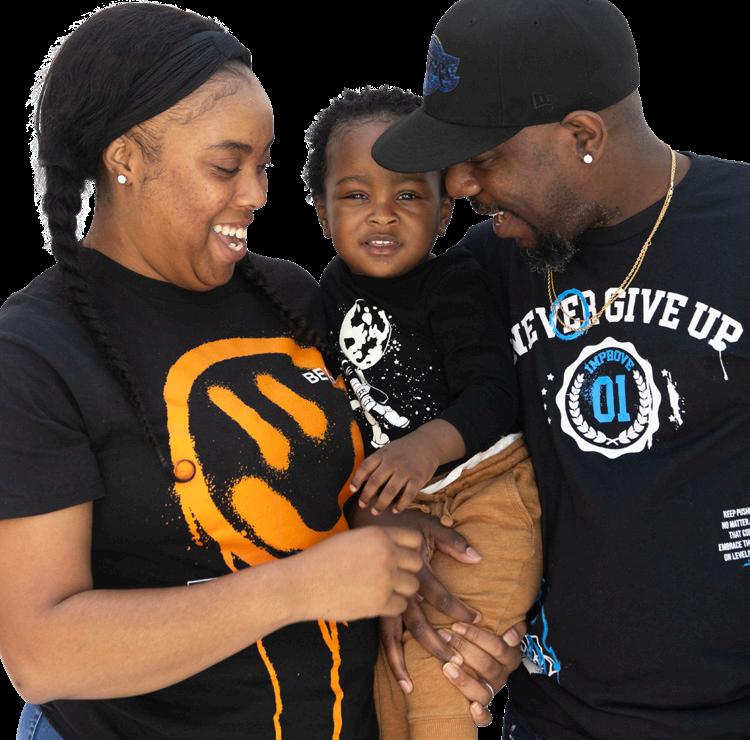
WINDWARD PHOTOGRAPHY PARTNERS WITH ALLIES FOR EVERY CHILD
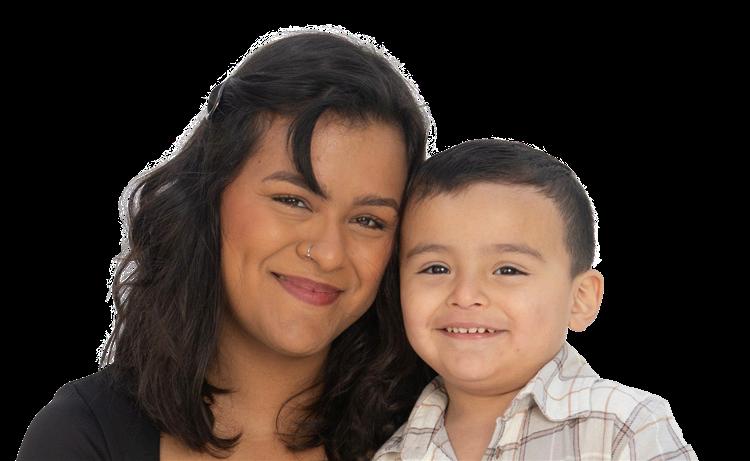
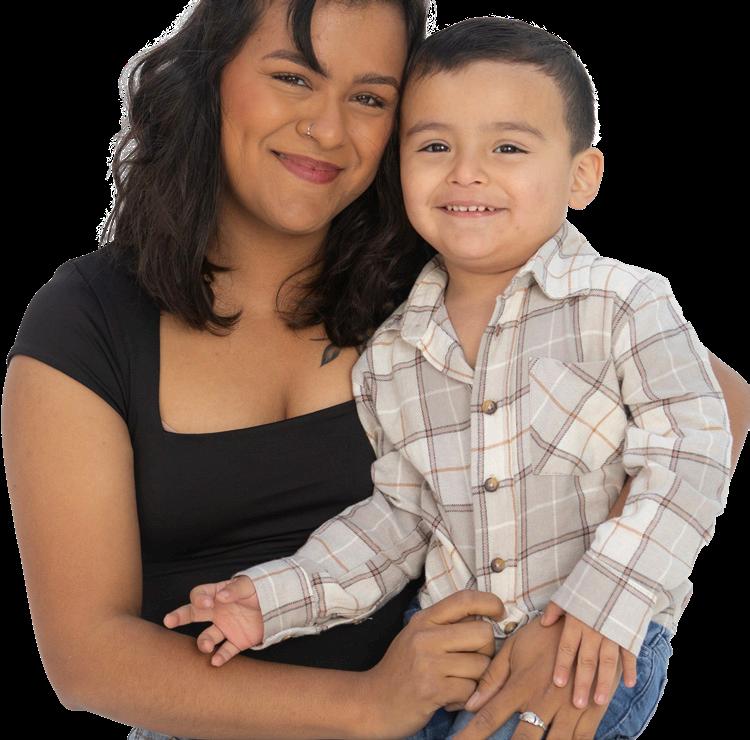
Thispast Spring, Windward photography students reunited with community partner Allies for Every Child to rekindle a beloved Service Learning event. For the first time since the pandemic, students volunteered to photograph foster and adoptive families served by the nonprofit, offering professional portraits and a uniquely personal moment to families who might not otherwise have access to this kind of experience.
“Jennie Willens, the previous head of Service Learning here at Windward, was the one who originally put me in touch with Allies for Children as an organization,” explains instructor Hannah Northenor '99. “Windward students were already volunteering with foster families at this center in reading groups and for early education events. I had the idea of offering those same families portraits for holiday cards to send to friends and loved ones that year—connecting our students’ skill set with a community need—photography meets philanthropy—and this beautiful idea was born.”
The event ran for five years before COVID-19 put things on pause, making its return a welcome one. “It feels so great to be back at it with new generations of photographers and families,” says Hannah.
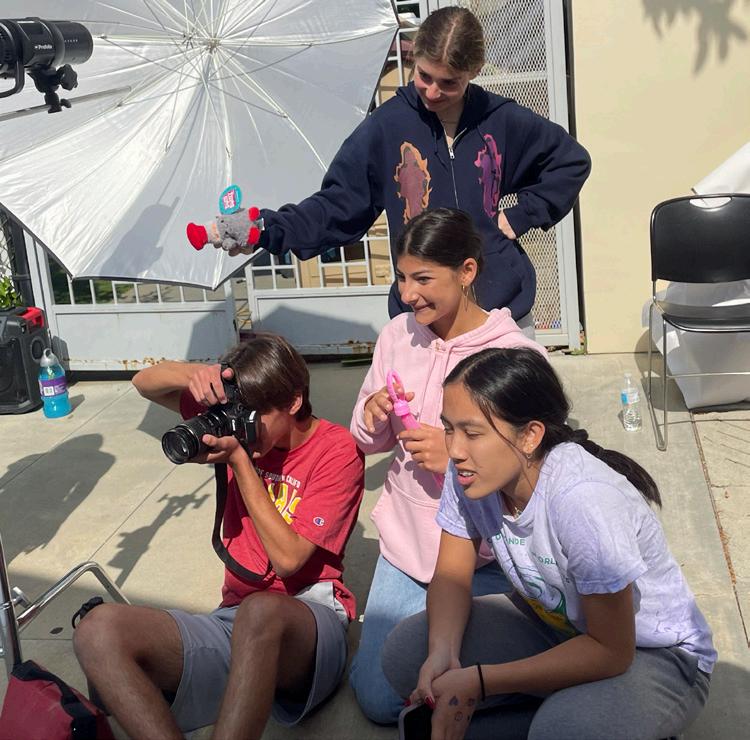
For Maya Hsu ’28, the event was the perfect intersection of her passions and interests. “Hannah did a great job of advertising the photo shoot. It was an easy decision to make, and Hannah was super flexible and made sure timing and everything worked for us,” Maya shares. “I have known for a long time that I enjoy helping others, especially youth, so taking an opportunity like this was a no-brainer; I got to use my skills as a photographer and make connections with new people.”
The experience stayed with Maya even after the final shot. “This opportunity allowed me to see connections between other families and different family dynamics, which was amazing. I think that my big takeaway from the shoot was how happy something as simple as a family portrait can make people.”
That happiness extended to the students themselves as the shoot went on. “One family was taking adoption photos, and seeing the two young brothers together provoked tears of joy,” Maya recalls. “It made me so happy that taking what seems like a couple of insignificant hours of my day can commemorate life-changing occasions for other people.”
Hannah remembers the moment vividly. “I asked her to tell me what feelings were coming up for her. She said she couldn’t quite
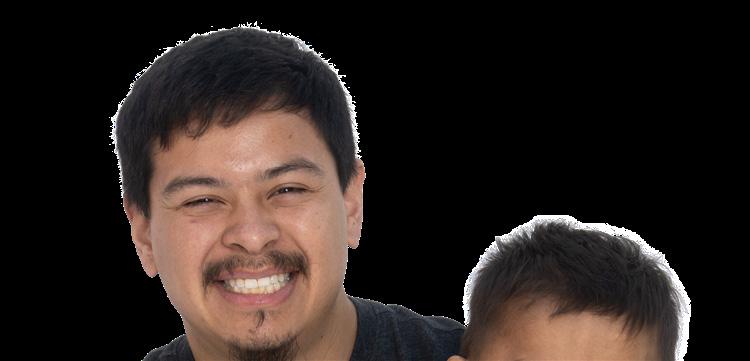
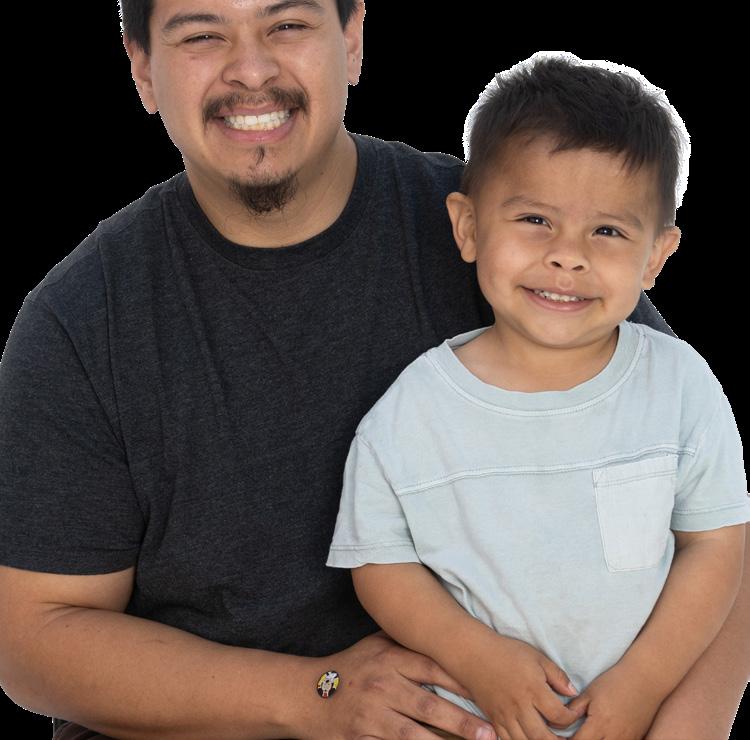

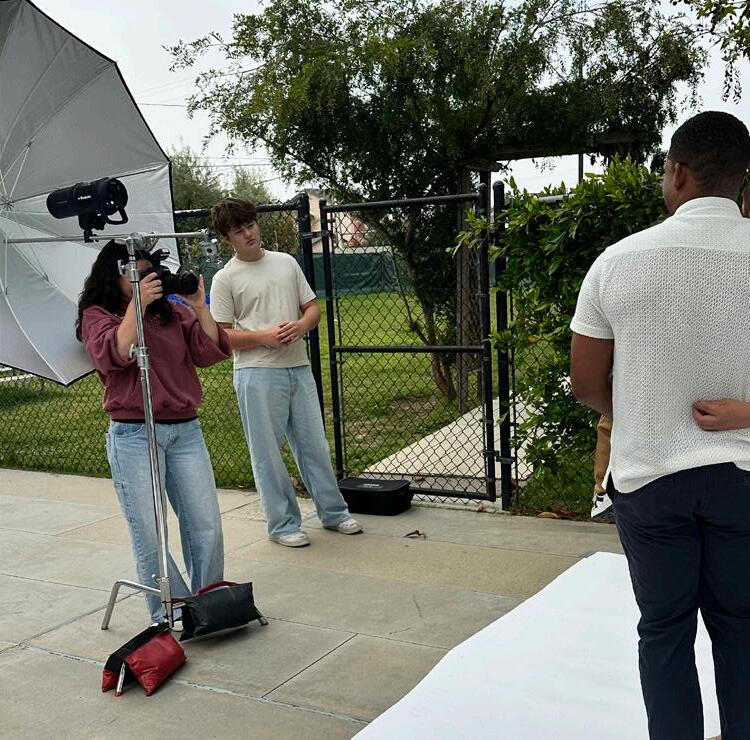
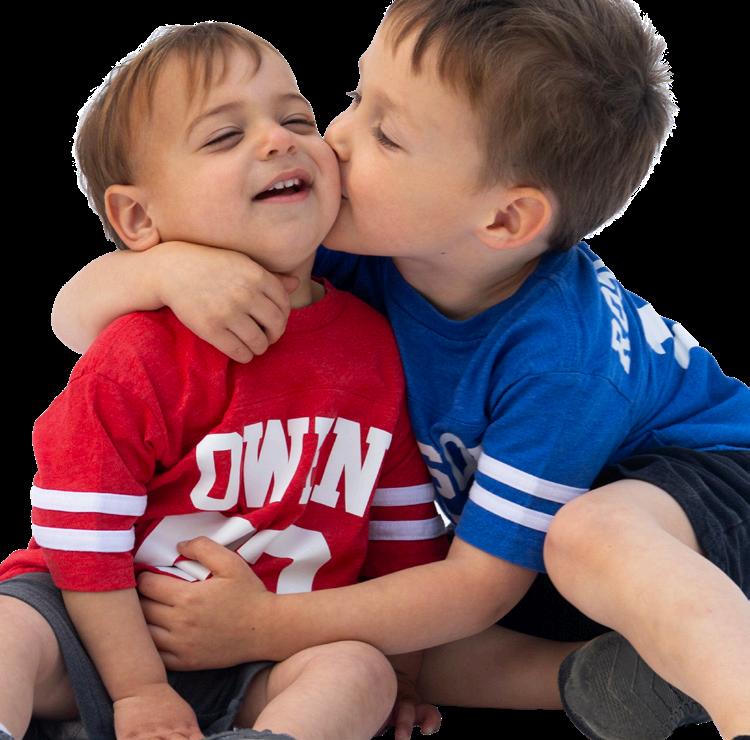
pinpoint it but it was like an overwhelming feeling of joy. I said that sometimes when we take our gifts and talents in life to give back to others, we are operating at our highest human potential and frequency, and that can be emotional.”
Cameron Mahallati ’28 also found deep meaning in the simple act of taking photos. “My highlight of the day came early on,” he shares. “It was with the first or second family I took pictures of. They all stood in front of the backdrop and after every single photo the youngest daughter ran up to me with excitement and wanted to see the picture. I'd show her and her eyes would become huge and she smiled so big. She would look at me and say, ‘That's me!’ And then start laughing. It was truly heartwarming and it made me feel so good to be able to make someone that happy with a photograph I took.”
For Hannah, this is the power of the project: “To bring others happiness, to make them feel valued and special under the professional lights and backdrops, to be cared for by multiple students, to be framed by their lenses, and to be valued and to be seen is the gift that we give these families.”
Maya and Cameron echoed the importance of the school-community connection. “It’s so important for Windward to partner with organizations like this,” Maya said. “Not only is it putting bodies where they’re needed and helping the organization, but the emotional connections from this bond is irreplaceable. This
brought photography beyond the classroom and helped me see how powerful you can be with just a camera and a voice.”
“It might not always feel like a big deal to go take pictures of people, cook for people in need, give away your old books, or whatever it may be,” Cameron agrees. “But the person on the receiving end is so grateful that you took time out of your day to help them.”
The portraits will last a lifetime—both as framed mementos in family homes and as shared experiences for the students who captured them.“From the time we got there to the time we left everybody was smiling,” recalls Cameron. “All the volunteers and families. As a volunteer, it felt amazing to be able to give something to countless families that they didn't have before and all the families left with a family portrait they'd be able to cherish forever. Not to mention the memories of trying to get their kids to smile and cooperate for the camera!”
With the connection reformed, Hannah and her photography students are already looking forward to next year’s iteration. “This community event feeds the students with a sense of self-worth, self-confidence in their artistic abilities, and their abilities to utilize those skills for community outreach,” says Hannah. “This needs to be a lasting tradition. And if not this exact form of outreach, another form of connecting art, community, and being of service to others.”
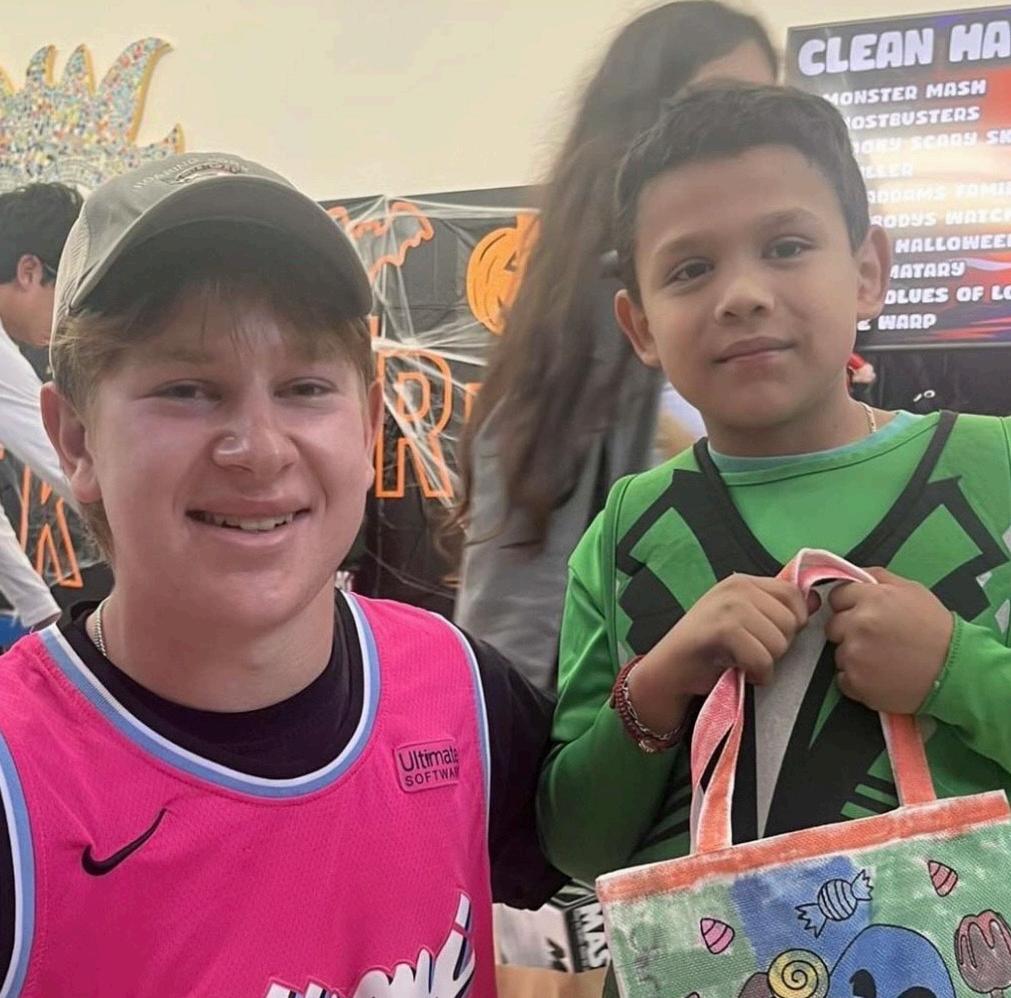
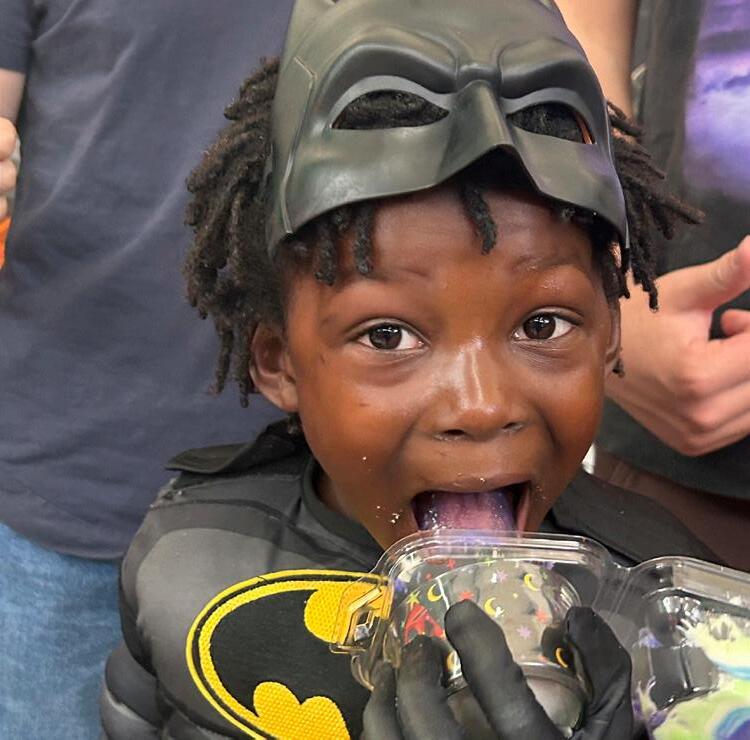
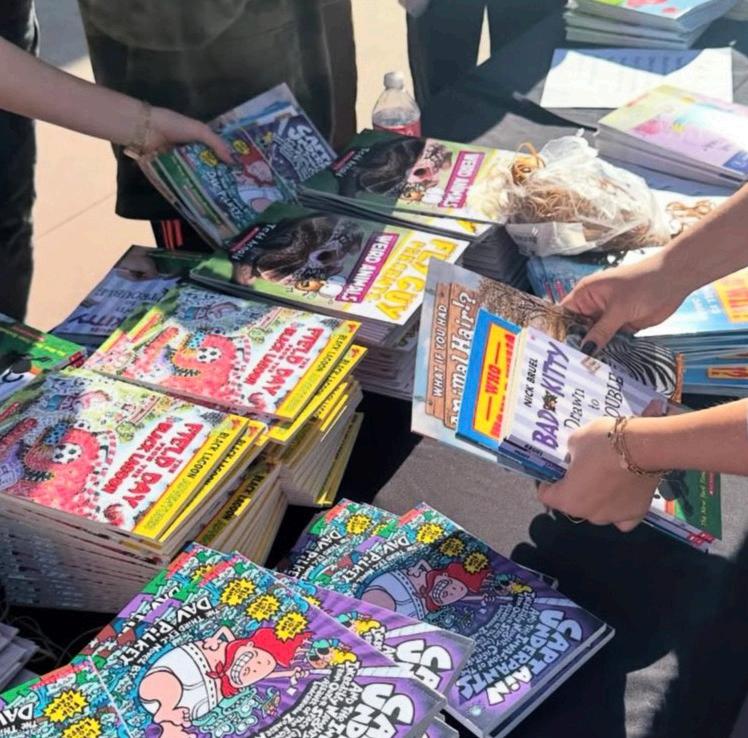
Kids Who C.A.R.E.
Forthe Windward C.A.R.E.S. (Community Action, Relationship Building, and Engaged Service) Club, care isn’t just a value—it’s an action. What began as a small independent effort has since blossomed into a 120+ member student-led force for good, connecting students with service opportunities that reflect both their passions and the needs of their larger community.
“At the tail end of my Freshman year, I began volunteering after school at the Salvation Army’s Westwood Transitional Housing Village,” shares founder Ryan Fuchs ‘26. “Moved by the organization’s incredible work, I wanted to get more students involved and hoped to pitch the idea to whatever community service/outreach club we had on campus. The following year I searched the club fair but to my surprise, no such group existed.”
Rather than wait, Ryan got to work. “In that moment I realized the opportunity at hand: the ability to create a space where students could come together, engage with their community, and support causes they were passionate about.”
Though the club initially missed the deadline for formal registration, Ryan found support from Ashley Goodman, Director of Service Learning, and began laying the groundwork for what would soon become Windward C.A.R.E.S. “I started bringing friends with me to volunteer at the Village,” he says. “Together, we formed the leadership board and organized smaller events throughout the year. By the time we officially launched Windward C.A.R.E.S., we had a strong foundation and a clear mission, one that grew what was once a five-person operation to the 120+ member machine it is now.”
That mission, says Ryan, is rooted in collective care and student agency. “We understood that other students want to give back and create lasting change, however, often with causes that resonate with them. Windward C.A.R.E.S. helps facilitate that change as members are encouraged to propose organizations that they would like to work with, helping them gain volunteers and inspiring others to do the same.”
Throughout the 2024-25 school year, those efforts led to a wide range of student-led events and partnerships—from volunteering at the Salvation Army to collaborating with Marlborough School to support Access Books, a nonprofit dedicated to literacy equity.
“Partnering with Marlborough’s service learning club to support Access Books was a meaningful experience that allowed us to connect the Windward community with a broader network of like-minded students who are equally passionate about giving back,” recalls Amelia Rush ‘26. “In working together, we created book stacks to give as gifts to underprivileged youth of all ages during the holiday season. Windward C.A.R.E.S. is all about building connections through service, and this collaboration perfectly embodied that mission. It was especially rewarding to engage younger students and provide them with a simple yet impactful way to get involved.”
That sense of accomplishment only grew as the club hosted additional projects throughout the year. “One meaningful moment was when we organized a Halloween party with the Salvation Army in Westwood for all the kids there,” shares Zephyr Morrison ‘26. “The event as a whole was incredibly touching as we got to see all the kids in their Halloween costumes and the excitement on their faces with all the activities that they got to be a part of. Some of them decided to decorate their own cookies, others drew pictures of themselves and their costumes, and they all got their own bags of treats for the holiday.”
Adds Zephyr, “It was incredibly meaningful to all of us because it was a moment where we felt we were able to truly make the event such a memorable moment for years to come with us at Windward C.A.R.E.S. and all the kids who got to enjoy the event.”
For members like Asher Rush ‘26, the experience has gone far beyond community service hours. “Being part of Windward C.A.R.E.S. has been one of the most meaningful and transforma-
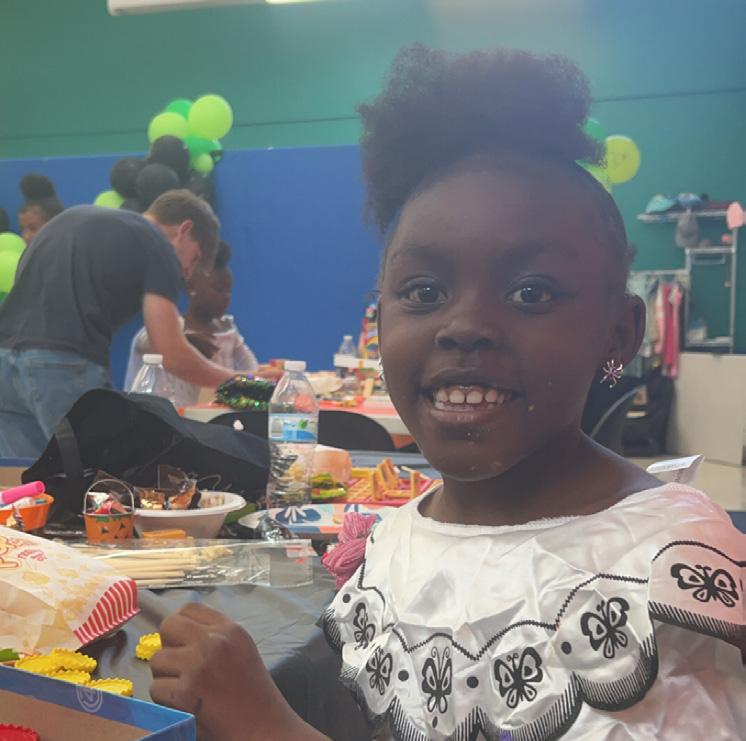
tive experiences of my high school journey,” he reflects. “As one of the heads of the organization, I’ve come to understand that leadership isn’t just about organizing events or taking charge— it’s about listening deeply, showing up consistently, and creating space for others to grow and give back.”
He continues, “C.A.R.E.S. has taught me that service, when done with intention and heart, is not just about checking off hours or fulfilling requirements. It’s about building relationships—with our local community, with those we serve, and with each other. Through our events, I’ve seen how small acts of care can ripple outward, creating a sense of belonging and shared purpose.”
He continues, “More than anything, being part of this community has taught me that real impact happens when service is rooted in empathy and collaboration. It’s not about doing things for others, but with them. That mindset has changed how I see the world, and it’s something I’ll carry with me long after high school—with a deeper sense of responsibility, and a stronger belief in the kind of change we can create when we act with care.”
For students inspired to follow in their footsteps, Keira Molinski ‘26 offers a clear blueprint. “To launch a meaningful service-learning initiative, students should start by identifying an issue they are truly passionate about improving or a cause that resonates deeply with them. When the work aligns with their interests and values, it’s easier to stay motivated and create a lasting impact.
“They must also be willing to put in the effort to organize, collaborate, and inspire both peers and staff to join their vision,” she continues. “Windward C.A.R.E.S. started with a few friends and a hope to make change, and it’s now transformed into a club with over 120 members. By empowering others, students can transform a simple idea into a full-fledged initiative that creates a ripple effect of positive change.”
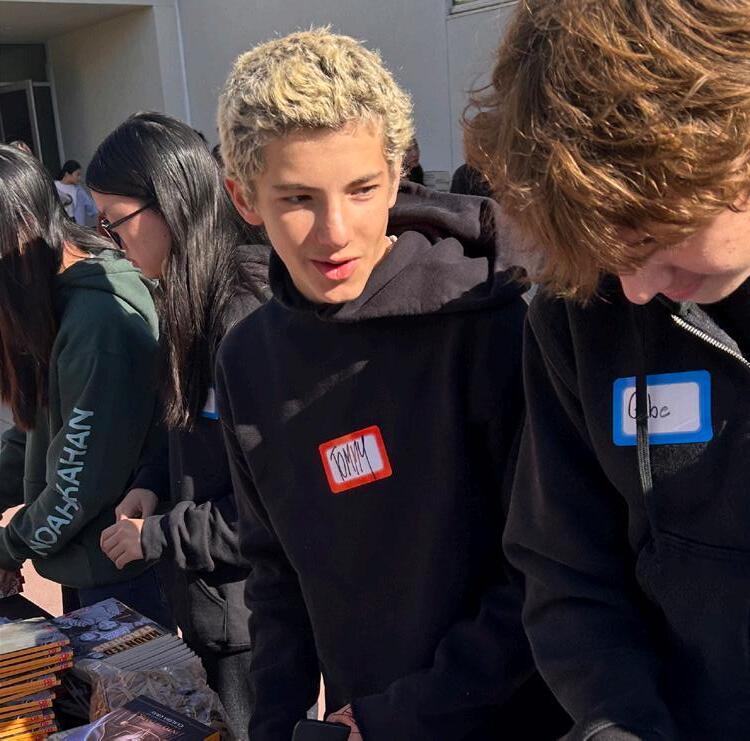
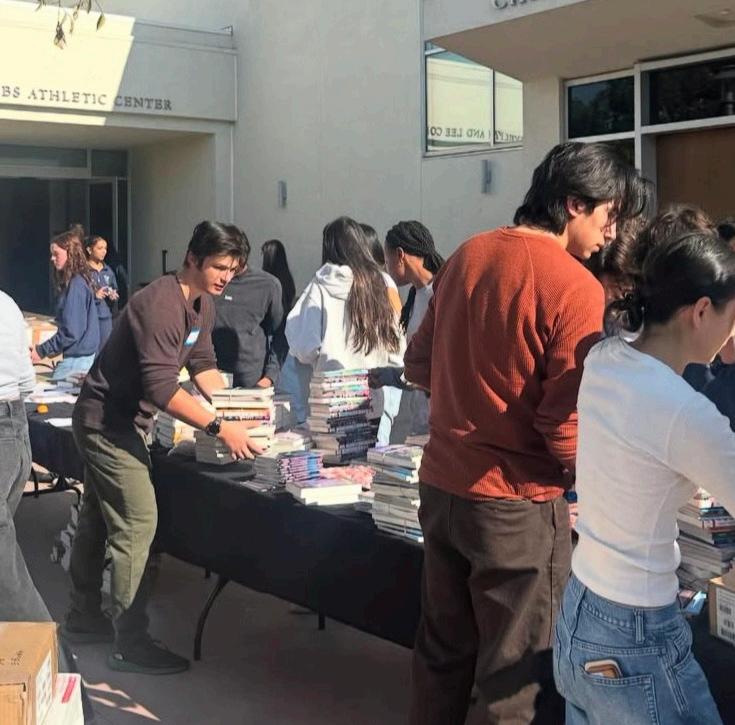
Striking A CHORD
For Windward Seniors Charlie Cohn '26 and Jack Turteltaub '26, music has long been a source of joy and discipline. But this past Spring, it became something more—a way to give back. Partnering with community neighbor Mar Vista Elementary, the two helped launch First Movement, an eightweek music education program designed to introduce young students to the basics of rhythm, melody, and musical expression.
“At this point, I feel like I’ve put a lot of effort into improving my own skills as a musician,” says Charlie. “After a while, though, I wanted to use the skills I’ve worked to develop to help others, and maybe bring them some of the enjoyment and enrichment I’ve found with music.”
While admittedly raw in the teaching sense, Charlie and Jack know all too well the value of simple inspiration. “I don’t think I’m at a point in my own skills where I’m qualified to be a true educator,” Charlie shares, “but I think with First Movement, it’s really just a jumping off point for musical education. We want to get the kids interested; we want to light a spark.”
That spark began with empathy and patience, two areas where Charlie and Jack were again able to lean on their own experiences. “Starting out with music is really difficult,” Charlie explains, “and for me, teaching it from the bottom up was a reminder of how foreign everything seems when you’re first starting out.” Their strategy: keep things fun and flexible. “We tried to make games out of the lessons, and to not keep everything focused on learning about music all the time. We also let students learn more or less at their own pace, so the class was never stressful or a burden.”
Jack recalls one student in particular who reminded him just how impactful that approach could be. “There’s a student [in the class] who is not the best student and he loves to cause trouble. On the first day, he told me to my face that his mom made him do it. That was a rough thing to hear on day one. After a few weeks of trying to get him in line and trying to get him to love the drums, it finally changed. He actually started practicing and getting better. With that came a new love for the drums and a new way that he behaved.
“For me, that is what this whole experience is about,” says Jack. “Giving someone a new love and passion which will help their life confidence and capabilities.”
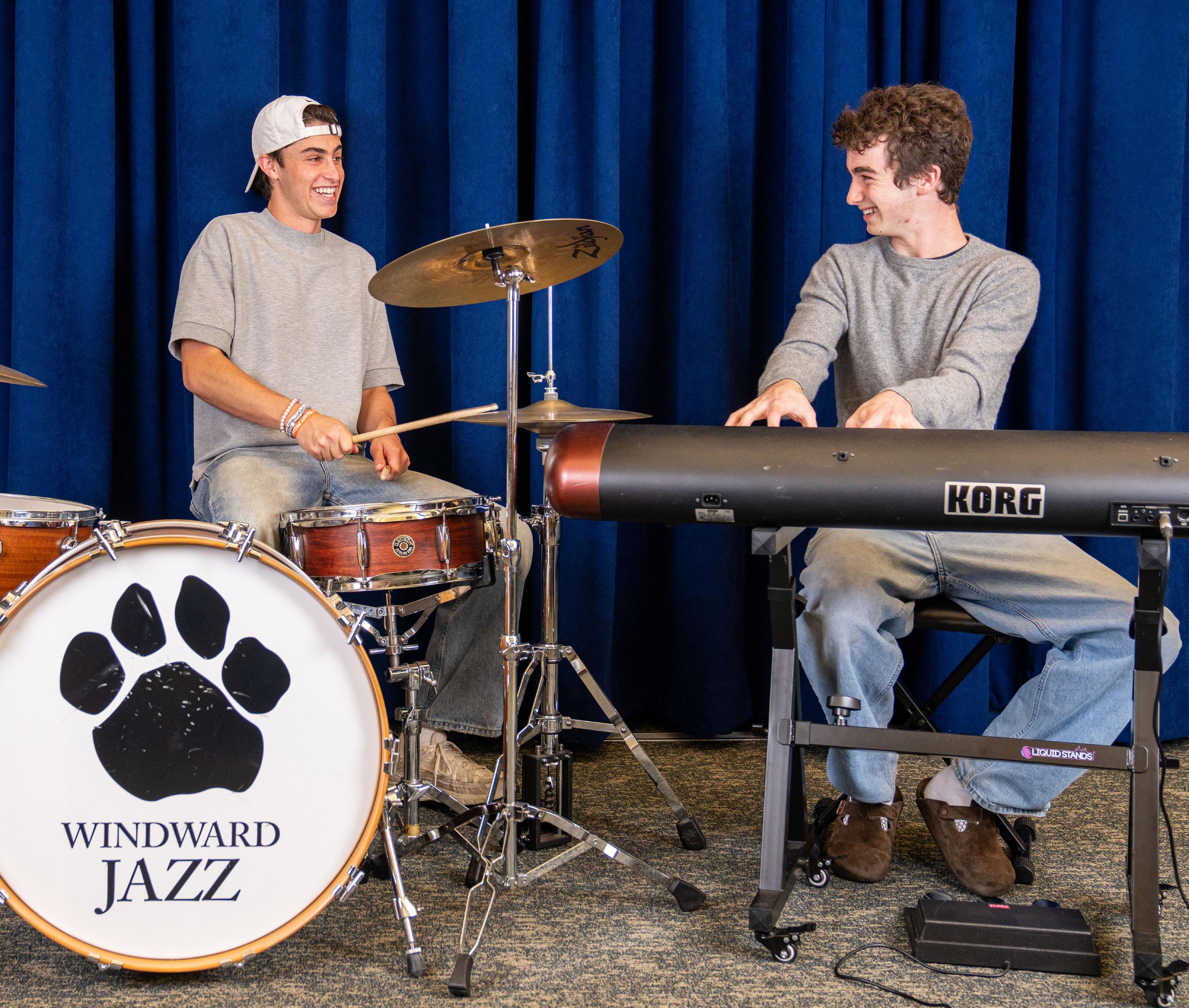
Accessibility was also a top priority. Thanks to a previous fundraiser performance, Charlie and Jack were able to use donations to remove barriers for families who might not have had access to instruments at home. “We didn’t want to create any sort of divide for kids or families who wanted to sign up, so we had a clear place to put that money we had made.”
While many students already had instruments, the donations ensured no one was left out. “With music, having an instrument to practice on is really important when just starting out,” says Charlie. “We were able to provide instruments for those who didn’t.”
Looking back, Charlie and Jack were struck by how powerful the experience became. “For me, this experience showed how even a small effort can make a huge difference in someone’s life,” Jack reflects. “Teaching music wasn’t just about the notes or the instruments — it was about building confidence, creating connections, and showing these kids that they’re capable of learning something new.
“I didn’t expect how rewarding it would be to see that growth firsthand,” he adds. “Whether it’s continuing with First Movement or finding other ways to share music, I’ve realized this is something I really care about and want to keep being part of.”
By the
NUMBERS
Windward Network Summer Internship Program
Internships offered through the Windward Network provide meaningful experiences beyond the classroom for rising Juniors, Seniors, and college-age Alumni. For Malia Wallace ’27, Jolie Denny ’26, and Kyan Kumar ’26, that meant stepping into the fastpaced world of finance with Bernstein Private Wealth Management—and walking away with a clearer vision for their futures.
“My interest in finance started when I was researching how multinational companies expand into new markets,” shares Malia. “I was fascinated by how much financial planning, forecasting, and investment strategy go into decisions like opening a branch in a different country or acquiring a foreign brand. I realized that finance is the engine that makes international business possible.”
When looking at the internship opportunities available this Summer, the position at Bernstein immediately jumped out. “I wanted to understand the financial strategies behind global business and finance,” Malia explains. “I was fortunate to be matched
with a finance-focused internship because of my academic background and my extracurricular experience in Shanghai, China, and studying sports management in Barcelona.”
For Kyan, his interest in finance began with a love of numbers. “I’ve always been interested in applied math and the way numerical systems function in our society,” he says. “From there, as a monetary system, finance was something that sparked a great interest in me.”
Once at Bernstein, both students discovered that finance is as much about people as it is about numbers. “I learned that working in finance is not about individual roles, but rather about collaboration where everyone works together as a team to contribute to the company's success,” Malia says. “Being well-versed with numbers is important, but being able to explain financial data clearly to others is just as essential.”
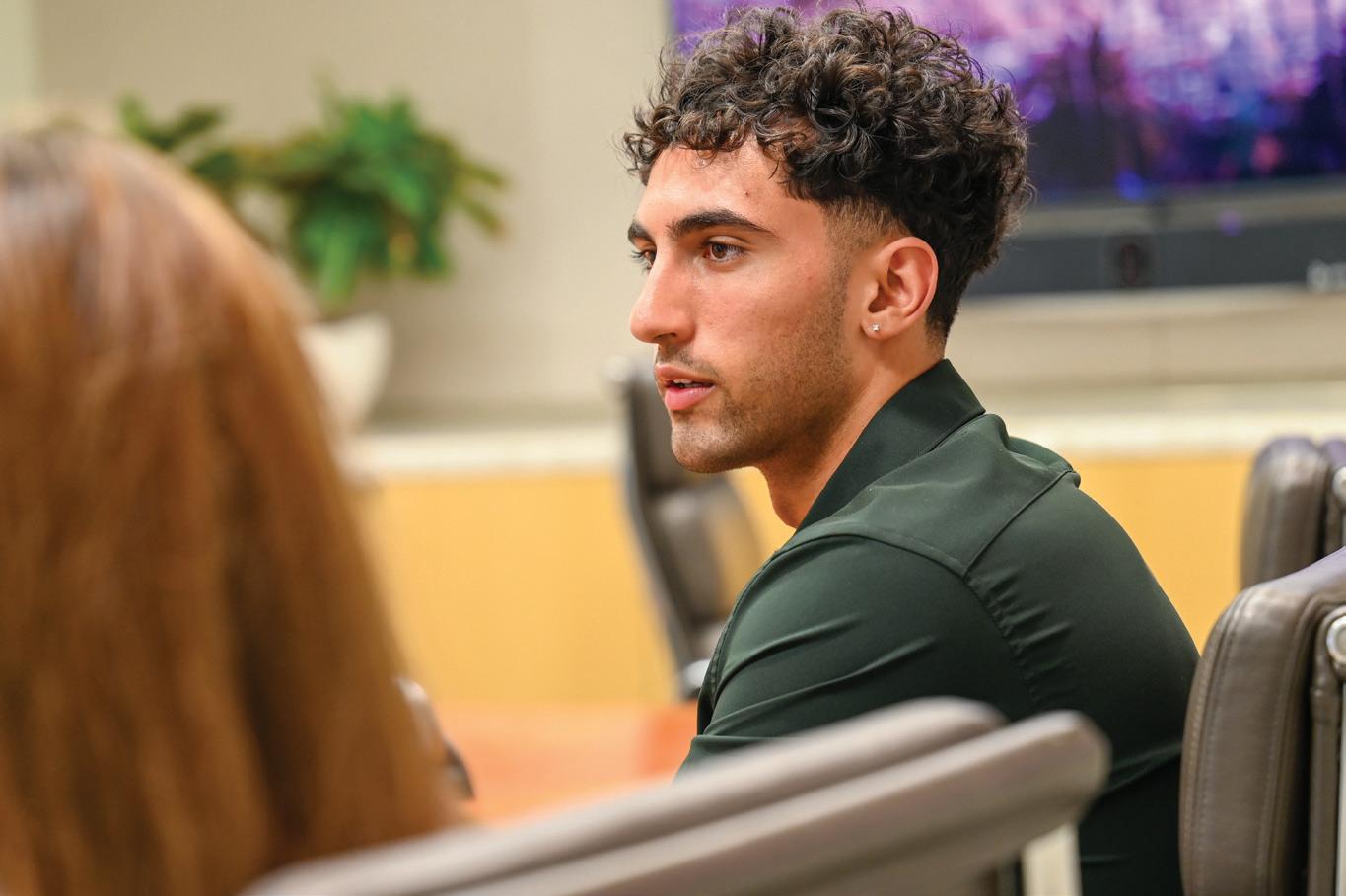
Some of the most valuable moments of the internship came in direct conversation with Bernstein professionals, including Brian Haloossim (Asher ’27) , Kevin Kreafle, and Dena Altman. “It made me feel like I had something valuable to contribute, even as a student,” says Malia. “The exposure I received from this internship was invaluable and made a great impact.” Kyan agrees. “The shadow experience overwhelmingly surpassed my expectations. I assumed that I would have basic intern level responsibilities and I was surprised at the amount of knowledge I gained about finance. After sitting through various sessions with advisors and associates, I was informed about every detail of the way Bernstein operates. That is something which I didn’t expect going into this experience.”
Looking back, both came away with similar takeaways. “Finance isn’t just about numbers—it’s about solving real problems with real-world consequences. That’s exciting and motivating to me,” says Malia.
“After my experience at Bernstein, it is a no-brainer that I’m going to pursue a major in finance,” reveals Kyan. “Before this Summer, I was always interested in finance but now, I feel obsessed with it.”
Both recommend the internship program without hesitation. “It’s a great way to test your interest, build confidence, and gain exposure to professional environments that most students don’t see until college or later,” says Malia. Kyan adds, “Opportunities like this are crucial to assist students in figuring out their future paths. I feel like this experience was something that is a must for other students as they learn about something they are interested in and receive quantifiable experience in the workplace.”
For Kyan, that collaboration extended beyond his initial intern-mentor perception. “At Bernstein, I wasn’t treated like an intern, but like an apprentice. Everybody spoke to me with respect and kindness because they could see their past self in me.”
The shared experience broadened their understanding of career possibilities. “I learned about several roles,” Malia recalls. “I was especially drawn to global investment strategy roles, specifically those focused on identifying growth markets in Asia and Europe.” Adds Kyan, “I didn’t realize that there are so many sectors of finance such as wealth management, private equity, and private credit. All of these new paths that I learned about at Bernstein interest me heavily, and have shaped how I will navigate my college experience.”
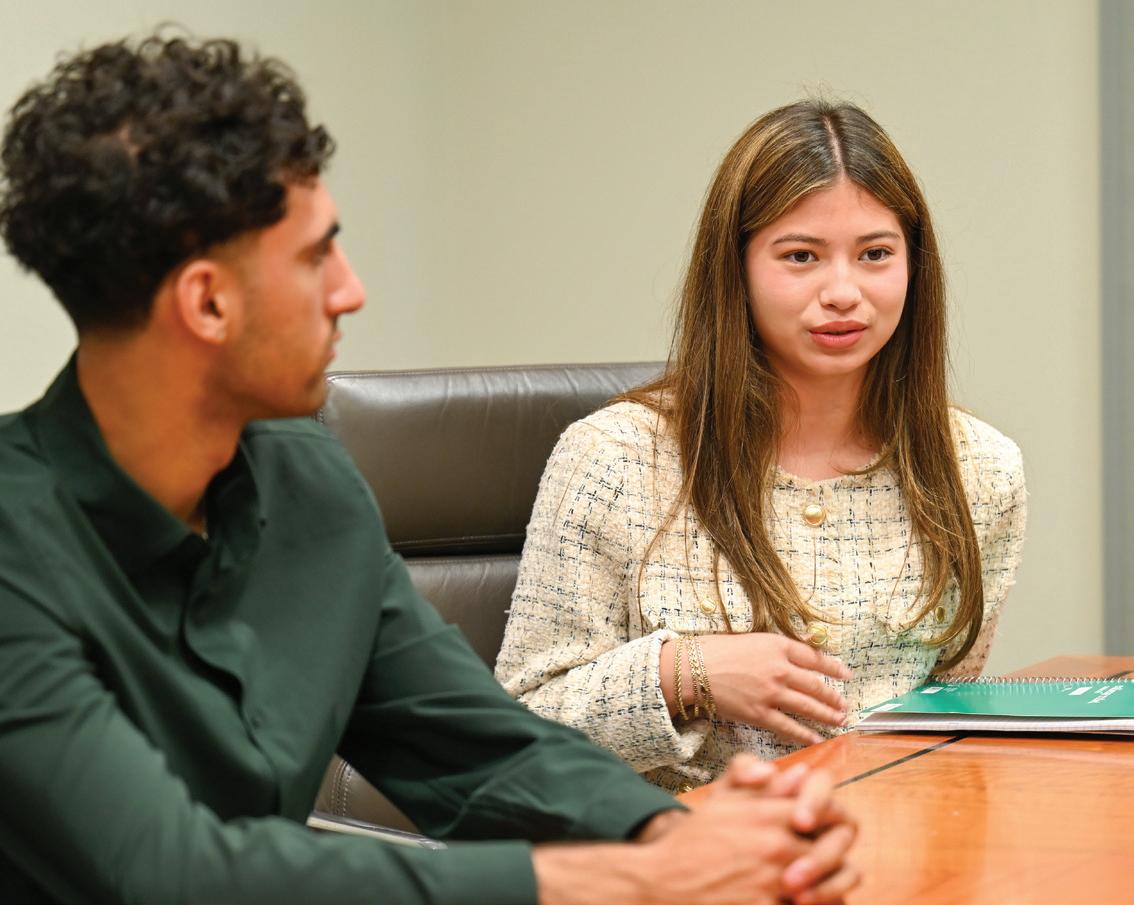
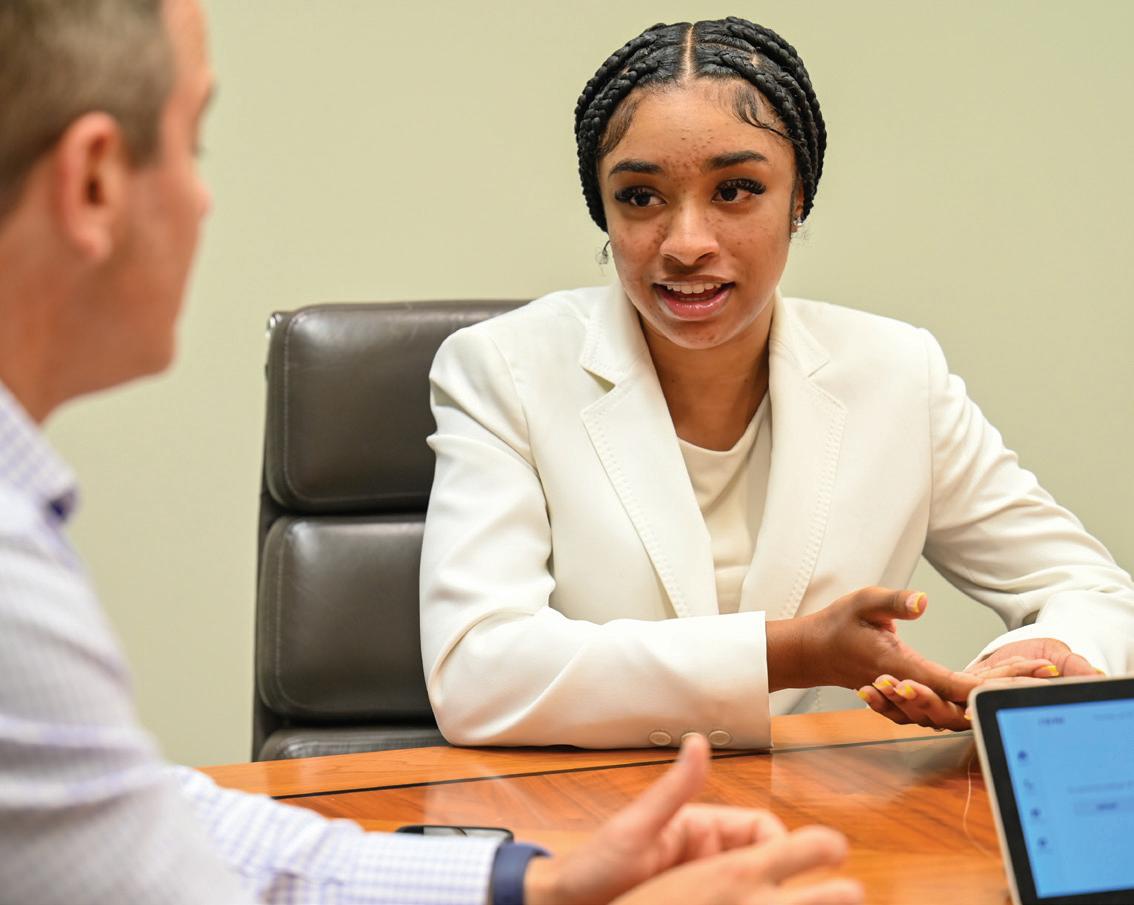
Windward Network Summer Internship Program
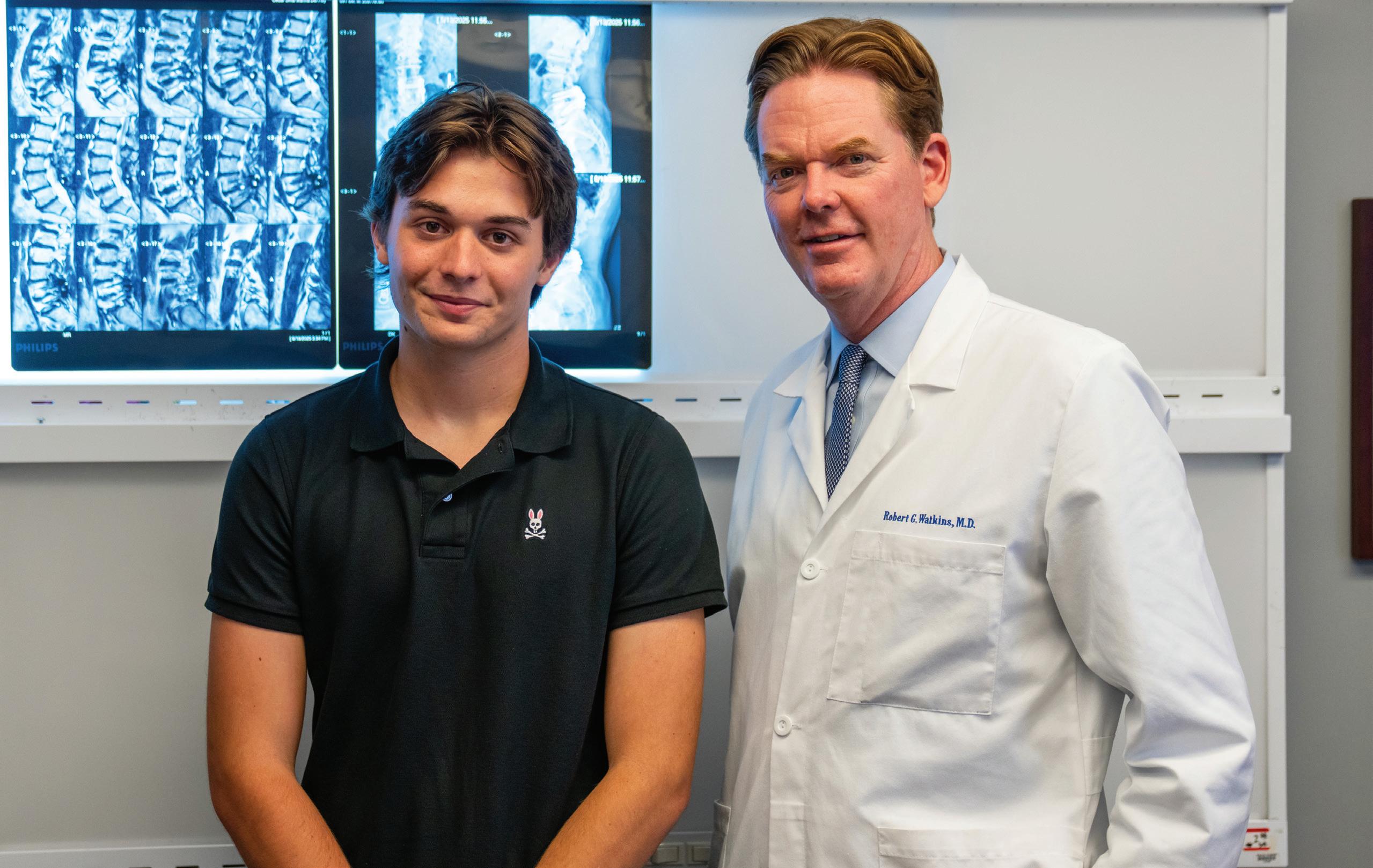
POSSIBILITY The Power of
For Dr. Robert Watkins, parent to Bobby ’24 and Tommy ’26 and Chief of Staff and leading orthopedic spine surgeon at Cedars-Sinai Marina del Rey Hospital, mentorship is about showing students what’s possible—and giving them a firsthand look at a demanding, deeply rewarding profession. Through shadowing days and Zoom information sessions offered via the Windward Network, he invites students to experience what it means to work in medicine.
“How kids make decisions and what opportunities they think are available to them is fascinating to me,” Dr. Watkins reflects. Early in his career, he spoke about HIV to students at a juvenile detention facility and was struck by their curiosity and intelligence. The experience reminded him that access and exposure often determine which futures students can imagine for themselves. “Being able to show kids just what my job is and what it means to be a doctor and how that’s a path forward for anybody who chooses to put the work in and is driven to do so, is inspiring.”
"Dr. Watkins has been a dedicated mentor through the Windward Network since 2020, generously providing internship opportunities for more than 35 students," shares Robin Pickett, Director of Windward Network. "He joined the program at the start of the pandemic and partnered with me to thoughtfully brainstorm ways to create meaningful, experiential learning opportunities during an uncertain time. I’m thrilled that he continues to support and participate in the Windward Network internship program year after year."
From the outset, Dr Watkins’ aim has been to broaden students’ understanding of the possibilities within healthcare, no matter their starting point. “A medical degree opens up a whole world of healthcare that allows many different personalities to find a niche that can allow them to earn a solid income and have a rewarding job where they get to contribute to society,” he says. “I enjoy giving kids a glimpse of what the healthcare world can look like for them.”
Dr. Watkins’ own path to medicine was not predetermined. “My father was a spine surgeon, and I eventually joined him in practice, but growing up I thought I might become a lawyer. I actually majored in philosophy at Vanderbilt and didn’t know what I wanted to do. Ultimately, seeing my dad’s job— challenging, stressful, rewarding, and full of purpose—really appealed to me. Along the way, I’ve had so many mentors and teachers that have contributed to my life and thought process, and I fondly remember many people along the way who have contributed to my journey.”
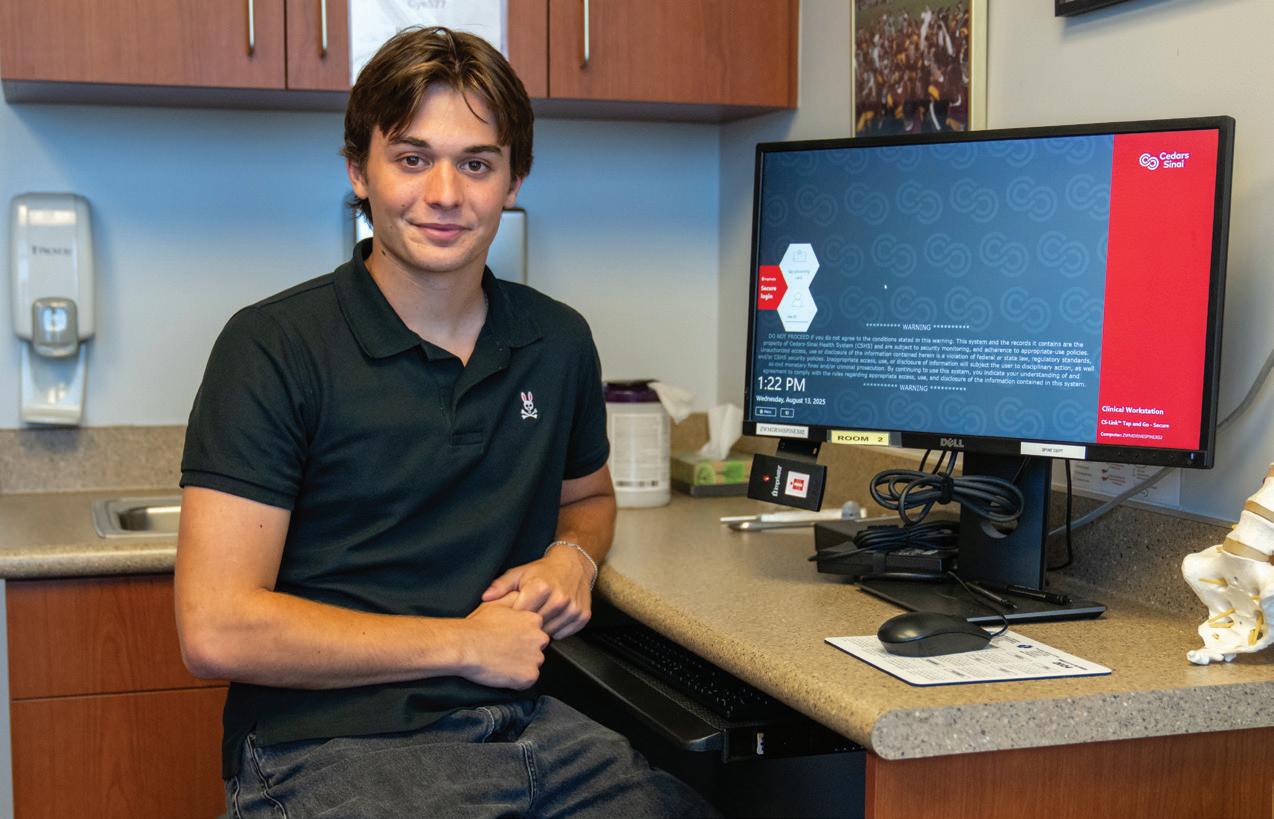
Shadowing days under his guidance are immersive for his interns, if understated. “They’re essentially a fly on the wall,” he explains. “Being a spine surgeon is a unique job, because I need to make contact with the other person, build trust, understand their pain and suffering, do a complete history and physical exam, review studies, and make a full decision at that time of the visit and tell them what I recommend they do for their life. I think the kids appreciate how much knowledge, training and experience it requires, and how much energy you need every day to be able to perform the job of being a physician.”
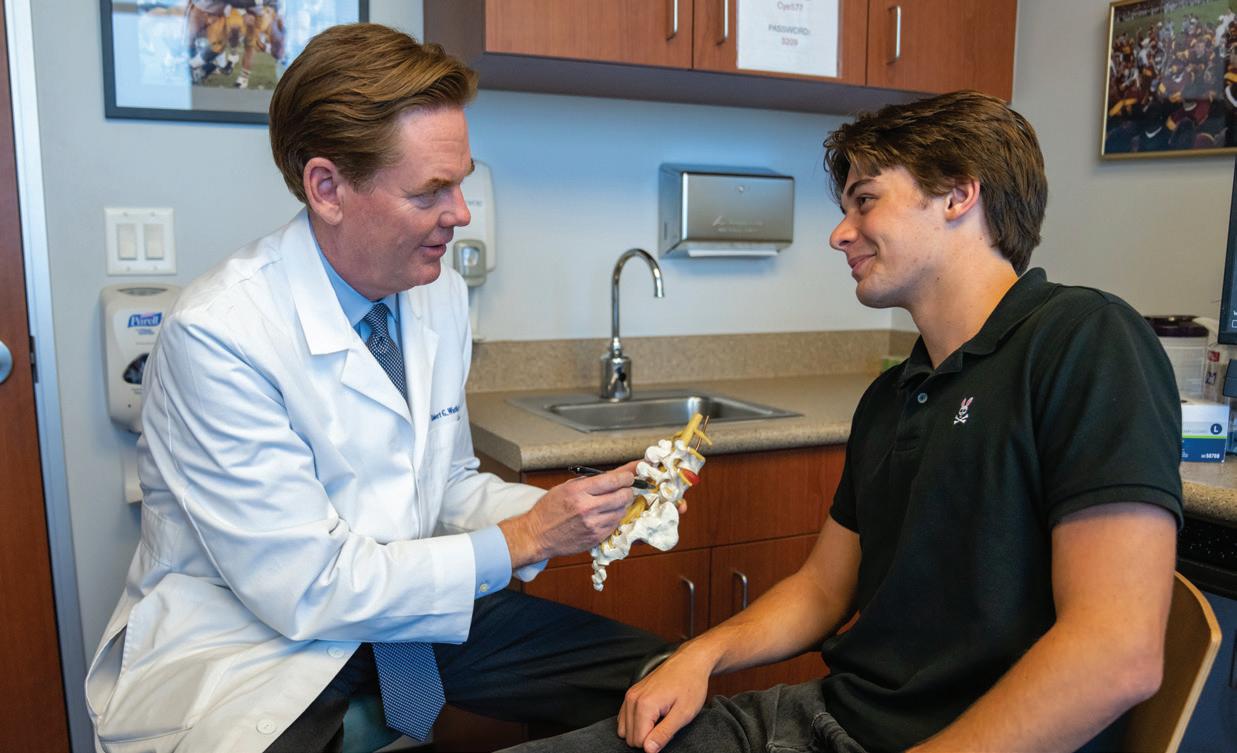
Zoom sessions offer a broader perspective. “I explain to them the process of college, medical school, residency, and then fellowship, as well as what options are available in the medical field. I then go into detail about neck and back pain, diagnosis, treatment, non-operative rehab programs, and the different types of surgeries that we do.”
His hope for every participant is the same: “I hope they get inspired to pursue a job that they can find rewarding and fulfilling, and to continue to challenge themselves to be their best every day on whatever path they choose.” He’s seen the impact firsthand—former Windward students like Jack Blau ’21 have stayed in touch, sharing updates on their own medical journeys.
For Dr. Watkins, the reward goes both ways. “When you’re in a fortunate position of good health and opportunity, and a successful job, you have an obligation and responsibility to help others maximize their potential. Giving interested students a glimpse of your job and day-to-day experience can open doors that may change their life forever.”
BOARD OF TRUSTEES
TRUSTEES DEPARTING
Andrew Schwartzberg
Andrew Schwartzberg concludes his service on the Board of Trustees following a tenure that began in 2018. A graduate of the University of Pennsylvania with a degree in Economics, Andrew has built a career focused on preserving affordable housing across the U.S. Through his companies—Pennant Housing Group, SSC Partners, The Affordable Housing Management Group, and Subsidized Rental Housing Investments—he has held interests in over 25,000 low- and moderate-income rental units.
During his time on the Board, Andrew served on the Investment, Finance and Operations, and Advancement Committees, bringing deep financial insight shaped by a career that has spanned investment banking, hedge funds, and entrepreneurship. He is also an active investor in healthcare and biotech ventures and is part of the majority ownership group of the Charlotte Hornets NBA franchise.
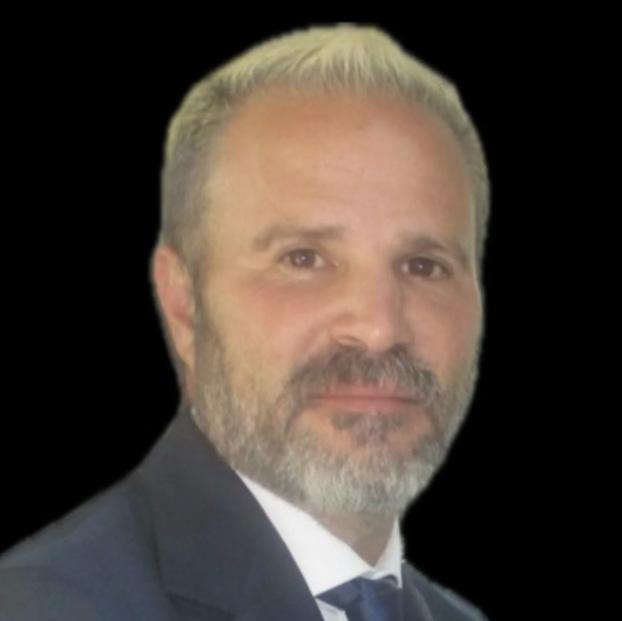
Andrew and his wife, Jaime, are the proud parents of Sophie ’22, Ava ’24, and Kate ’26. Longtime residents of Pacific Palisades and dedicated supporters of numerous charitable causes, they have been active members of the Windward community for more than a decade. We are grateful to Andrew for his thoughtful leadership and years of service to the School.
Colin Rose
Colin Rose concludes his term as Faculty Trustee on the Board of Trustees in 2025, having served from 2022 to 2025. A dedicated science teacher and active member of both the Advancement Committee and the Finance and Operations Committee, Colin brought the valuable perspective of faculty to Board discussions, helping to bridge classroom experience with strategic planning.
As a current Windward parent to Alana ’29, Colin’s investment in the School extends beyond the classroom. We thank him for his thoughtful service and continued contributions to the Windward community.
Sheri Green
Sheri Green concludes her service on the Board of Trustees in 2025, having served two terms as Parent Guild President and Board member in 2019–20 and 2024–25. A former elementary school teacher with degrees from Tulane University and Hunter College, Sheri brought energy and care to her work on the Advancement Committee and to her leadership within the Parent Guild.
The proud parent of Ava ’20, Liam ’24, and Milo ’28, Sheri has been a dedicated volunteer and community connector throughout her years at Windward. We thank her for her lasting contributions and enthusiastic service.
TRUSTEES
Anna Reyna
Anna Reyna joins the Board of Trustees with extensive experience in media law and nonprofit governance. She currently serves as Deputy Chief Counsel at The Walt Disney Company, focusing on distribution of the company’s direct-to-consumer services, Disney+, ESPN and Hulu, and its film and television properties. Prior to Disney, Anna held legal roles at Fox and Liberty Media.
Anna holds both a BA in Political Science and a JD from UCLA. She previously served as Board Chair at PS1 Pluralistic School from 2019 to 2024. The proud parent of Hailey ’22 and James ’28, Anna brings deep expertise and a strong commitment to independent school education to her new role at Windward.
Tyrone Powell
Tyrone Powell serves as the Director of Athletics, Belonging, and Interdisciplinary Studies. He has two Wildcats, James '26 and Katie '28, and is looking forward to serving as the Faculty Representative on the Board of Trustees.
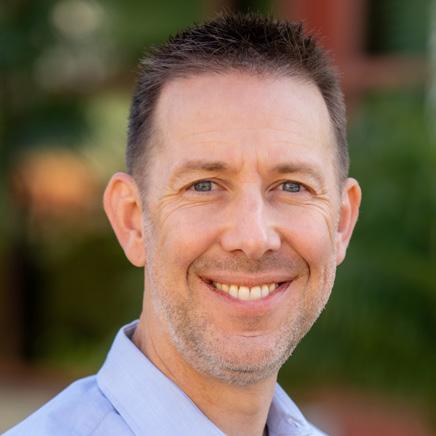
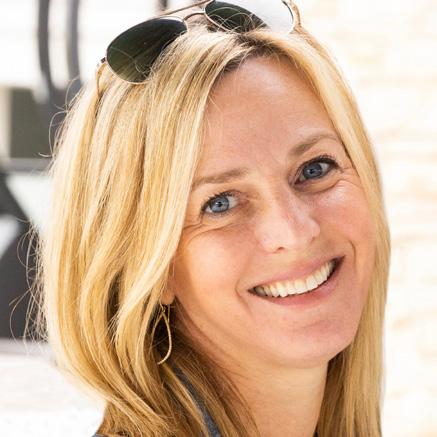
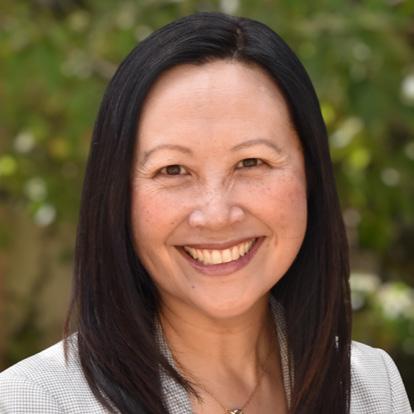
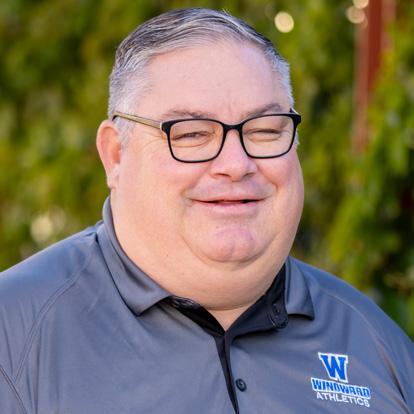
We are deeply grateful to all who have served as Trustees since the School was founded in 1971, and we salute the following Trustees, who are leaving the Board this year, for their commitment to Windward. As you join the special group of former Trustees, please know that you are always a member of the Windward community, and we look forward to your continued involvement in the life of the School.
Perrie Weiner
Perrie Weiner concludes his service on the Board of Trustees in 2025, completing an impressive 12-year tenure that began in 2013. As Partner in Charge of the Los Angeles office and Chair of the North America Securities Litigation Group at his firm, Perrie brought seasoned legal and governance insight to his role on the Audit & Risk Management Committee.
In addition to his Board service, Perrie played a key role in advancing philanthropy at Windward, serving as a Co-Chair of both the Annual Fund and the Leadership Fund during his tenure.
The proud parent of Jennie ’16 and Matthew ’17, Perrie’s commitment to Windward has left a lasting mark. We thank him for over a decade of dedicated service to the School and its mission.
Heather Mitchell
Heather Mitchell concludes her term on the Board of Trustees in 2025, capping three years of thoughtful and engaged service. A former President and COO of Capri Capital Partners, LLC, Heather brought strategic insight and financial acumen to her work on the Finance and Operations, Advancement, Audit & Risk Management, and Committee on Trustees.
In addition to her Board service, Heather served as Windward Fund Co-Chair for the 2023–24 school year and as Vice President of the 11th/12th Grade Parent Leadership from 2023 to 2025, helping strengthen the Windward community through both philanthropy and parent engagement.
The proud parent of Carter ’25, Heather’s leadership has made a lasting impact across multiple areas of School life. We are deeply grateful for her service and commitment to Windward.
Jordan Kaplan
Jordan Kaplan concludes his service on the Board of Trustees in 2025, marking the end of a distinguished nineyear tenure that began in 2016. As President and CEO of Douglas Emmett Inc., Jordan brought steady leadership and strategic perspective to his roles on the Finance and Operations Committee and as Co-Chair of the Board’s Steering Committee. A valued presence in Board leadership throughout his time at Windward, Jordan helped guide key institutional priorities during a period of growth and evolution for the School. The proud parent of Claire ’19 and Jace ’25, Jordan’s commitment to Windward has spanned more than a decade. We thank him for his dedicated service and lasting contributions to the Windward community.
A valued presence in Board leadership throughout his time at Windward, Jordan helped guide key institutional priorities during a period of growth and evolution for the School.

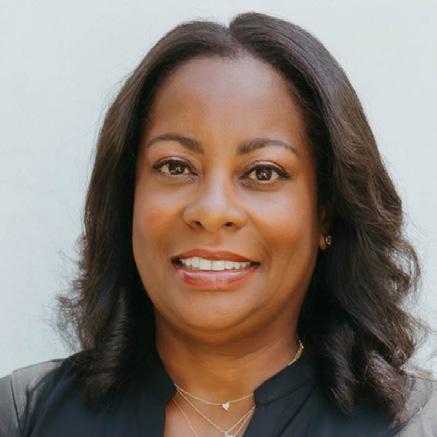
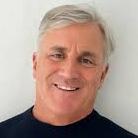
The proud parent of Claire ’19 and Jace ’25, Jordan’s commitment to Windward has spanned more than a decade. We thank him for his dedicated service and lasting contributions to the Windward community.
Kara Horowitz
Kara Horowitz is honored to serve as the Windward Parent Guild President for the coming year, having spent the past two years on the Parent Guild’s Executive Committee. She is also active at Village School, where she served as Parent Association President from 2021 to 2023 and continues to serve on the Executive Committee.
Kara has spent a decade working with organizations throughout Los Angeles. She served as Vice Chair of the UCLA Food Allergy Parent Committee and volunteers with UCLA’s Operation Mend, a nonprofit that helps U.S. service members heal from the physical and psychological wounds of war.
Before relocating to Los Angeles from the East Coast, Kara worked from 2007 to 2016 at Iraq and Afghanistan Veterans of America (IAVA), a New York–based nonprofit advocating for post-9/11 veterans. In her role, she led the Communications department, prepared veterans for media interviews and Congressional testimony, and oversaw a variety of fundraising initiatives.
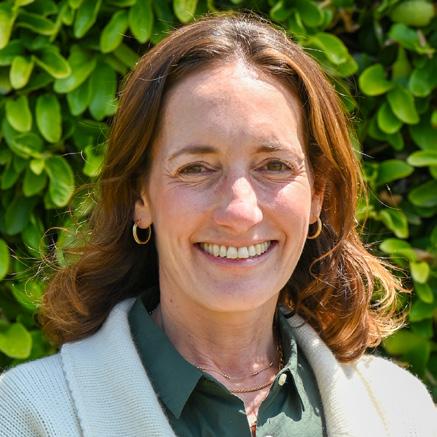
Earlier in her career, Kara was a producer for CNBC’s “Morning Call”, following her work as a researcher for “NBC Nightly News with Tom Brokaw” and as a producer for NBC affiliates across the country.
Kara and her husband, Jamie, live in Brentwood with their three sons: Jake (’27), Will (’30), and Cooper (5th Grade).
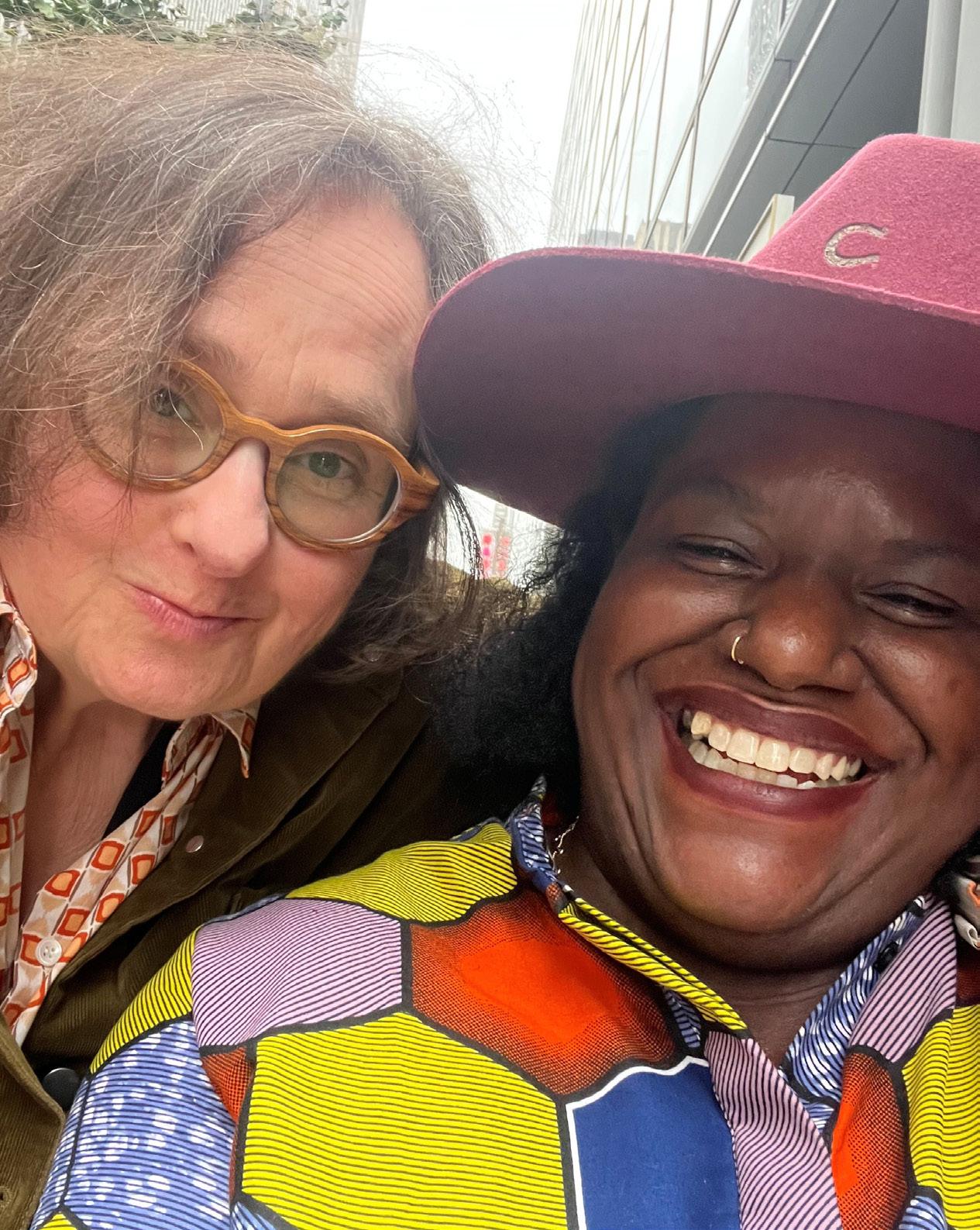
LIFTING VOICES, SHAPING STORIES
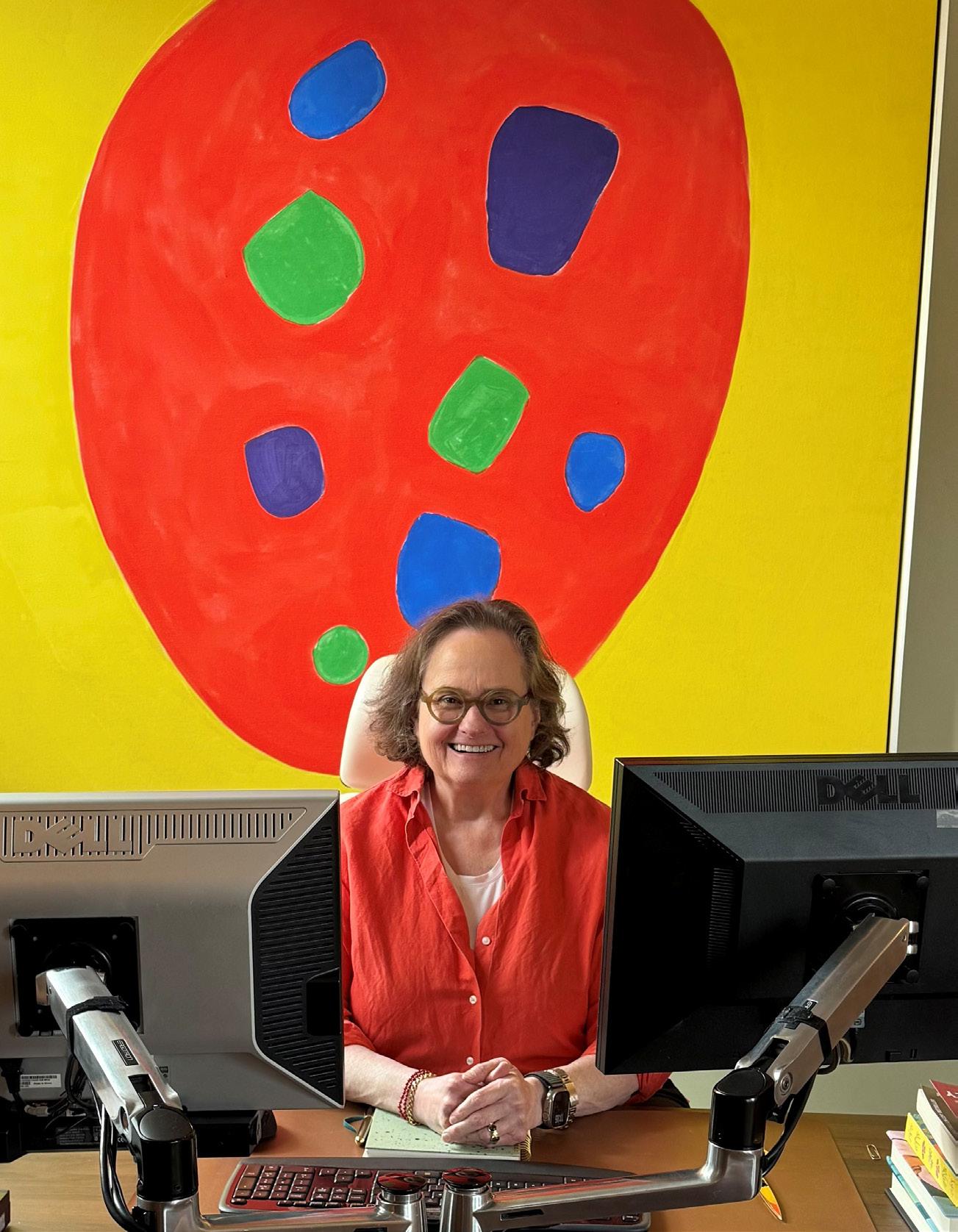
When Victoria Sanders ’78 founded her own literary agency in 1992, she already knew exactly what kind of books she wanted to bring into the world: the ones she hadn’t seen enough of growing up.
“From a young age, like many in publishing, I had an unquenchable thirst for new stories, an interest in new lives, a need to visit other cultures and immerse myself,” she shares. While classic authors like Kurt Vonnegut and F. Scott Fitzgerald had their place in her early reading life, it was Maya Angelou’s I Know Why the Caged Bird Sings that opened a new world—one where stories by and about people of color could take center stage.
“I recall clearly deciding, when I opened my agency, that I wanted to focus on diverse voices because that’s what I wanted to read,” Victoria explains. “In the late ’60s and early ’70s, I tried to find books by Black, Hispanic, and Asian writers. And while there were some, there were not anywhere near the offerings we enjoy today.”
That early vision has guided a career dedicated to literary equity. Her agency, Victoria Sanders & Associates, has represented some of the most influential and bestselling authors of the past three decades, with a special emphasis on elevating underrepresented voices.
One of the most meaningful chapters of her career came when she took on the representation of the Zora Neale Hurston Trust, honoring the legacy of the celebrated Harlem Renaissance author best known for Their Eyes Were Watching God. “When I signed the heirs, they were a disparate group of Zora’s descendants who rightfully felt disrespected by their publisher,” she recalls. By digging into Hurston’s original contracts, Victoria discovered both rights violations and opportunities
VICTORIA SANDERS ’78
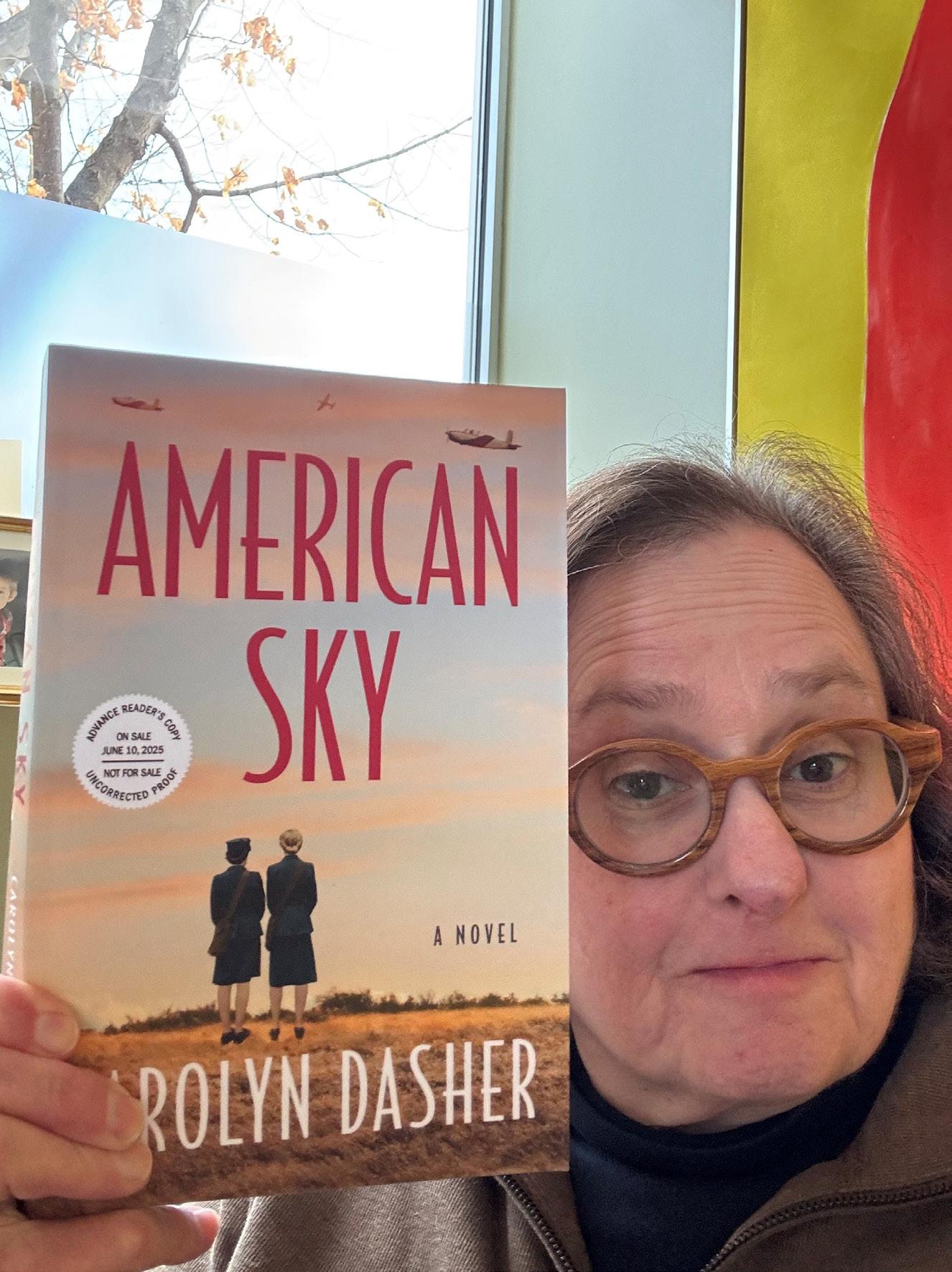
for renegotiation. “I was able to renegotiate Zora’s contracts, more than doubling the royalty rates and getting the heirs a multi-million dollar advance. I felt I had gotten Zora justice, and that gives me immense pride.”
That drive—to both honor the literary past and build a more inclusive future—is reflected in the careers she’s helped launch. The agency’s first client, Connie Briscoe, became a New York Times bestselling author and a role model for many—including a young aspiring writer named Karin Slaughter, who later became one of the top-selling thriller authors in the world. “I love that Connie Briscoe begat Karin Slaughter who begat May Cobb, Denene Millner, DéLana Dameron, Princess Joy L. Perry, Jeff Chang, Jill Watts, etc.,” Victoria says. “Writers lifting up other writers.”
Despite growing attention to diversity in publishing over the course of her career, she acknowledges that challenges remain. “I think it’s still a struggle to get readers to look upon books by diverse voices as simply books by an author,” she notes. “The pigeon-holing allows some publishers and booksellers to categorize these offerings as books by ‘others,’ and that limits their reach and support.”
Looking back, Victoria credits Windward with being a critical anchor in her life. “Windward changed my life,” she shares. “It was a safe haven for someone who knew she was different but didn’t know how, who’d always felt like an ‘other,’ out of the norm, odd. I was anxious, nervous, unsure of myself. At Windward, I met this incredible group of students, administrators, and teachers who all loved being there. It was a safe harbor, a balm, a refuge.”
Those who left a mark include the School’s co-founder, Shirley Windward—“She was warm, fun, interested, and so kind”—and English teacher Natalie Plachte-White. “She made everything possible. She inspired me, listened to me, heard and coaxed me to strive for more.”
Now decades into a trailblazing career, Victoria continues to fight for the stories that have long gone unheard—and for the people whose lives are transformed by reading them. Her message to the passionate storytellers of tomorrow is simple and urgent: “Read, read widely, read daily; read.”
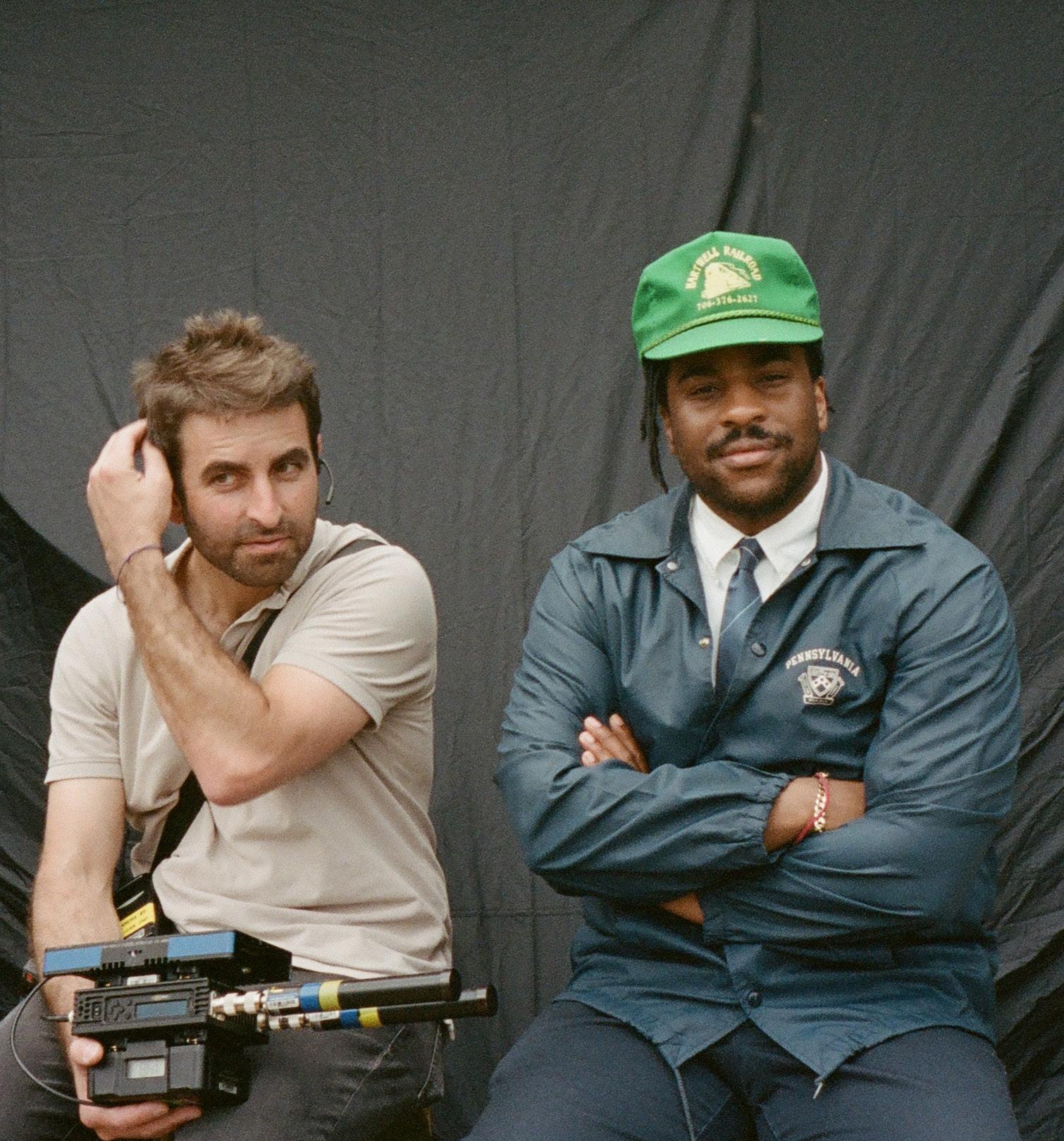
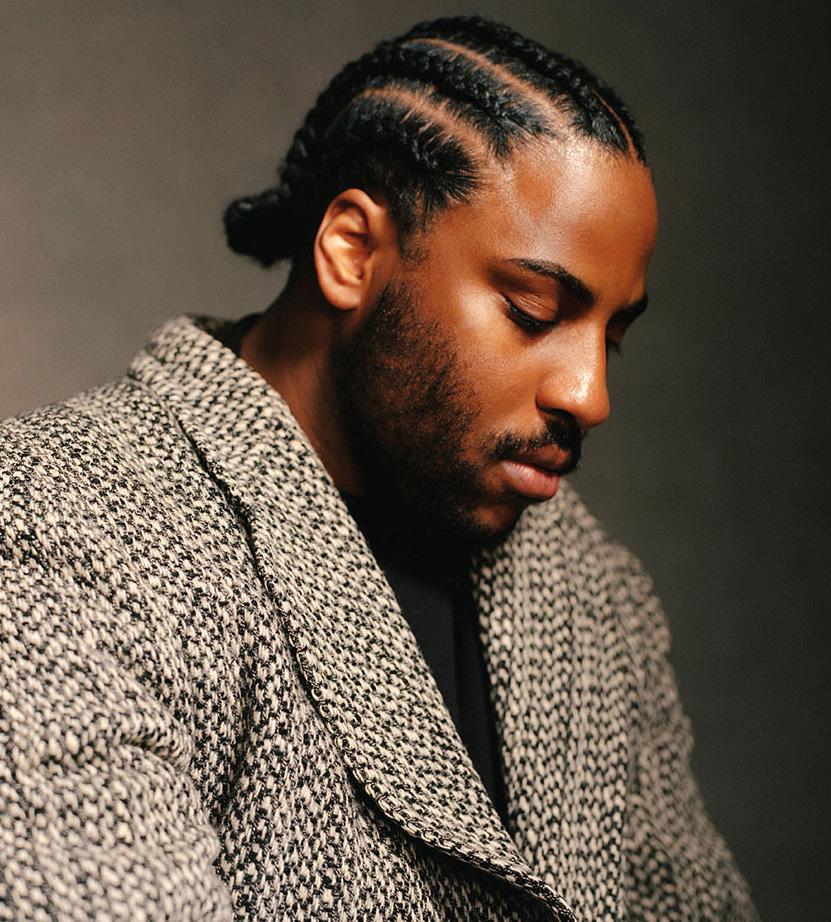
IN
When Malcolm Washington ’09 returned to Windward earlier this year as part of the Black History Month speaker series, he found himself transported. Sitting before the familiar blue bleachers, he was struck by how time had reshaped his relationship with the place that helped shape him. “It was a surreal feeling being back on campus,” he recalls. “My time as a student at Windward was really formative for me, it’s the place where I found myself. So to come back so many years later, now as a fully formed adult, was kind of overwhelming. It also made me feel so old, you never really feel how much time has passed until you return to where you’ve come from.”
That return came shortly after a major milestone: Malcolm’s directorial debut with The Piano Lesson, a film adaptation of August Wilson’s acclaimed play. “Sometimes in life, things line up for you, a path is illuminated or a challenge is presented and you have to make a choice—Do I engage in this? Accept this challenge? Confront the parts of myself that scare me? Or do I keep ignoring that?” Malcolm asks. “When I read The Piano Lesson, a path illuminated, a challenge was presented. It was a story that dealt with legacy, family, the idea that our lives exist in the context of those who came before us. That the lives, actions and sacrifices of our ancestors live inside of us. These were ideas that I needed to consider for myself, to wrestle with. The film was a manifestation of that journey. A totem.”
For Malcolm, that journey was one best taken as part of a carefully curated team of actors, artists, and filmmakers. “I grew up playing team sports so I always understood the value of teamwork,” he says. “Collaboration is a pillar of filmmaking and honestly one of its most rewarding aspects. To assemble a team of diverse voices coming together for a common goal. Their stories intertwined with yours to tell some universal truth.”
That belief in shared storytelling is grounded in something Malcolm finds deeply personal: the ongoing work of understanding your own point of view. Speaking to the next generation of filmmakers and changemakers, he urges students to lean into what makes them unique. “Find and develop your voice! The things that interest you, the things that don’t. Your worldview! Even if they have nothing to do with the medium that you’re working in, it all will inform you,” he shares. “Also, develop your taste! Taste is everything. Curate what you consume. Make sure you’re feeding your brain good stuff.”
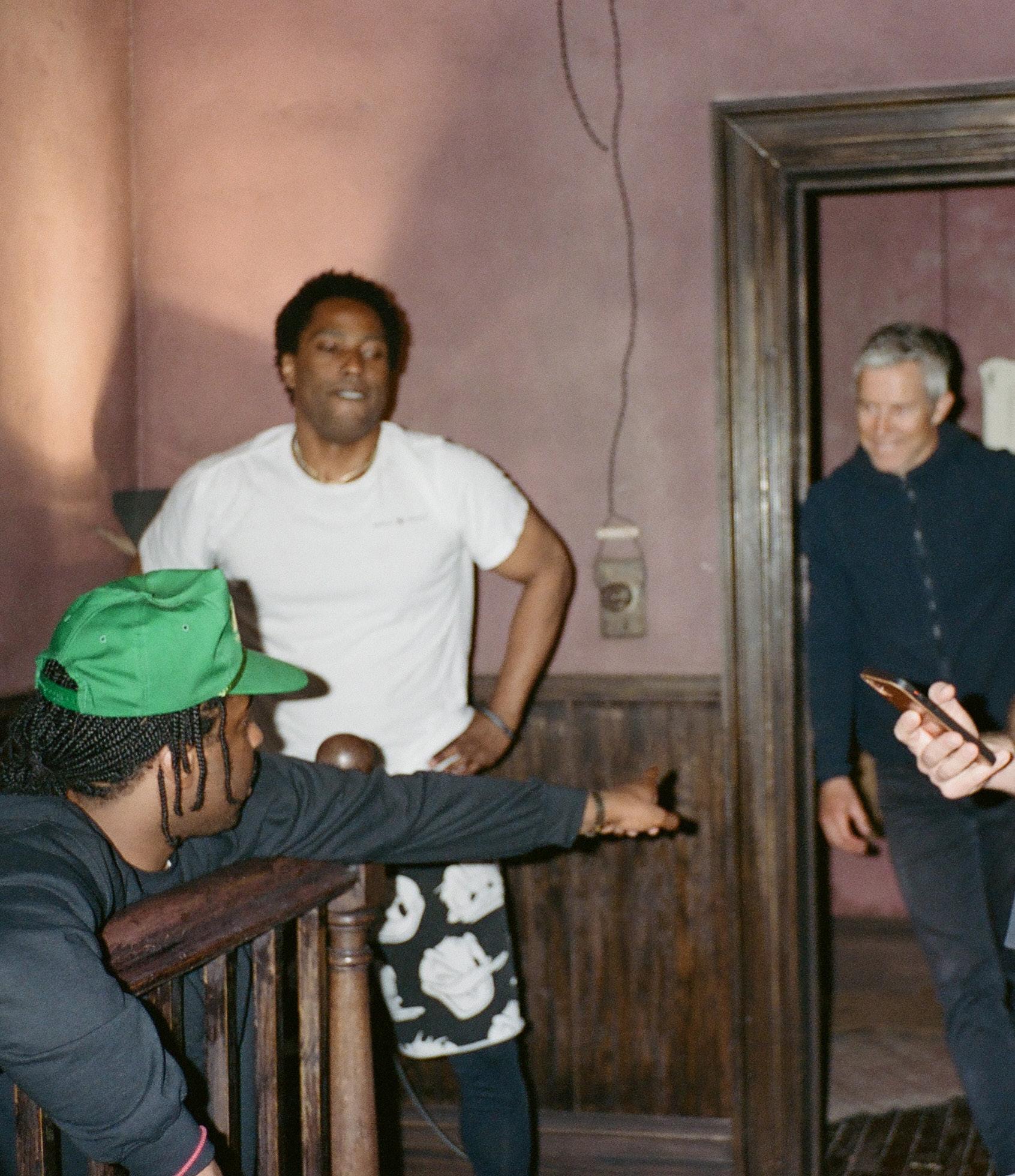
As he looks to the future as both a filmmaker and artist, Malcolm hopes to continue evolving. “There’s a great interview with Dr. Cornel West where he recounts something his grandmother used to say,” he recalls. “She told him, ‘The older you get, the more you start to look like yourself.’ I always liked that, it suggests a return to form. A return to the purest, most distilled version of yourself… That the version of you that you’re supposed to be will reemerge and guide your life in its intended direction. I hope that as my work continues, it follows that same journey. That it evolves into its most honest and pure expression. And maybe, in that pursuit, it will reach others and illuminate a path for them.”
That journey of voice and self traces its roots back to Wind ward, not just in the classroom, but in the spontaneous moments when identity flared to life. “In my time at Windward we were always encouraged to be ourselves—to follow our passion, not worry about fitting in,” Malcolm shares. “I remember we used to kick it in the parking lot during our free periods and lunch. Mason Klein [’09] and Henry Steinway [’09] used to play music out of their cars and we’d listen to all kinds of different stuff, Jazz and Dipset and Dance music. We’d argue about what rapper was the best or what movie sucked. At the time it all felt mundane but looking back, that time really shaped who I am both in my practice of filmmaking and in my life. My journey as an artist definitely started in the Windward parking lot.”
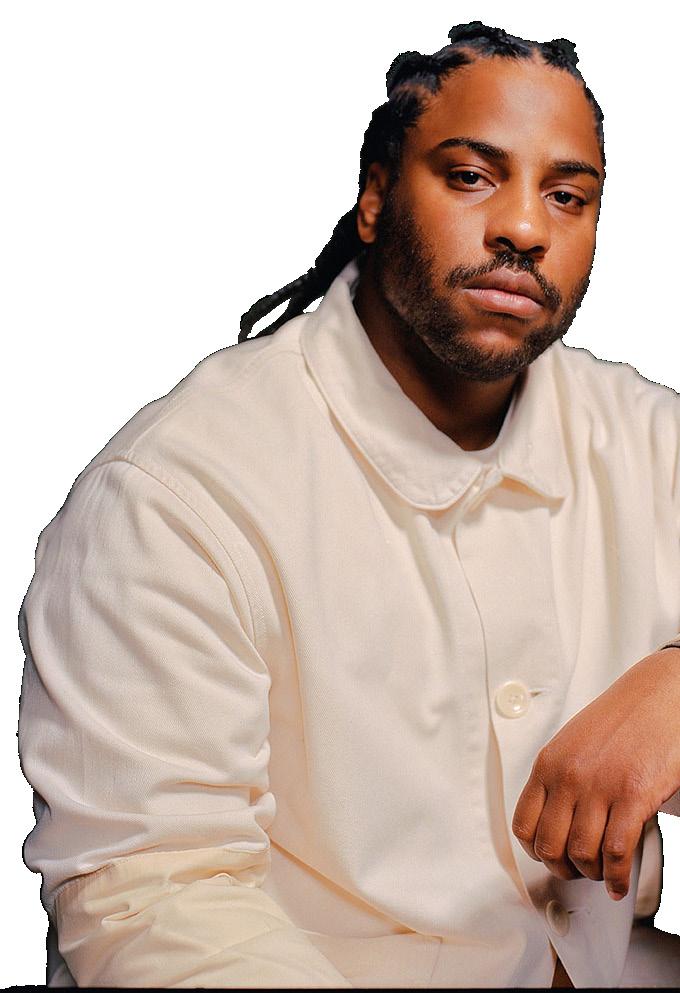

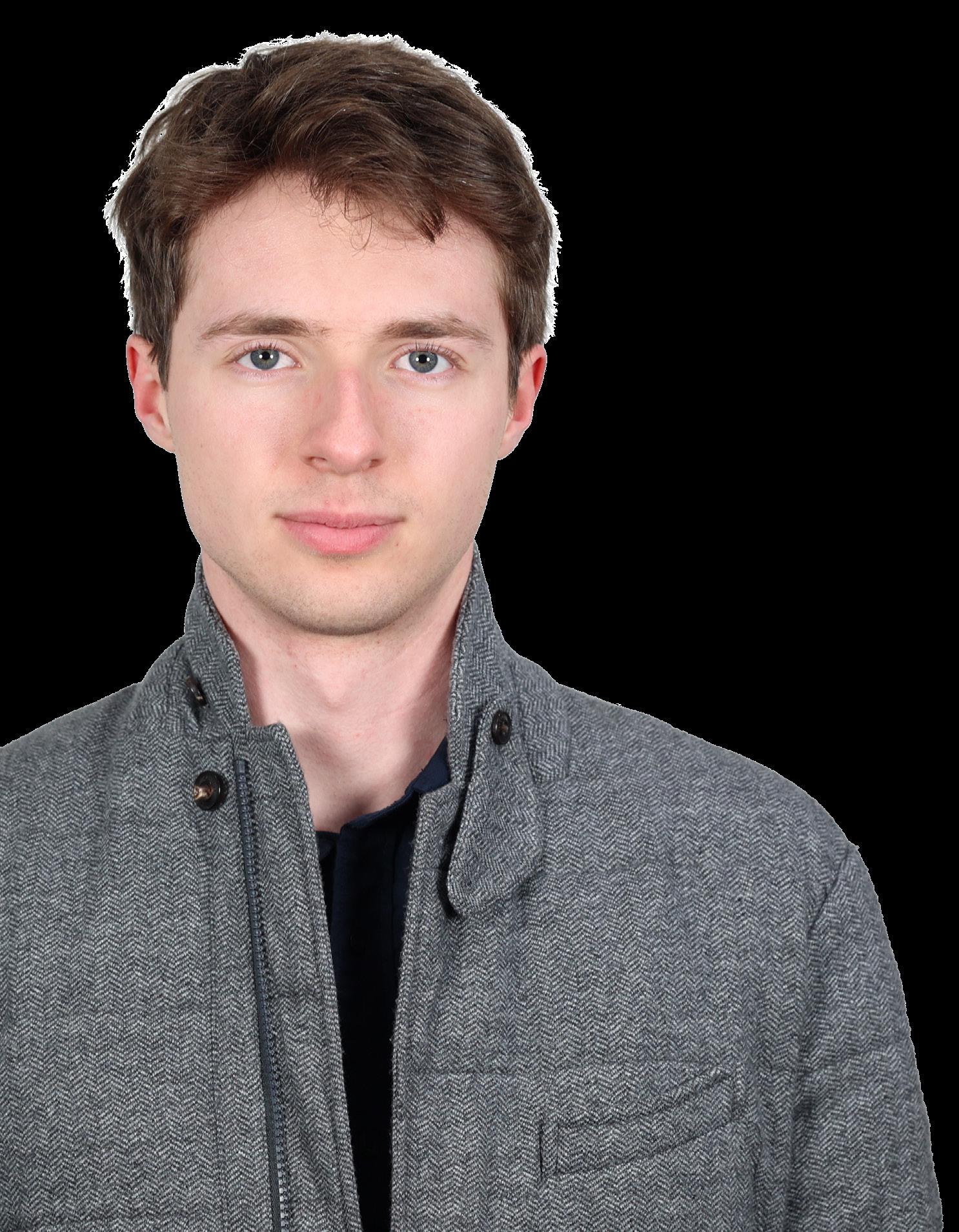
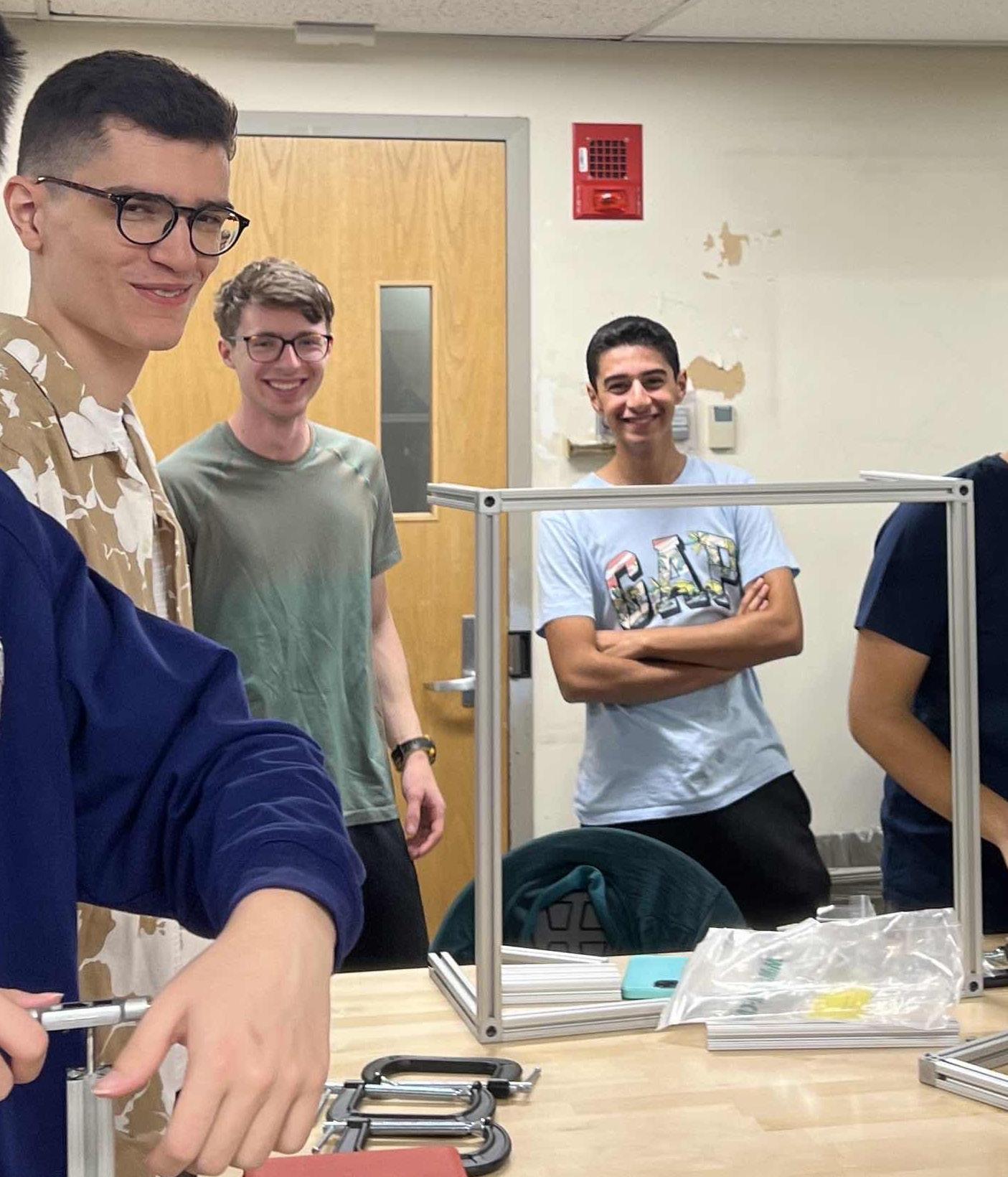
ALL SYSTEMS CHARLES VAN HOOK ’23
As President of Boston University’s Mars Rover team, Charles Van Hook ’23 is no stranger to complex challenges. In 2025, his team is tackling everything from system-wide weight reduction to team-wide restructuring—an engineering feat matched only by the leadership needed to pull it off. For Charles, who first fell in love with robotics during his time at Windward, that combination of hands-on innovation and human collaboration is exactly
“This year, we’re focused on developing a strong institutional knowledge base and reducing our chassis weight by 30 kilograms,” Charles explains. While the process is important, he knows from his time on the Windward Omnicats, the School’s robotics team, that a good team culture also carries weight.
“We’ve restructured our team meetings to build a stronger sense of community—implementing weekly full-body meetings and adopting a Scrum-style workflow to improve collaboration and accountability.”
That blend of systems thinking and team dynamics traces back to Charles’s time on the Omnicats, where he first began to understand the value of cross-disciplinary coordination. “It’s helped me see the big picture and think
across the full stack,” he says. “I’ve found my strength is in being a technical manager—someone who can communicate designs clearly, coordinate across disciplines, and help the team’s skills come together into one cohesive system.”
Beyond the rover lab, Charles has already begun making a mark in the wider field of robotics. A co-authored research paper on Gaussian Process regression for temperature drift compensa tion in soft robotics stemmed from a Summer lab internship, where he tackled sensor stability issues. He’s also collaborated with engineers at Boston University’s Robotics & Autonomous Systems Teaching and Innovation Center (RASTIC) on robotic platforms that ultimately spun out into startup ventures. “Those hands-on experiences really shaped how I think about applied innovation,” he shares.
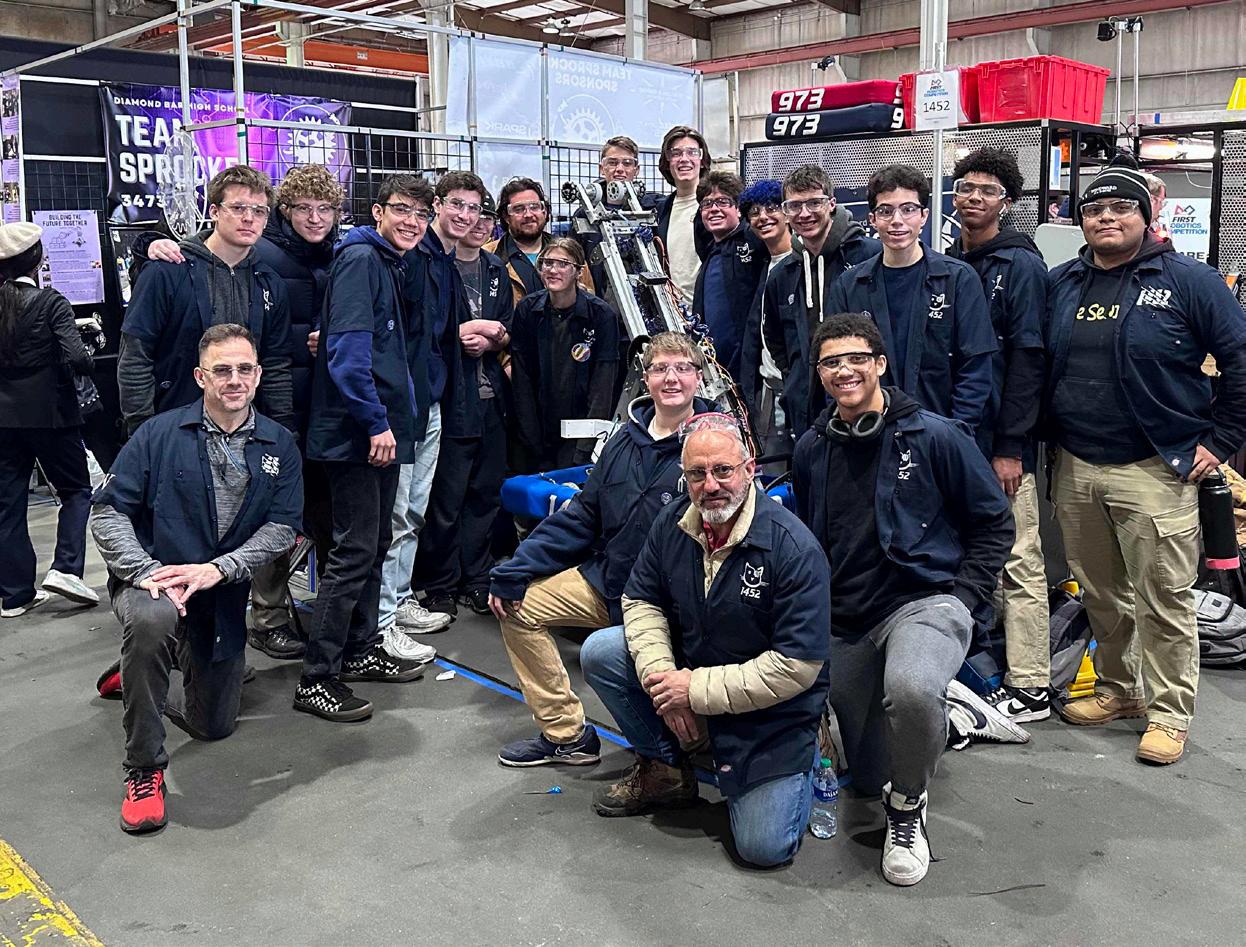
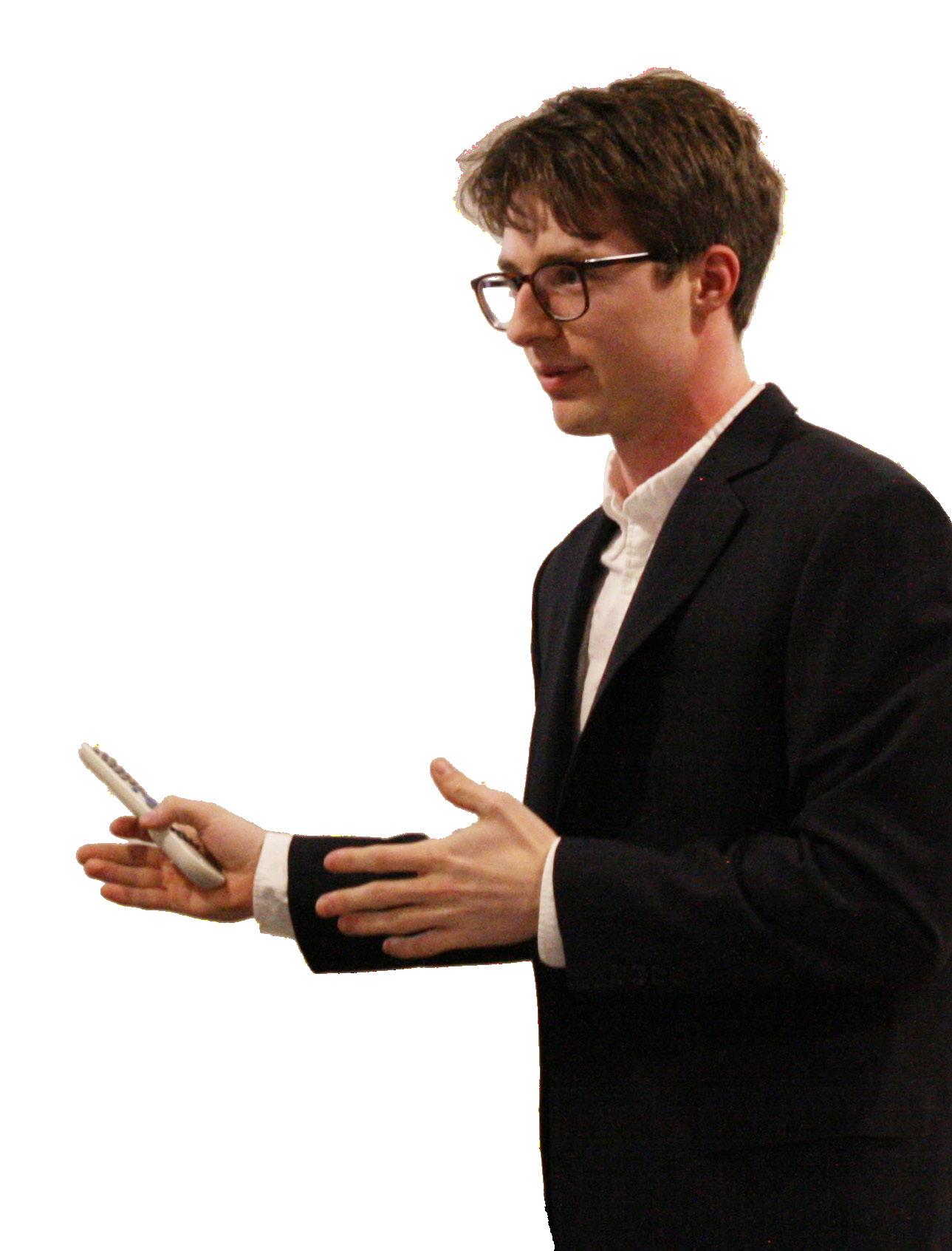
That future-facing mindset also extends to his long-term goals. Charles hopes to pursue a PhD in human-AI-robot interaction, with a focus on hardware systems. “Long term, I want to lead within a company that’s pushing for global change—combining technical innovation with meaningful impact.”
For current Windward students eager to follow a similar path, Charles offers a simple challenge: don’t wait. “Don’t wait for
end up being just as important as your technical ones.”
As Charles continues to chart his own course, he traces his initiative and persistence back to Windward. “My high school robotics coach, Simon Huss, was a huge influence on how I lead today,” he says. “The CREATE Studio also left a lasting impact. It was a space where making, iterating, and collaborating felt natural, and it really shaped my passion for building.”

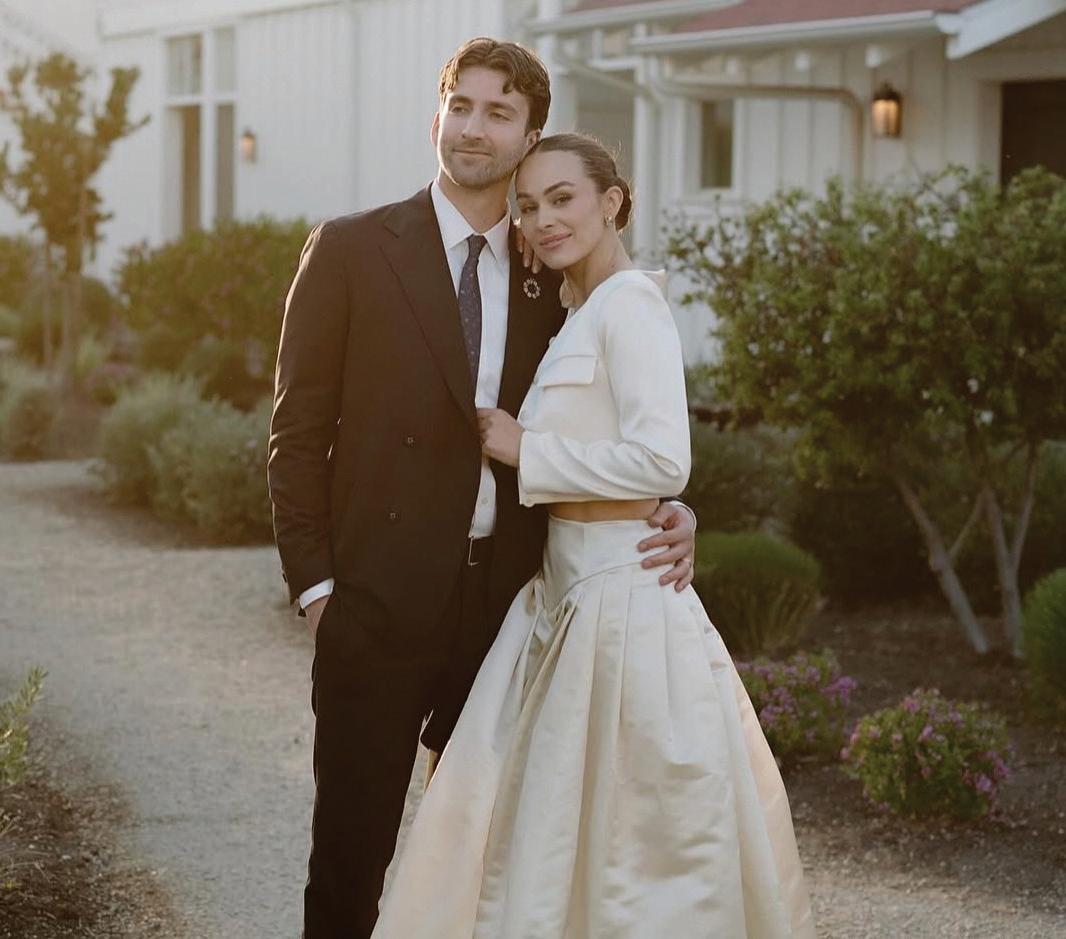
Wildcats Soulmates to From
Congratulations to Windward alumni Bella Hogan ’16 and Peter Gutman ’12, who tied the knot in April 2025! We often say the connections made at Windward last a lifetime—these two are the perfect proof!
Wishing Bella and Peter a lifetime of love from their Windward community!
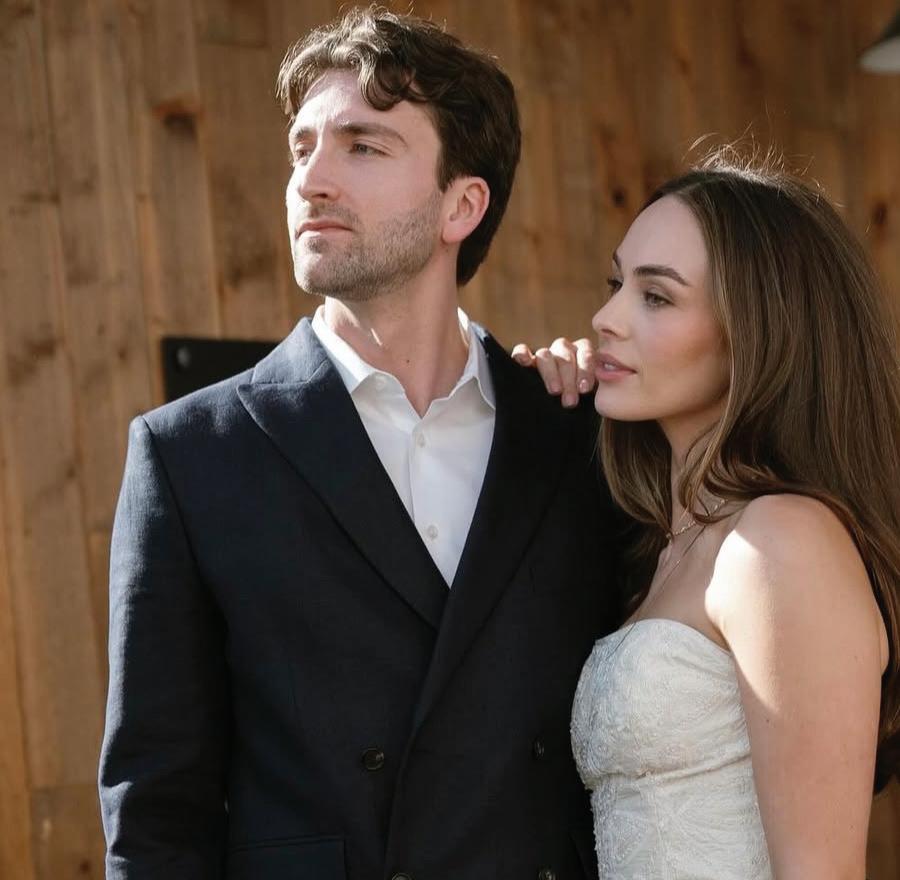
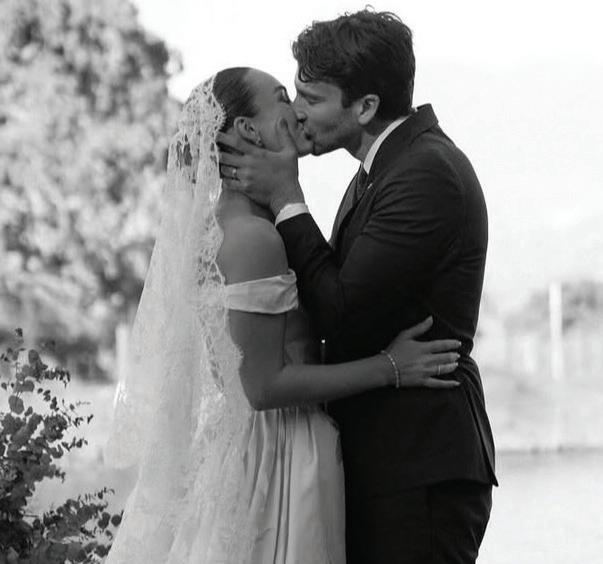

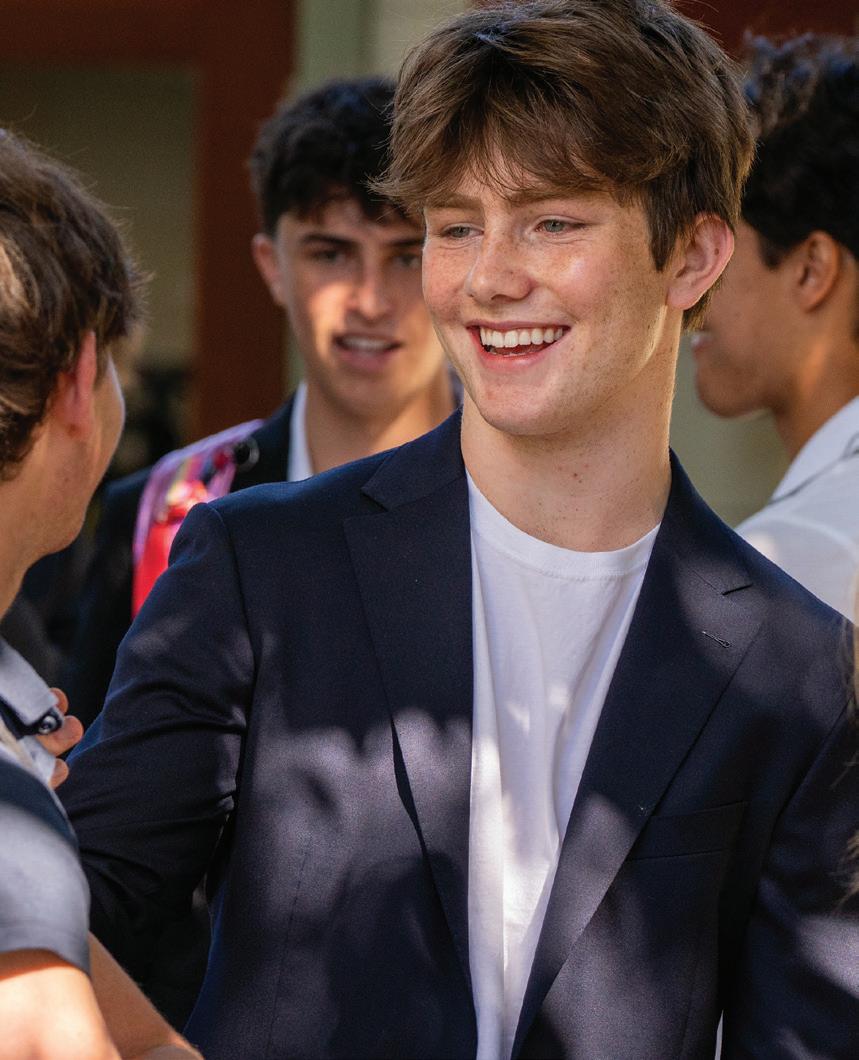
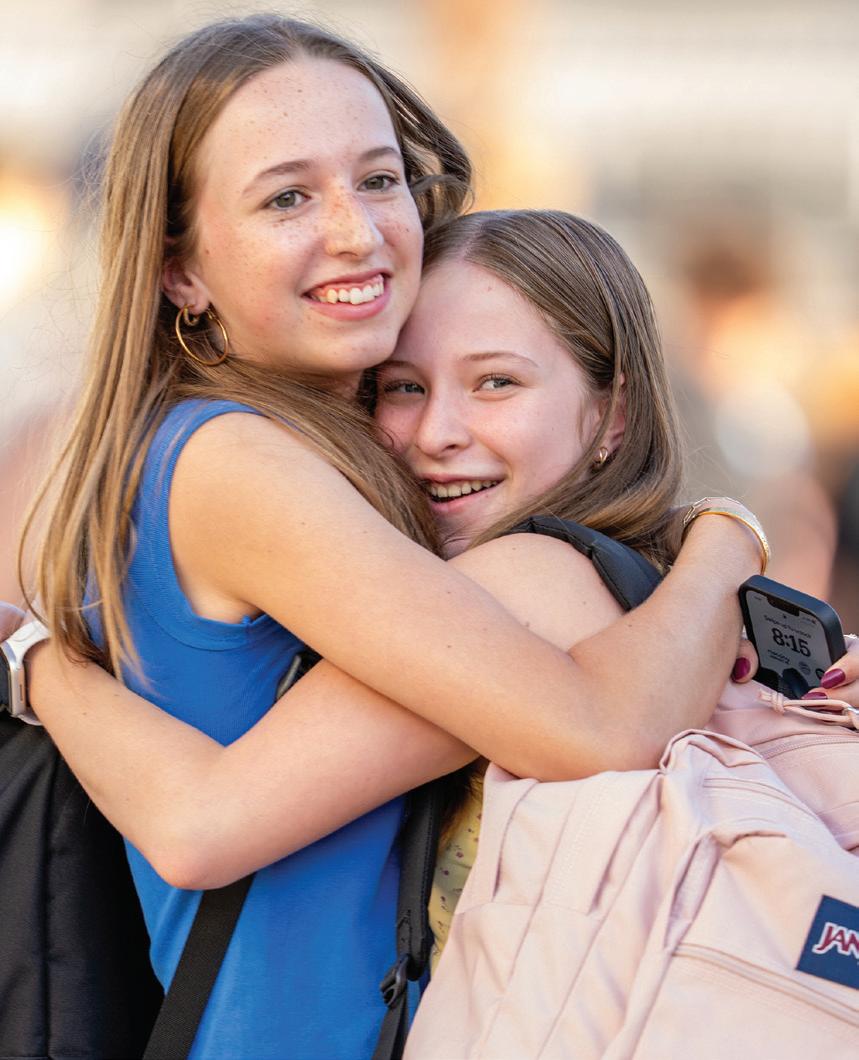
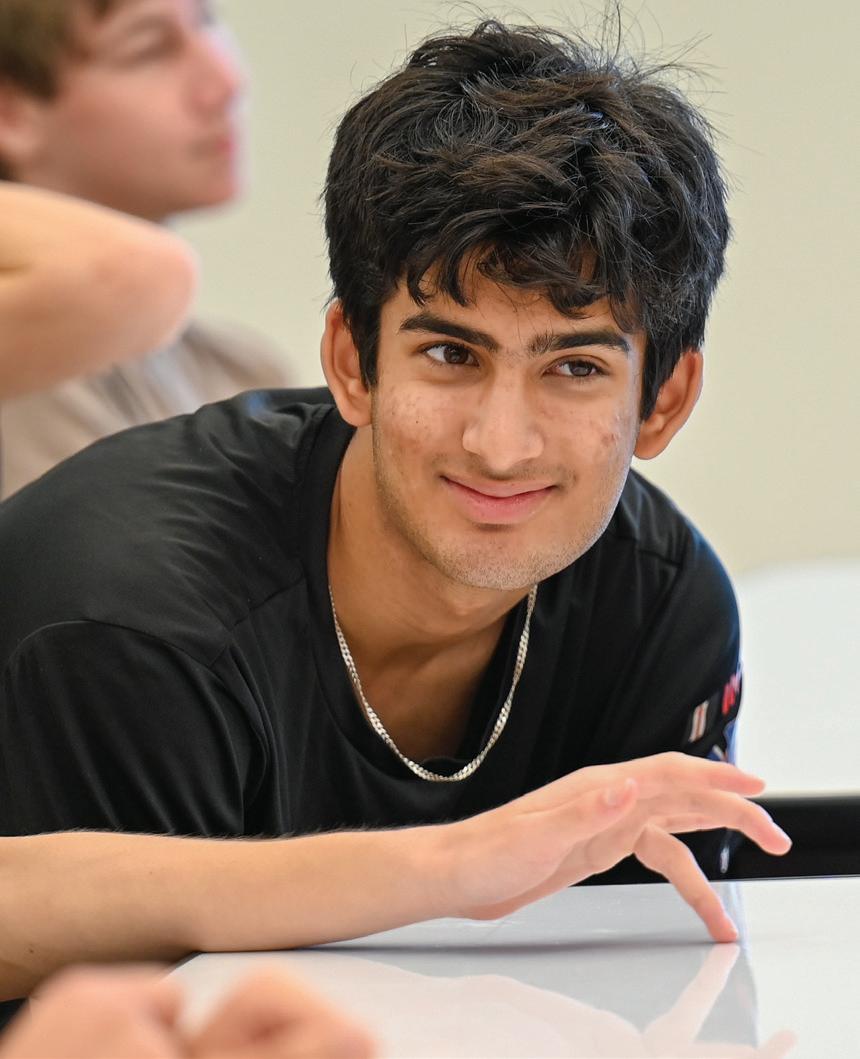
WINDWARD! JourneyYour Starts at
The 2026–27 Admissions season is officially open! We’d love to connect to share how Windward can be the right fit for your student. Scan the QR code for everything you need, including FAQs, Open House sign-ups, and so much more!
Important Deadlines:
September 22 - Sibling Application Deadline
November 12 - Interview Guarantee Deadline (7th Only)
December 16 - Application Deadline
January 9, 2026 - Application Forms Deadline February 1, 2026 - Financial Aid Application Deadline
